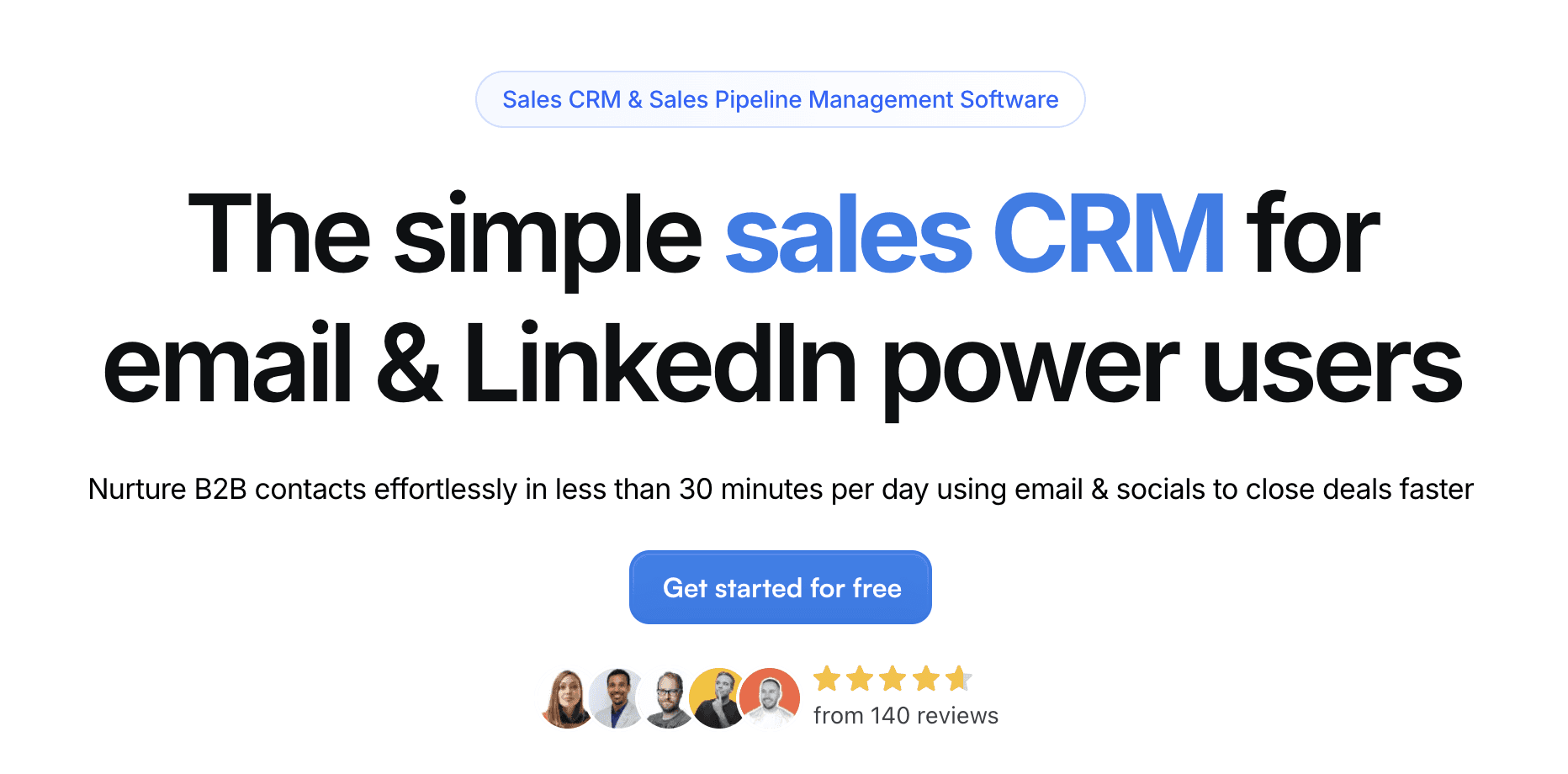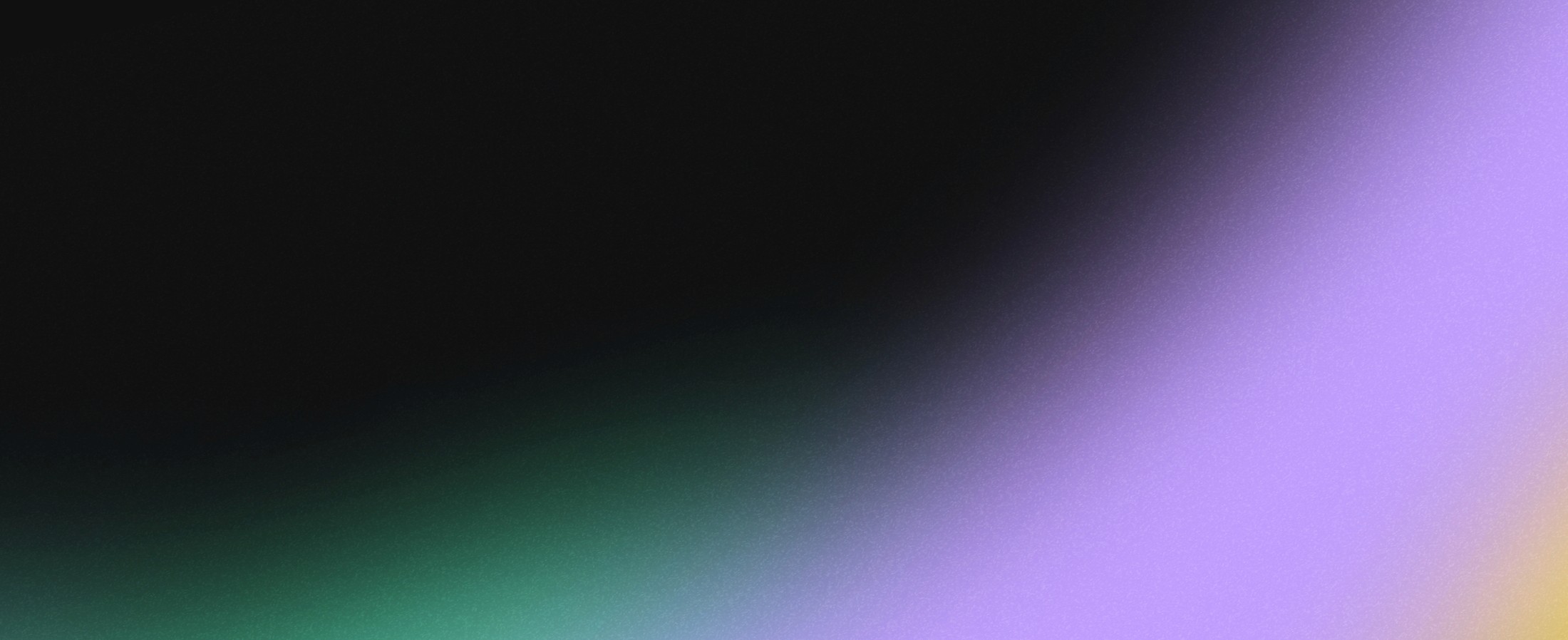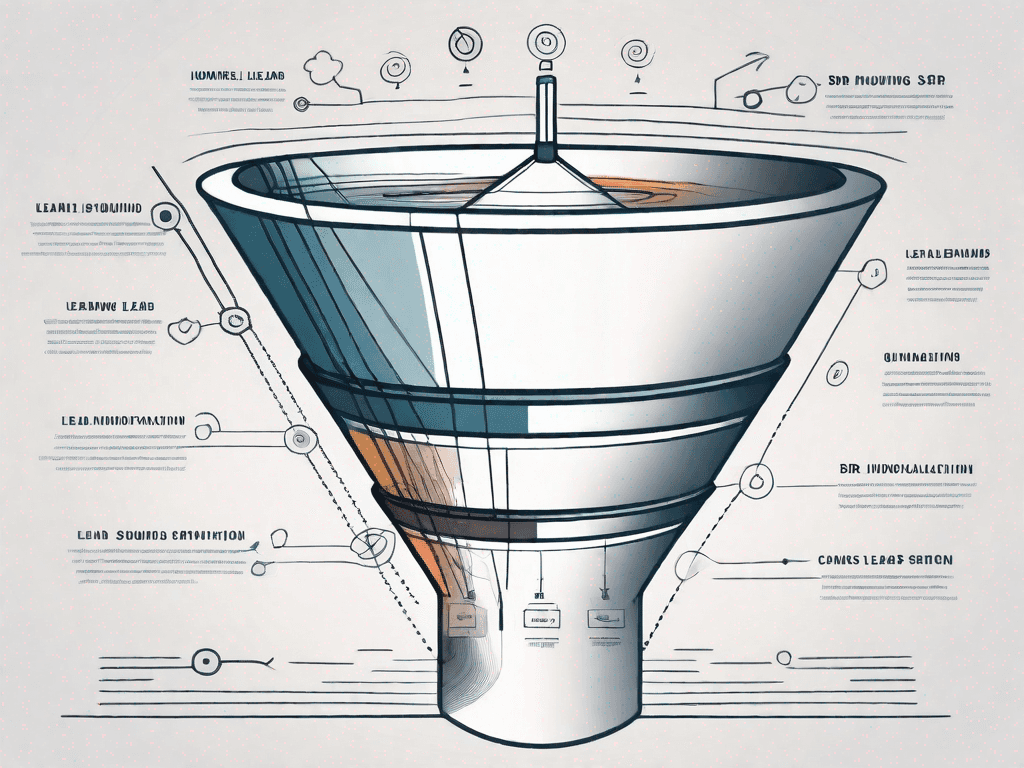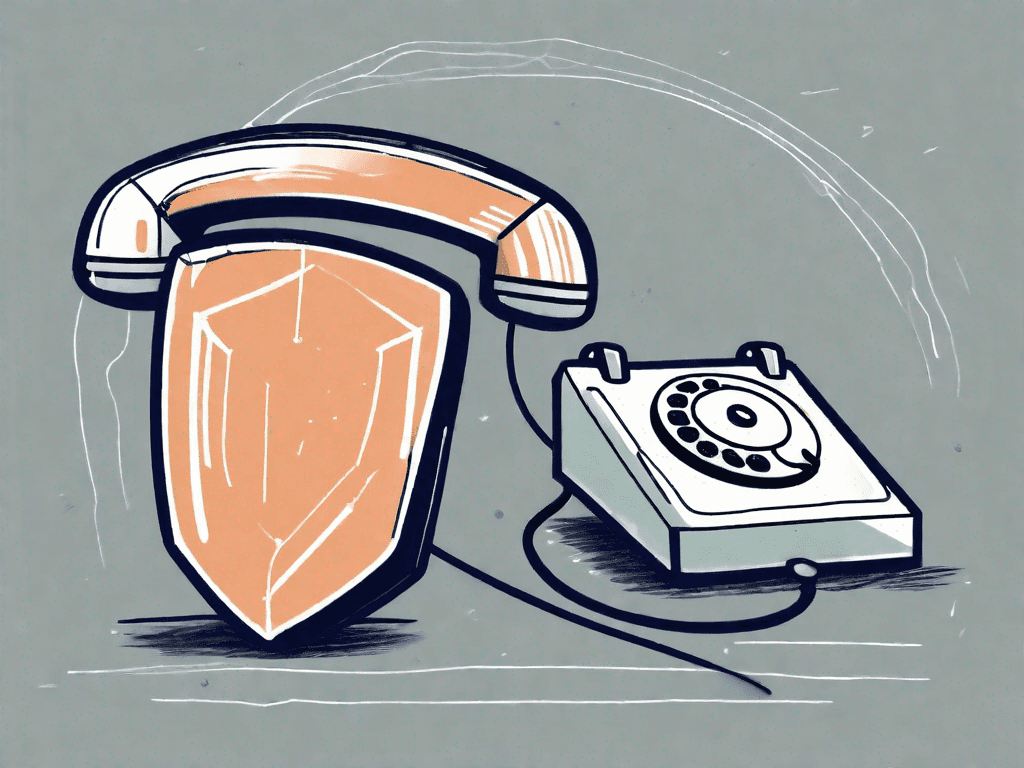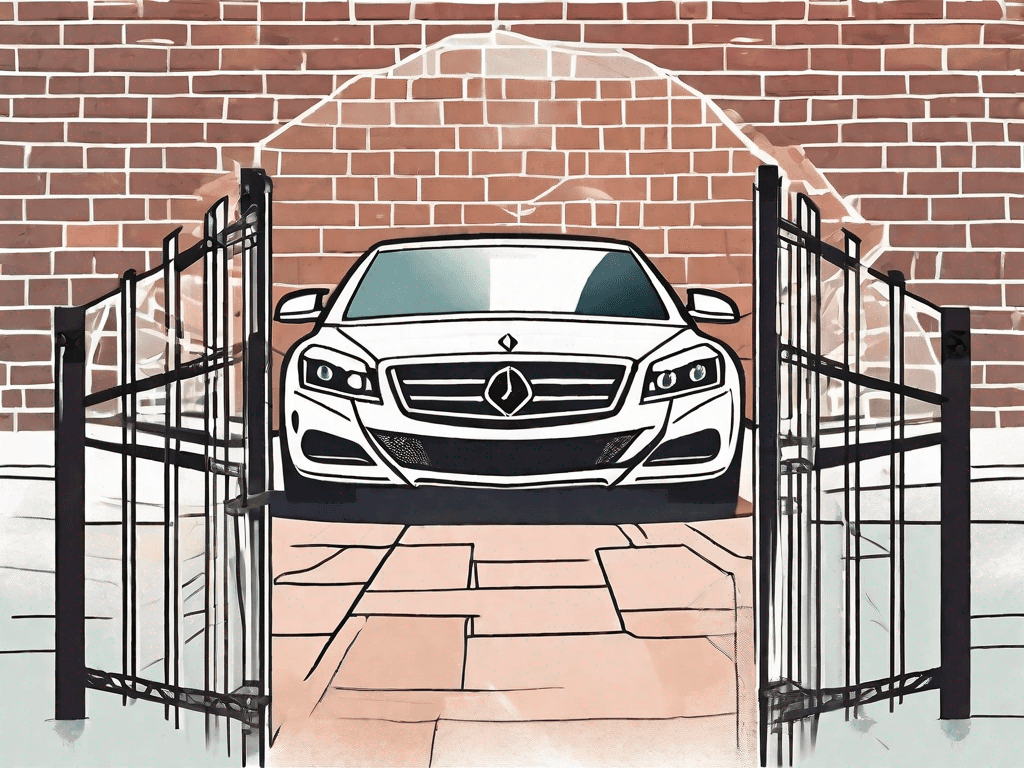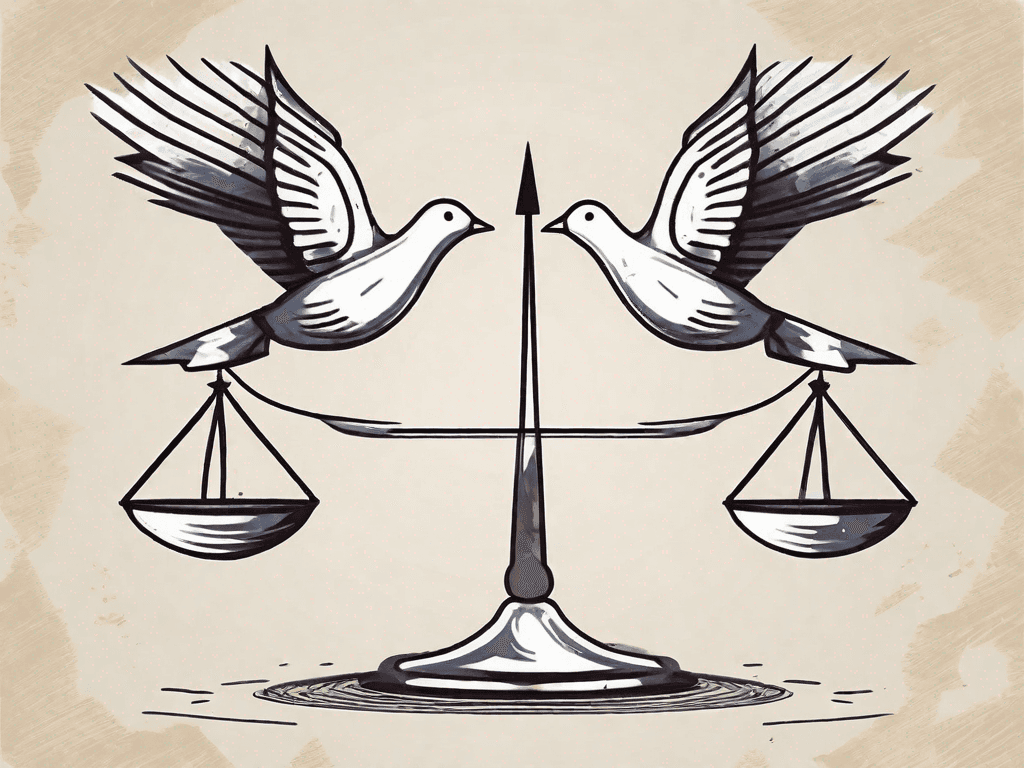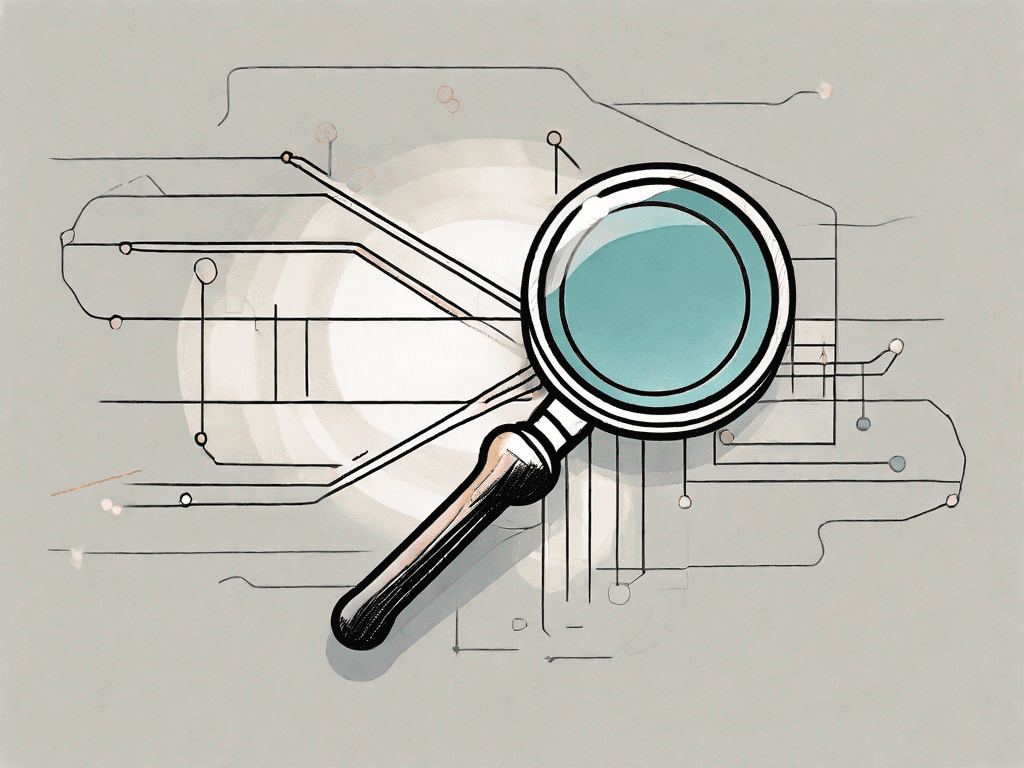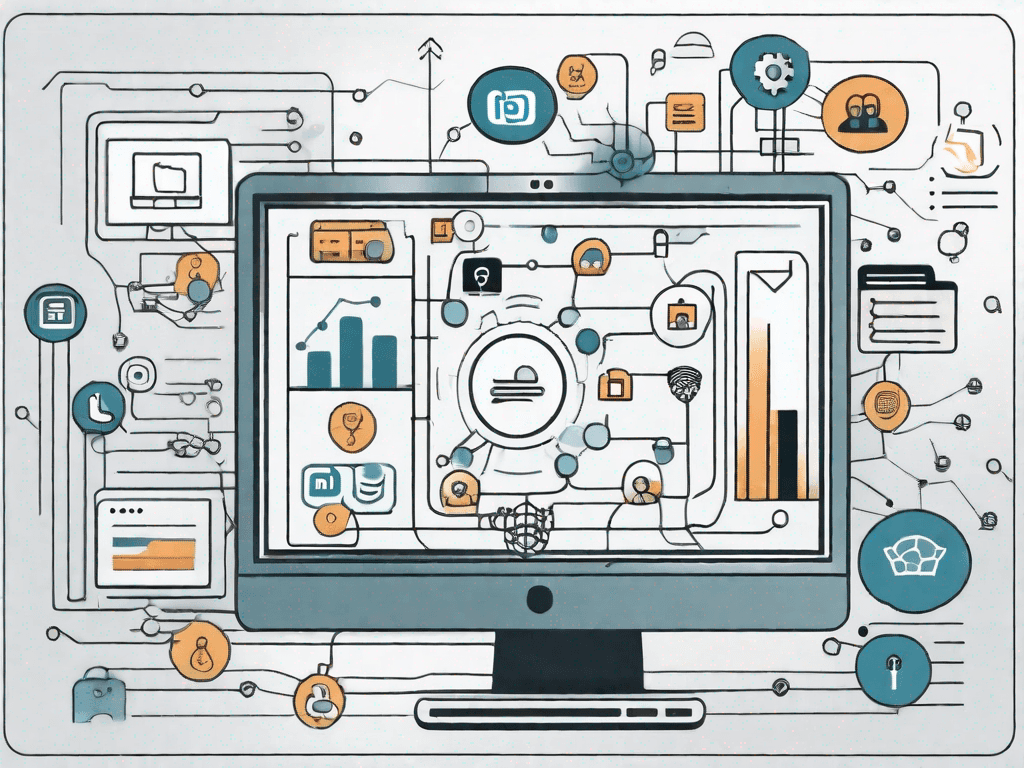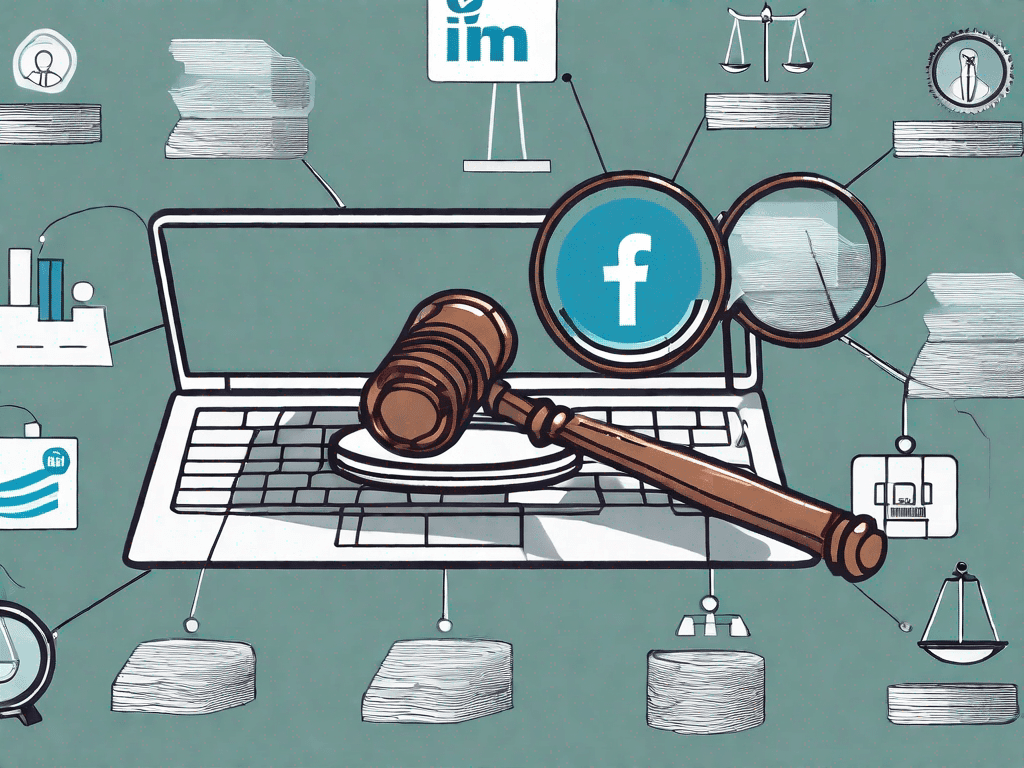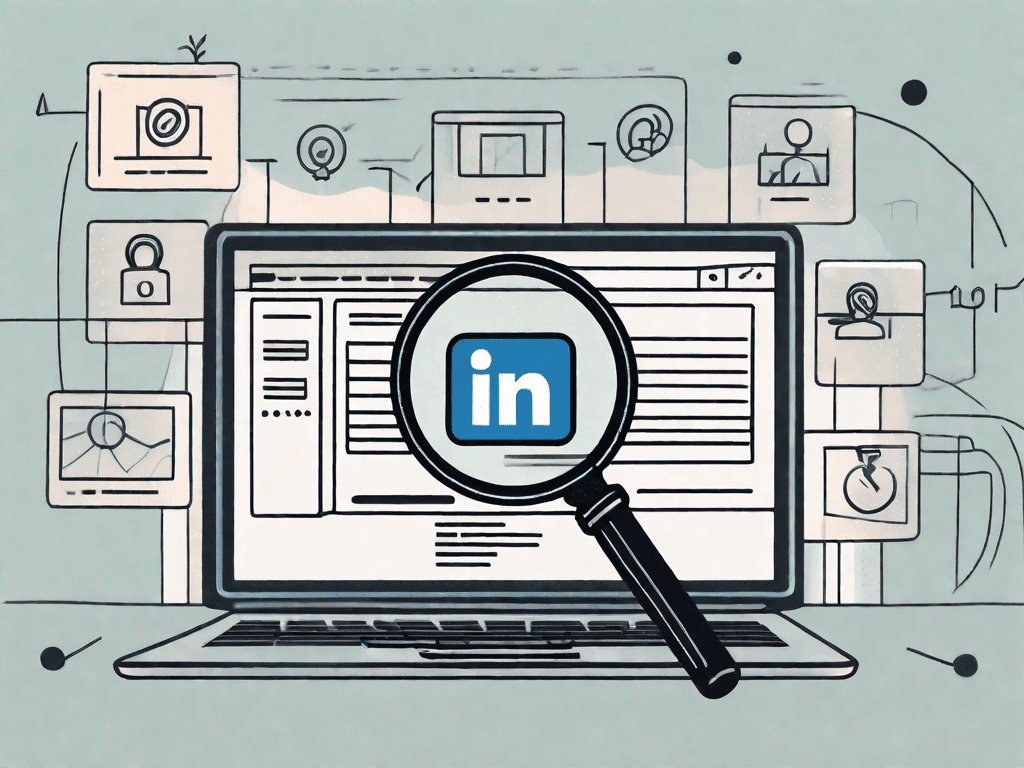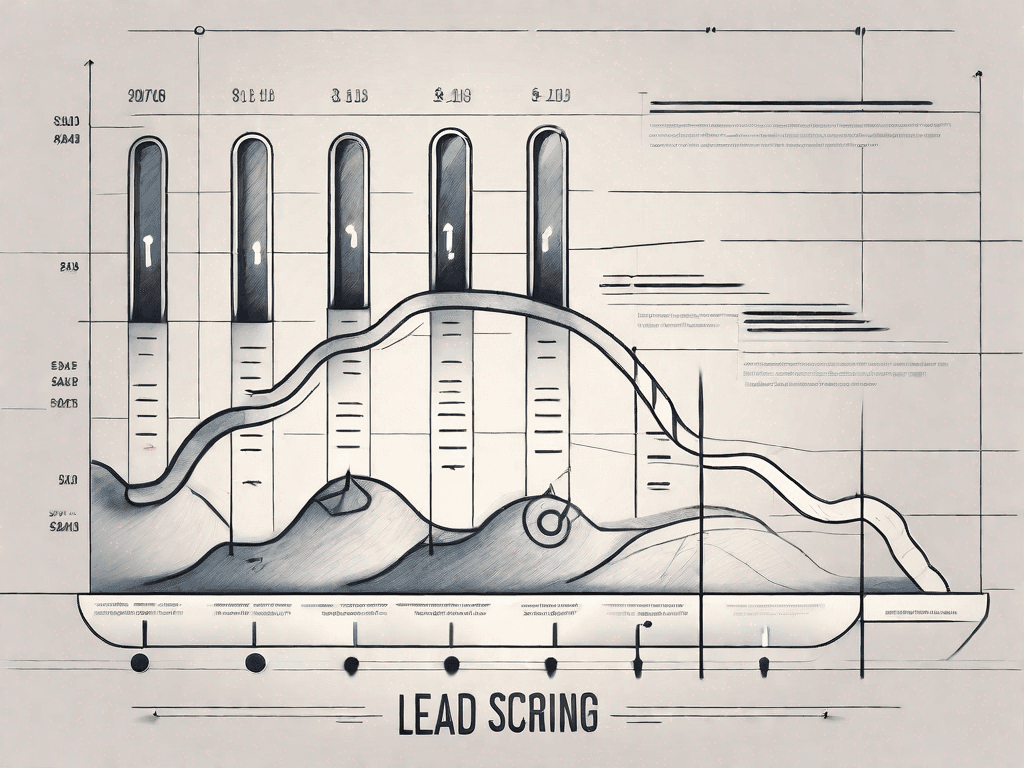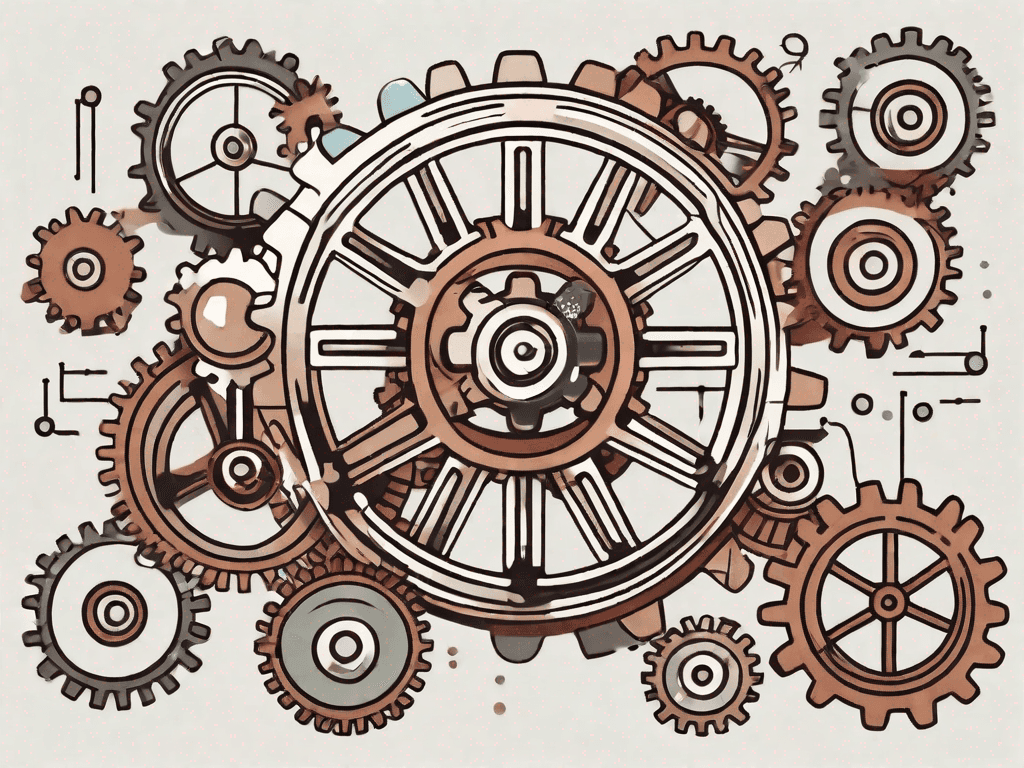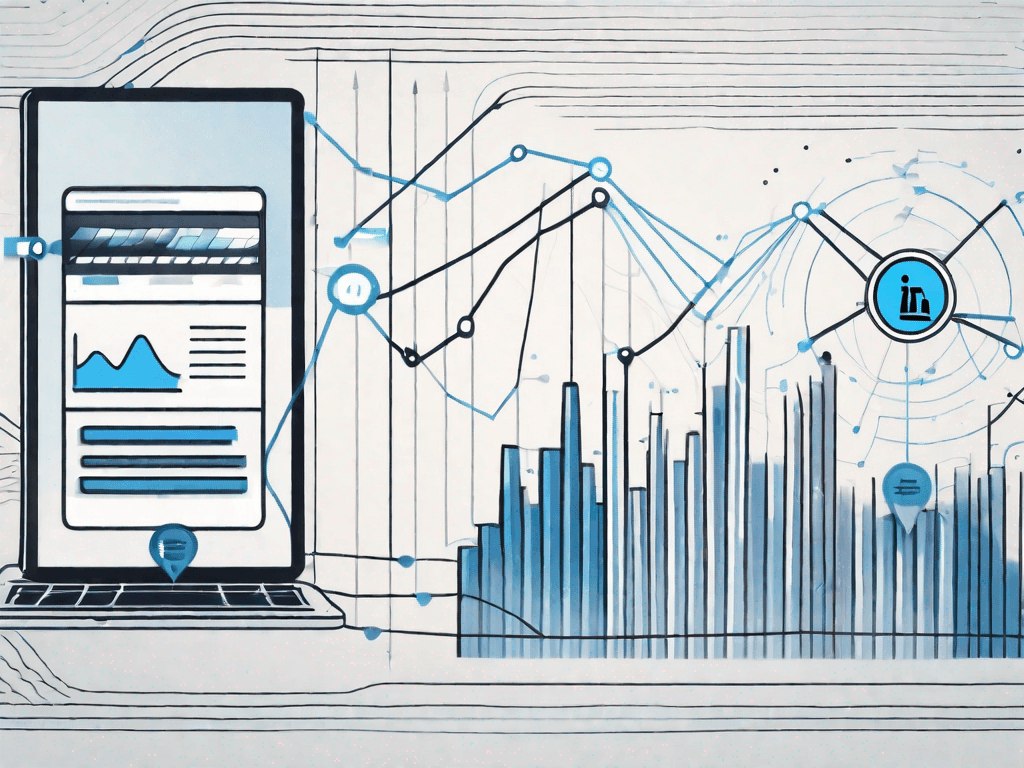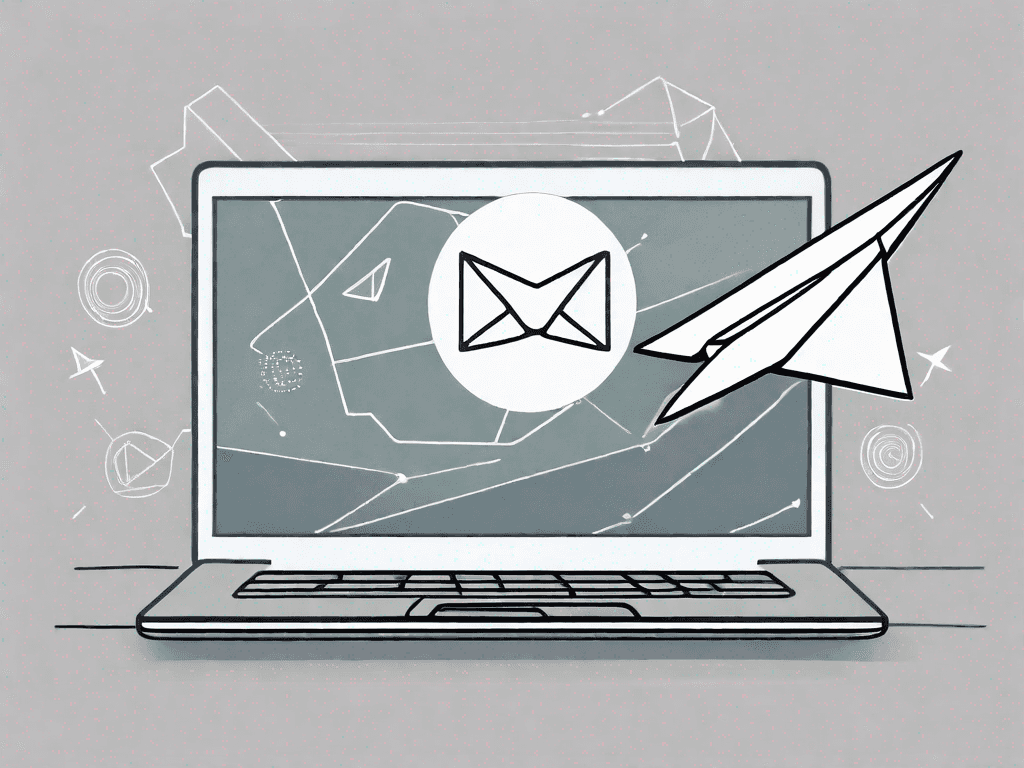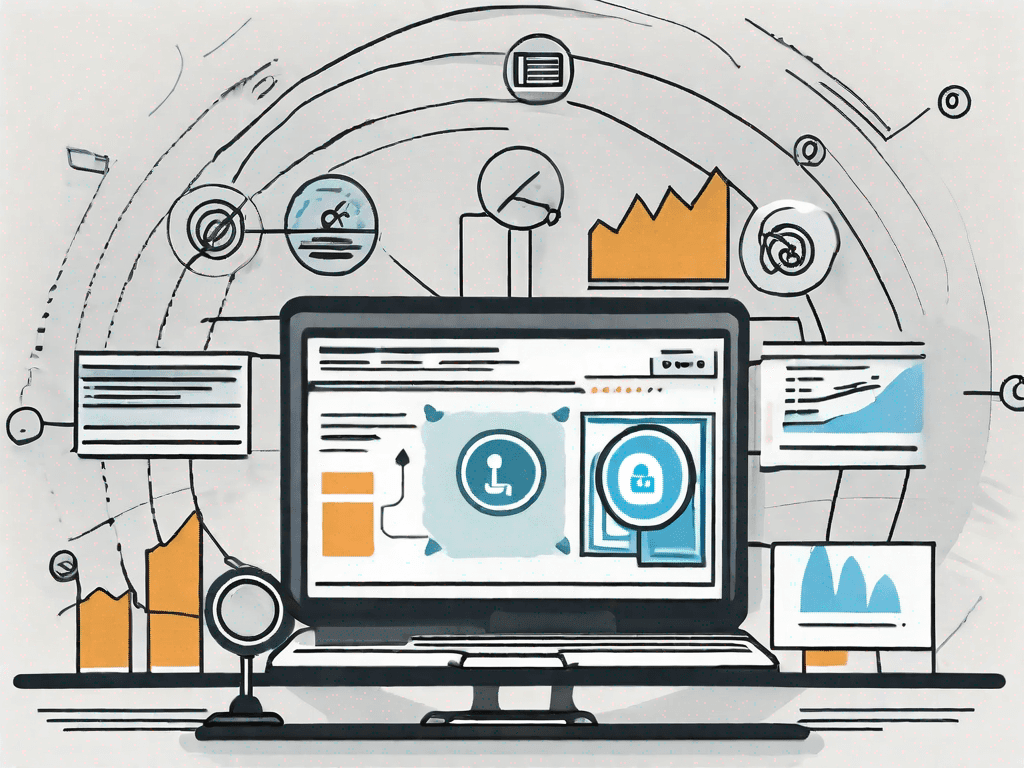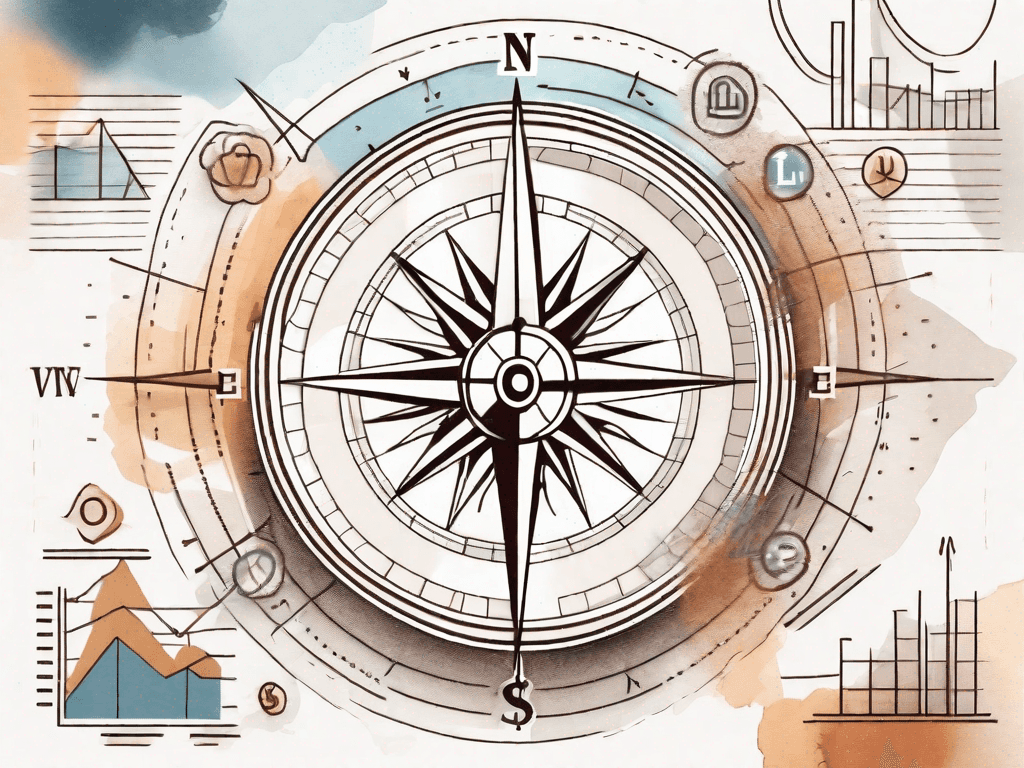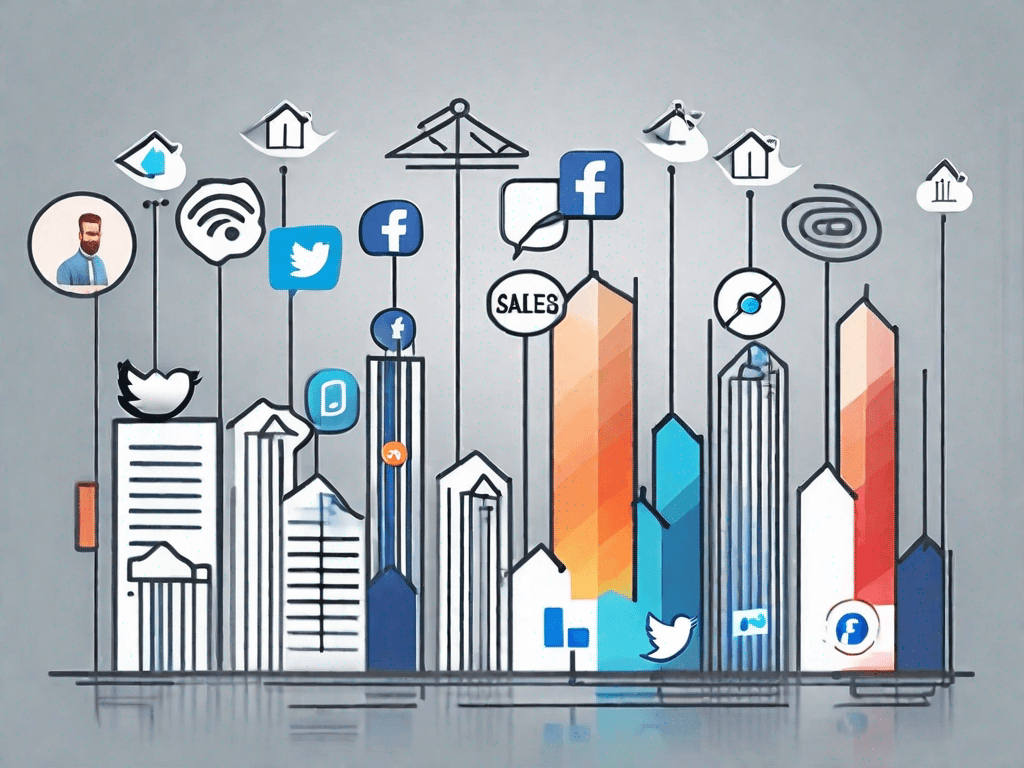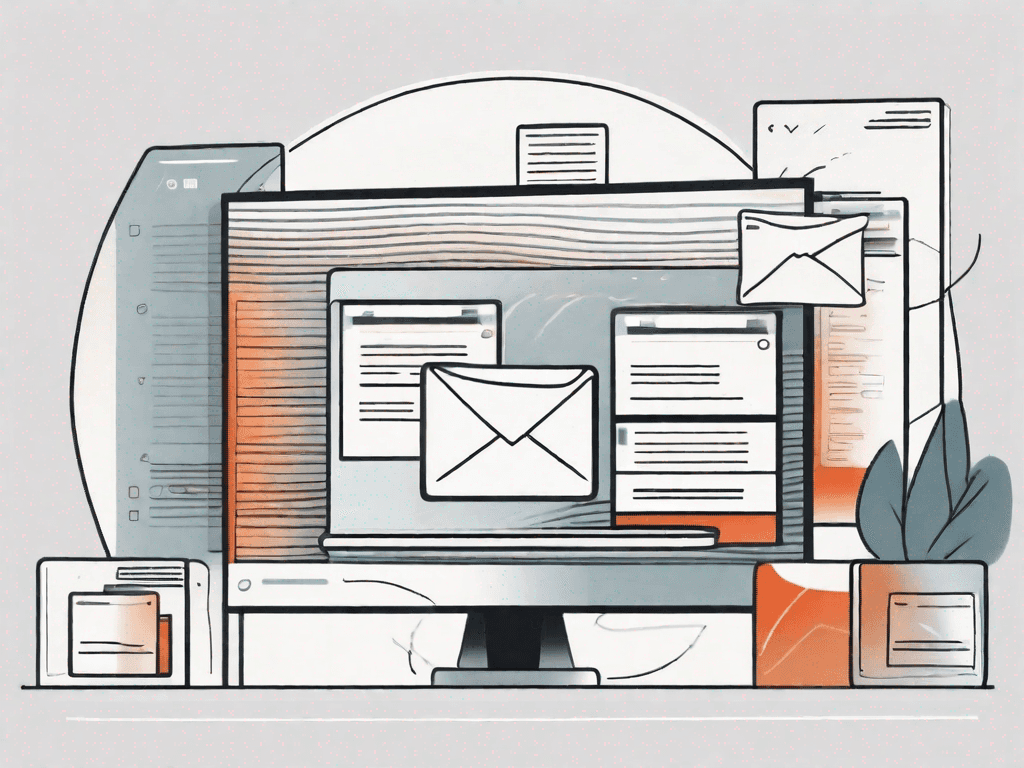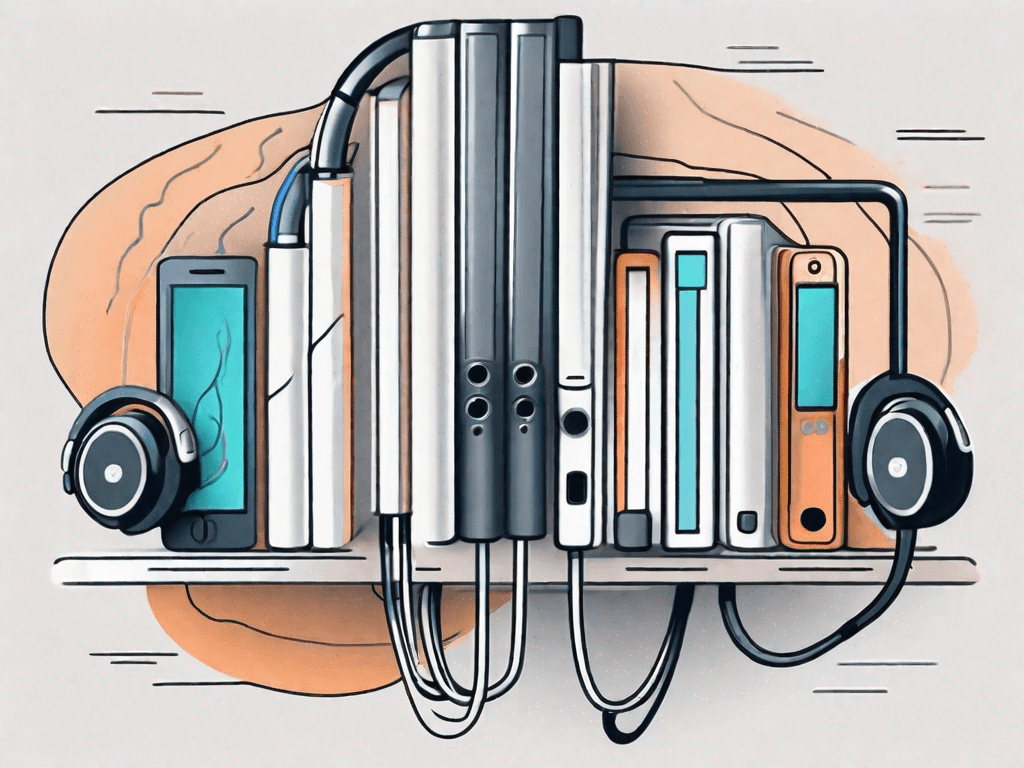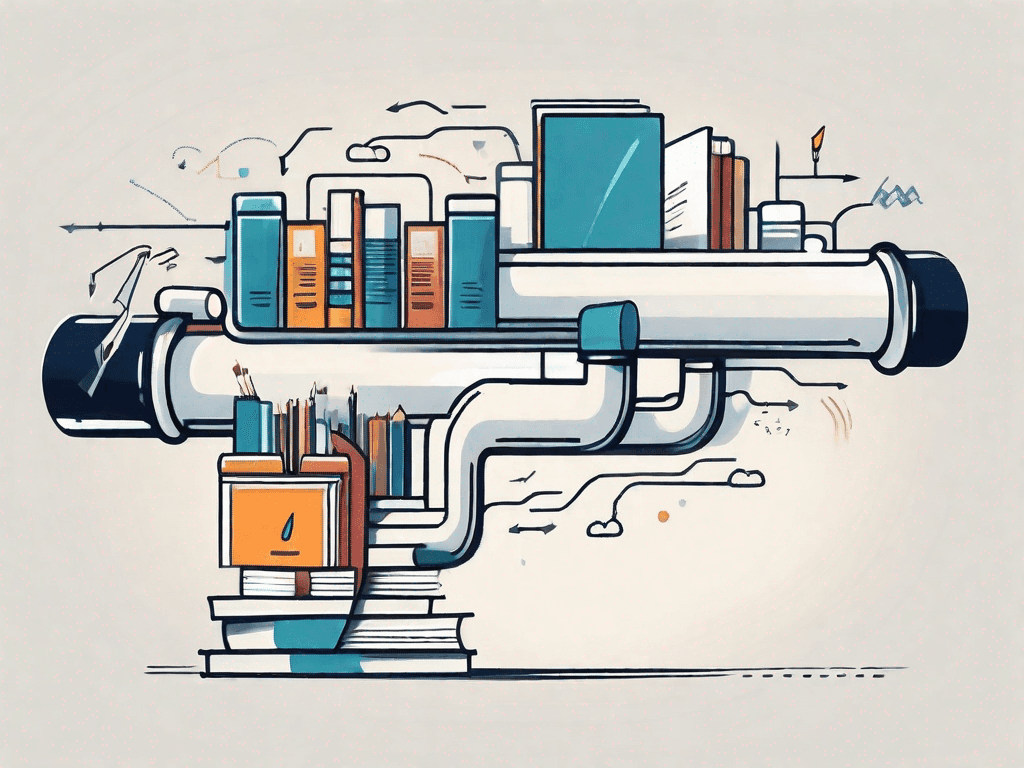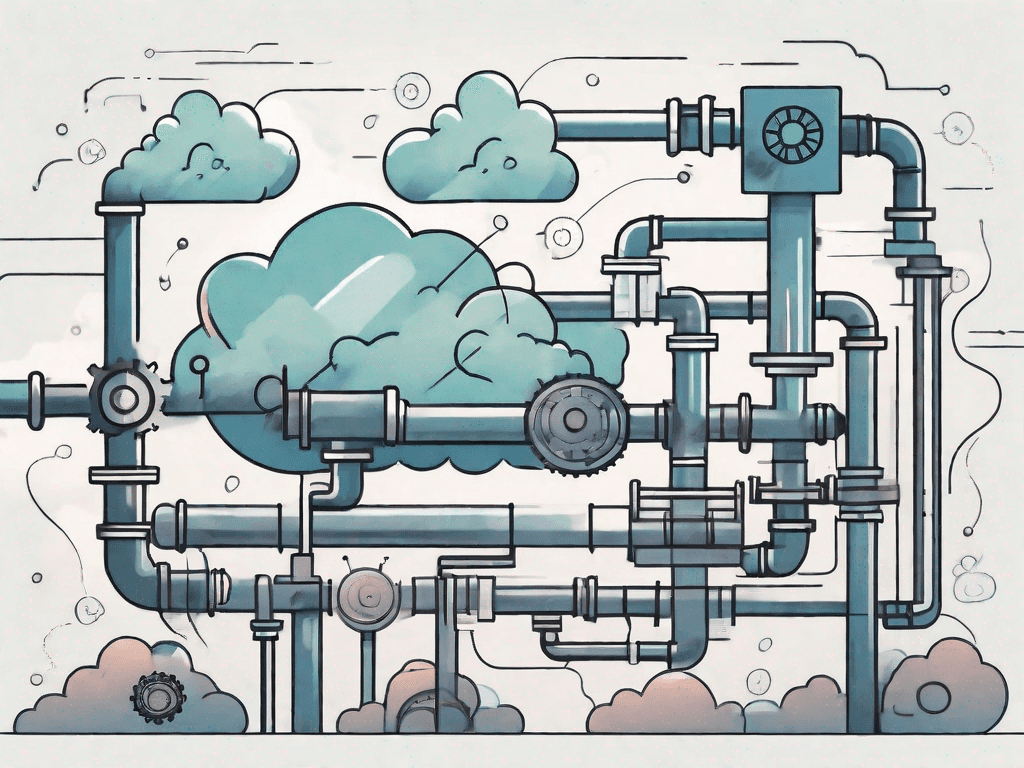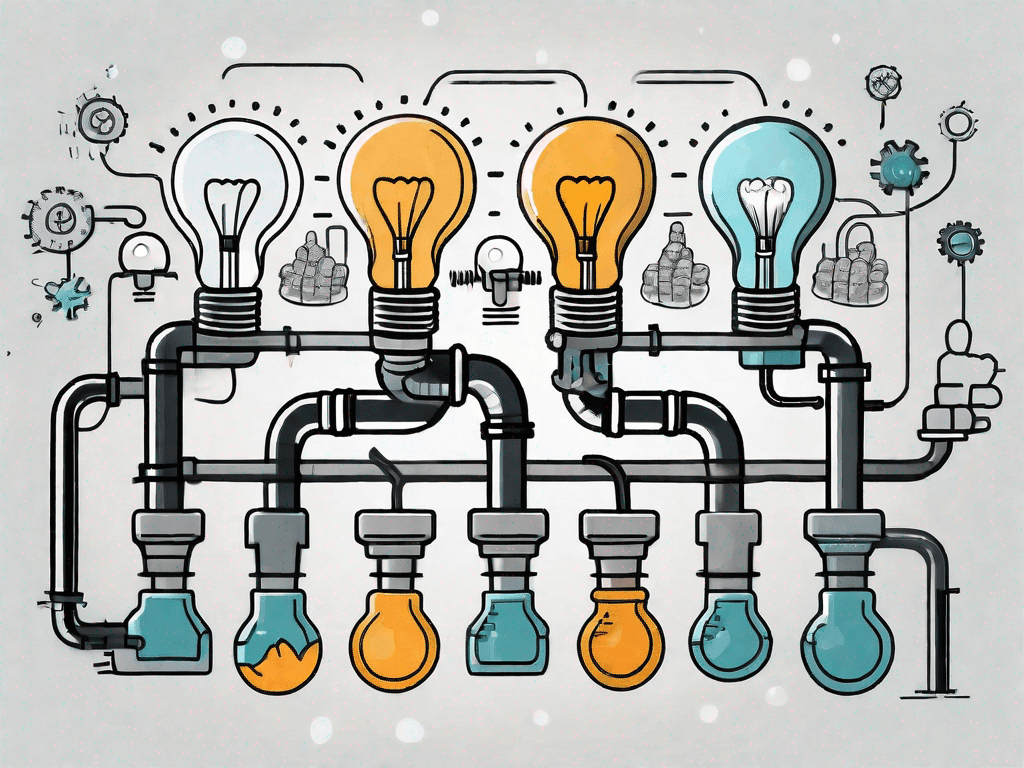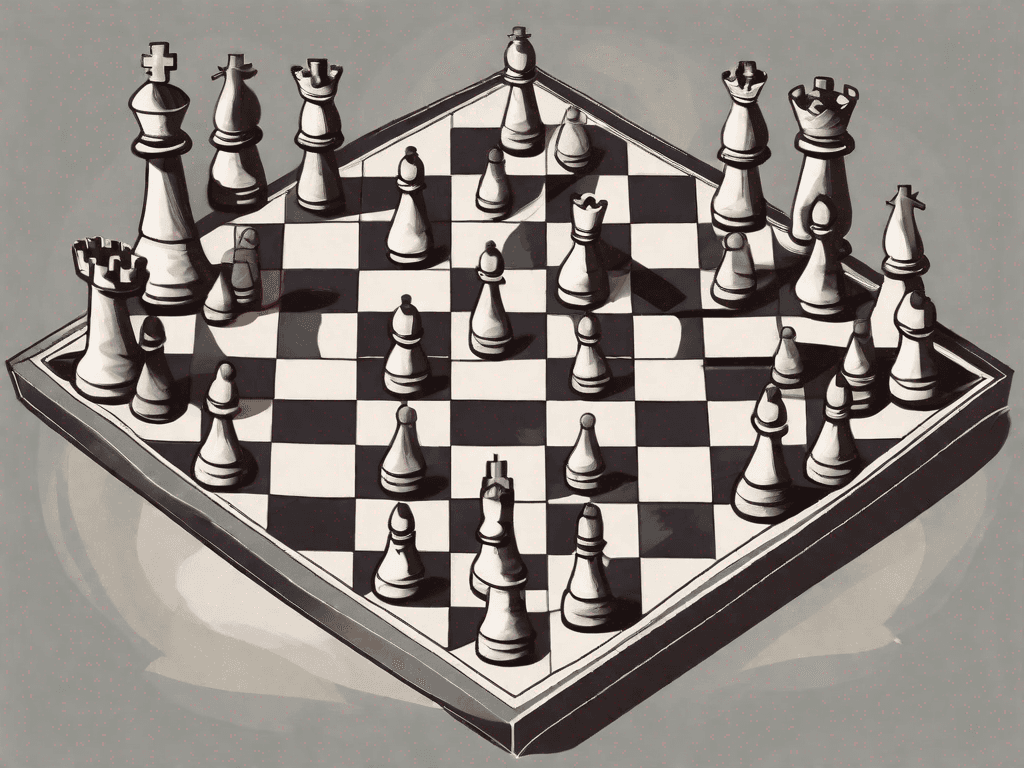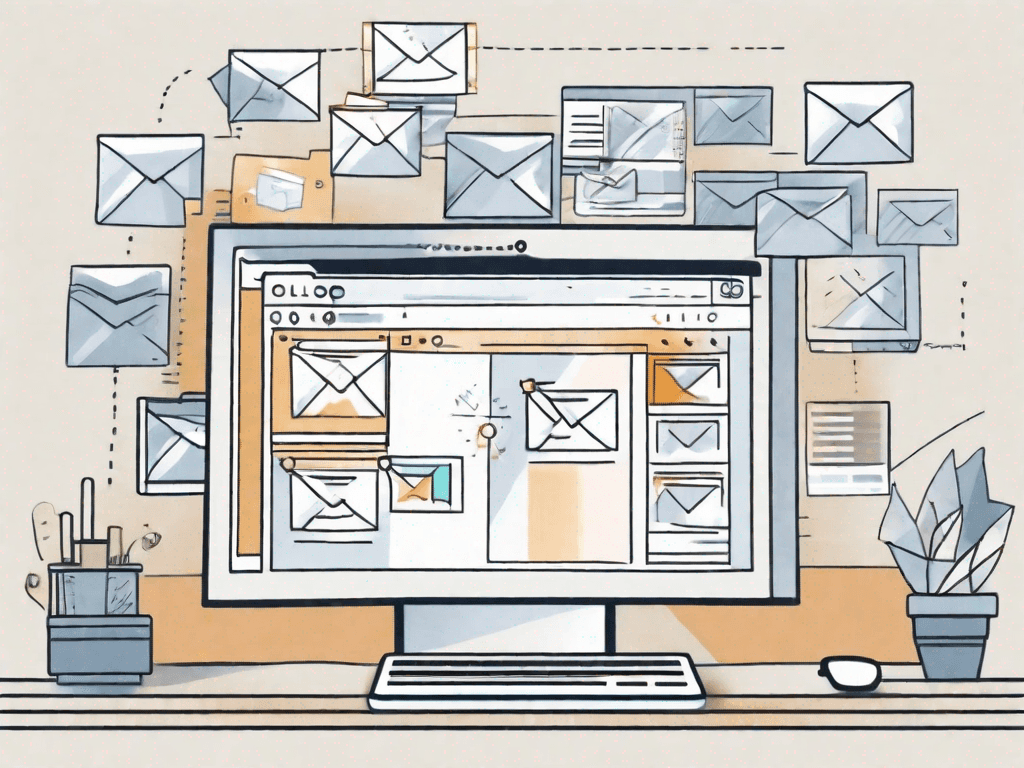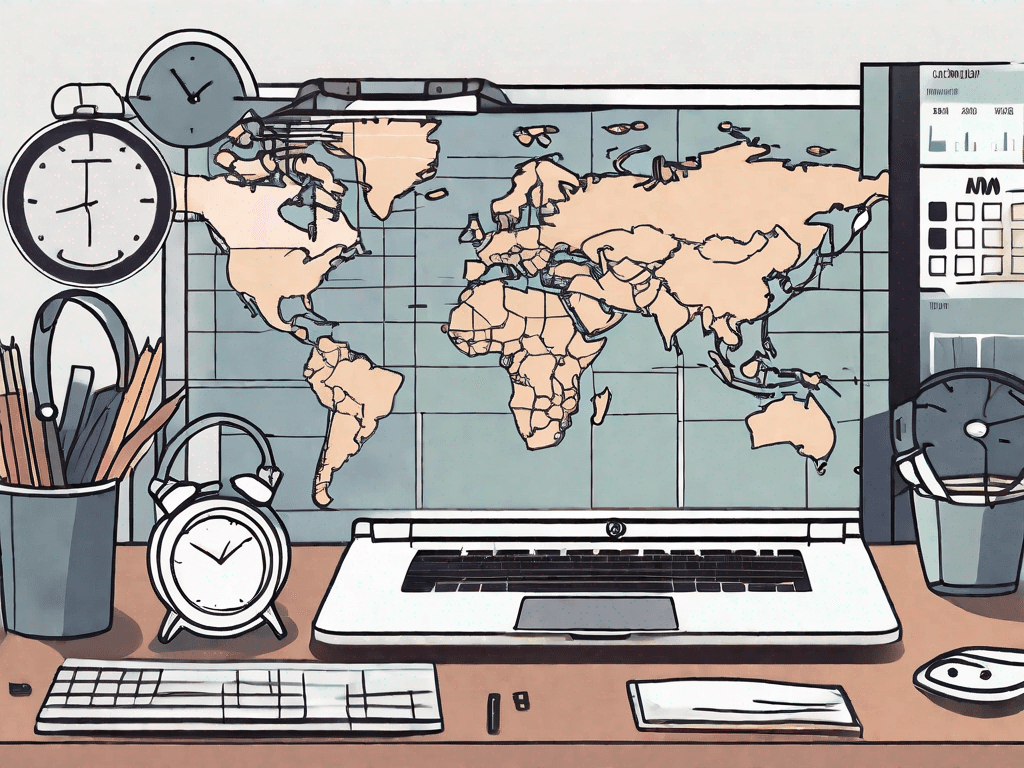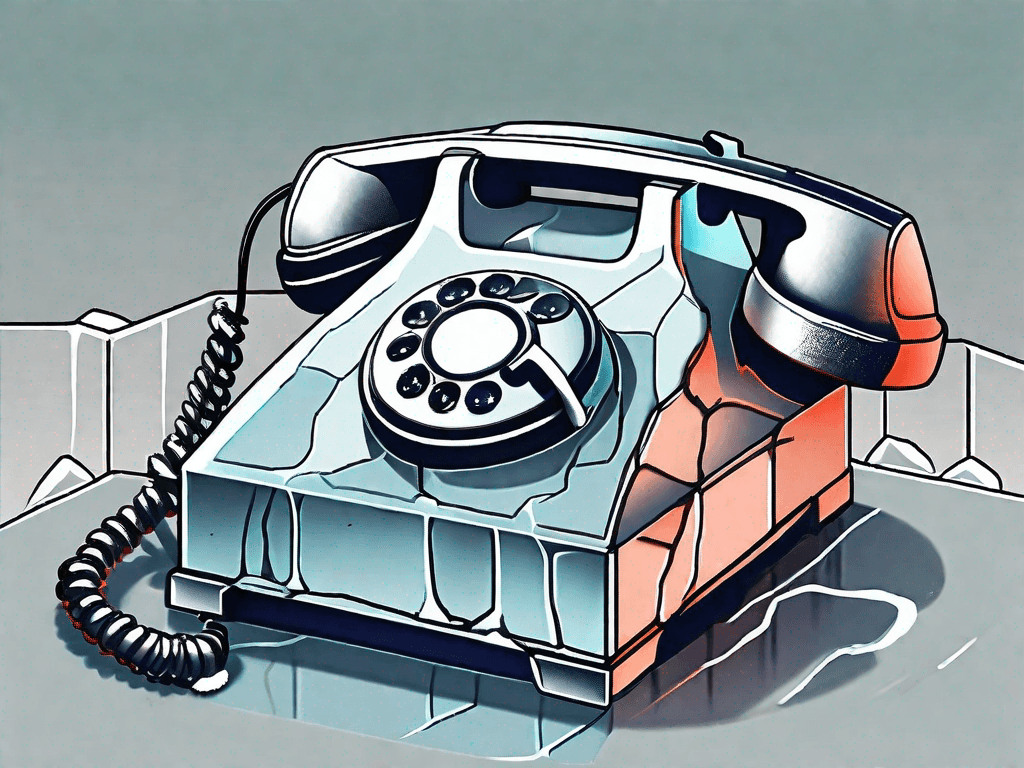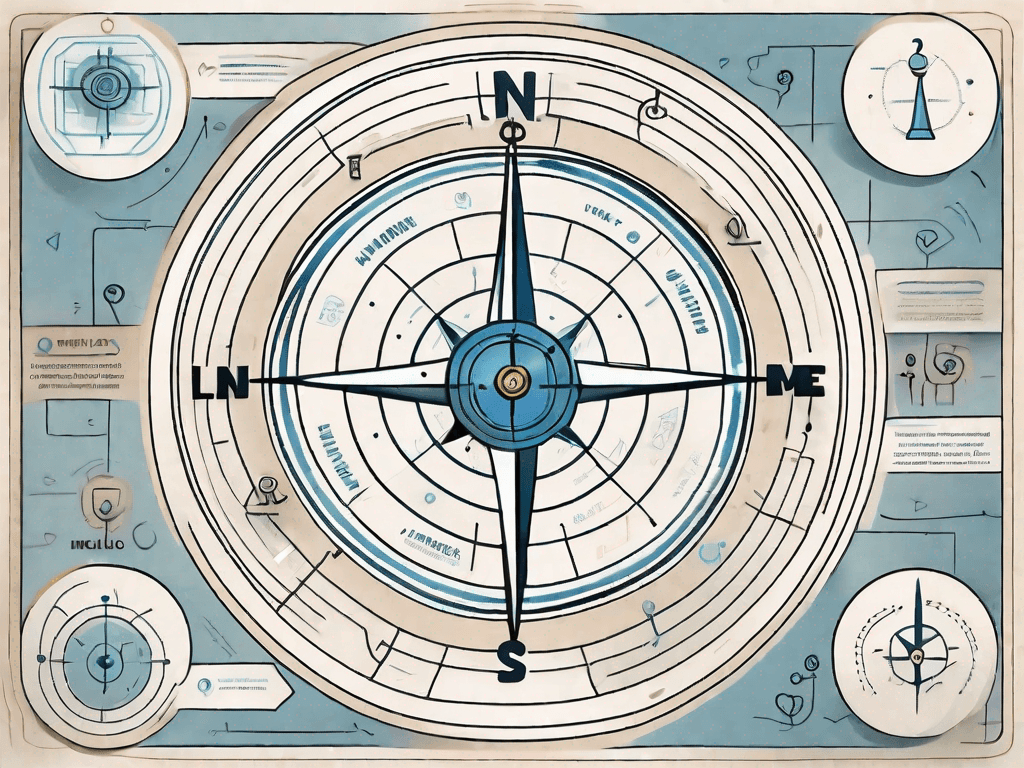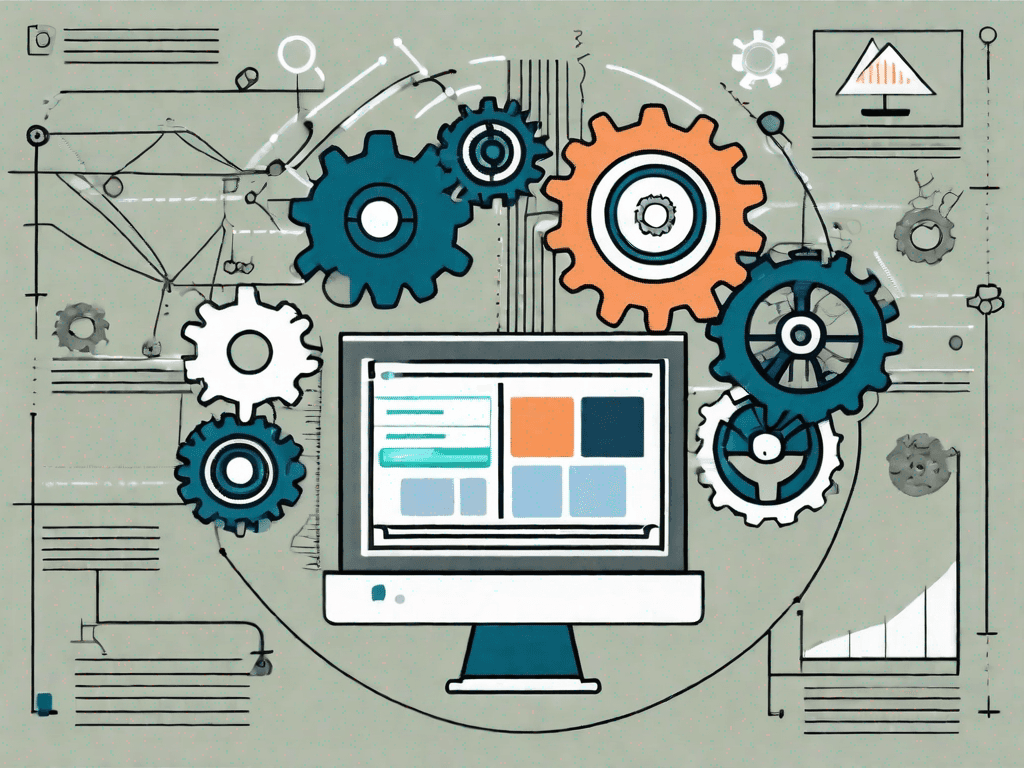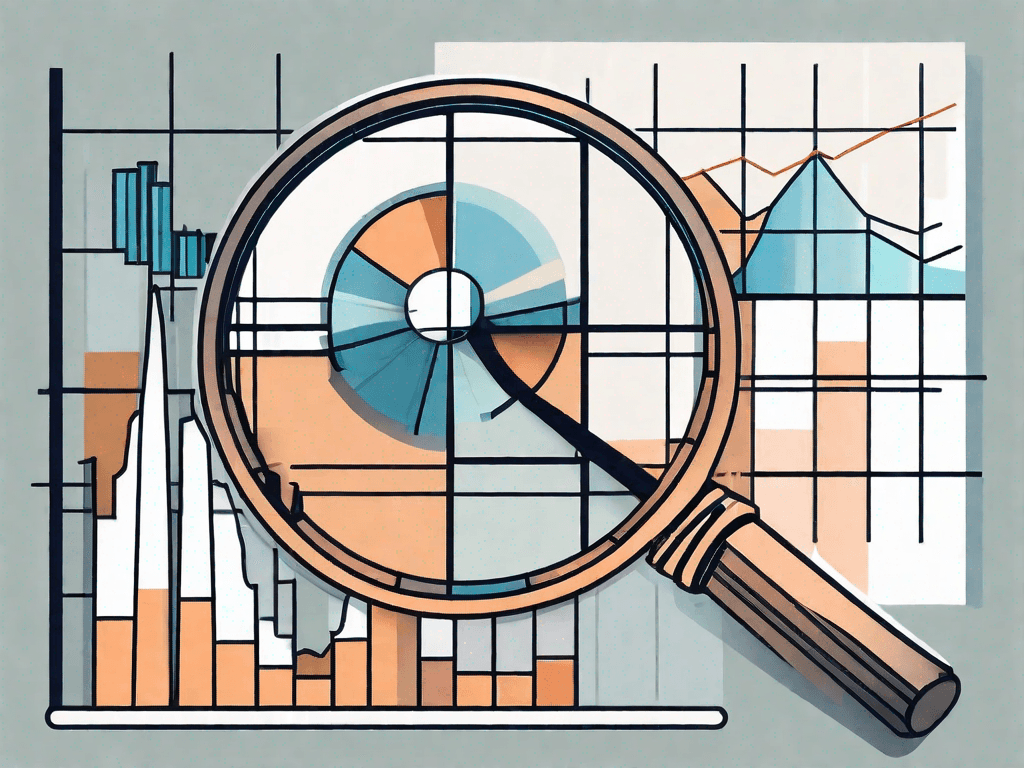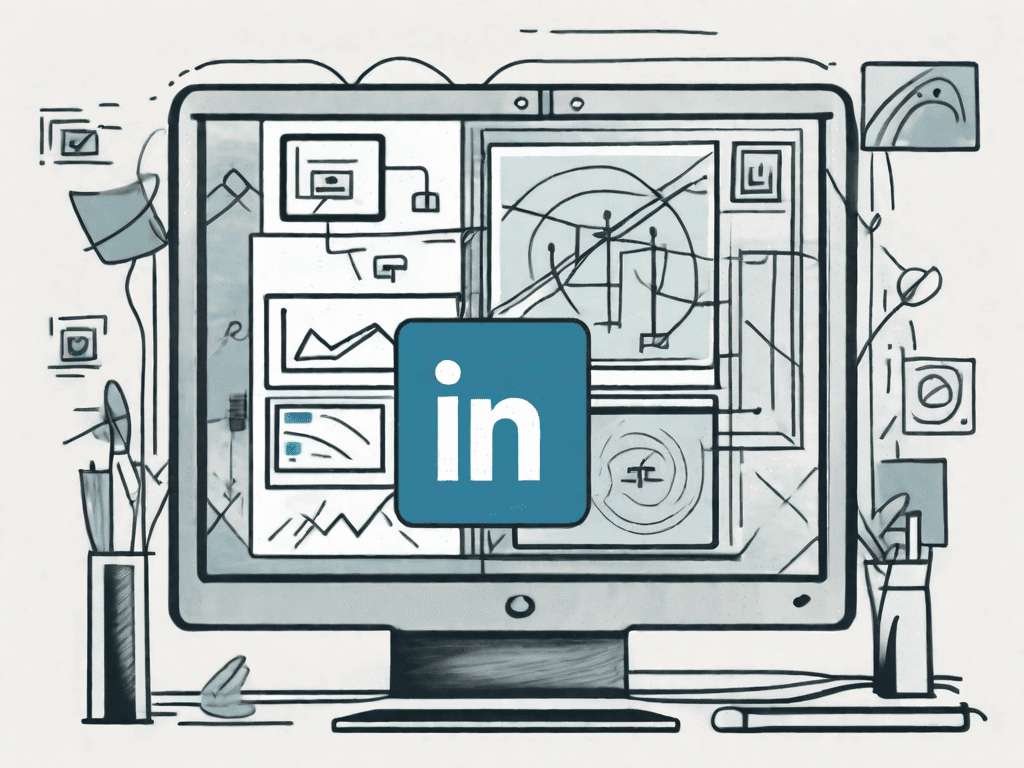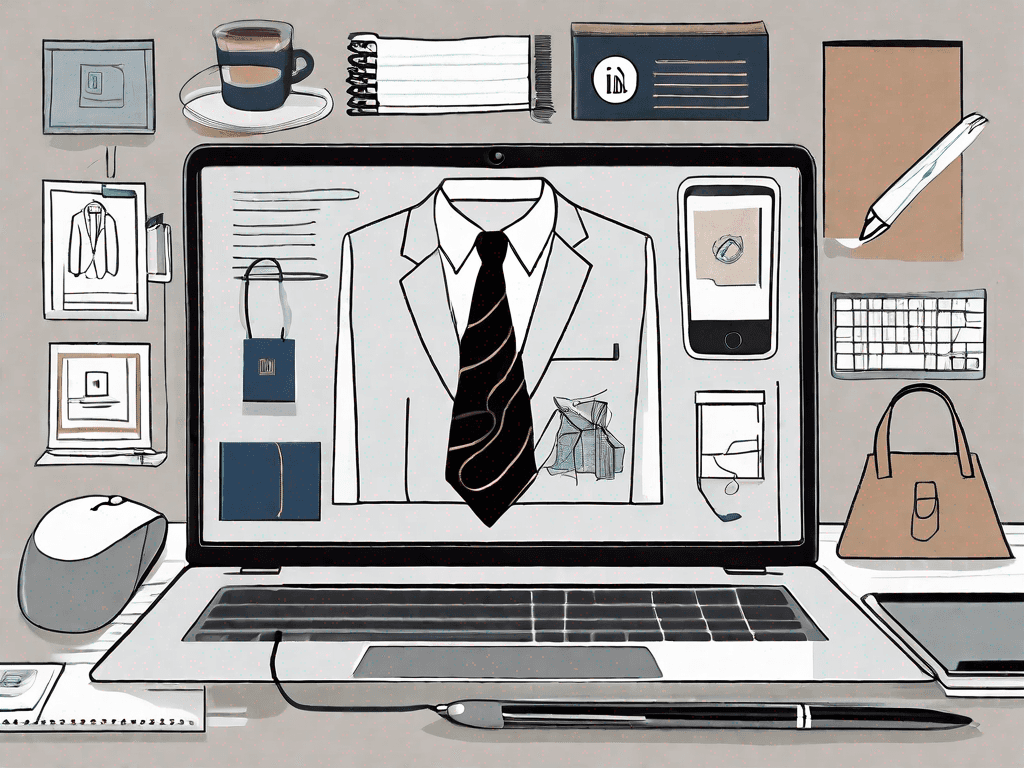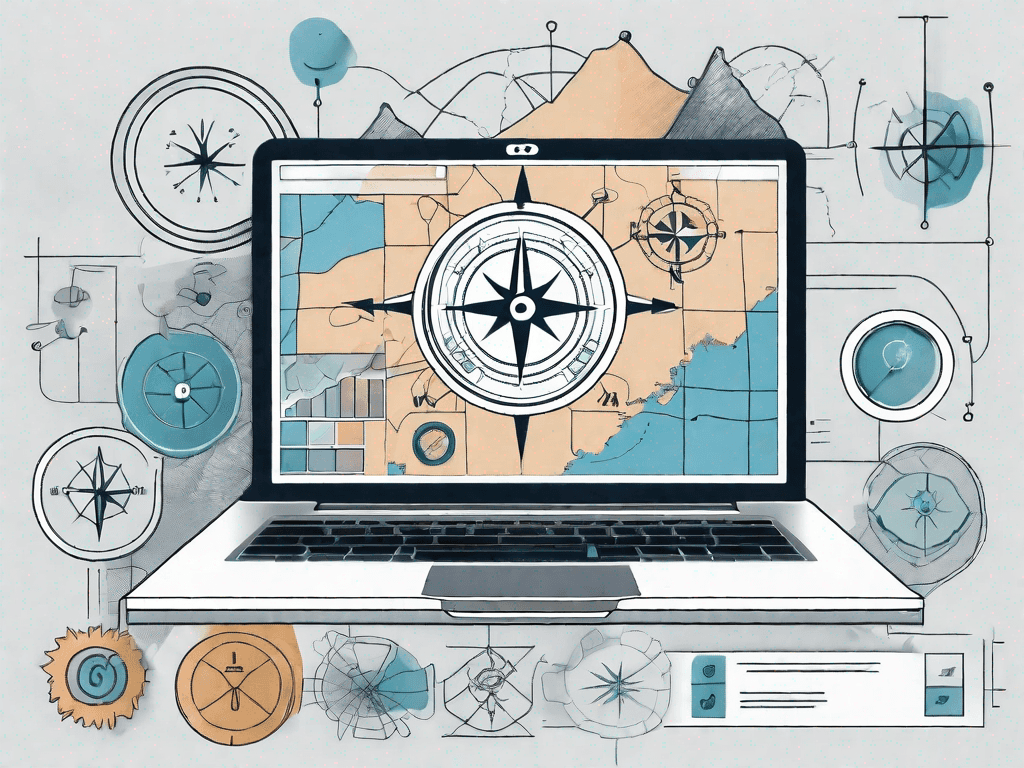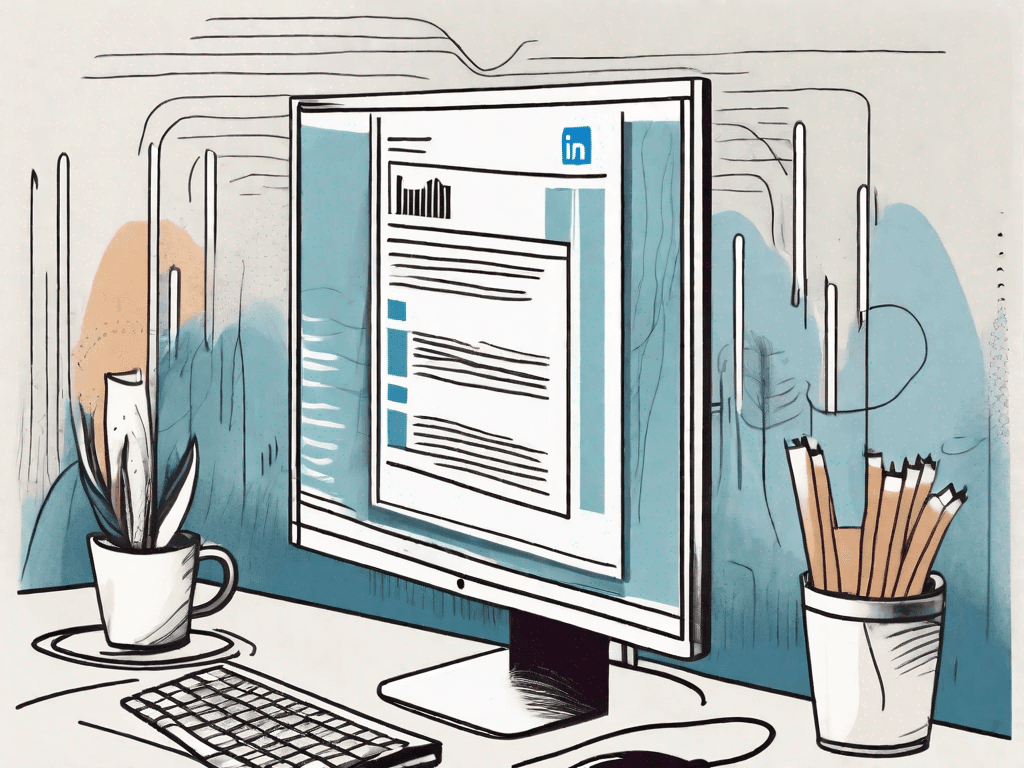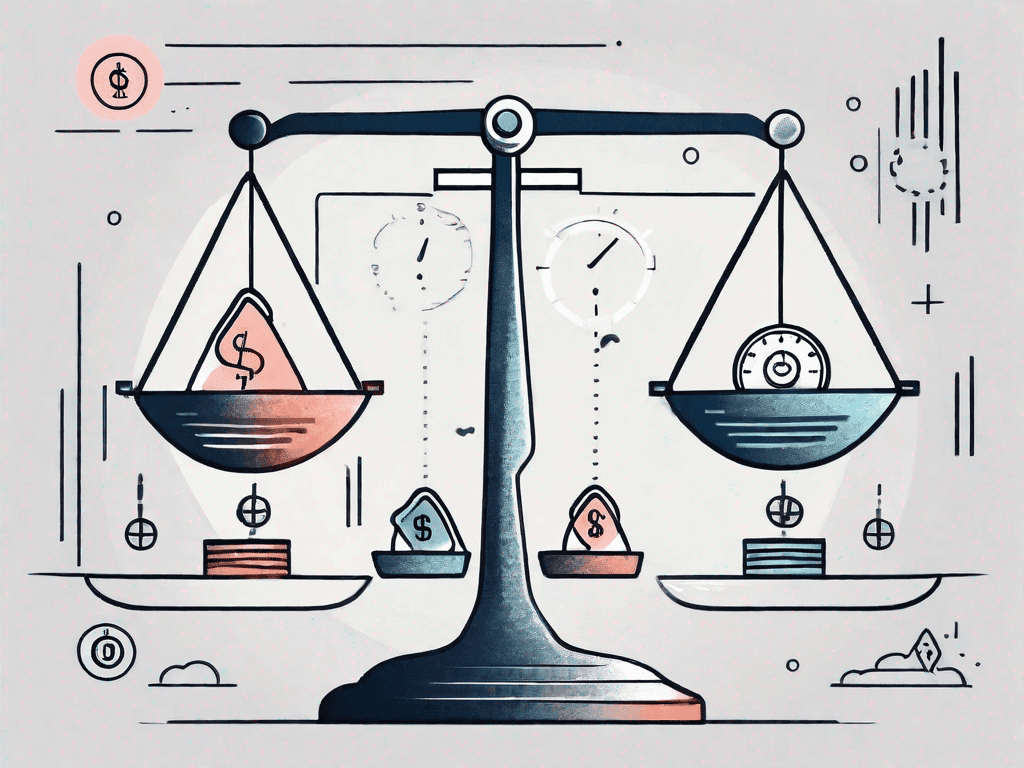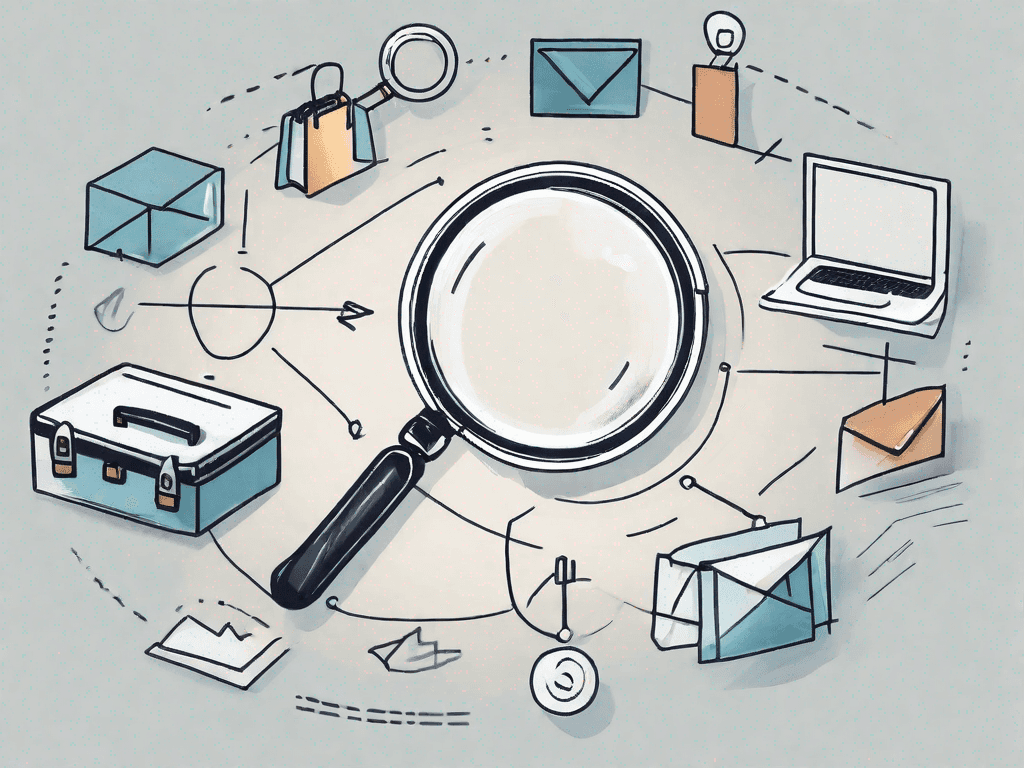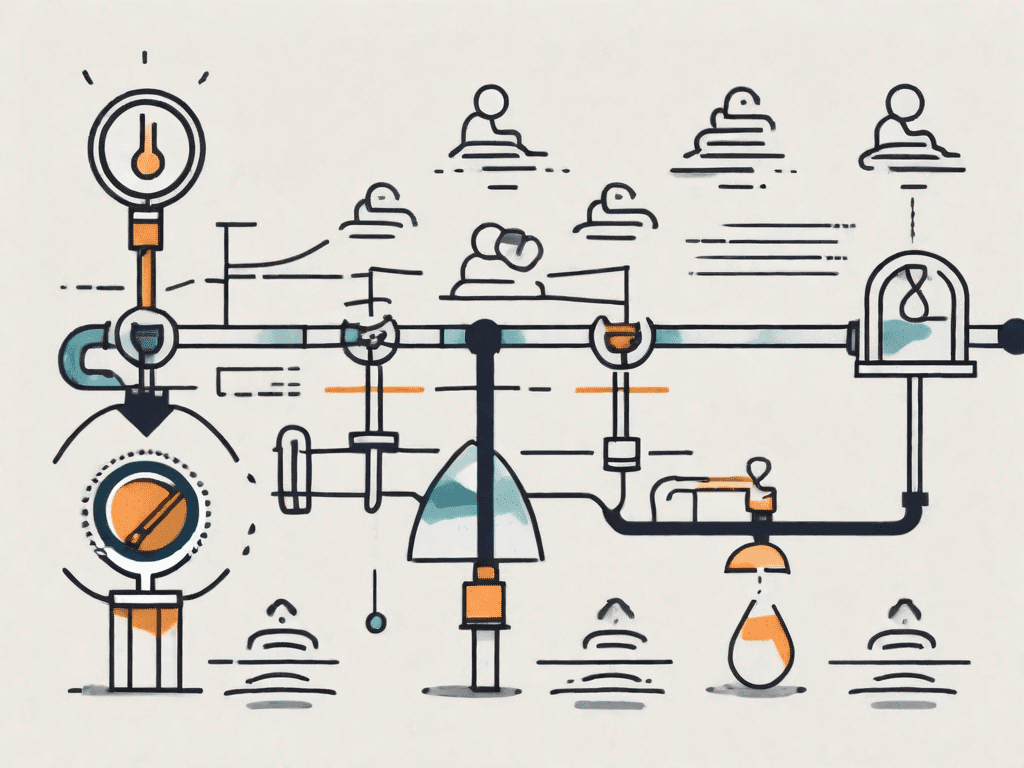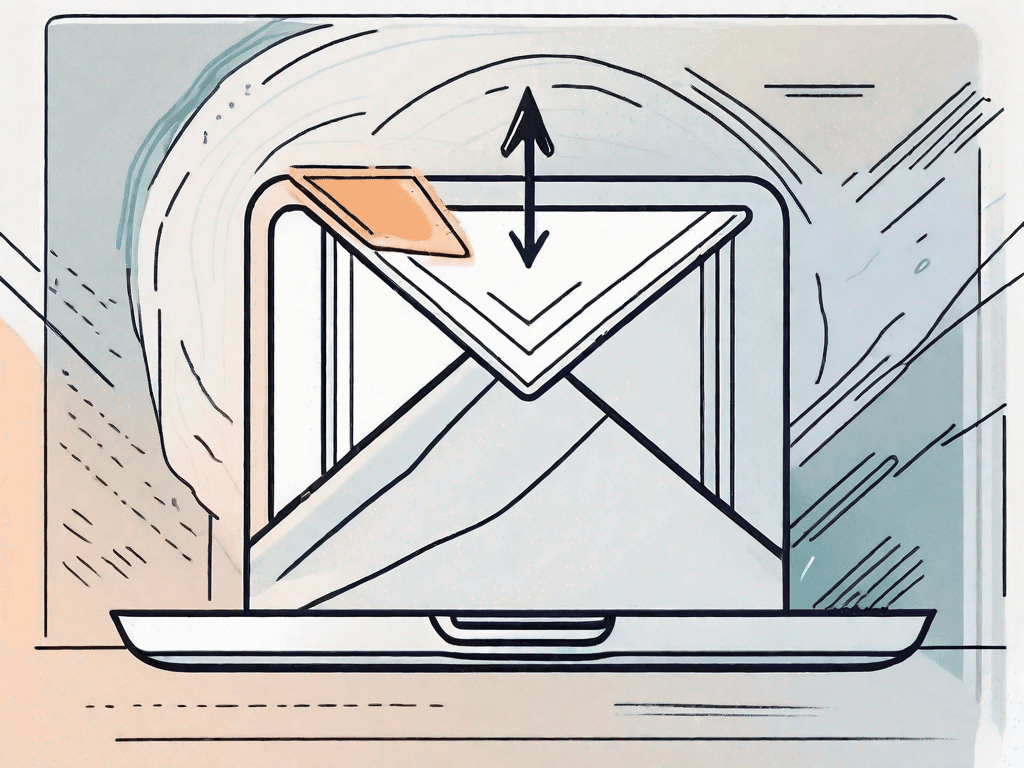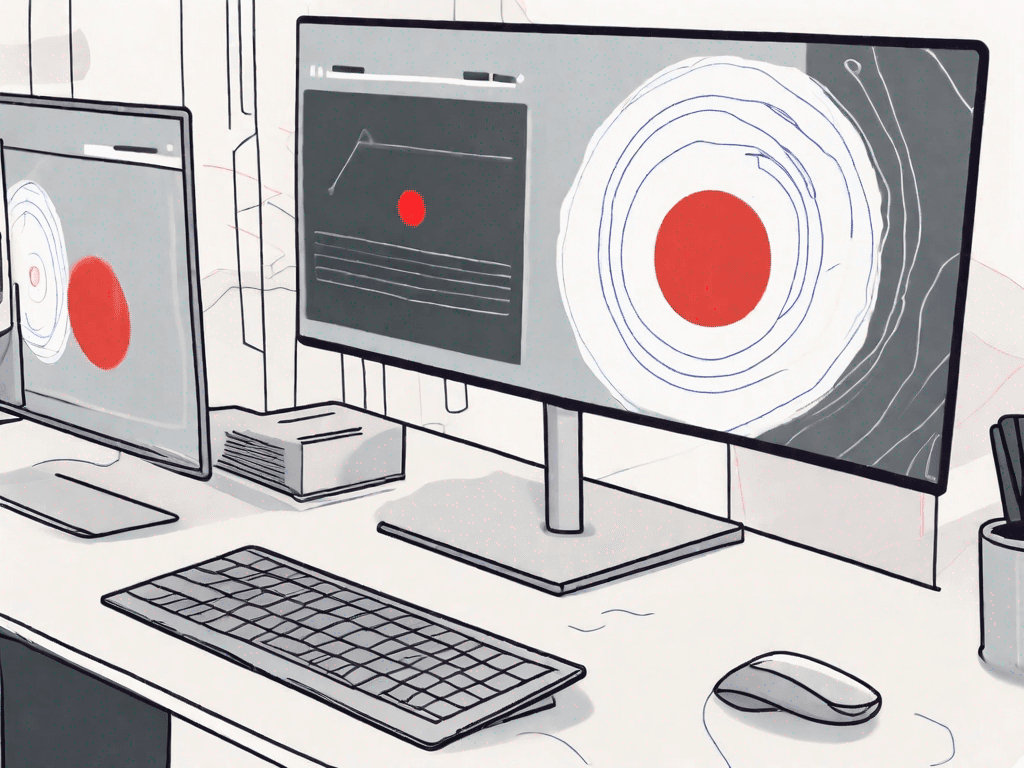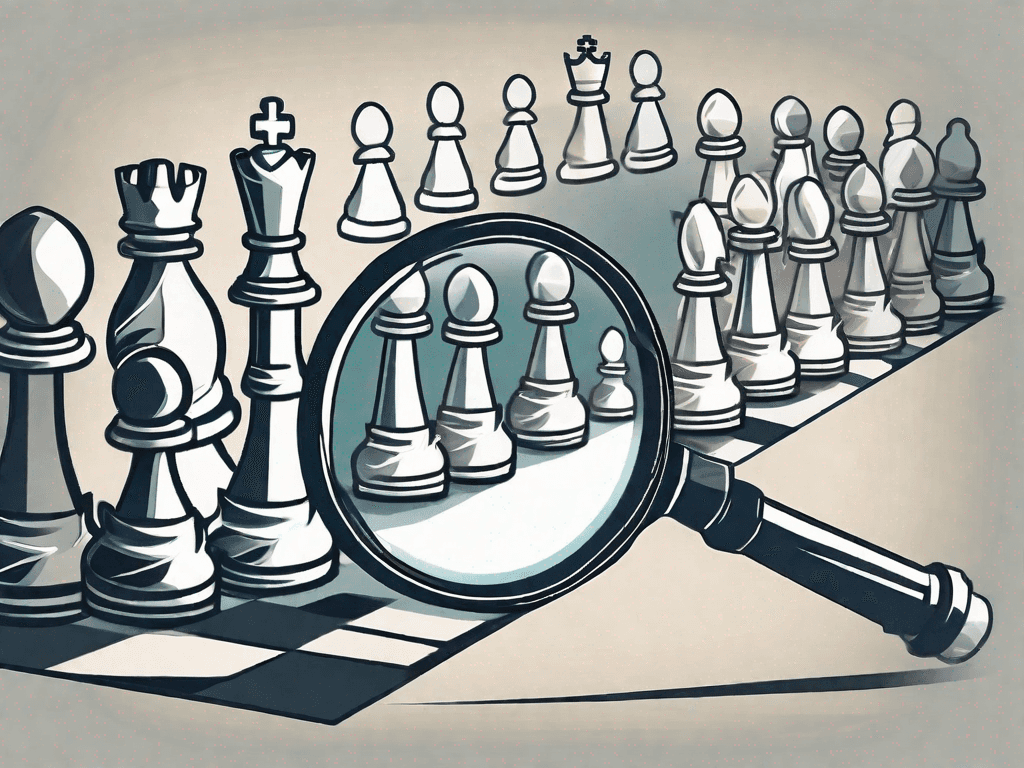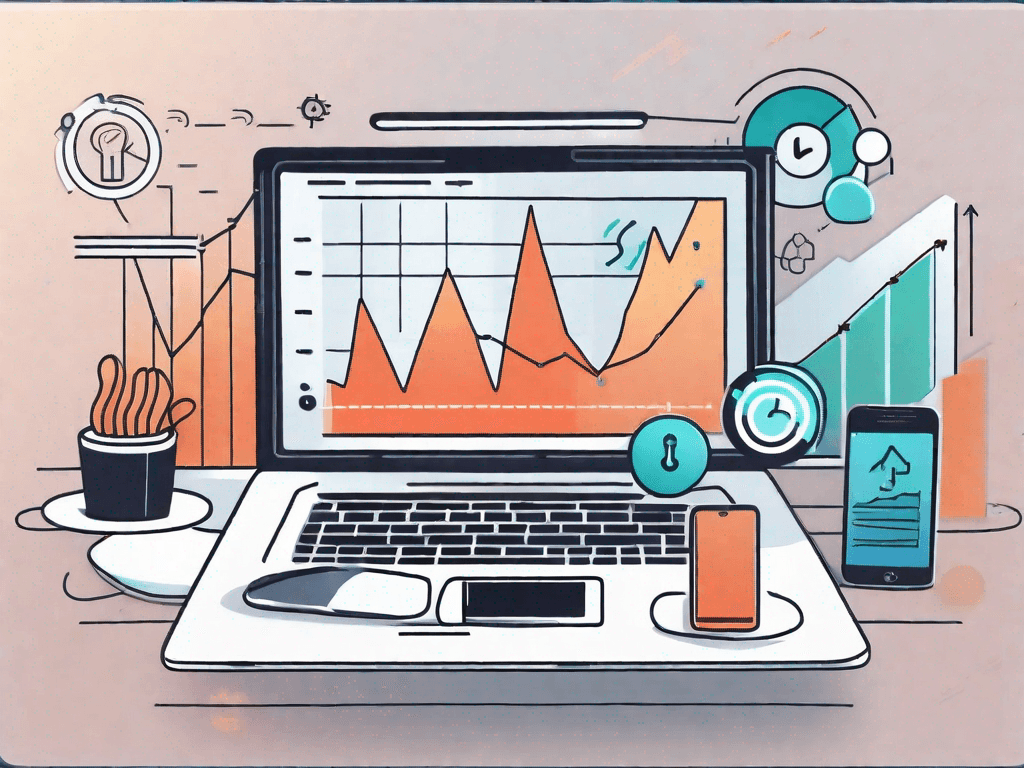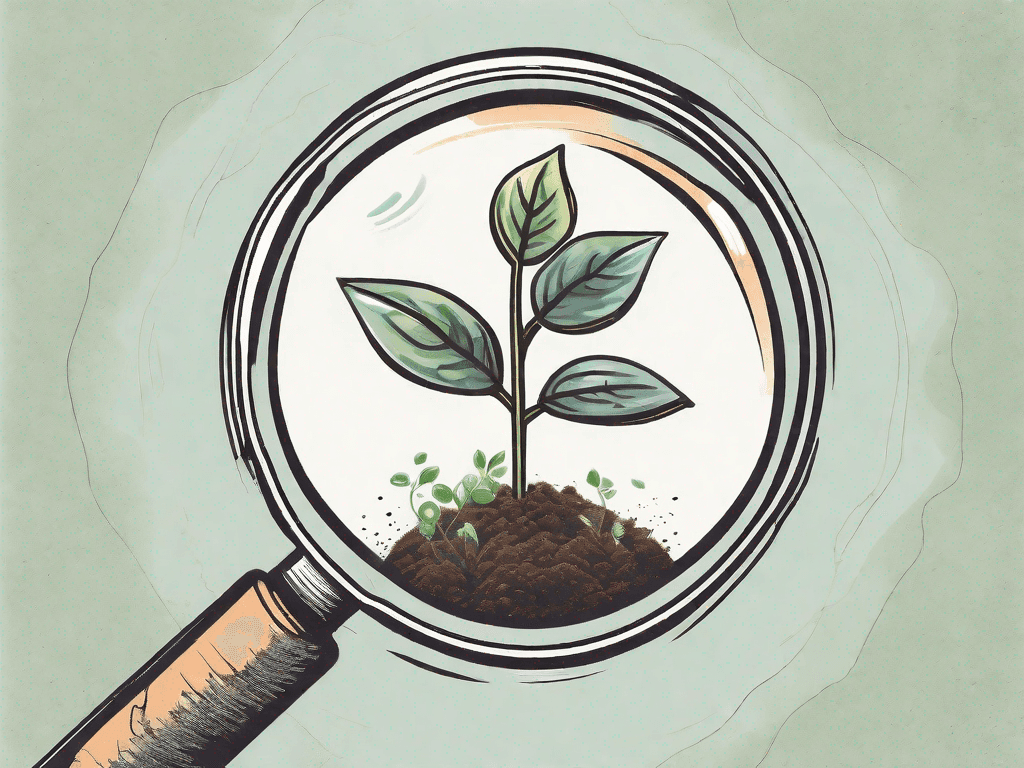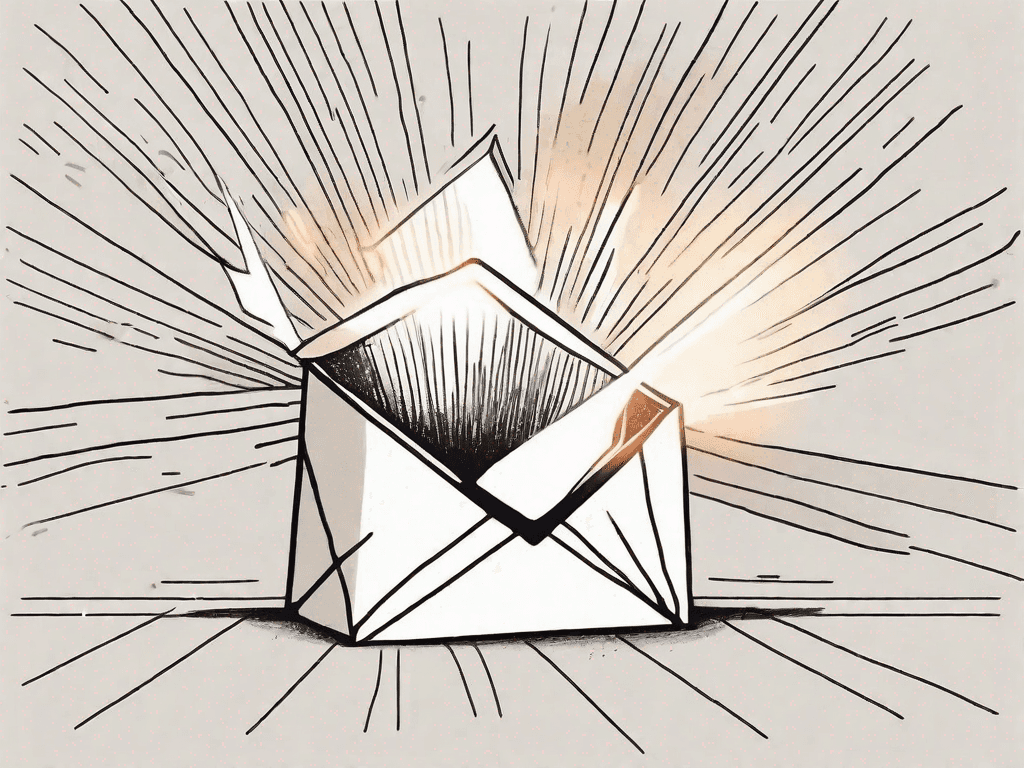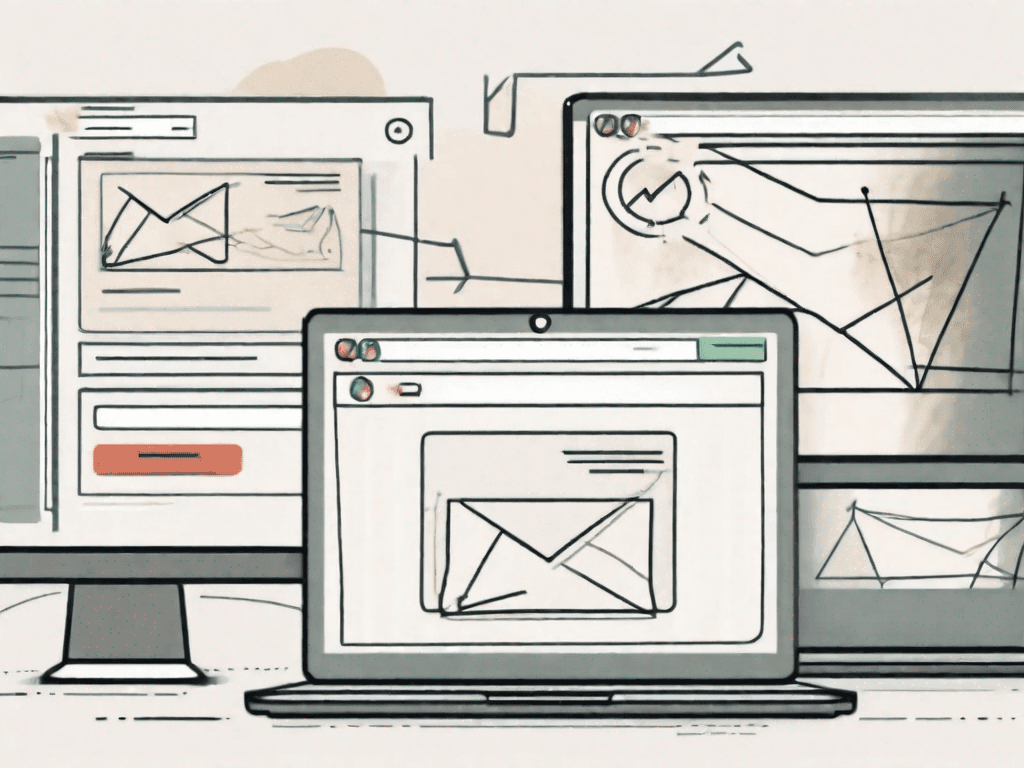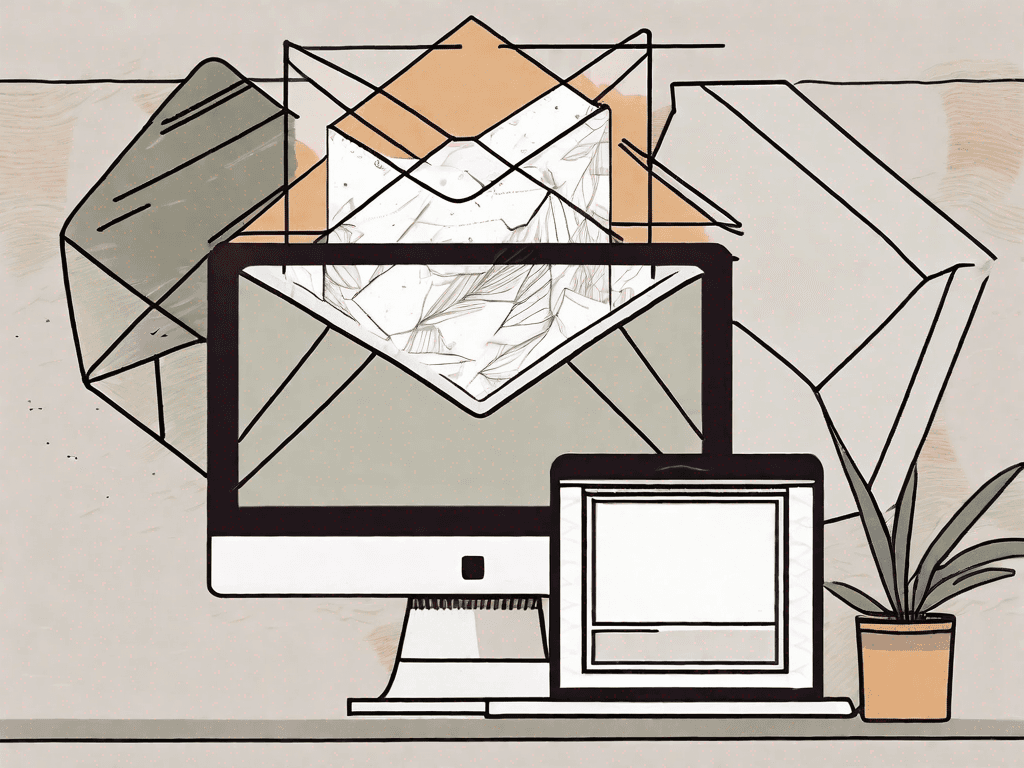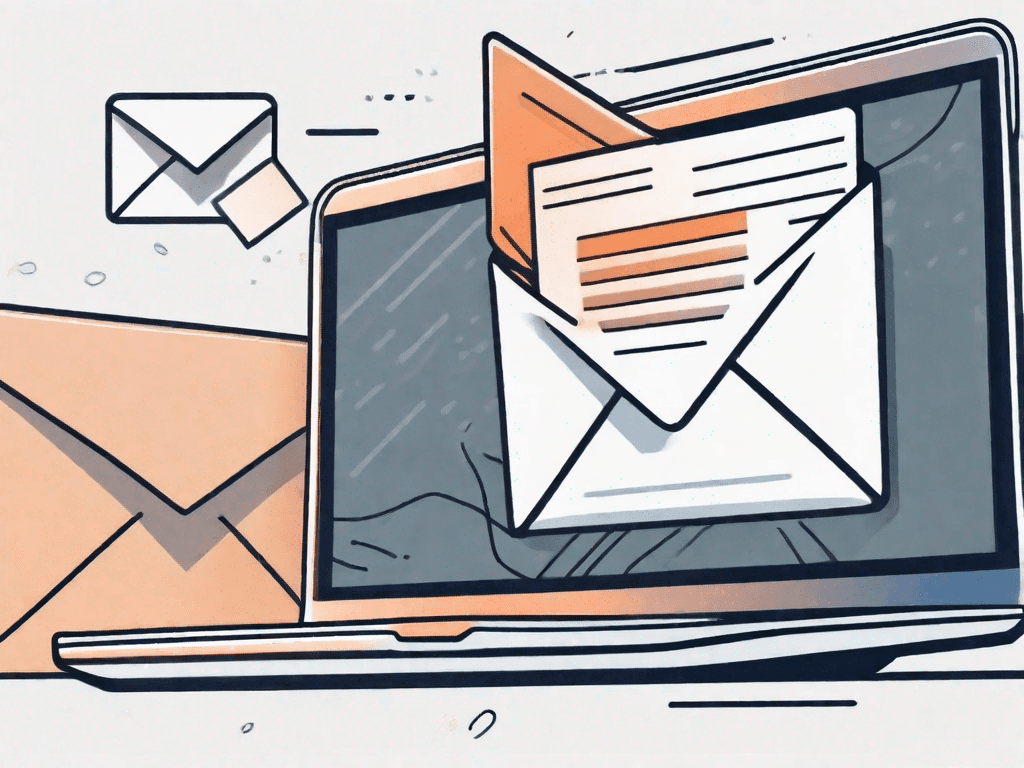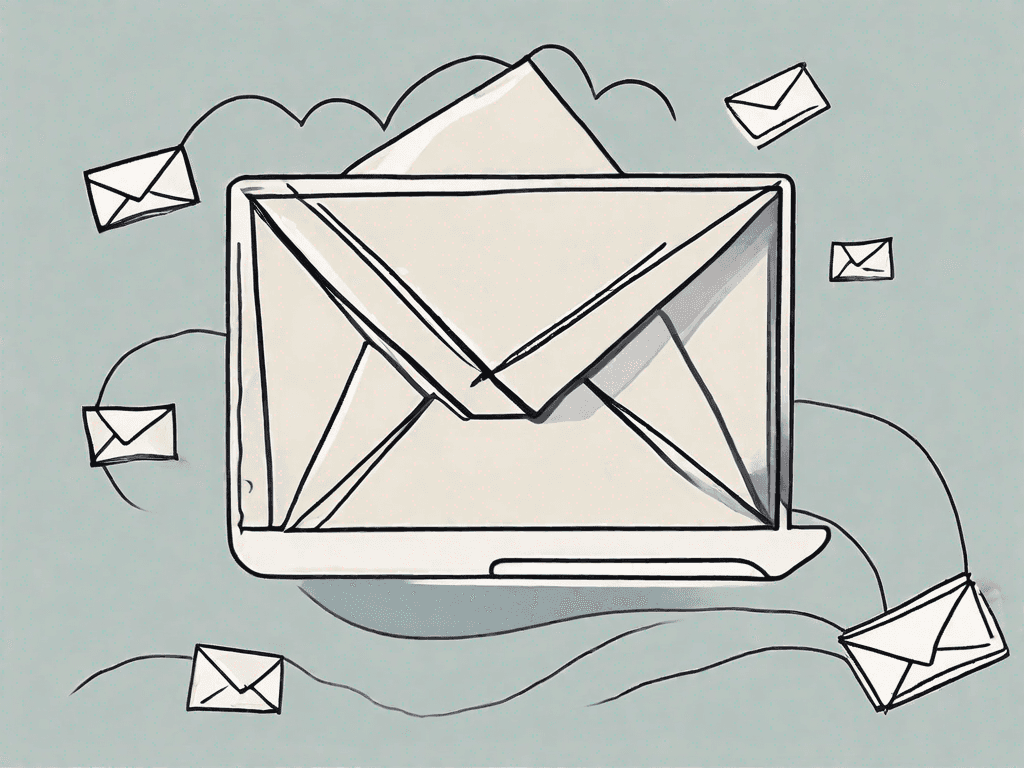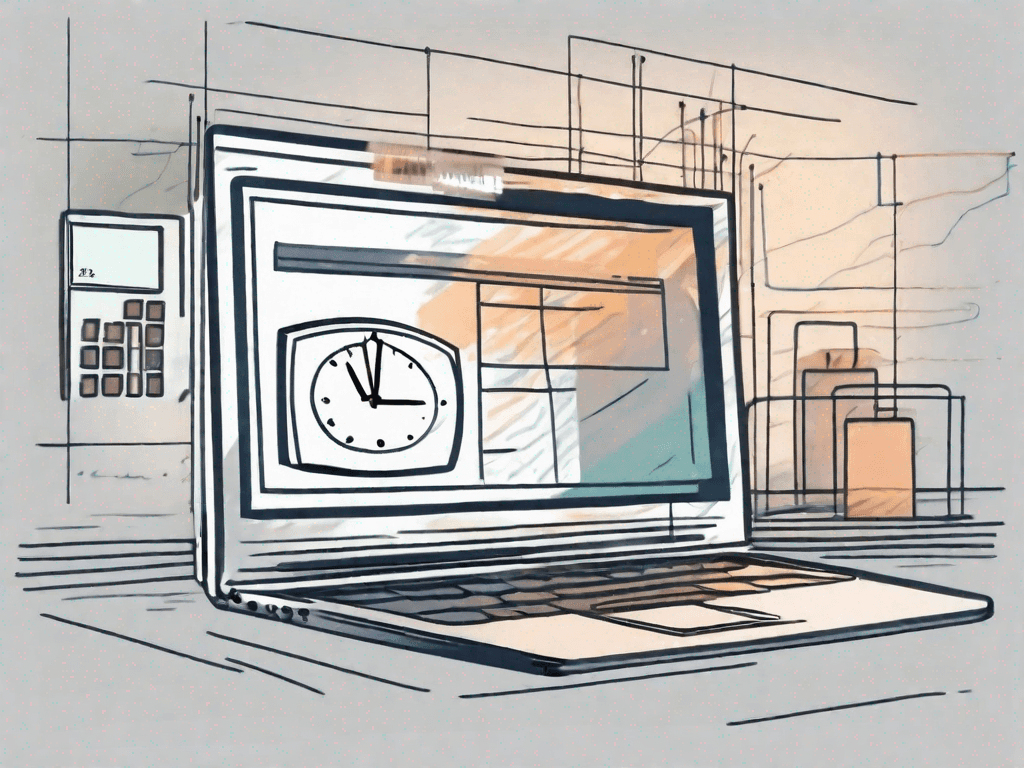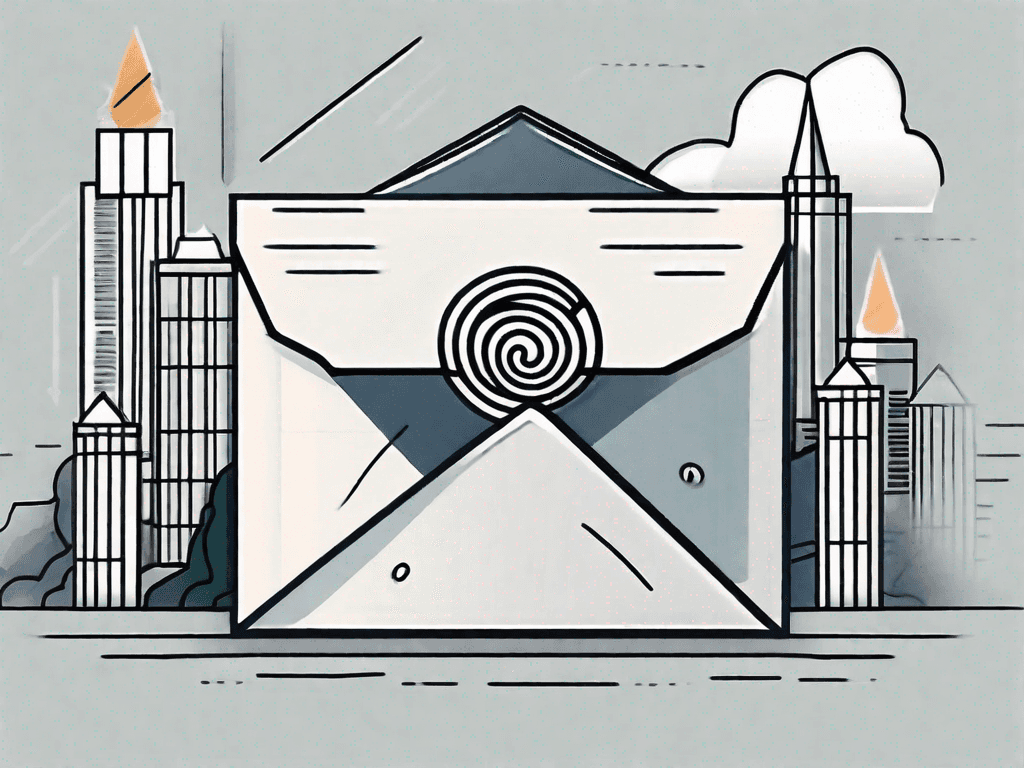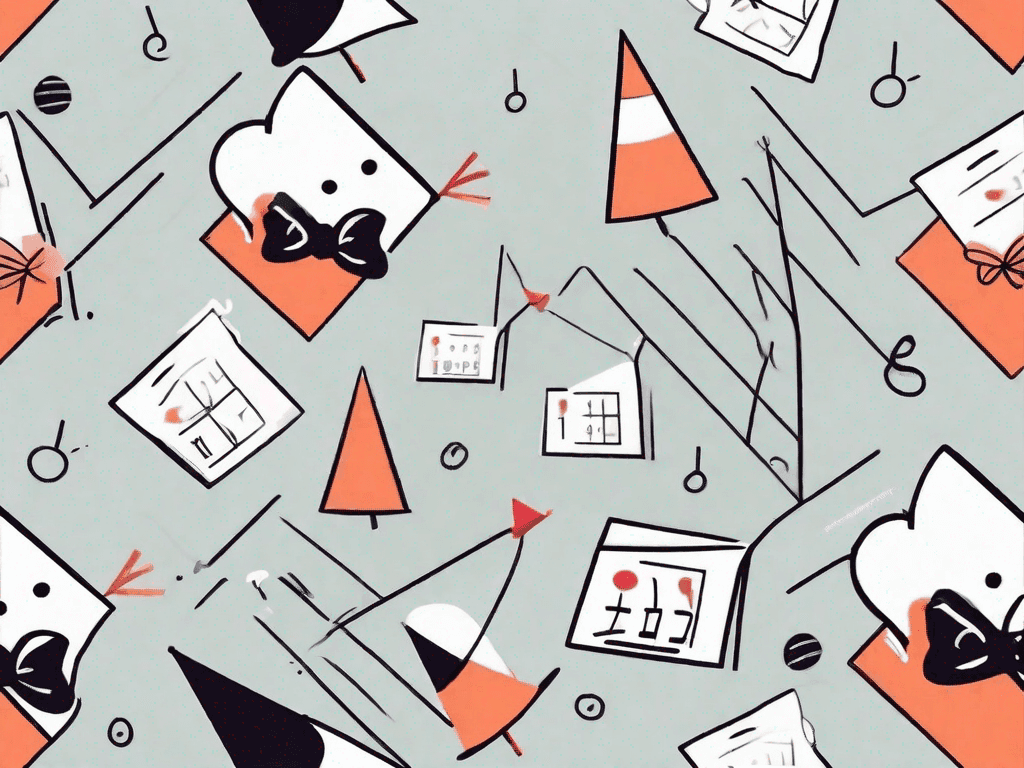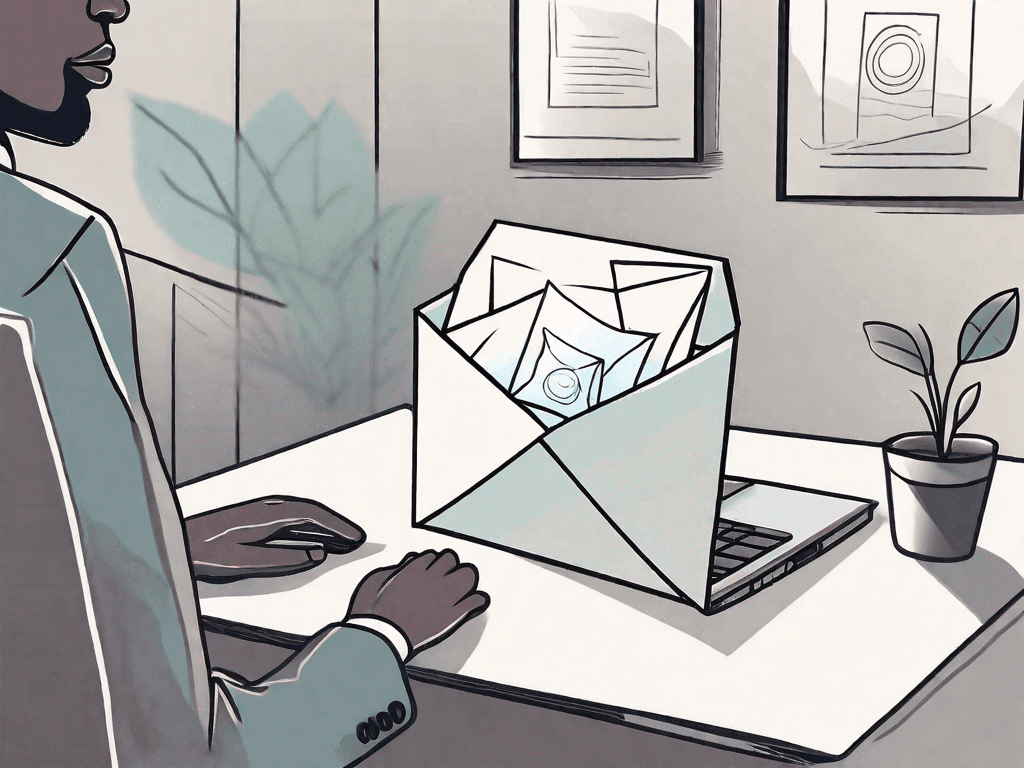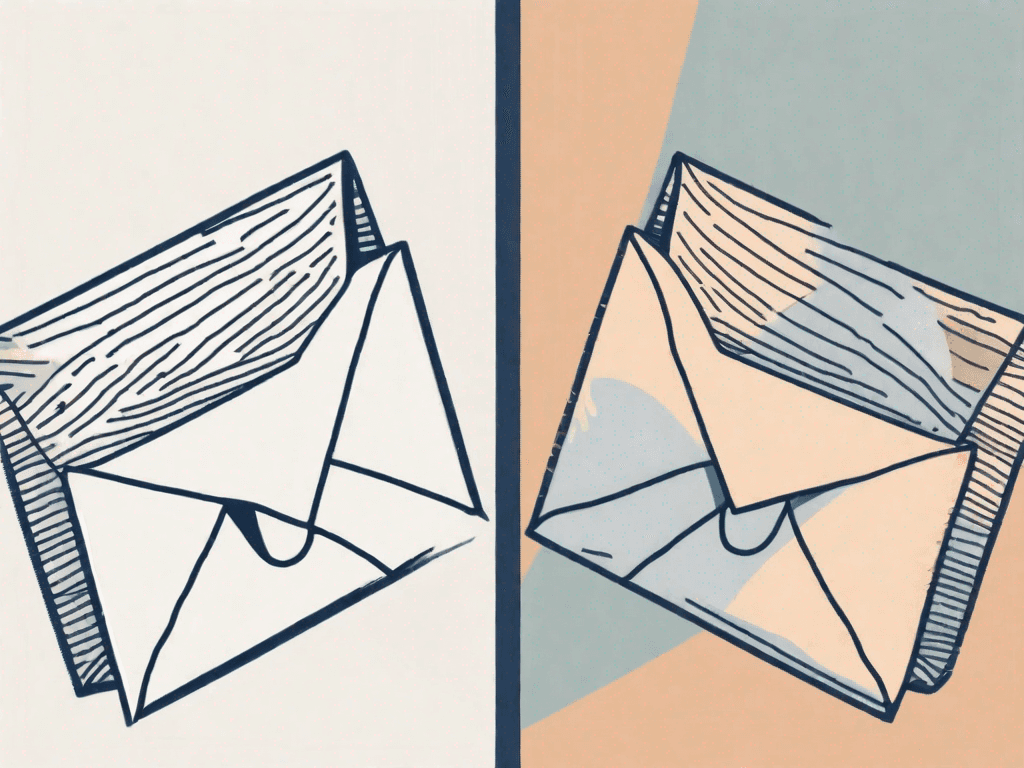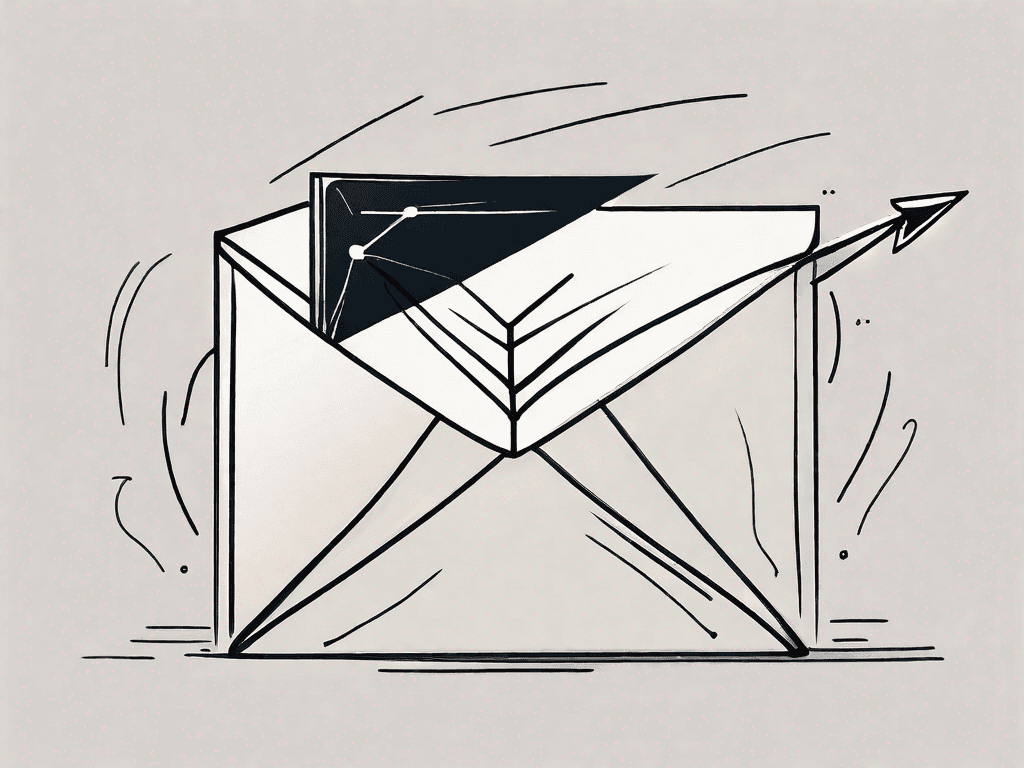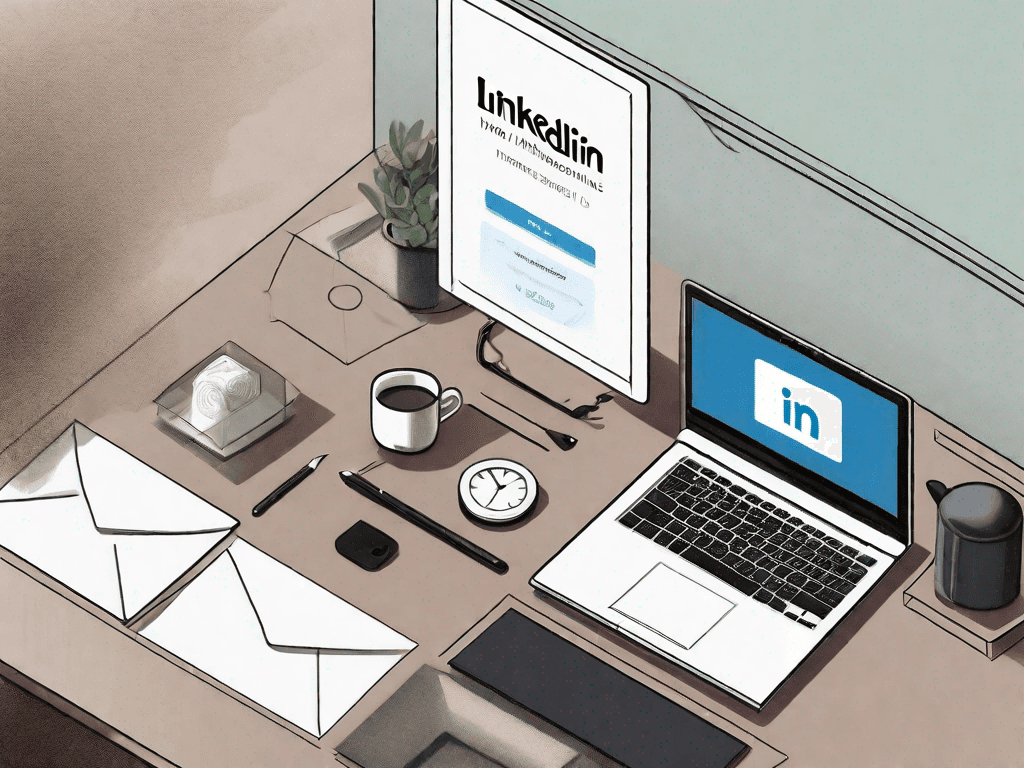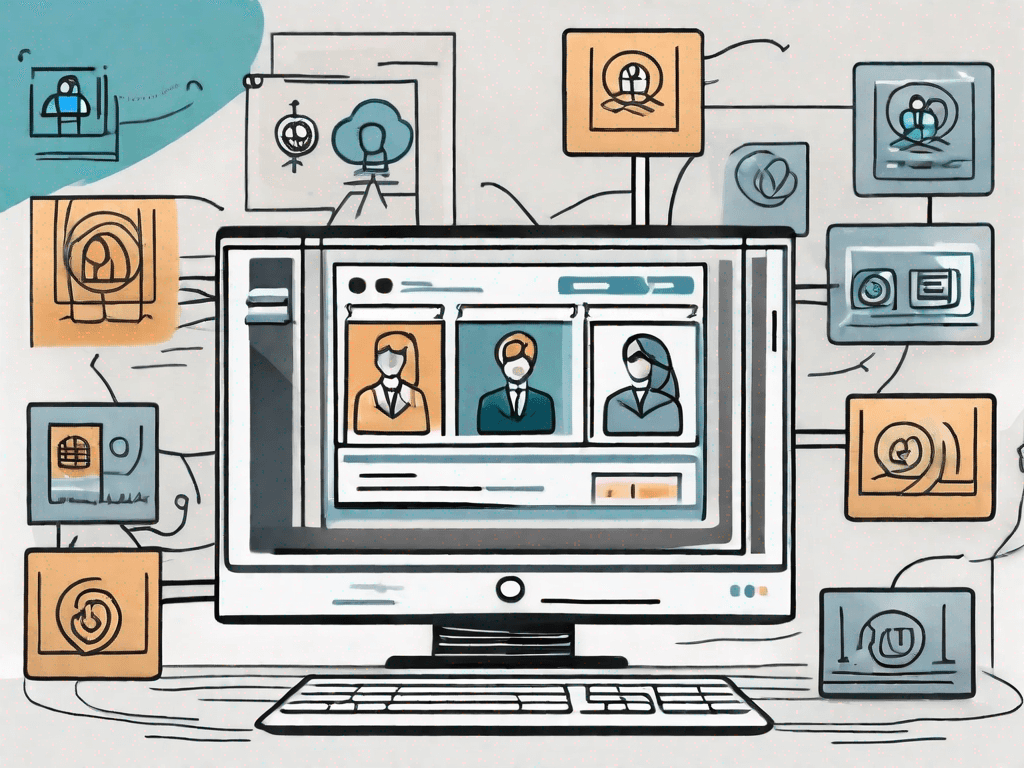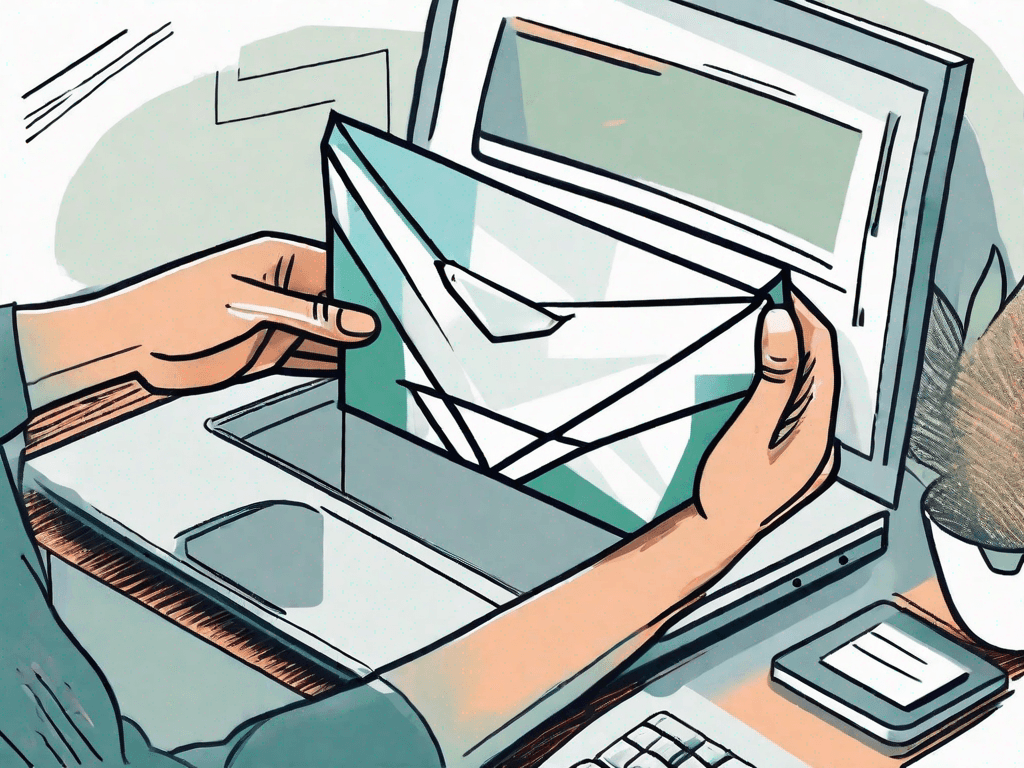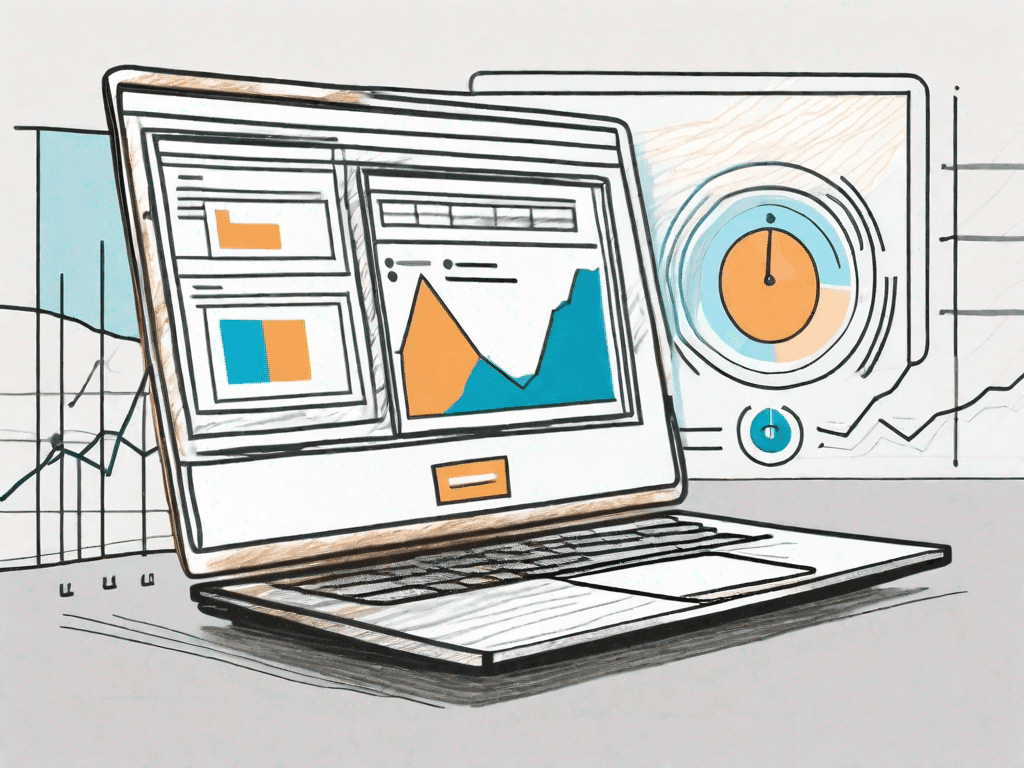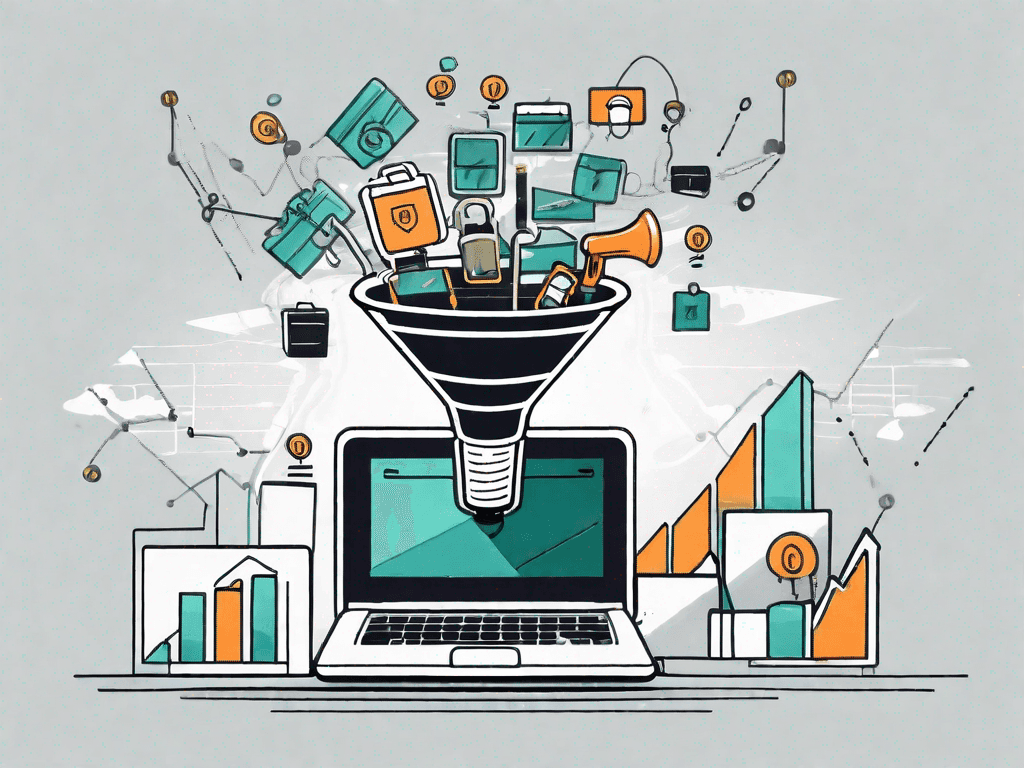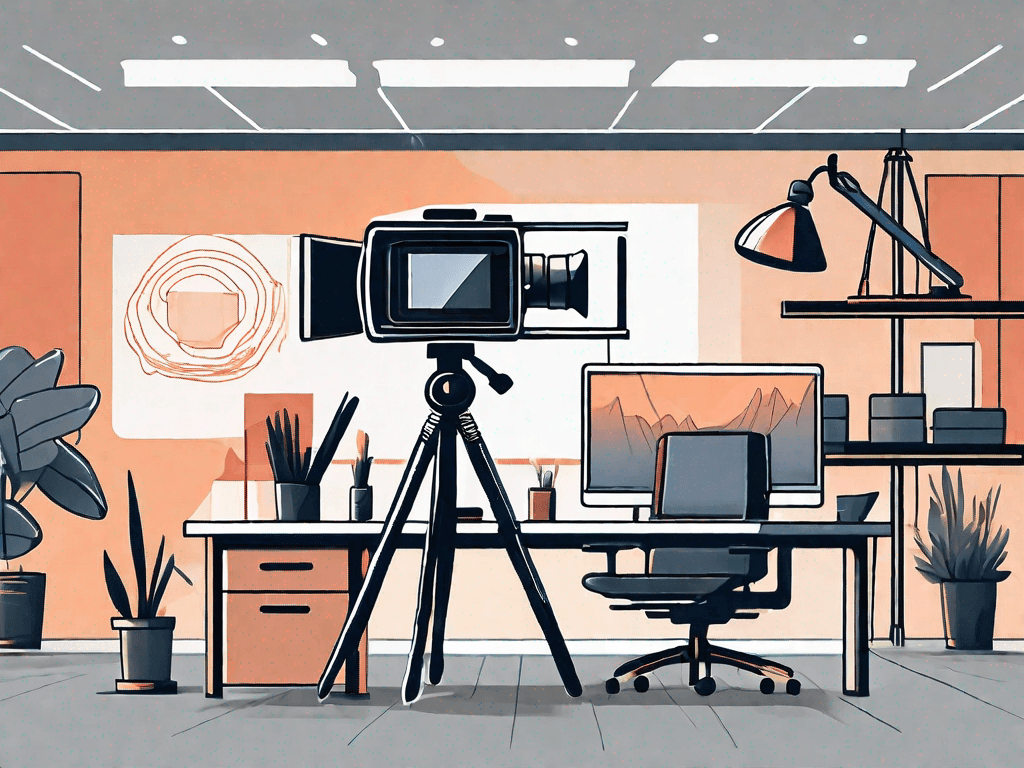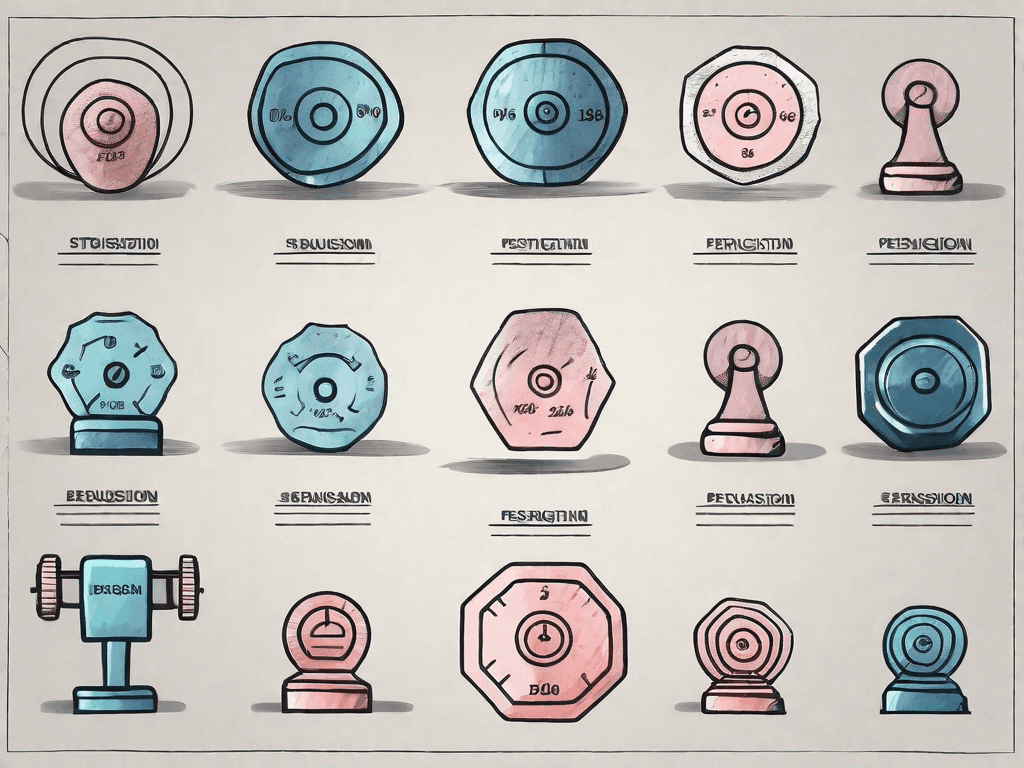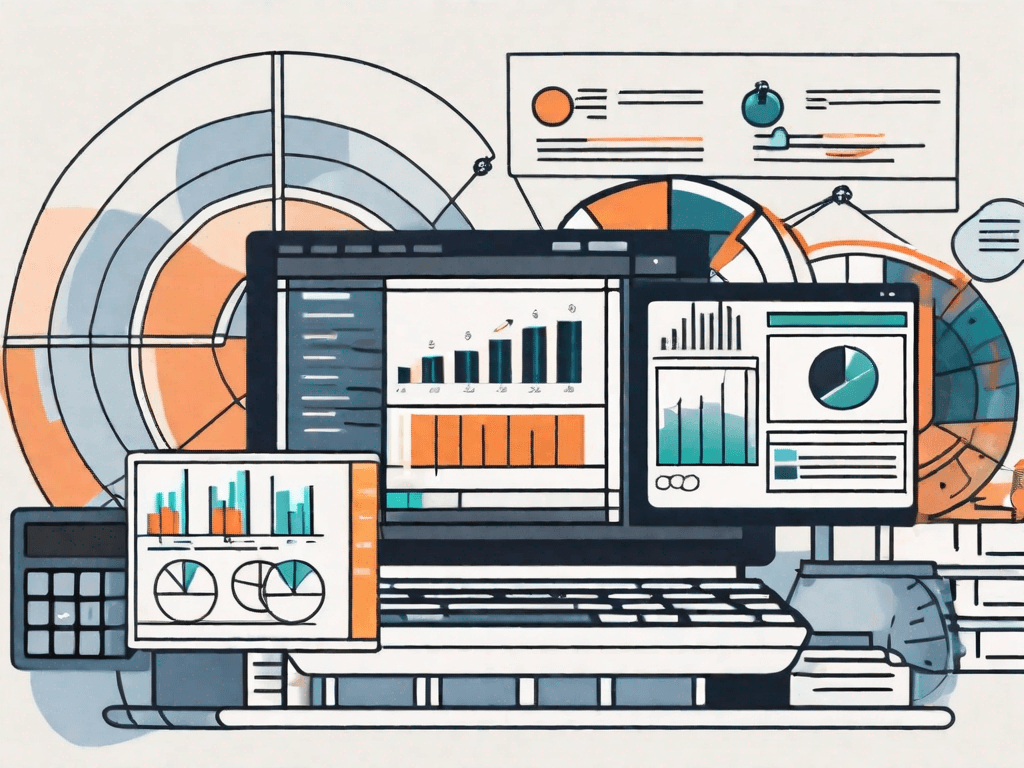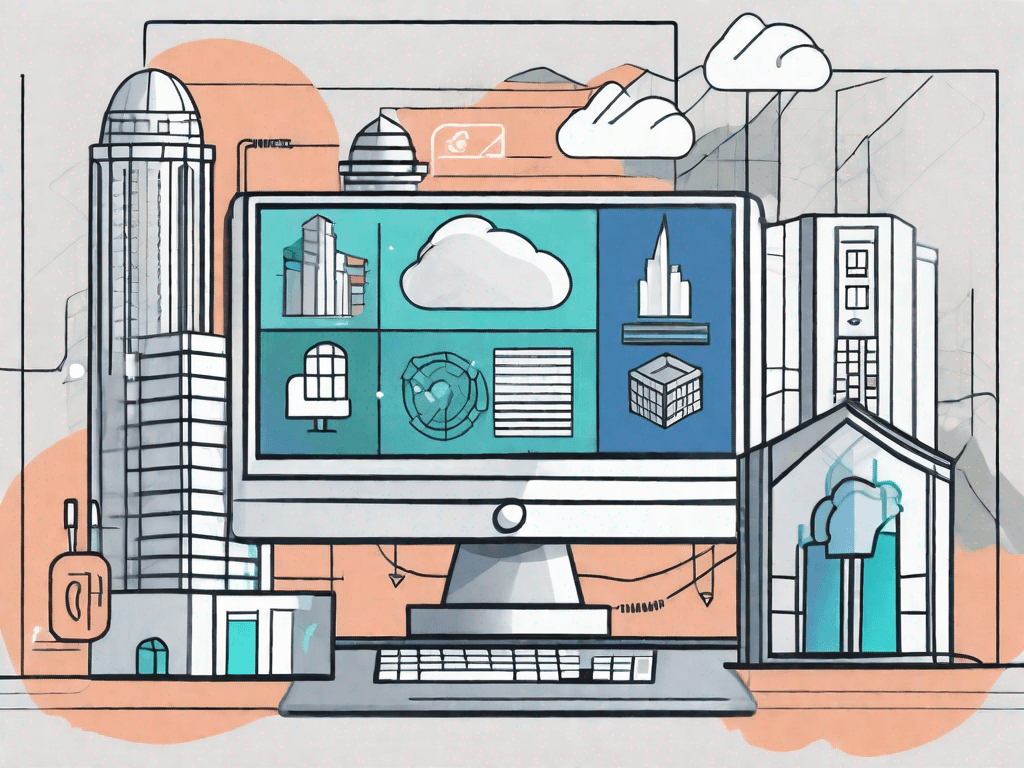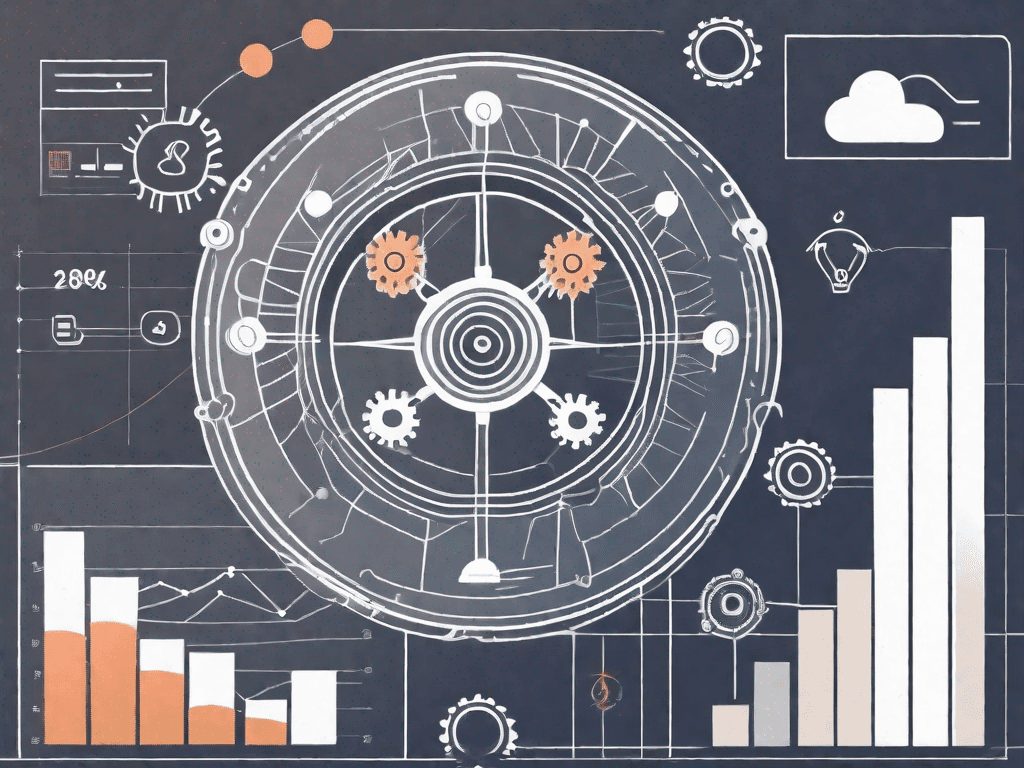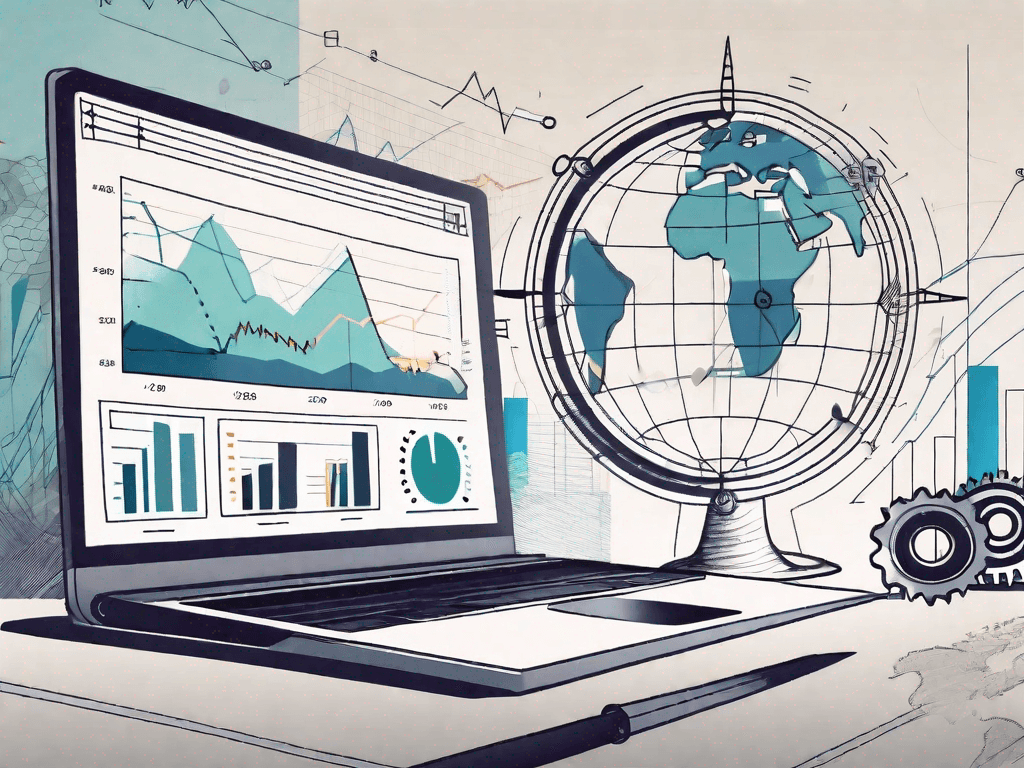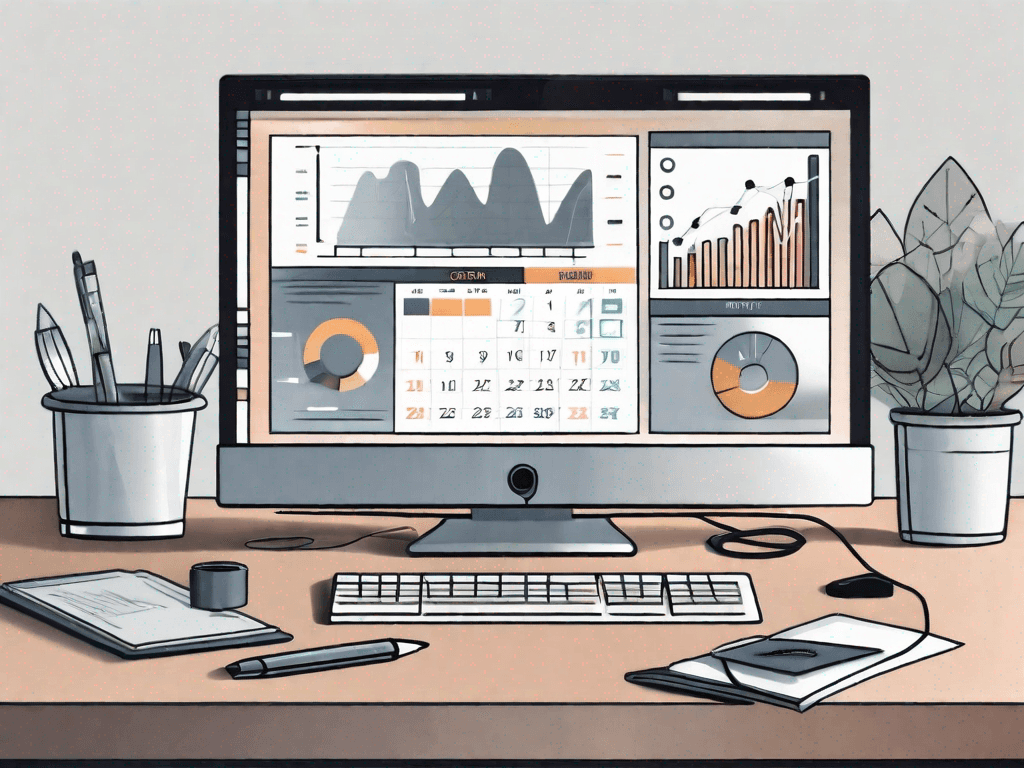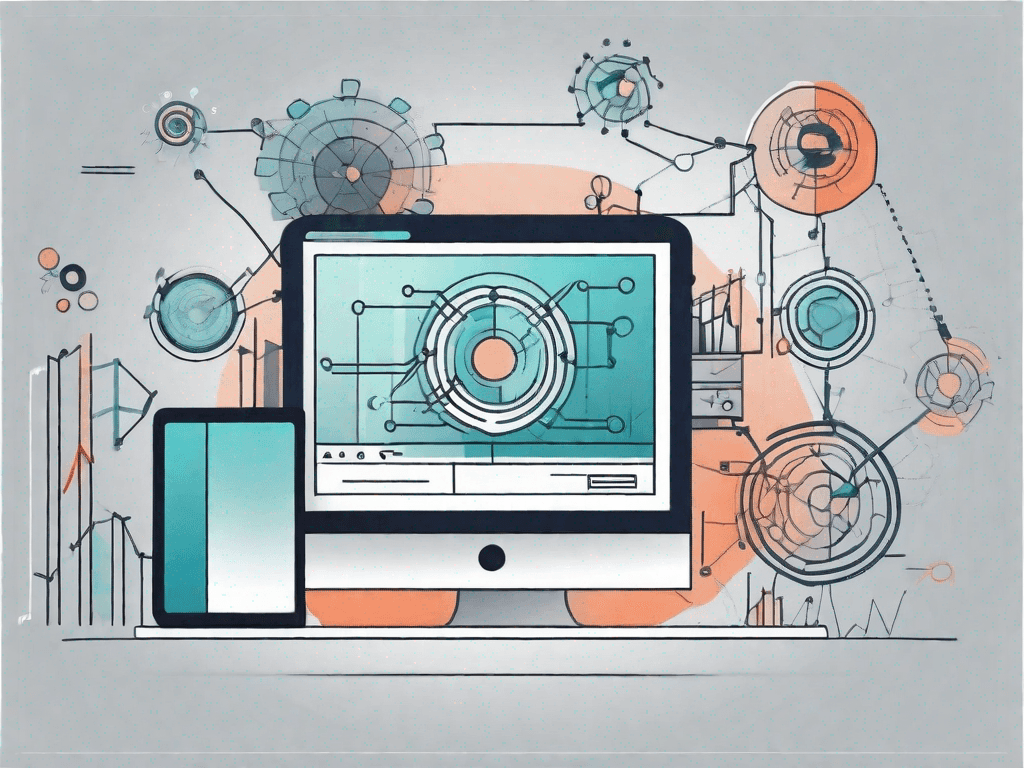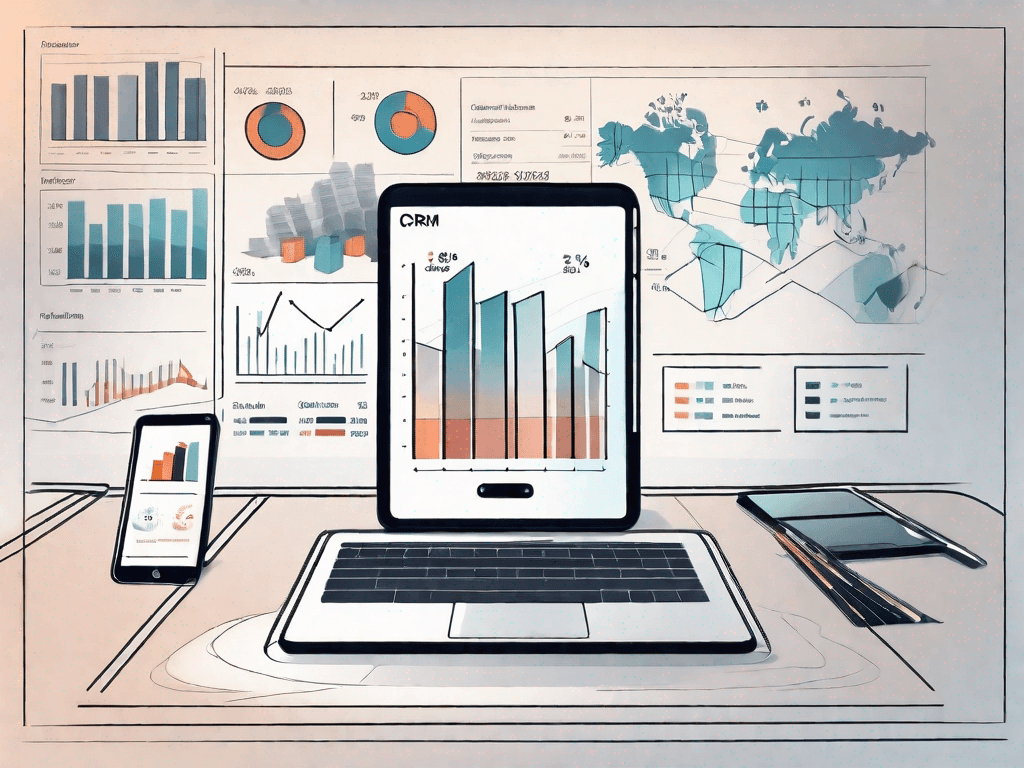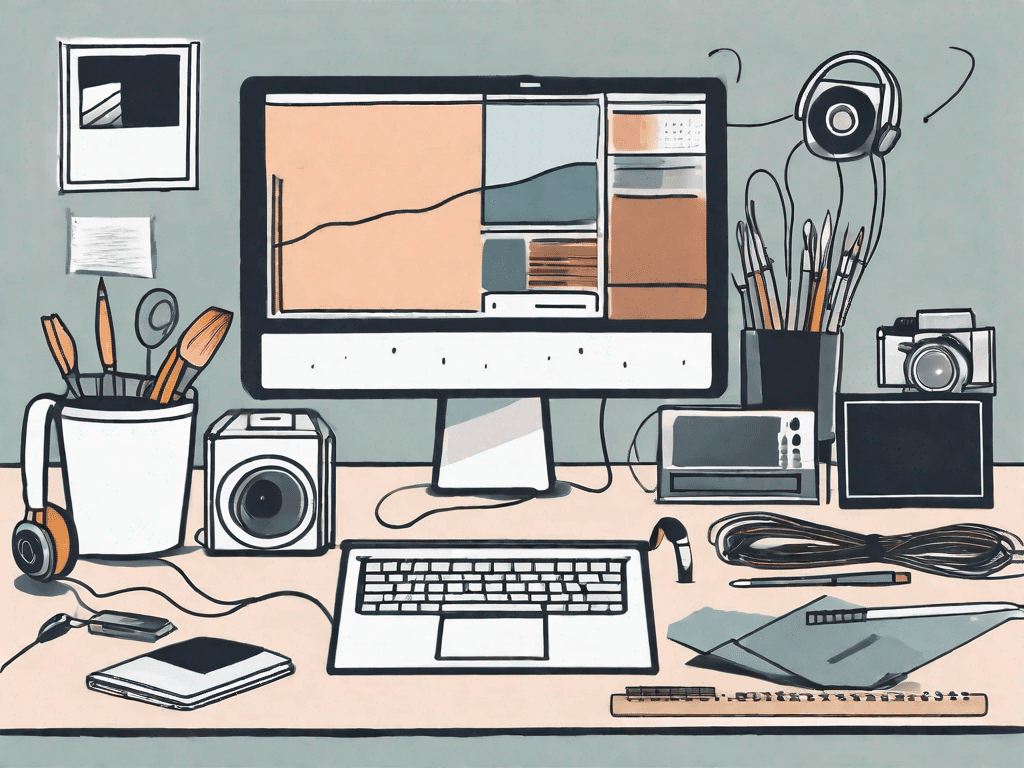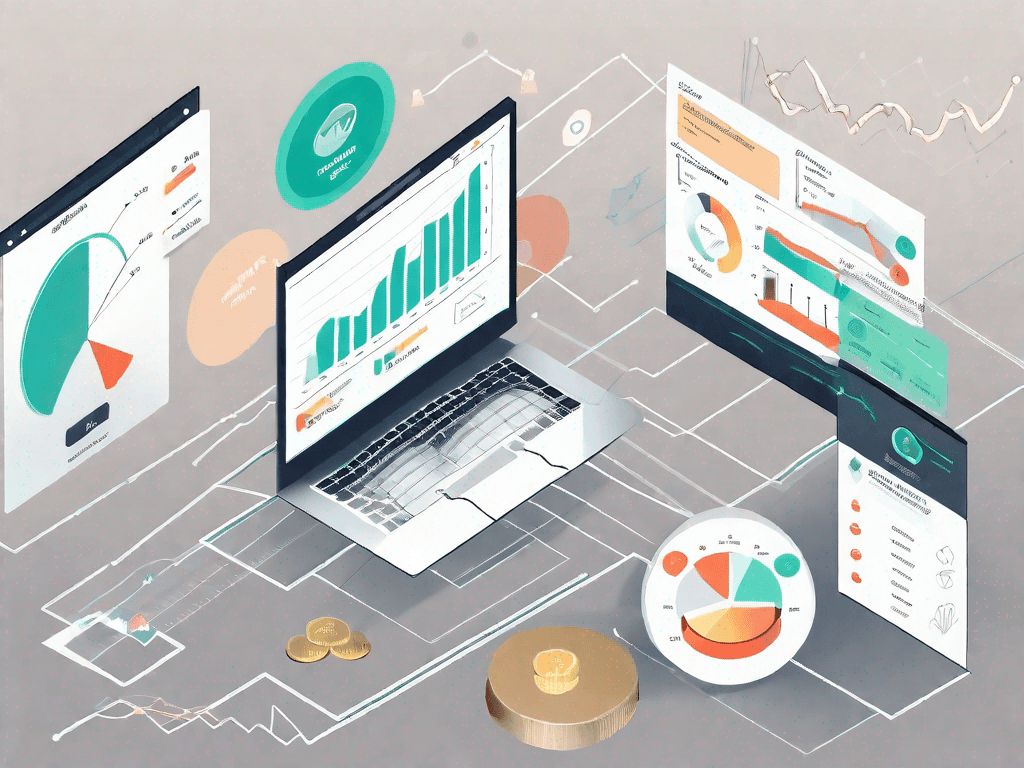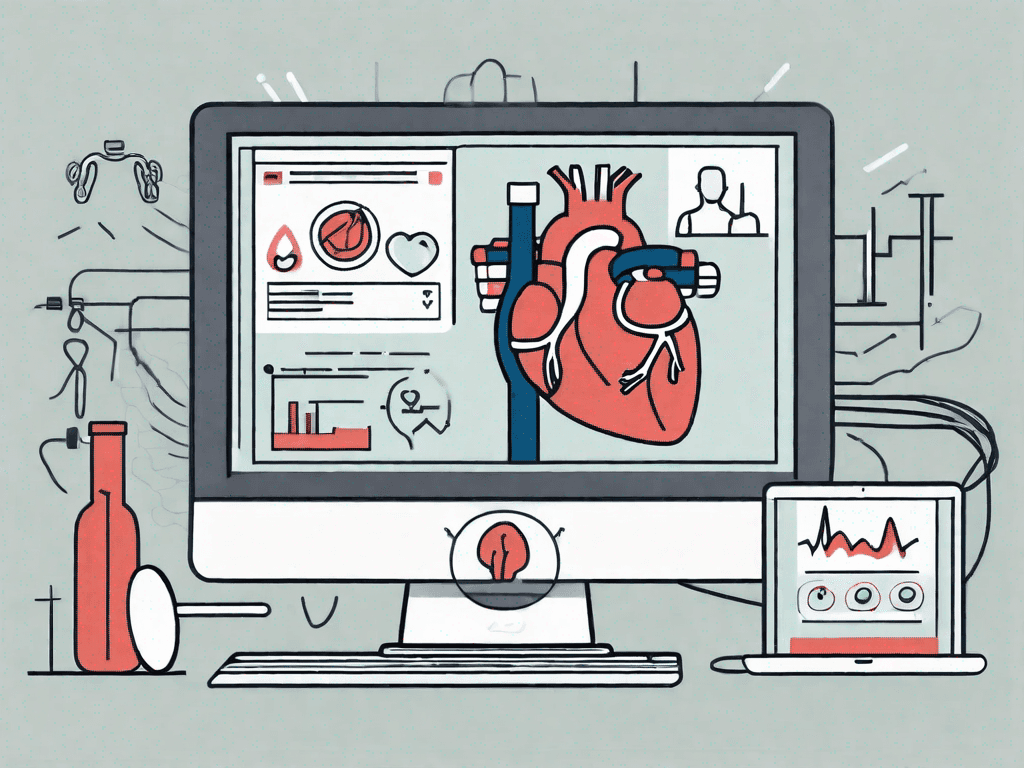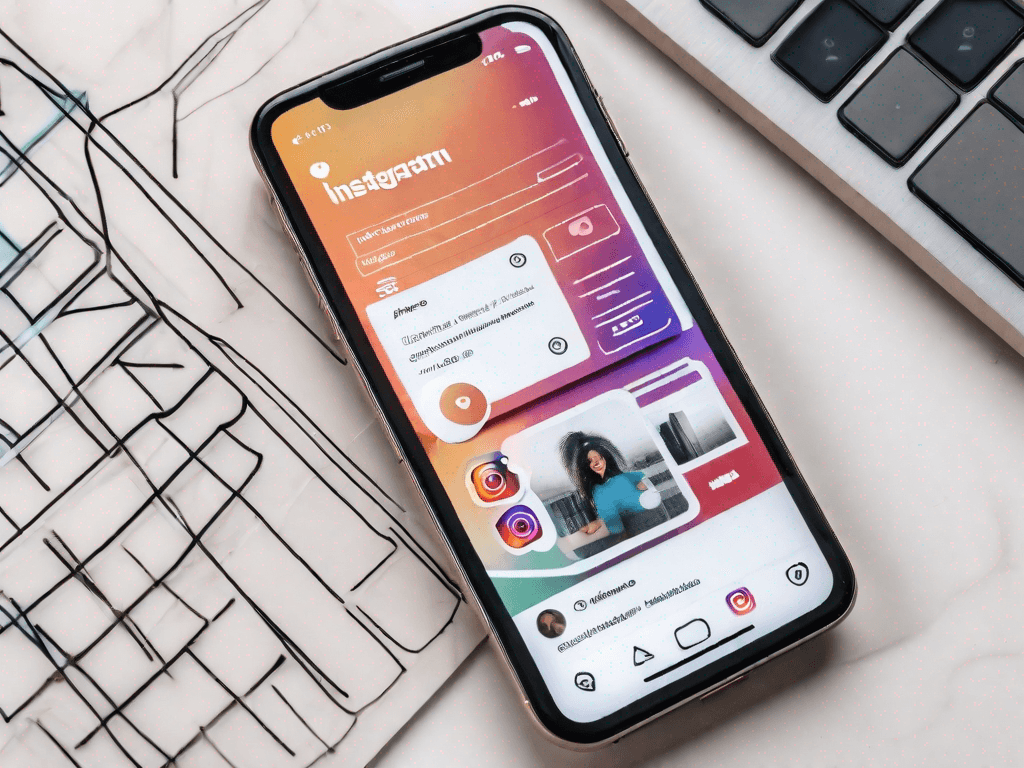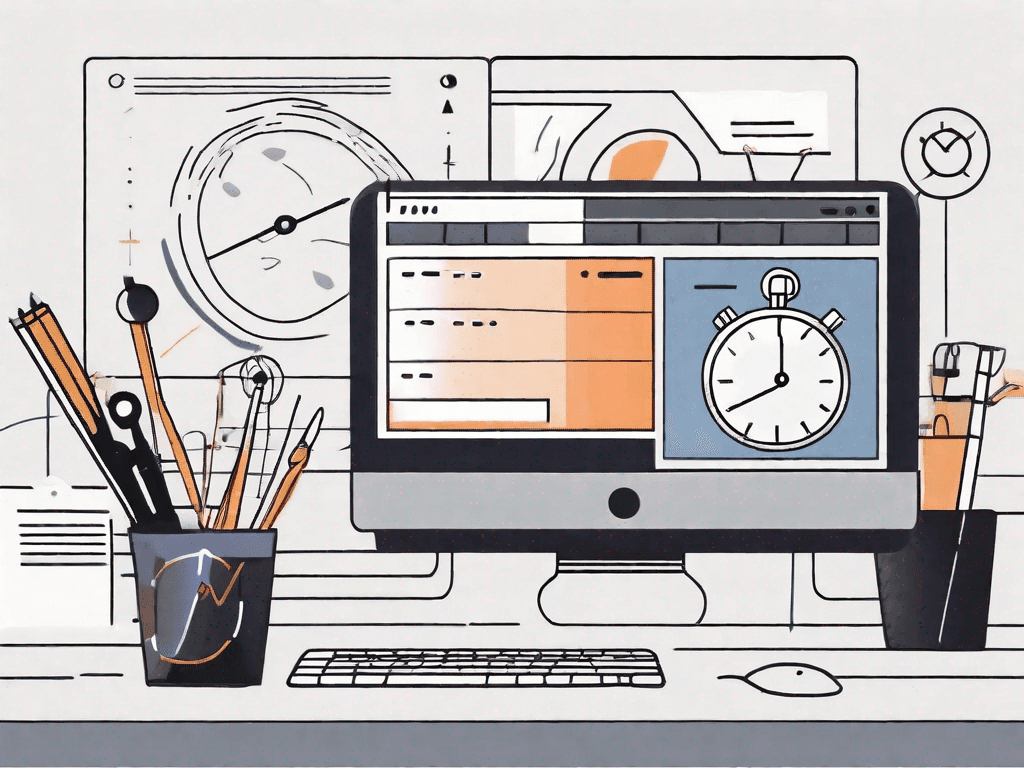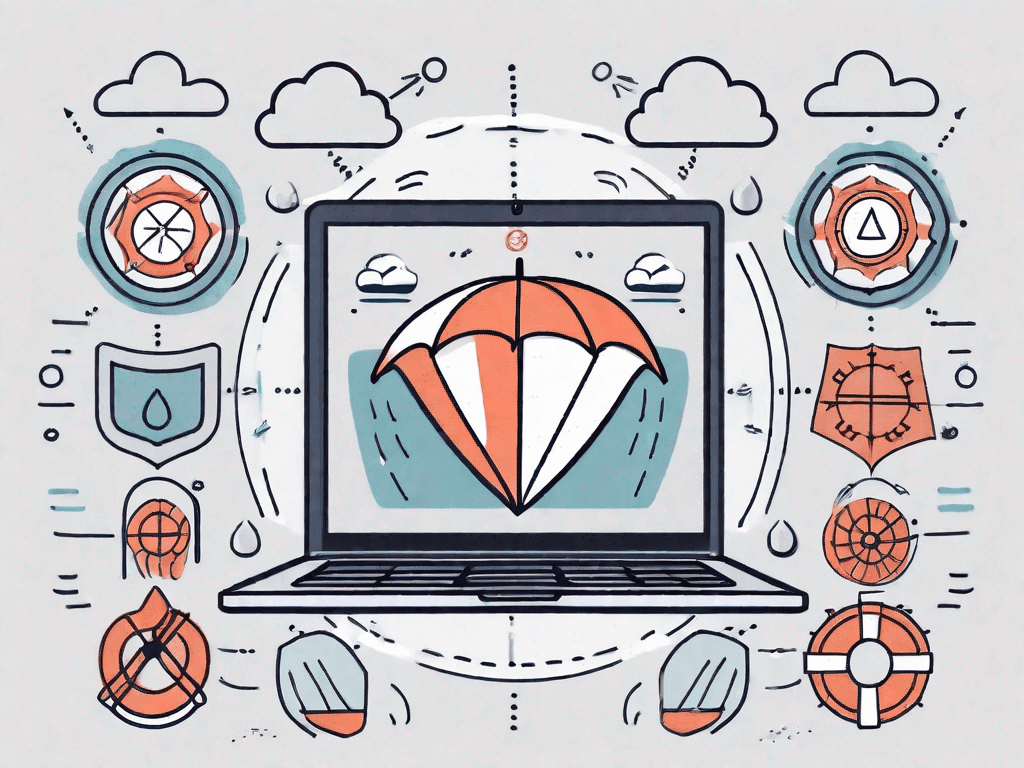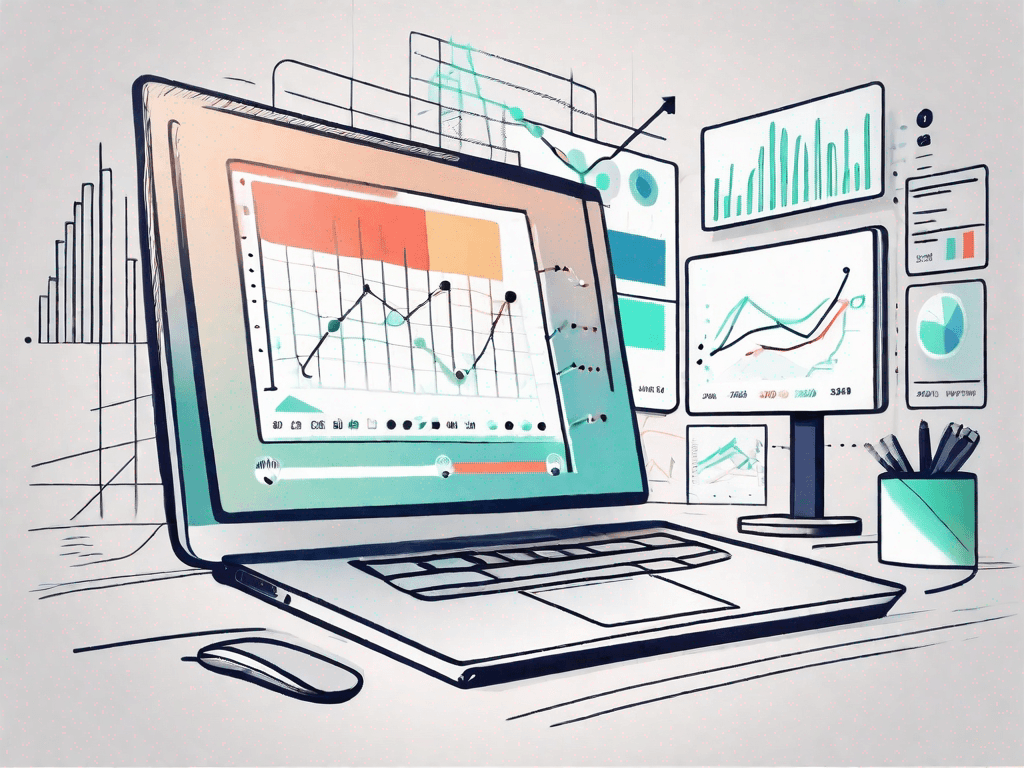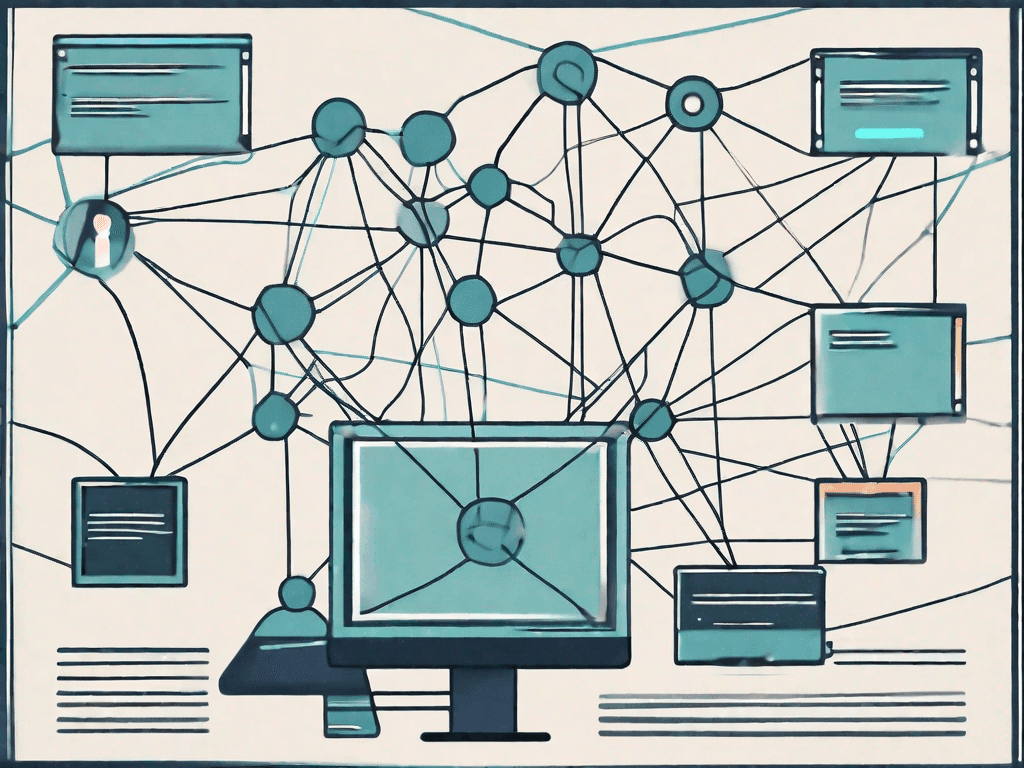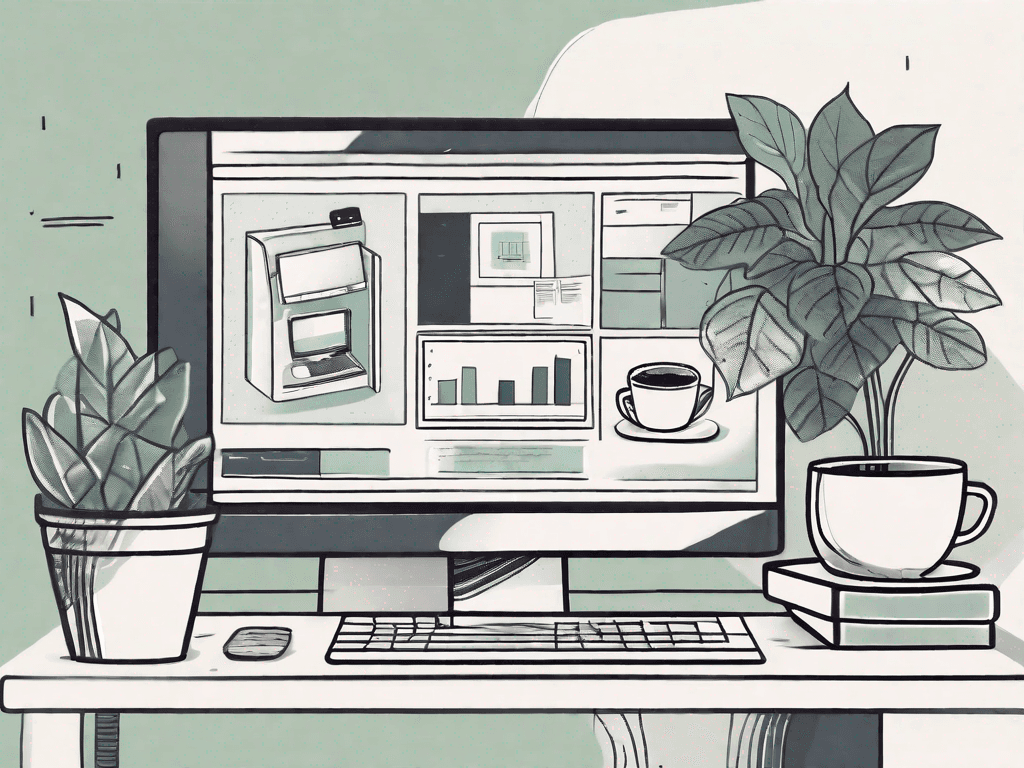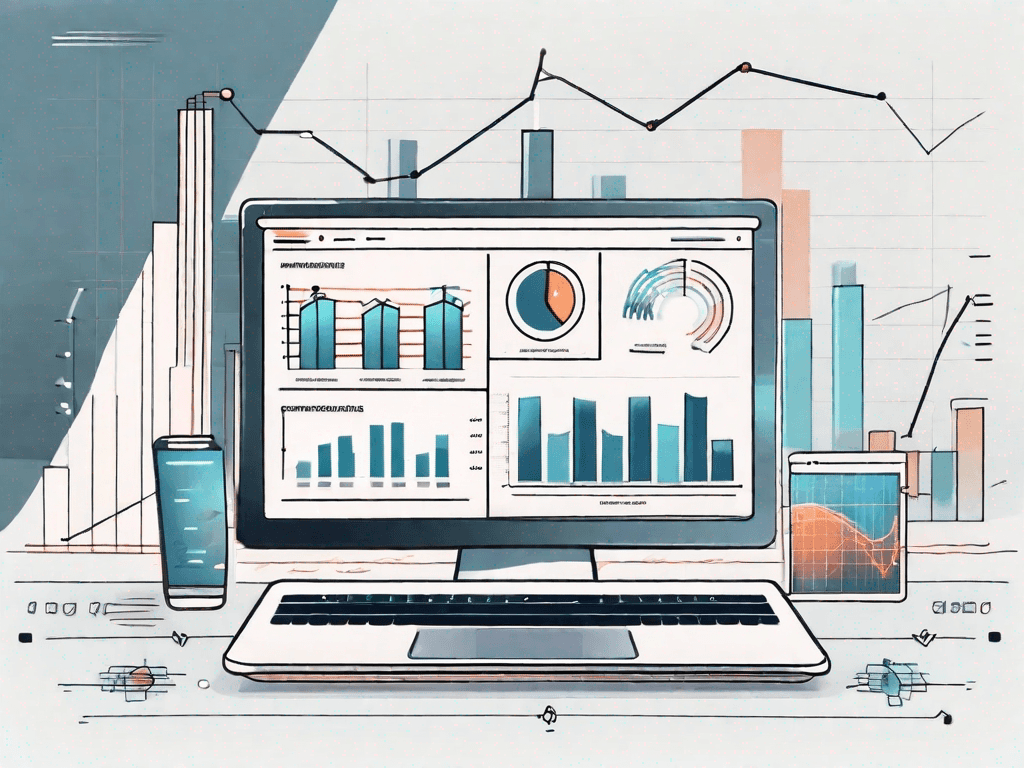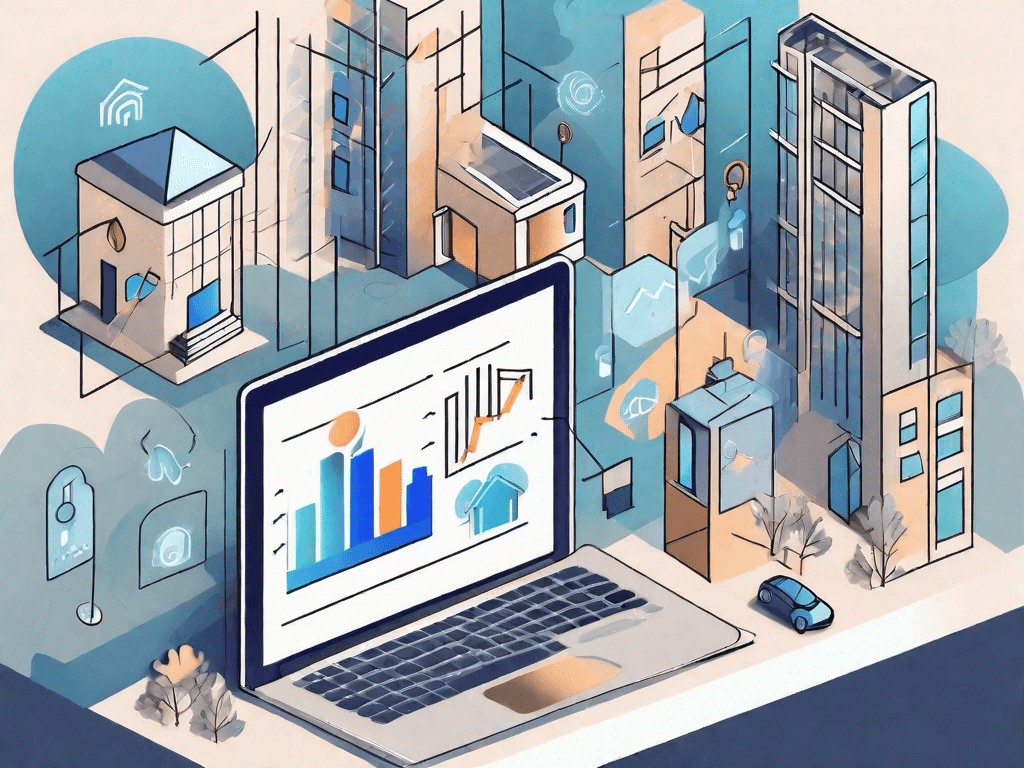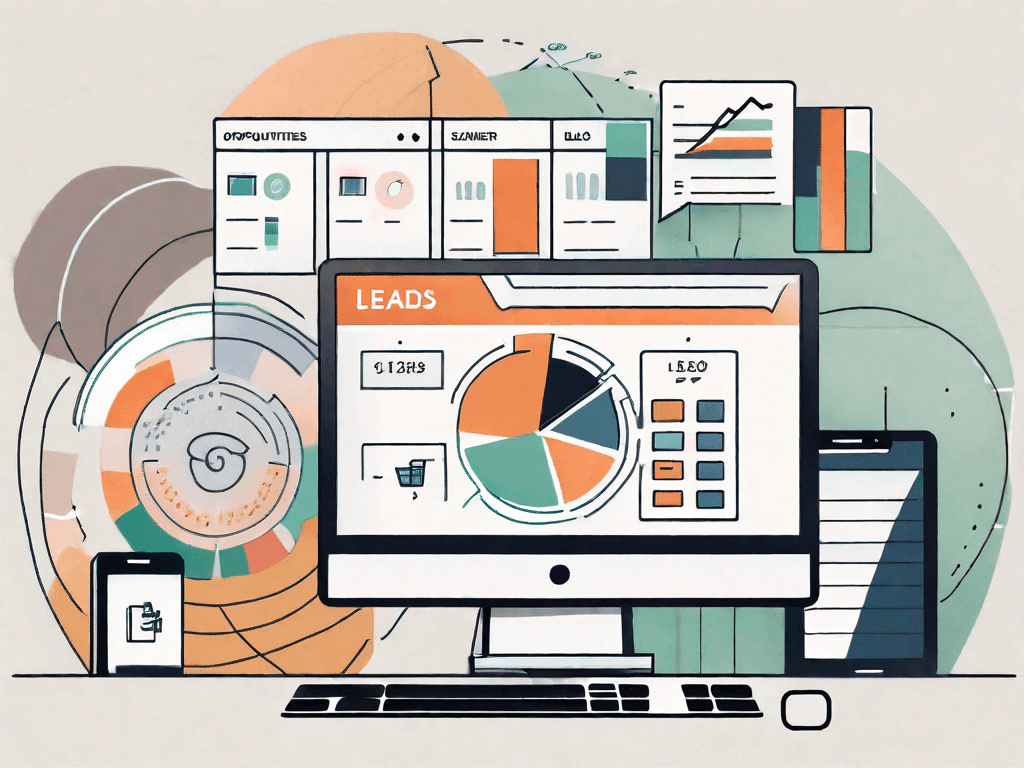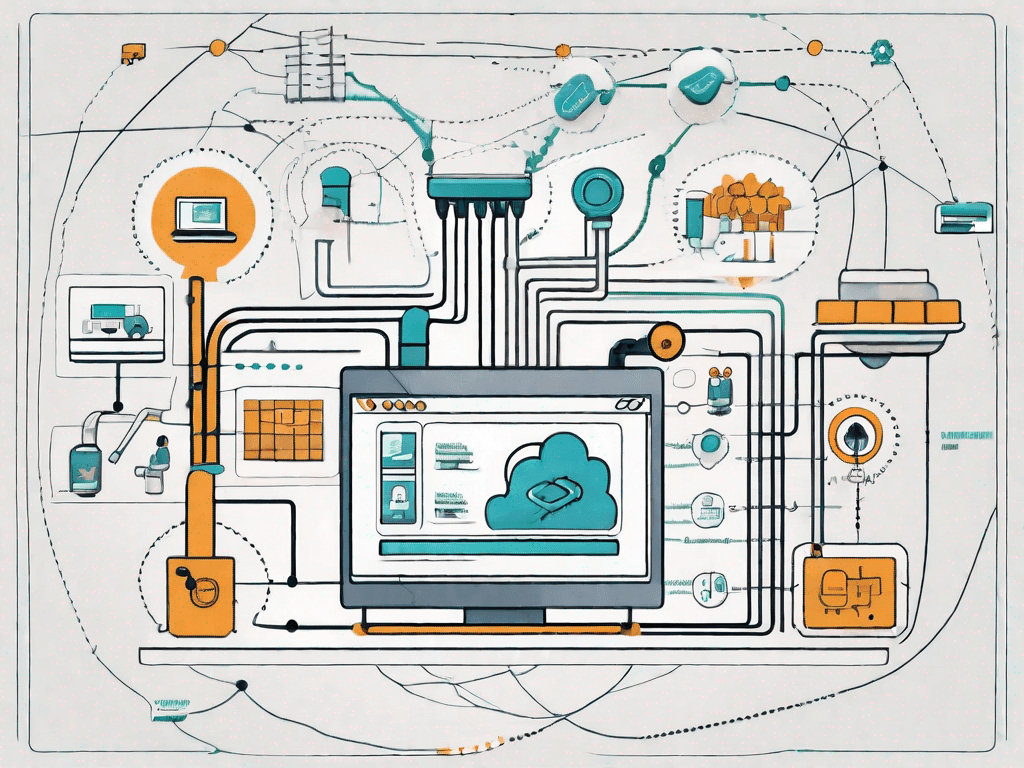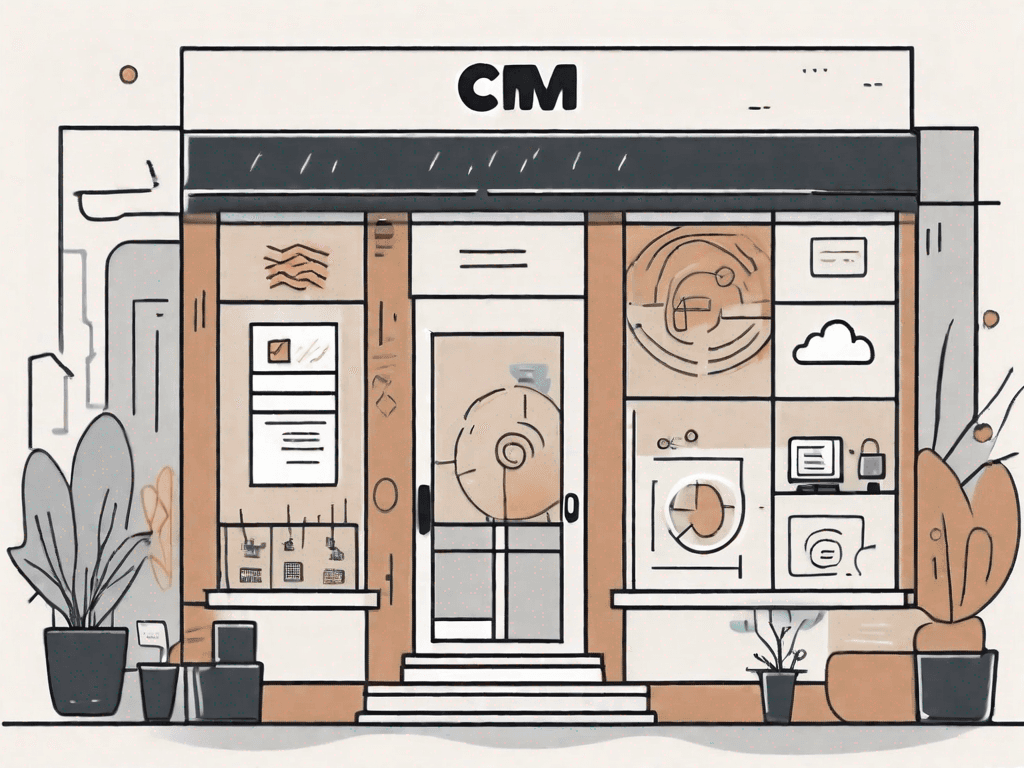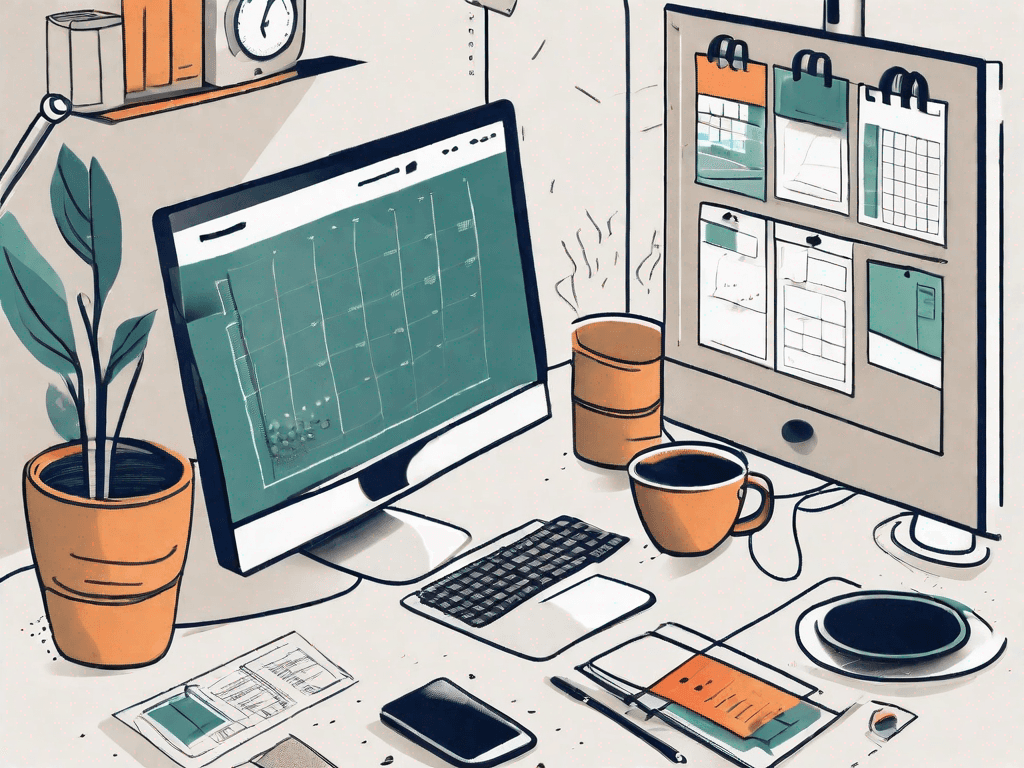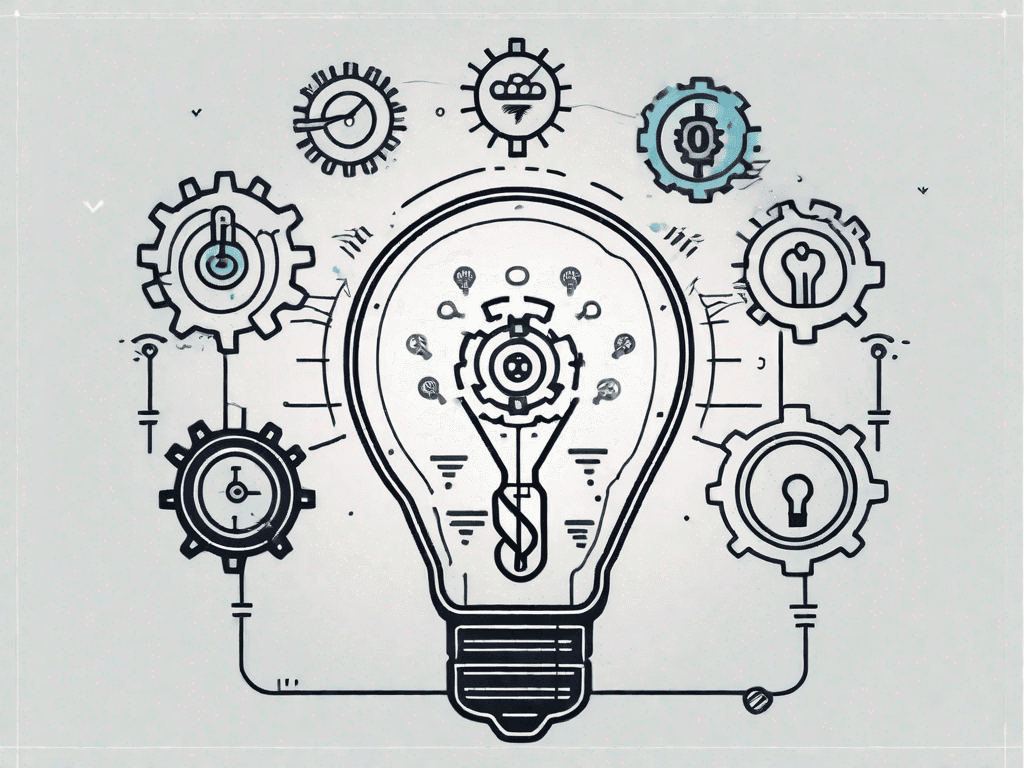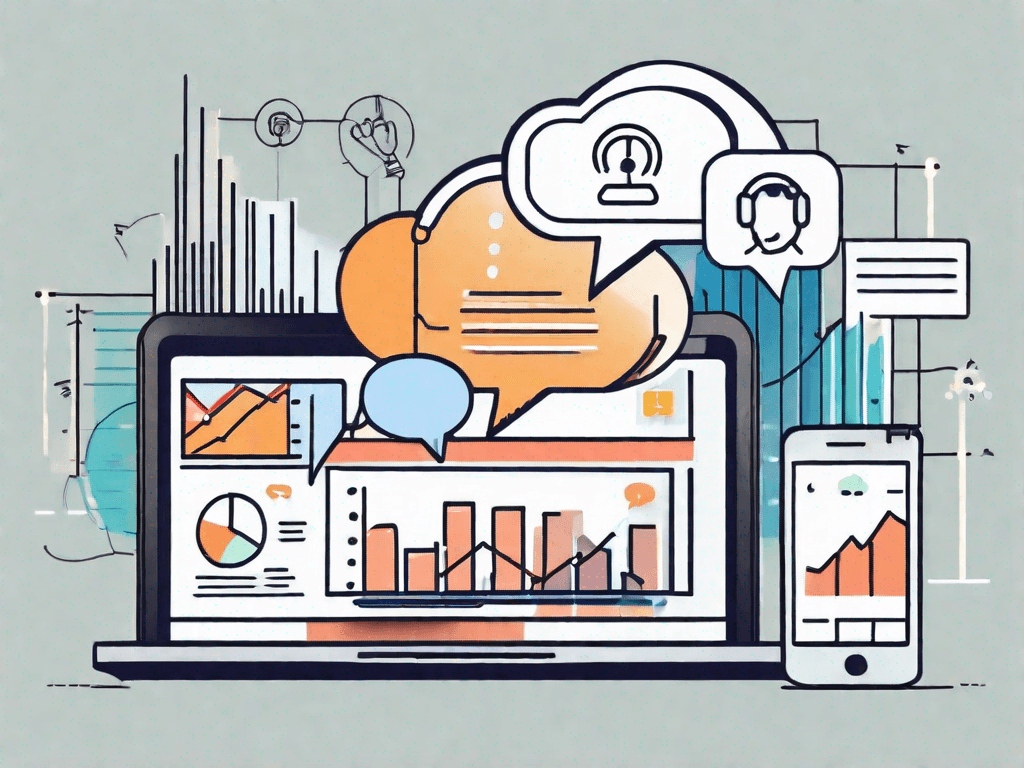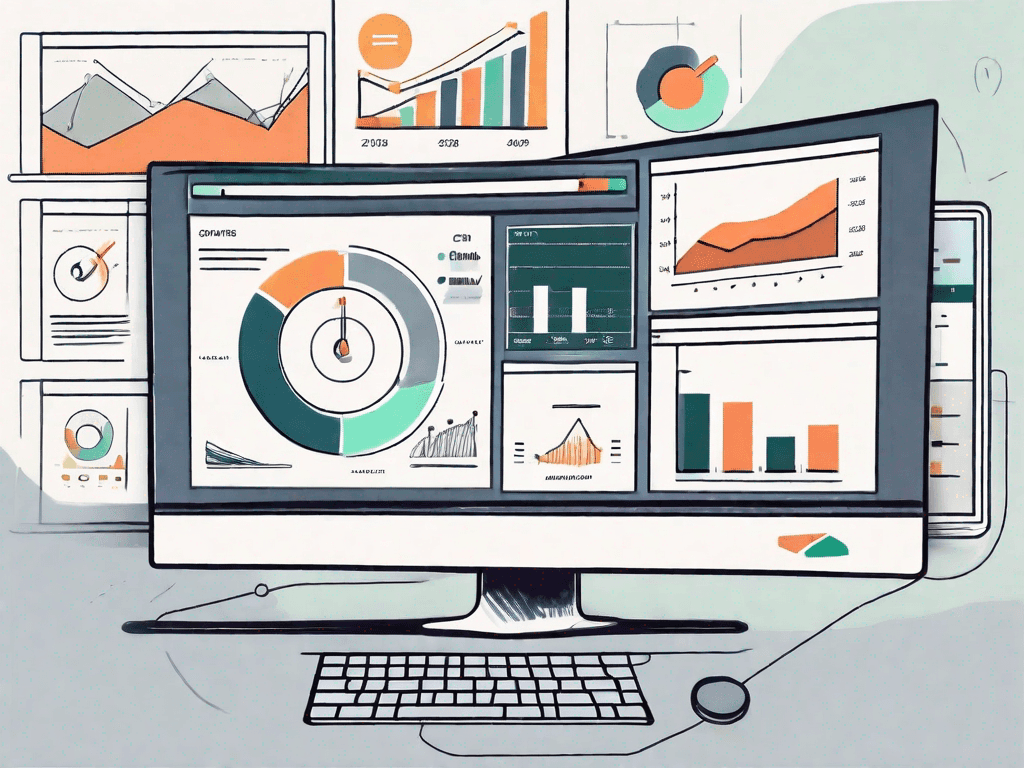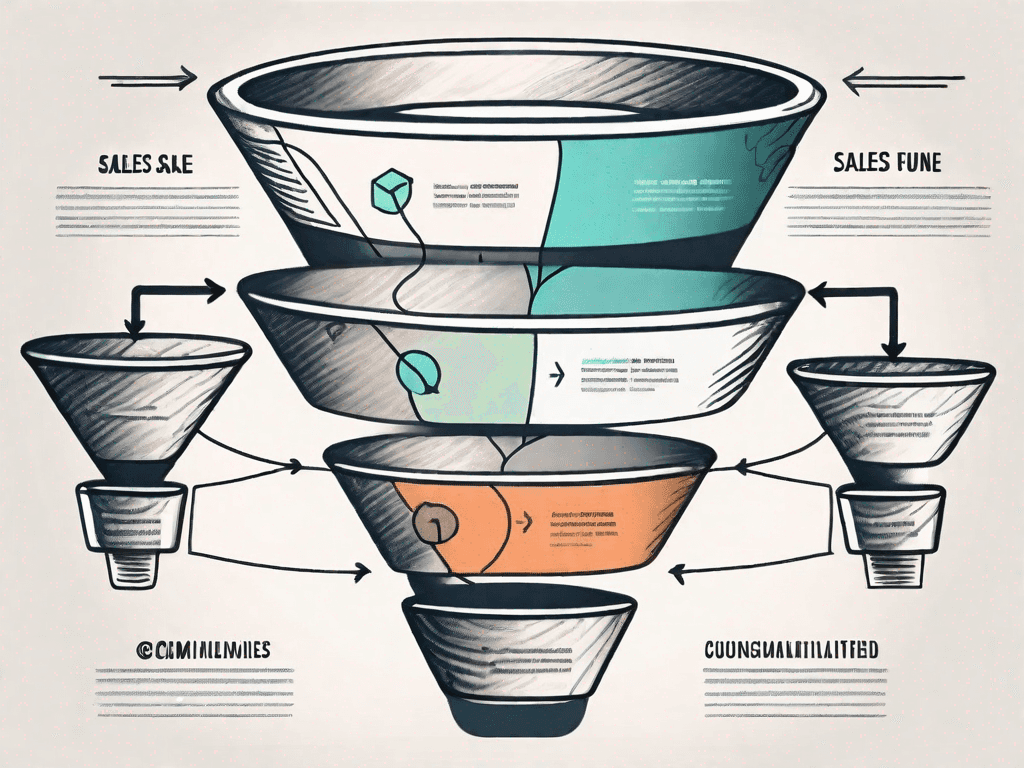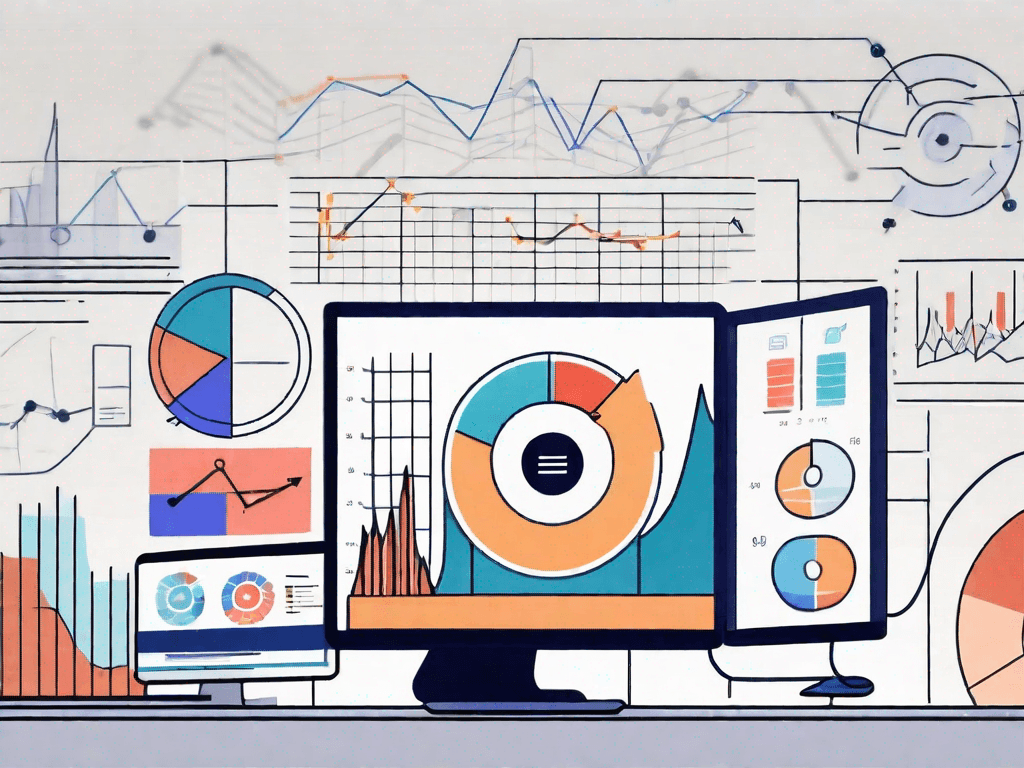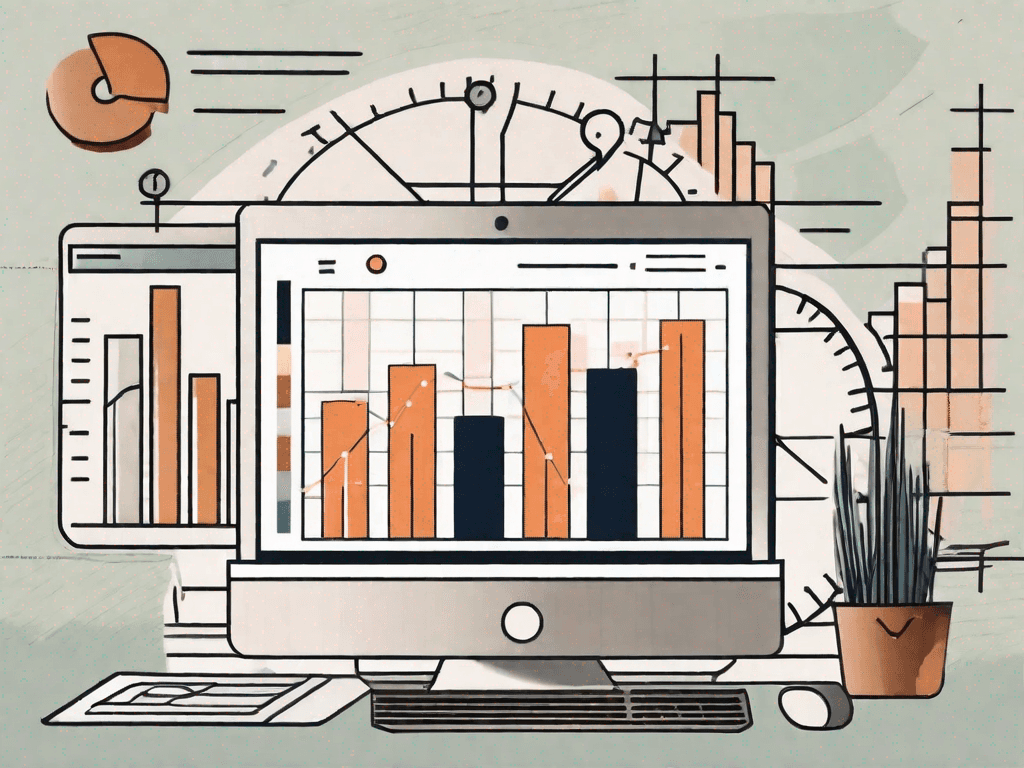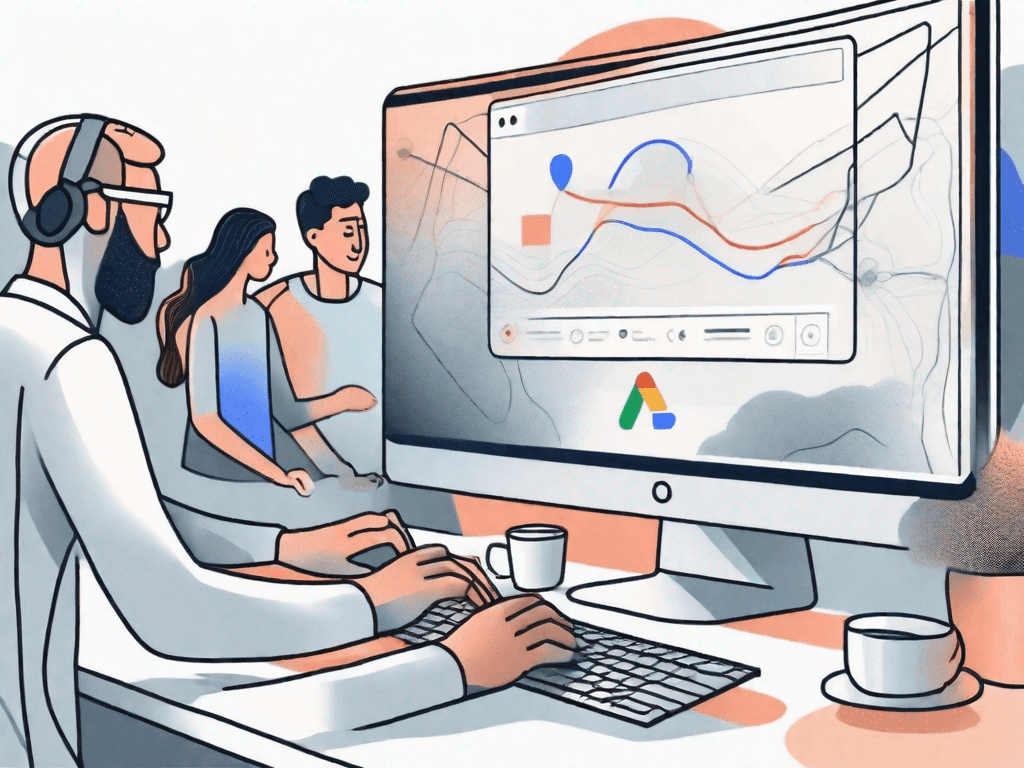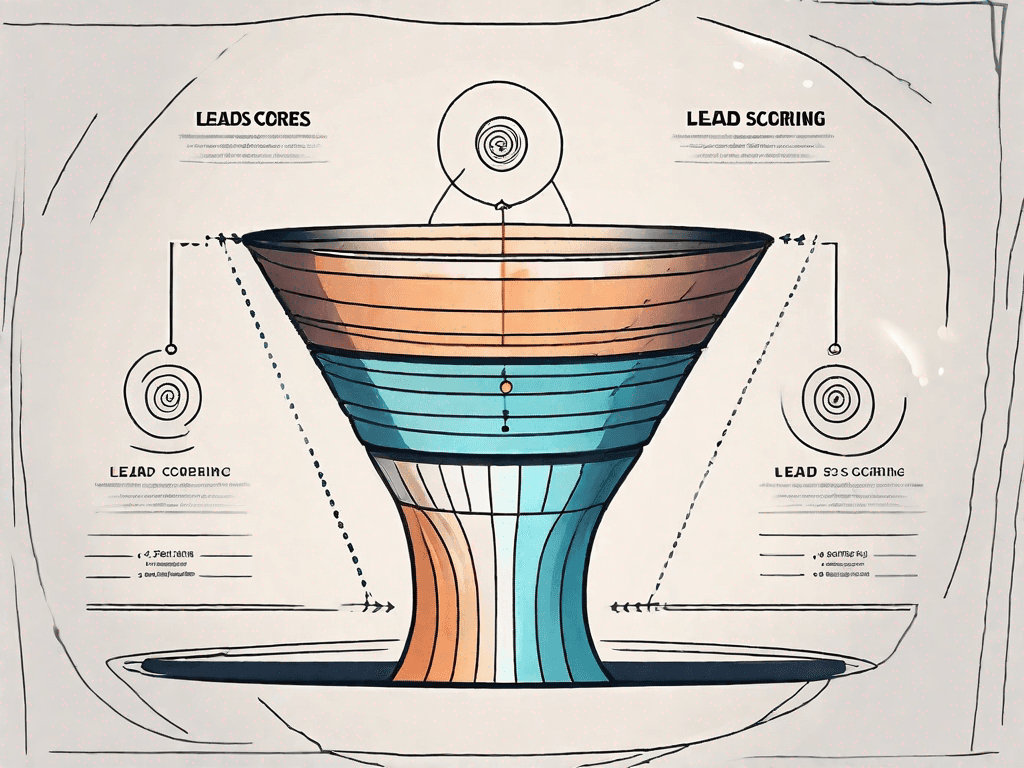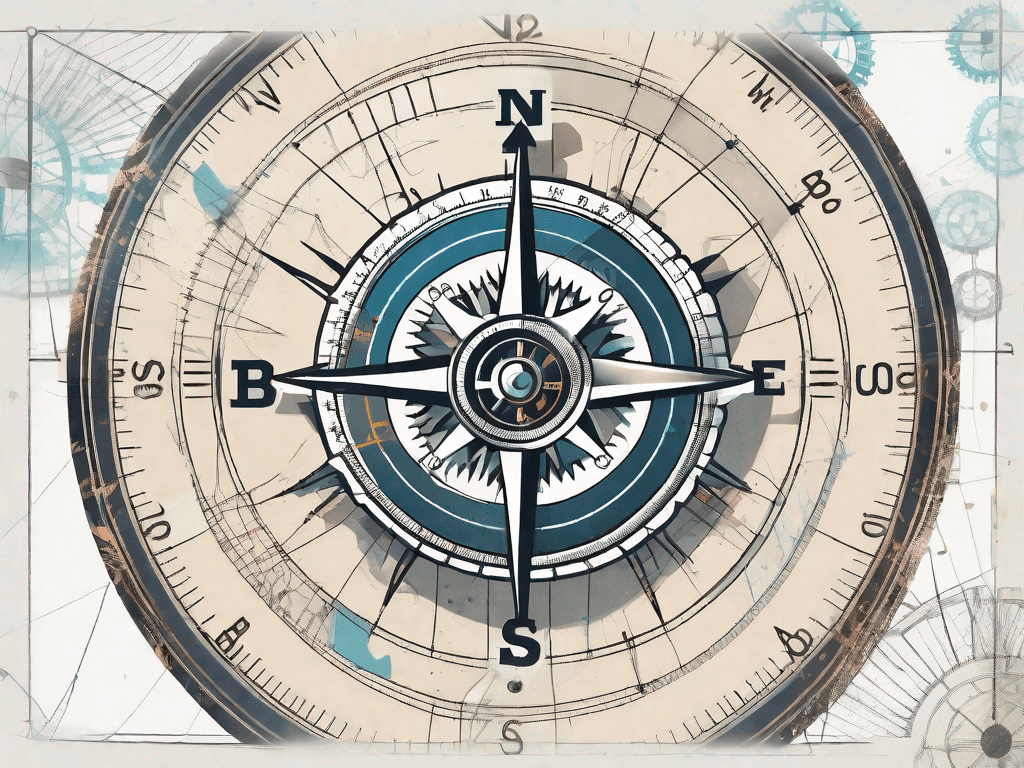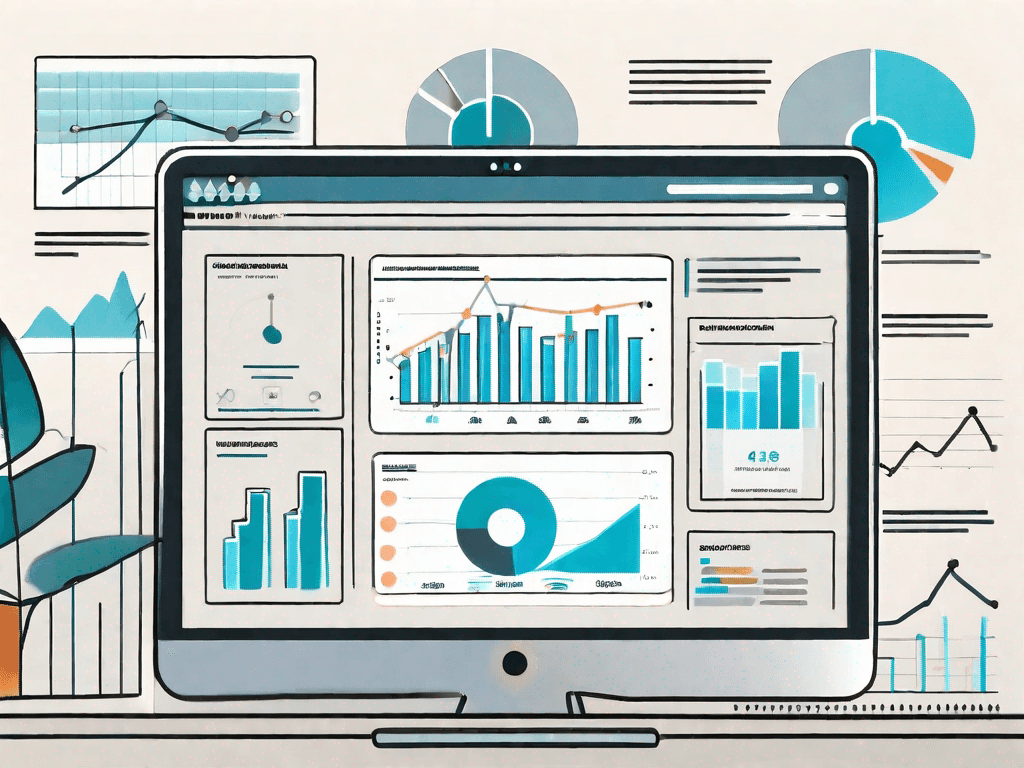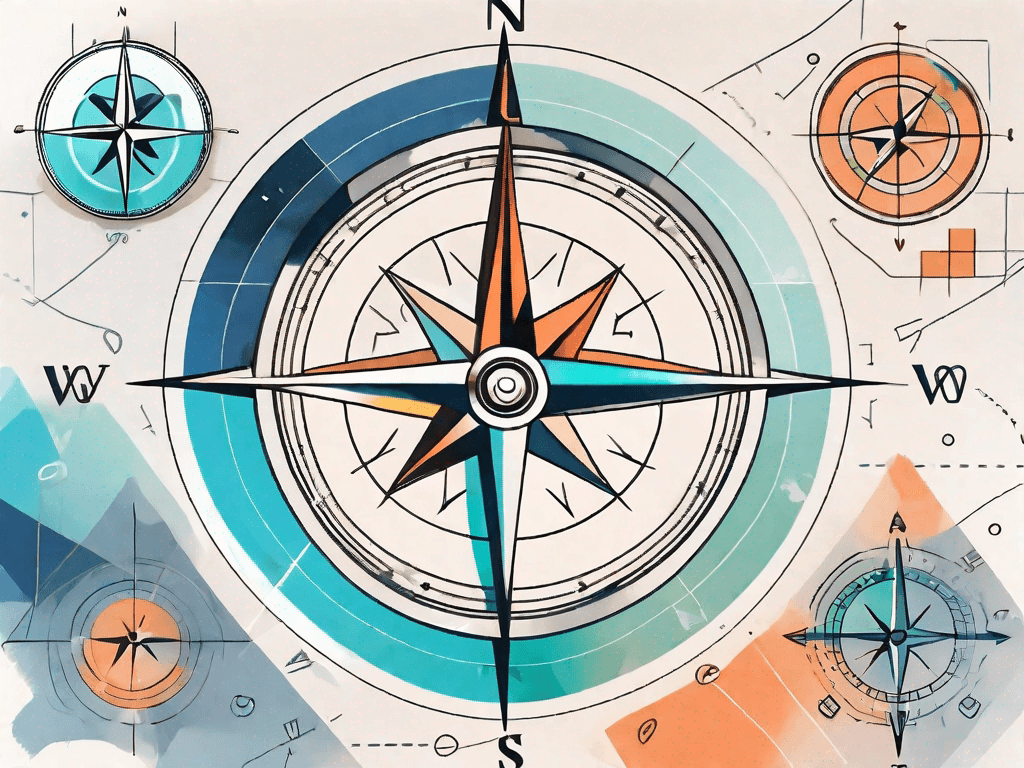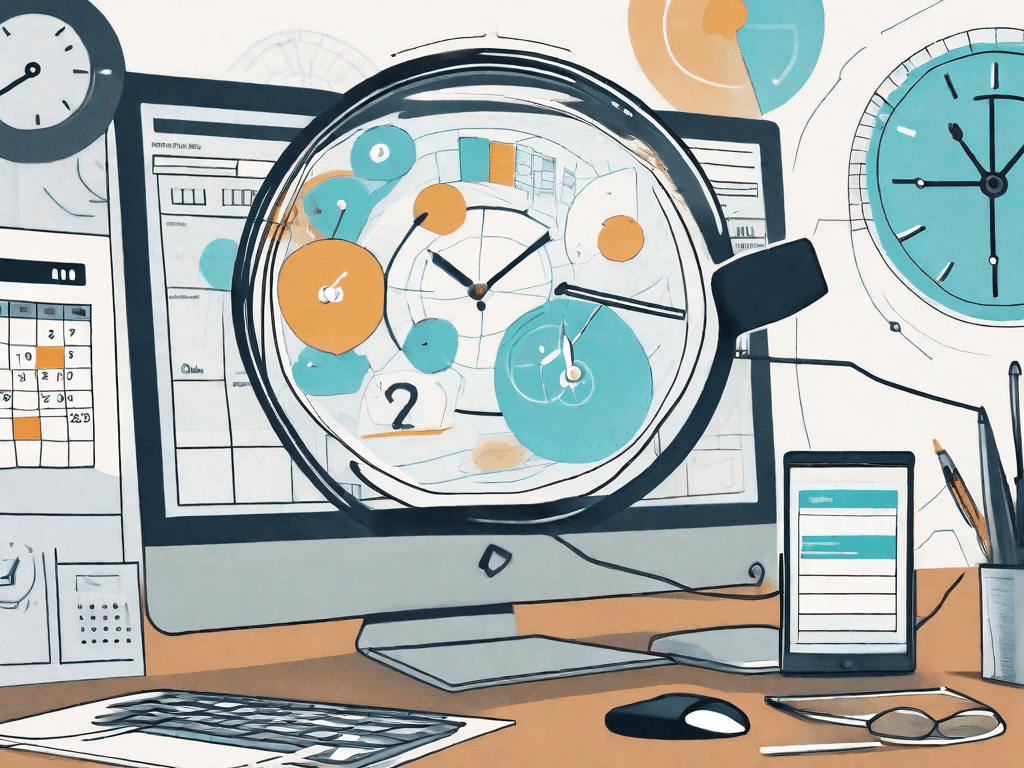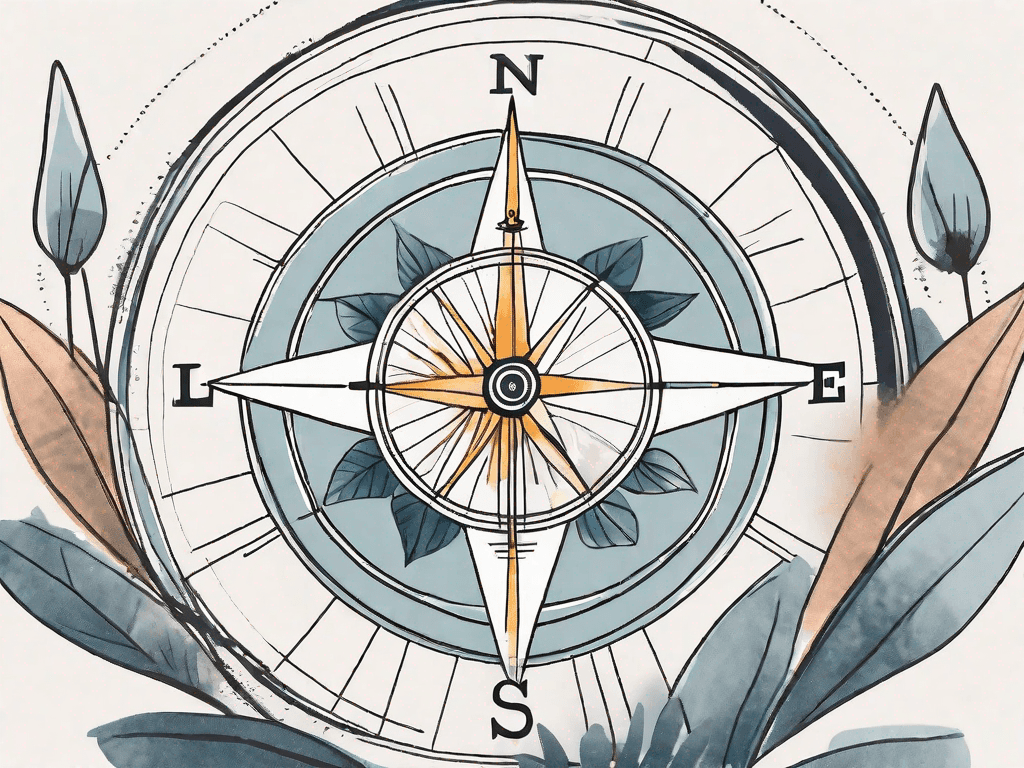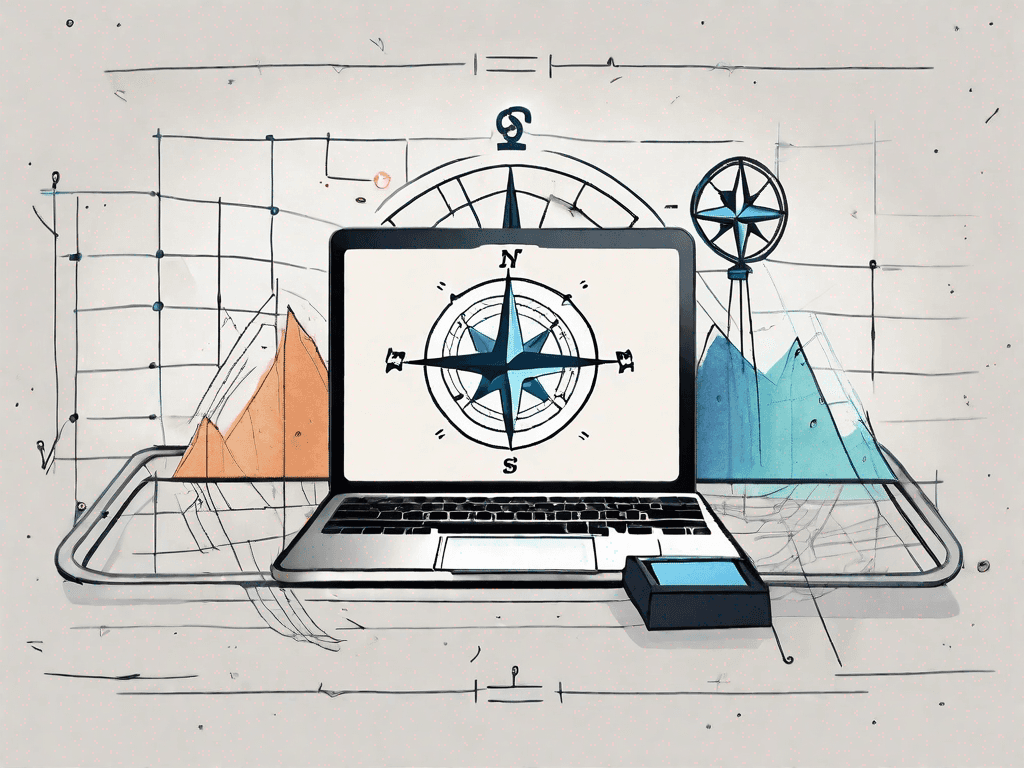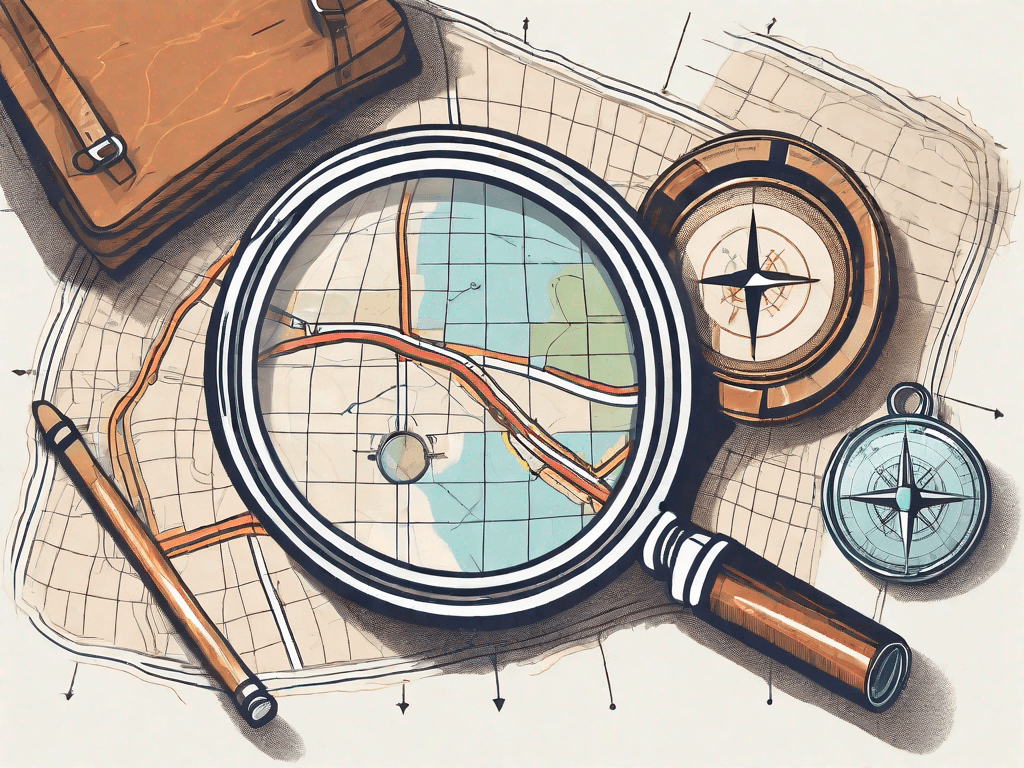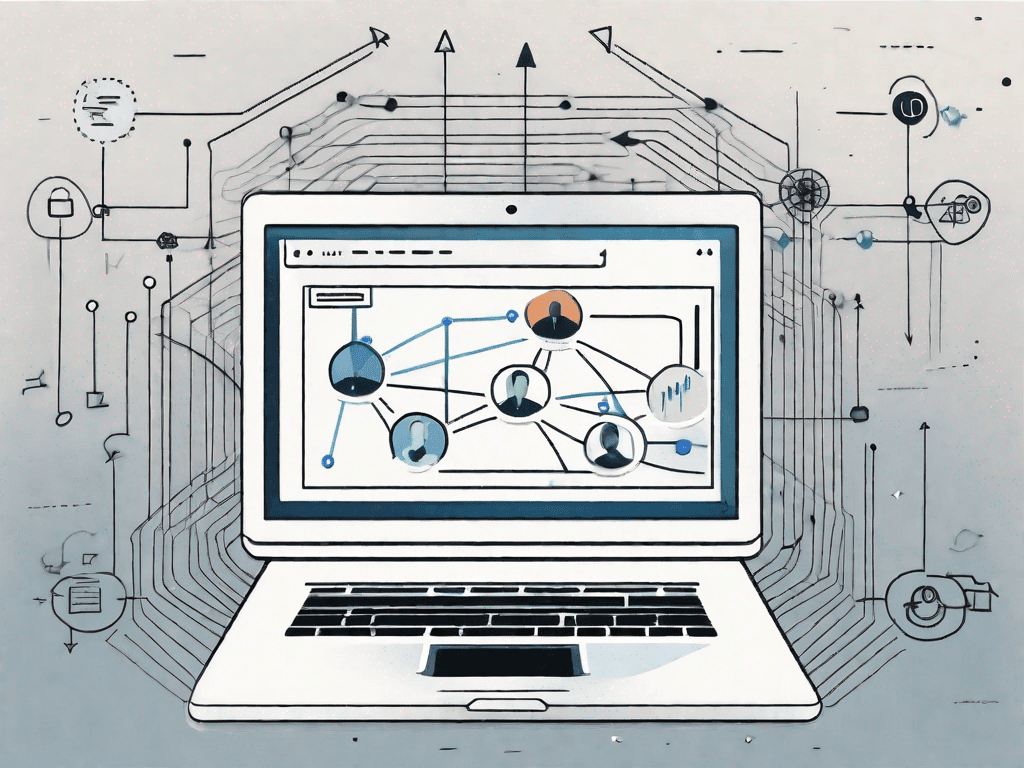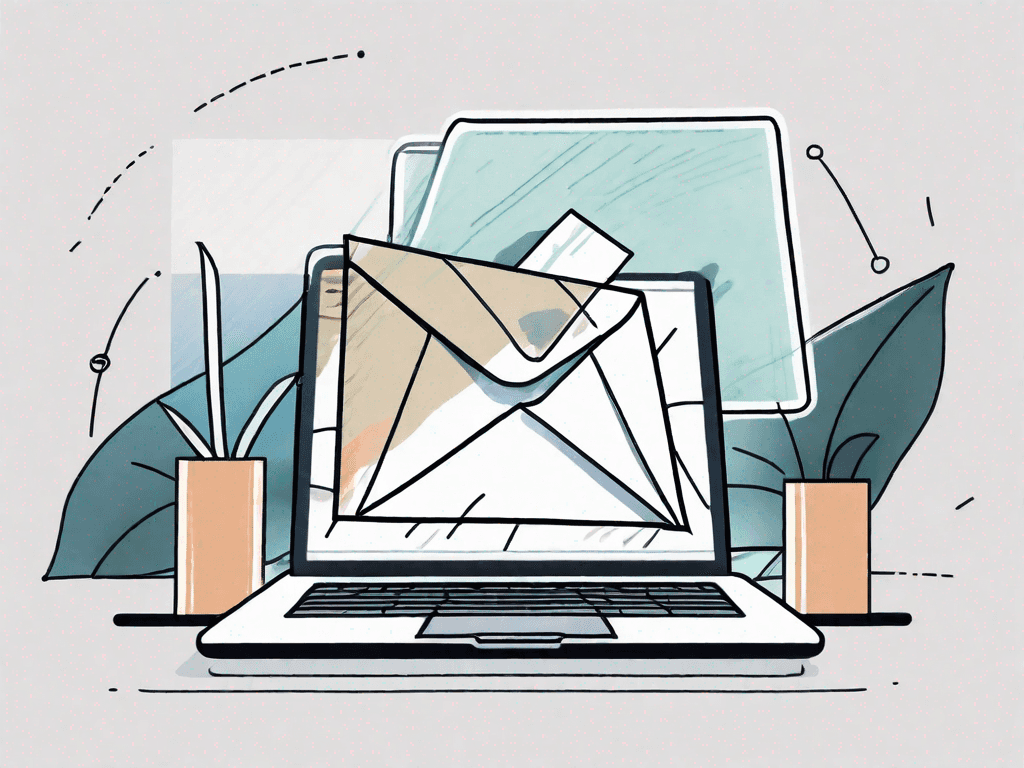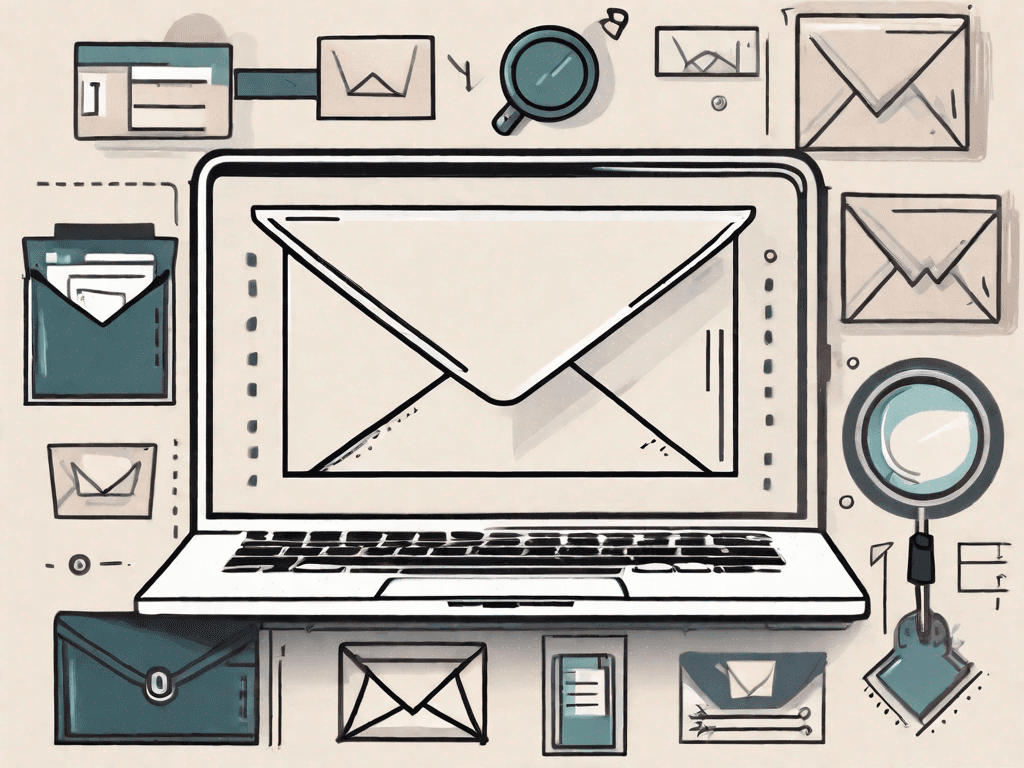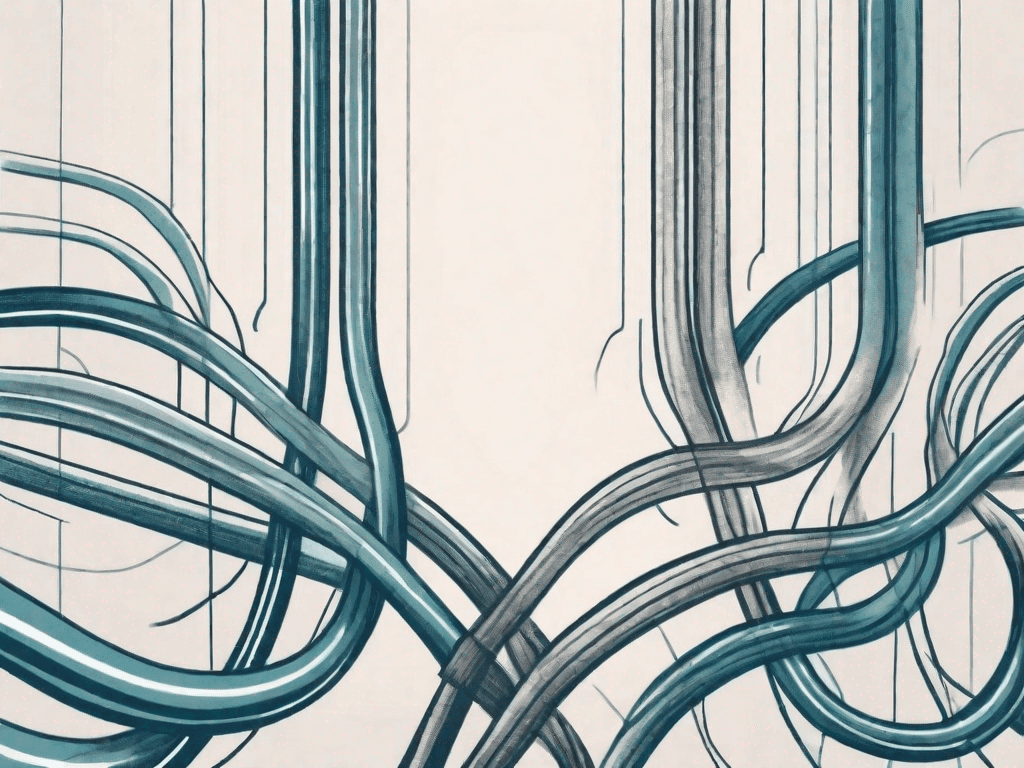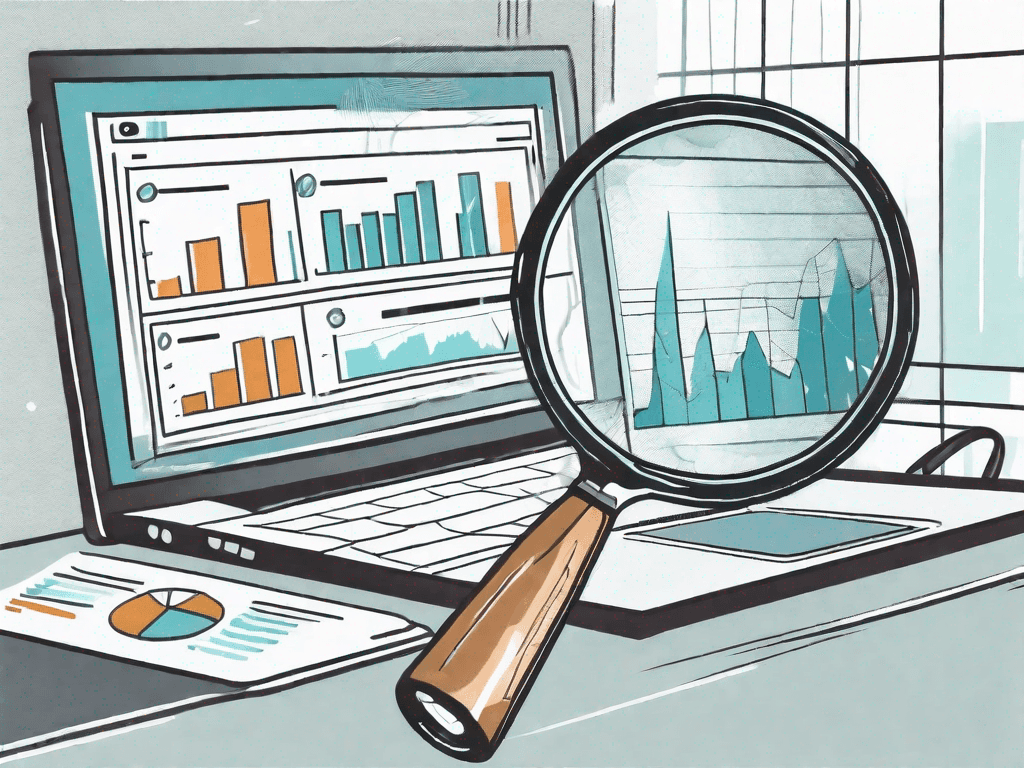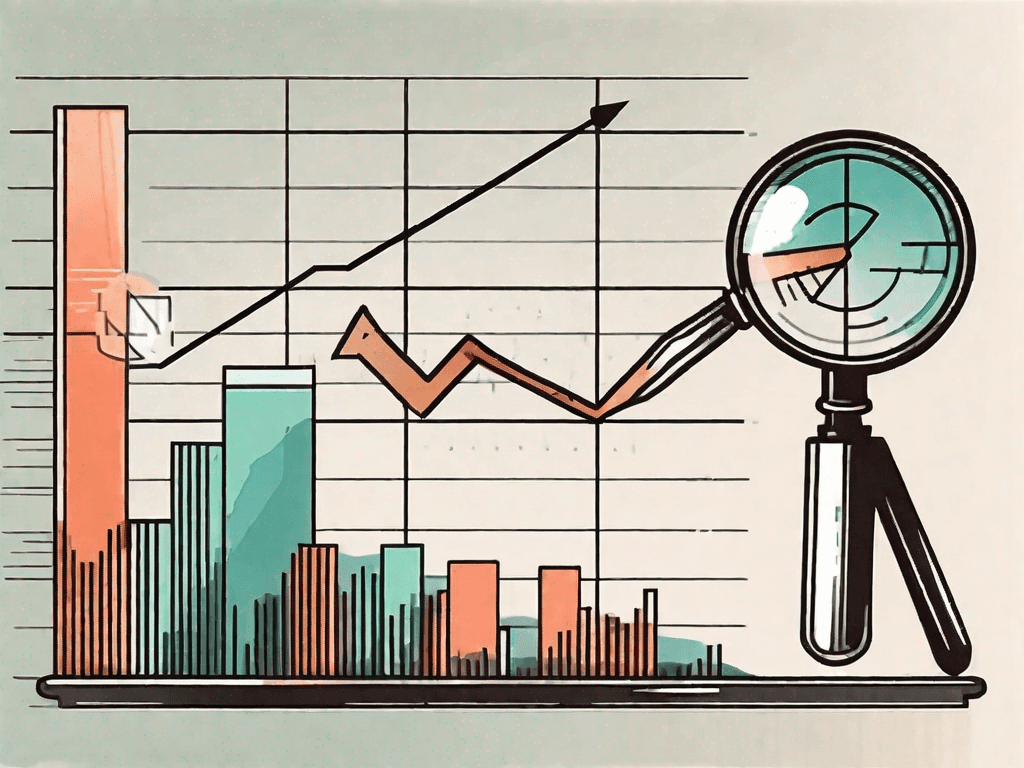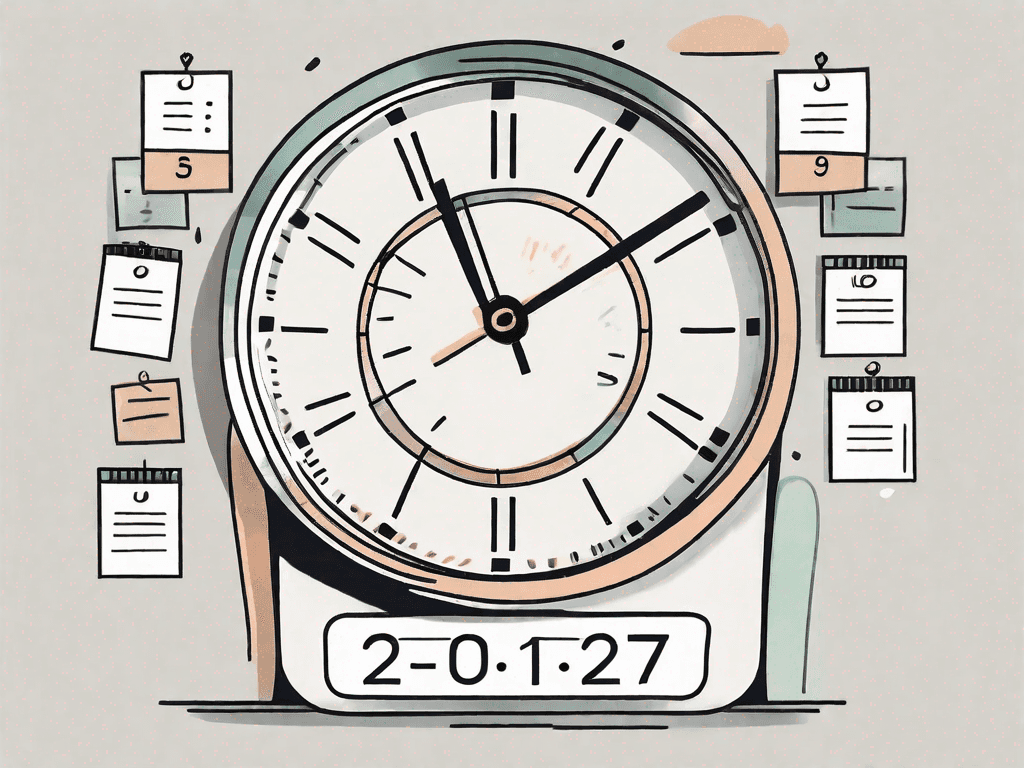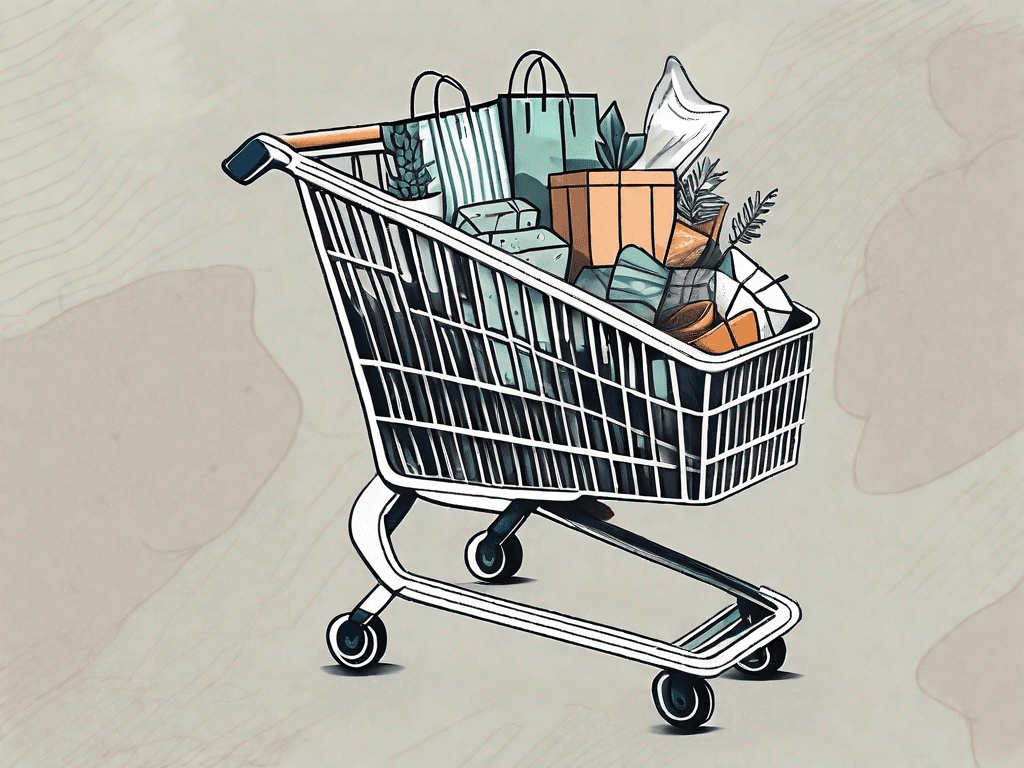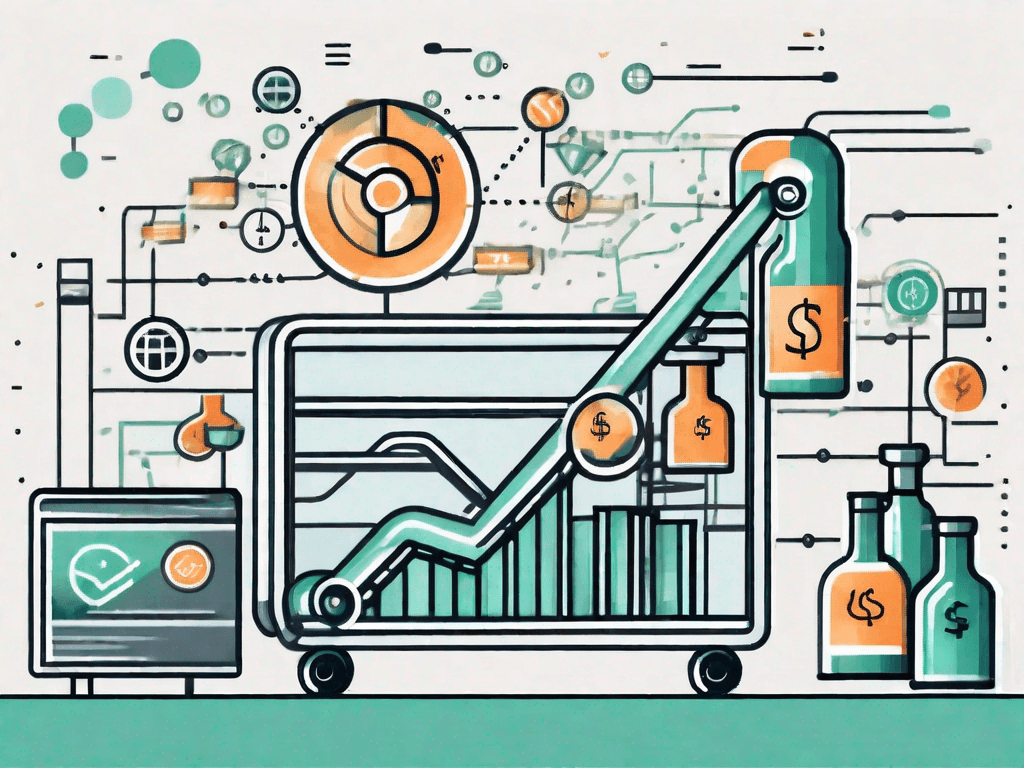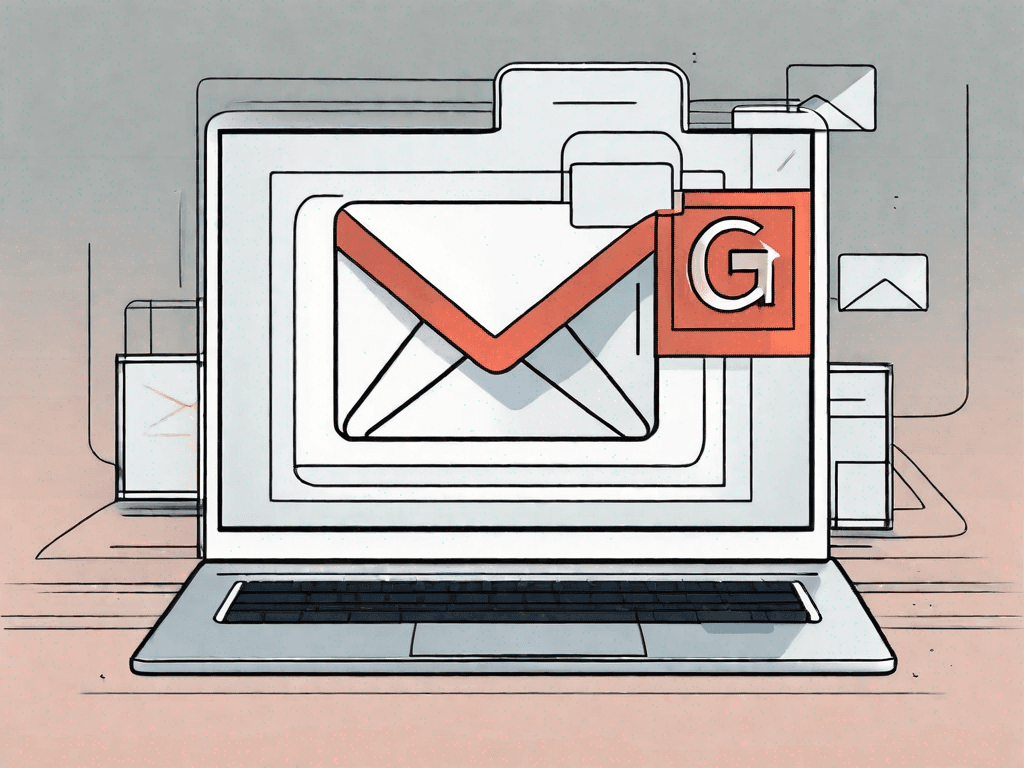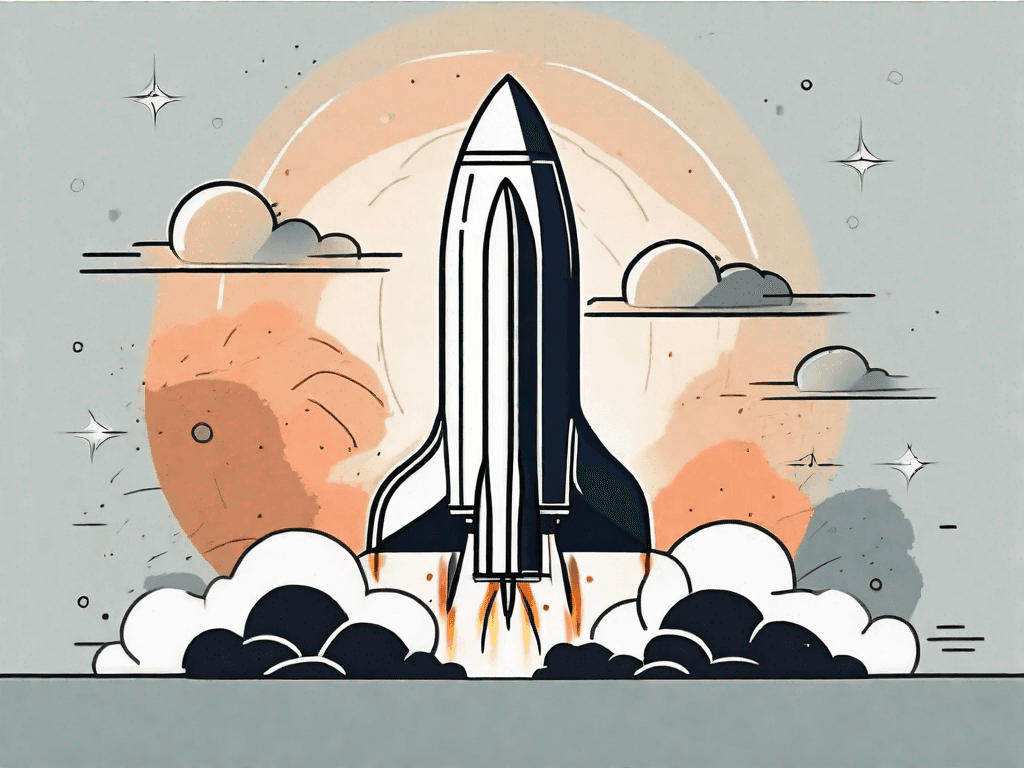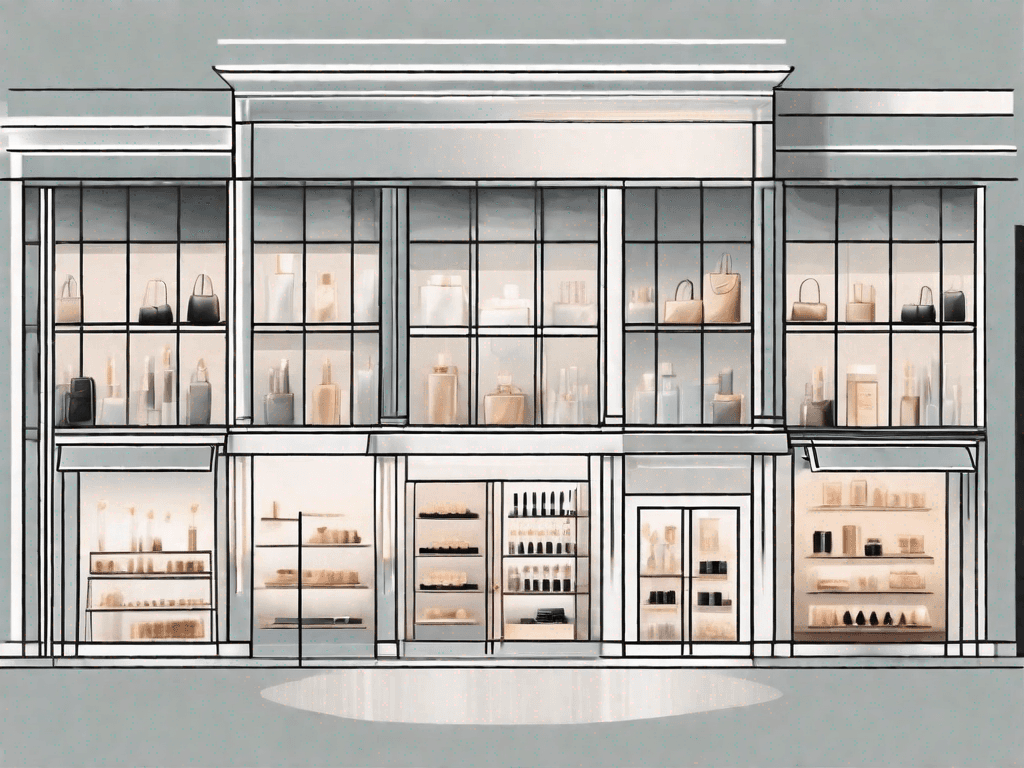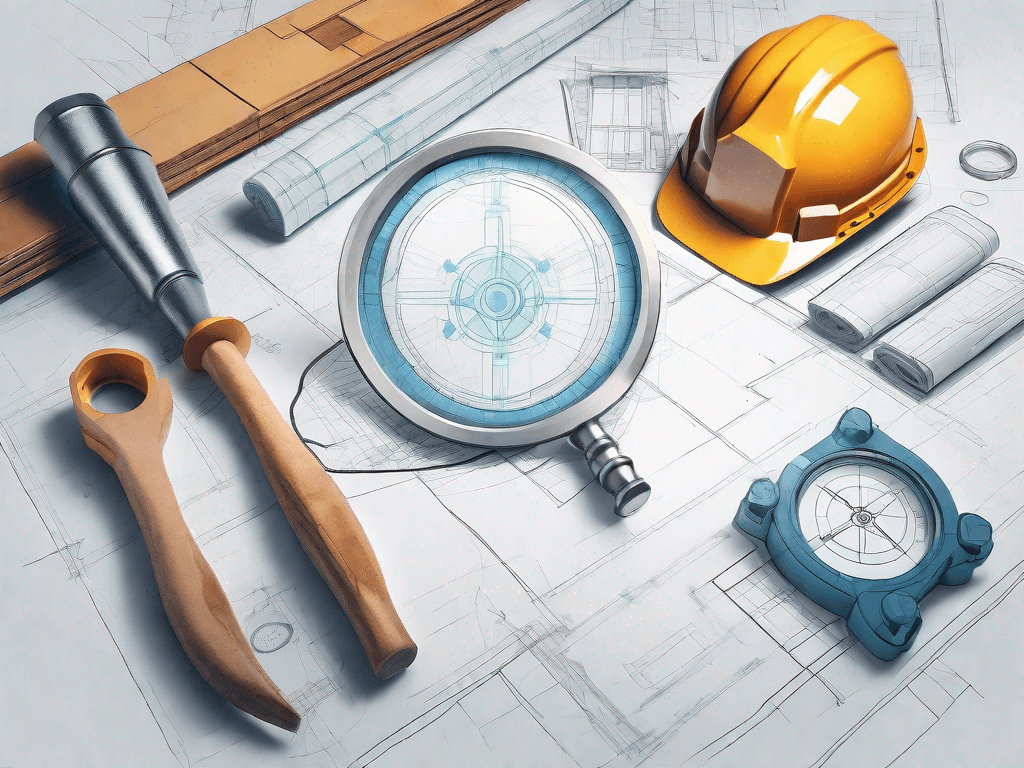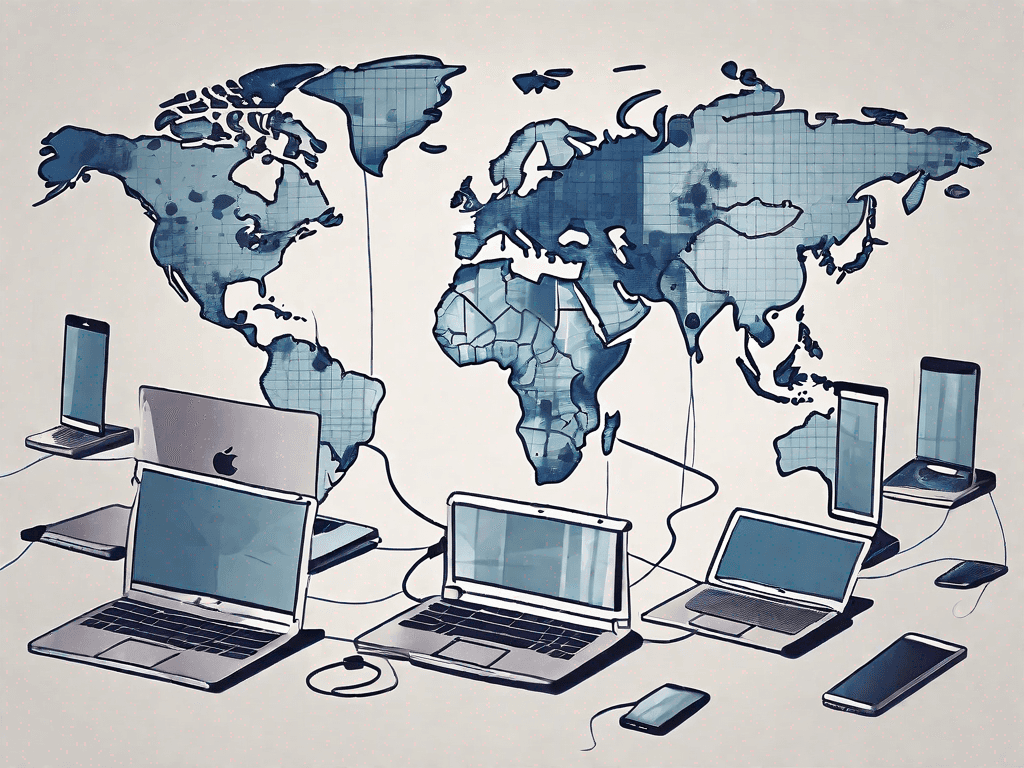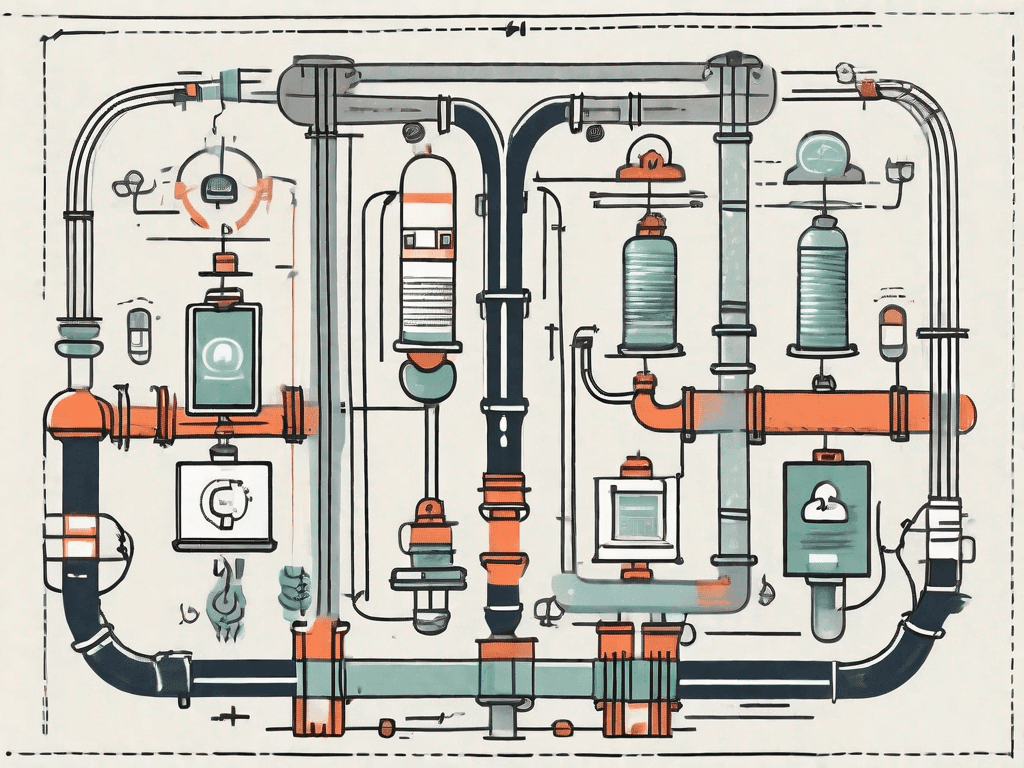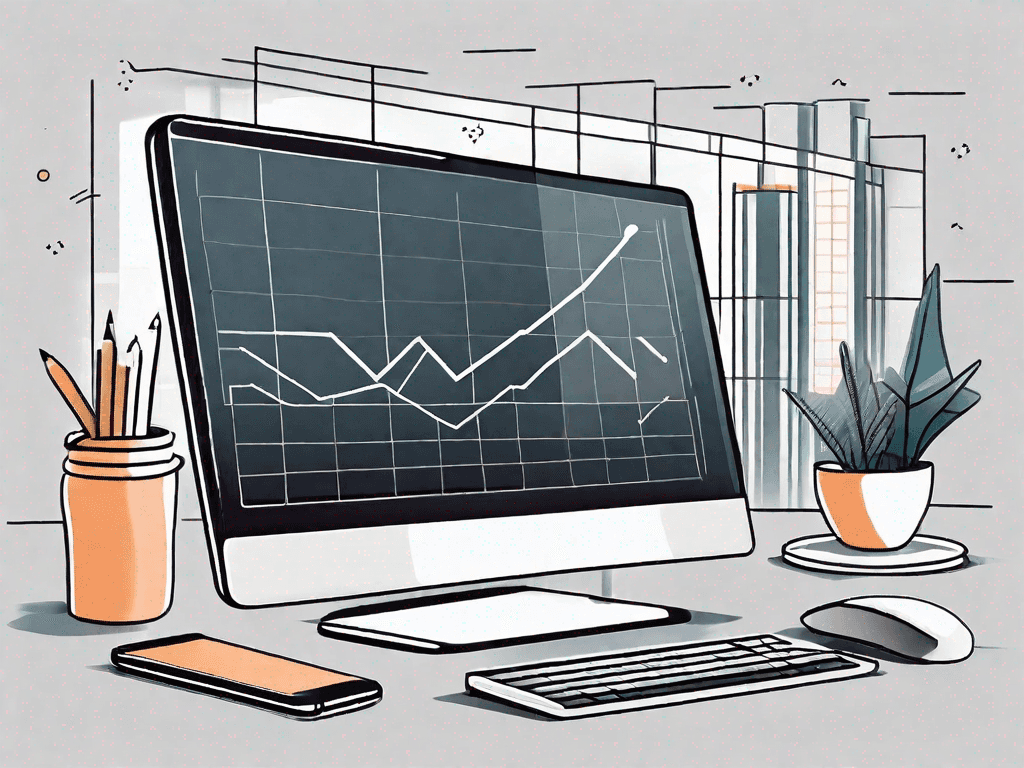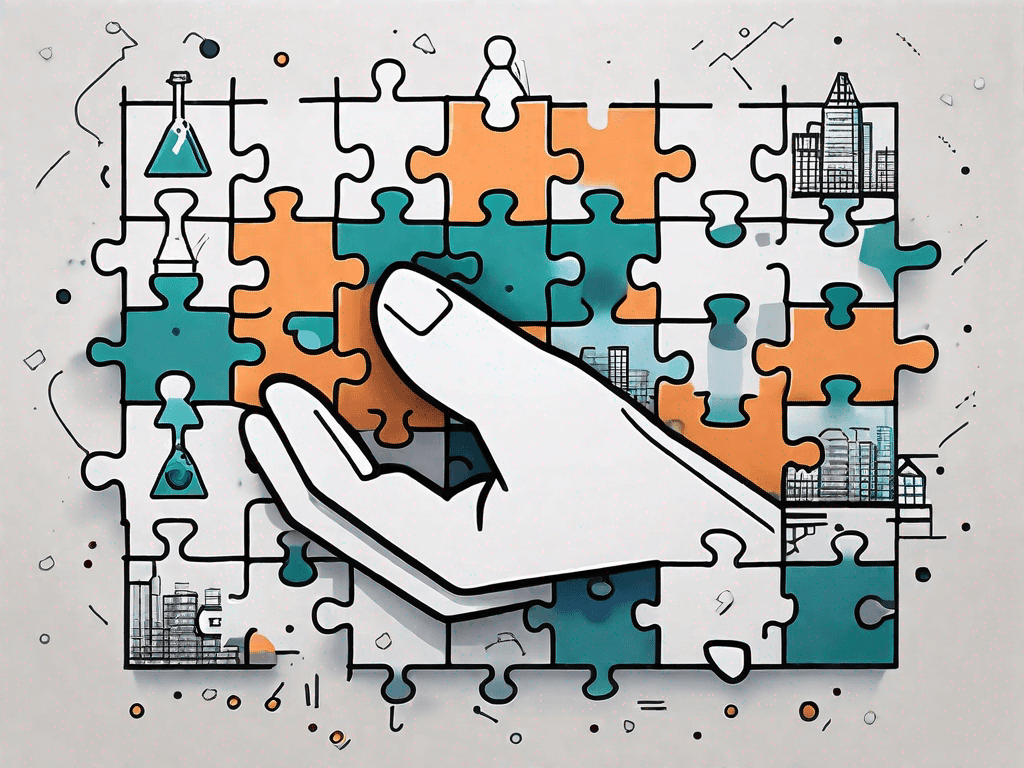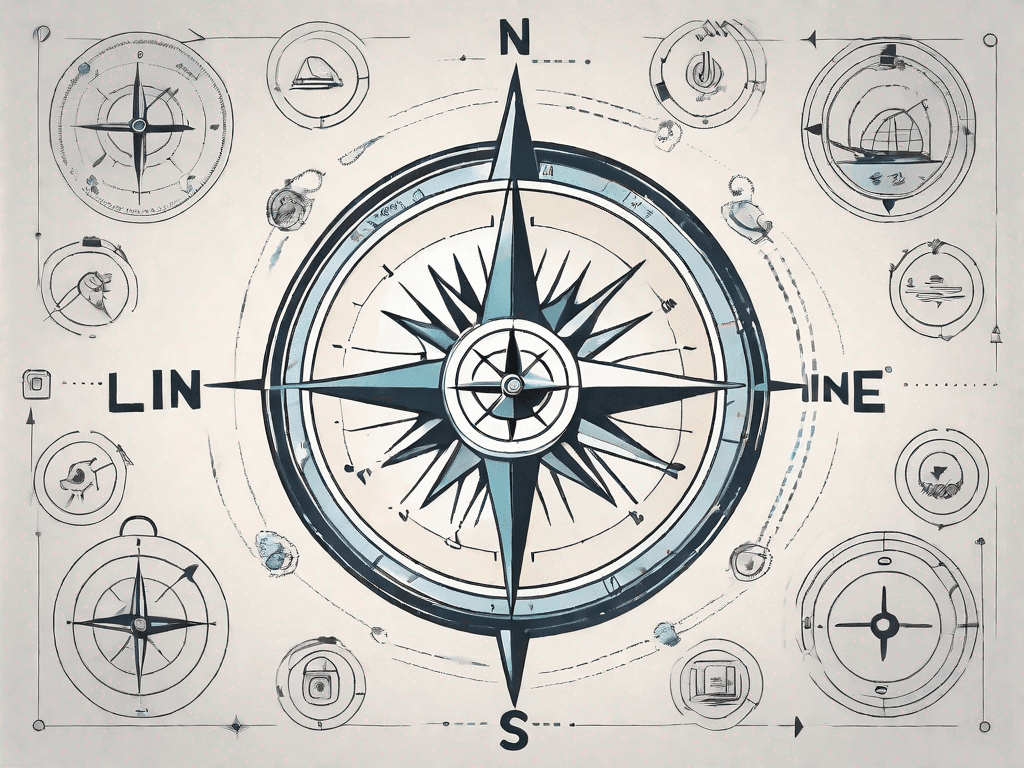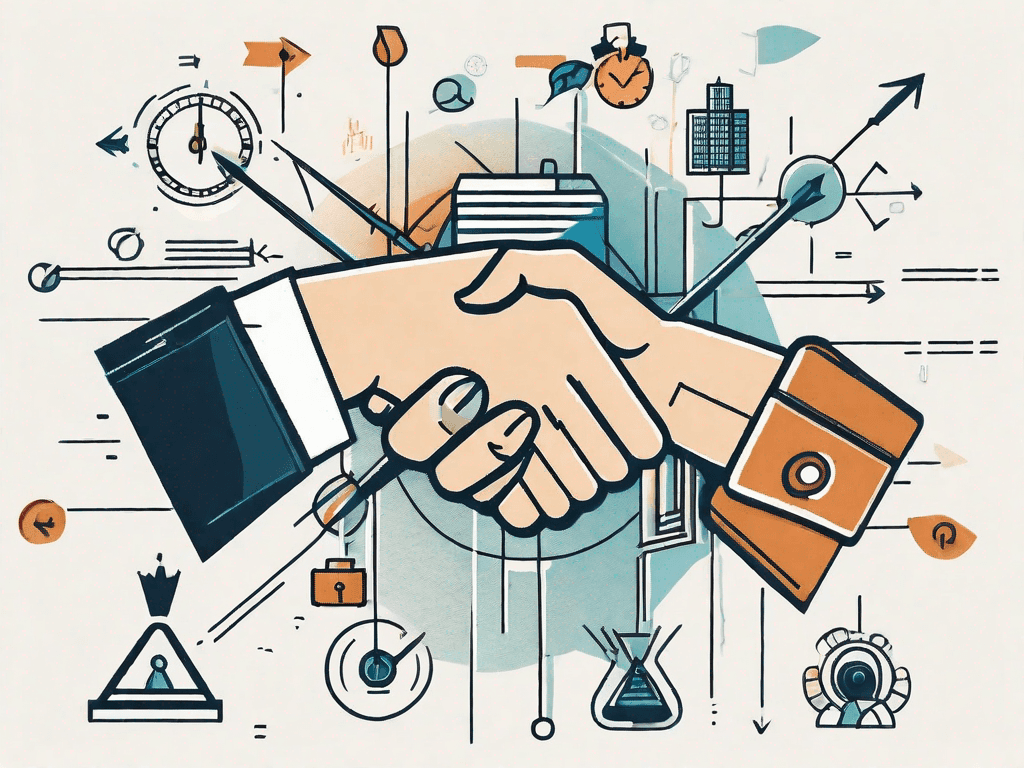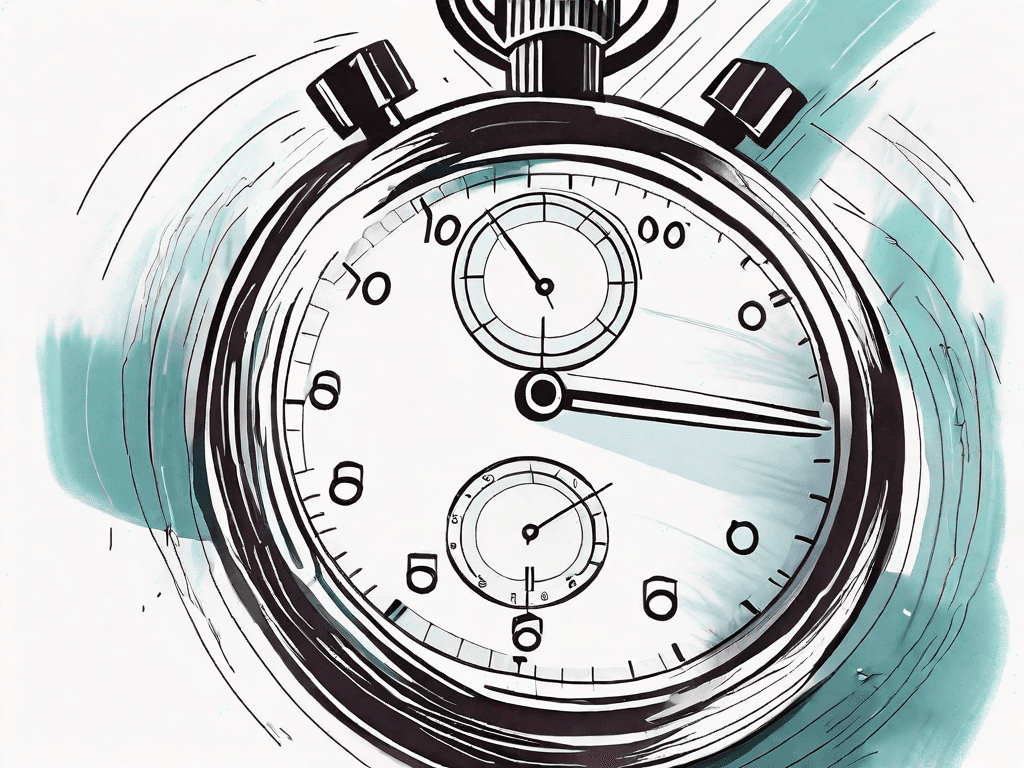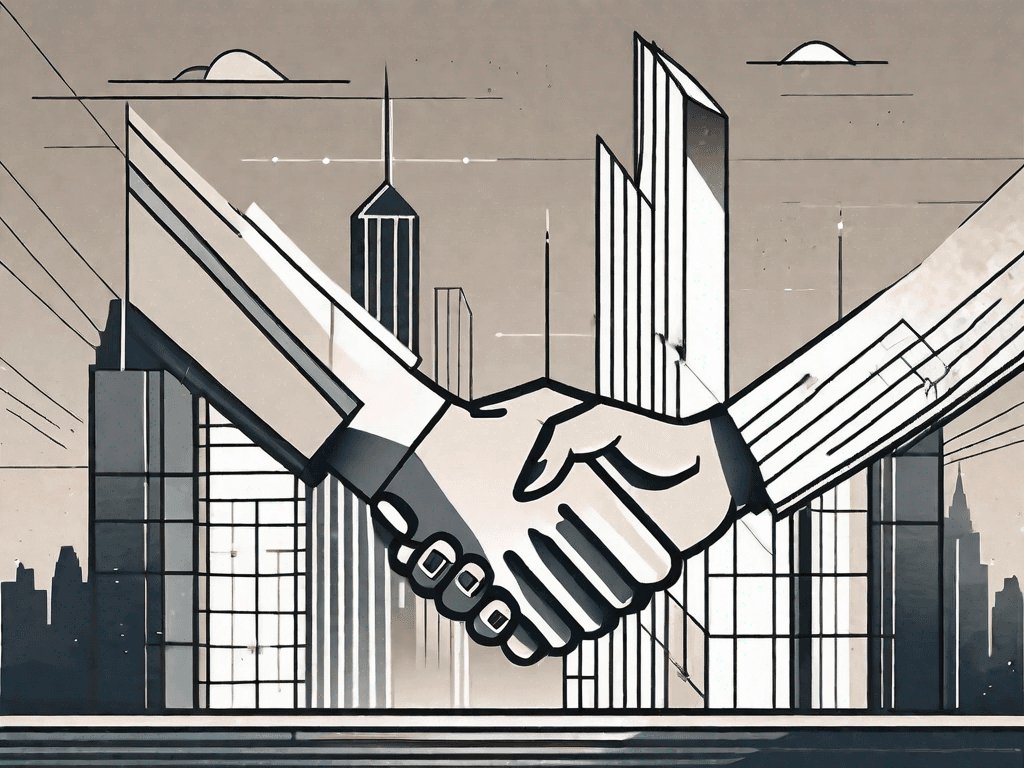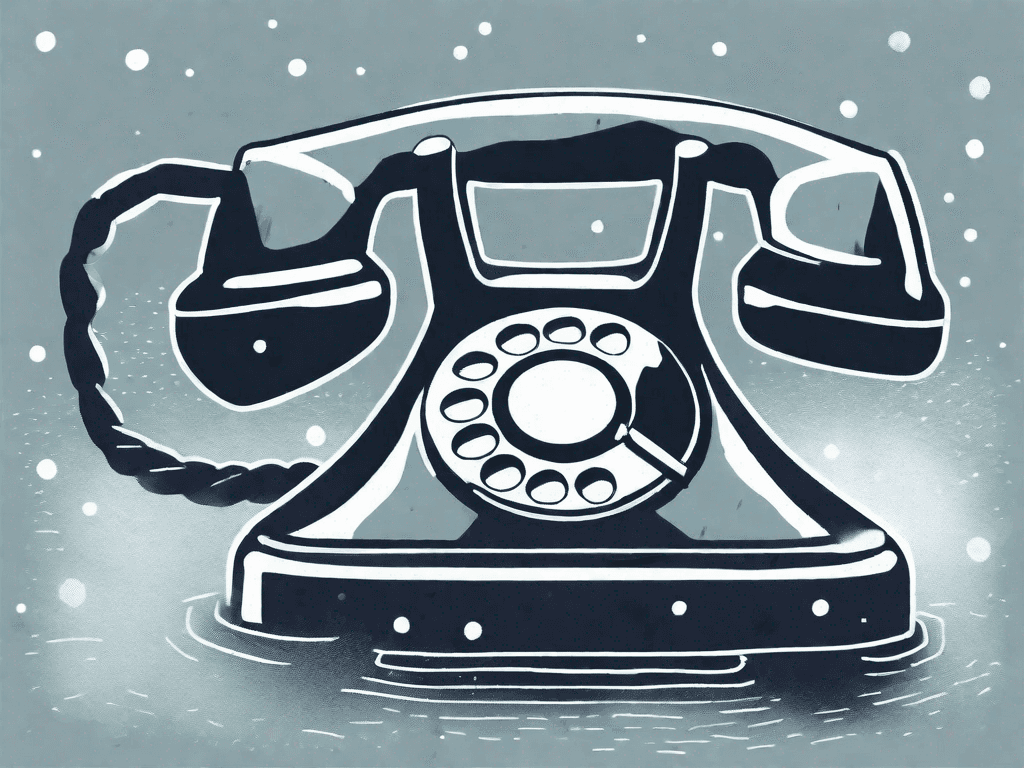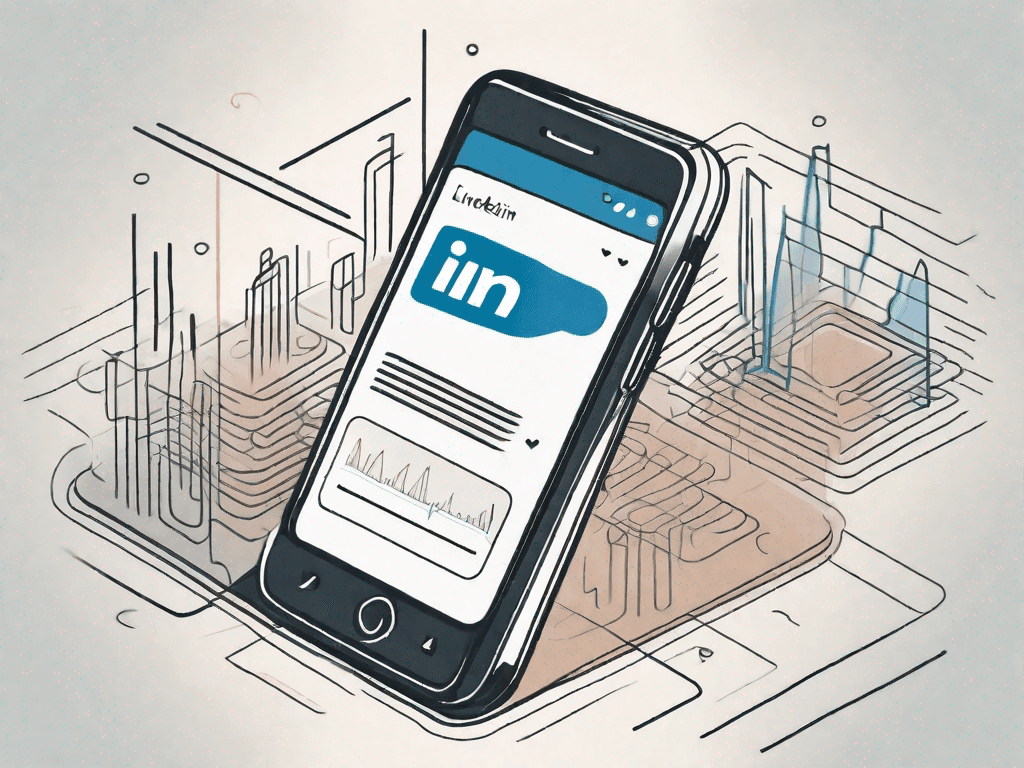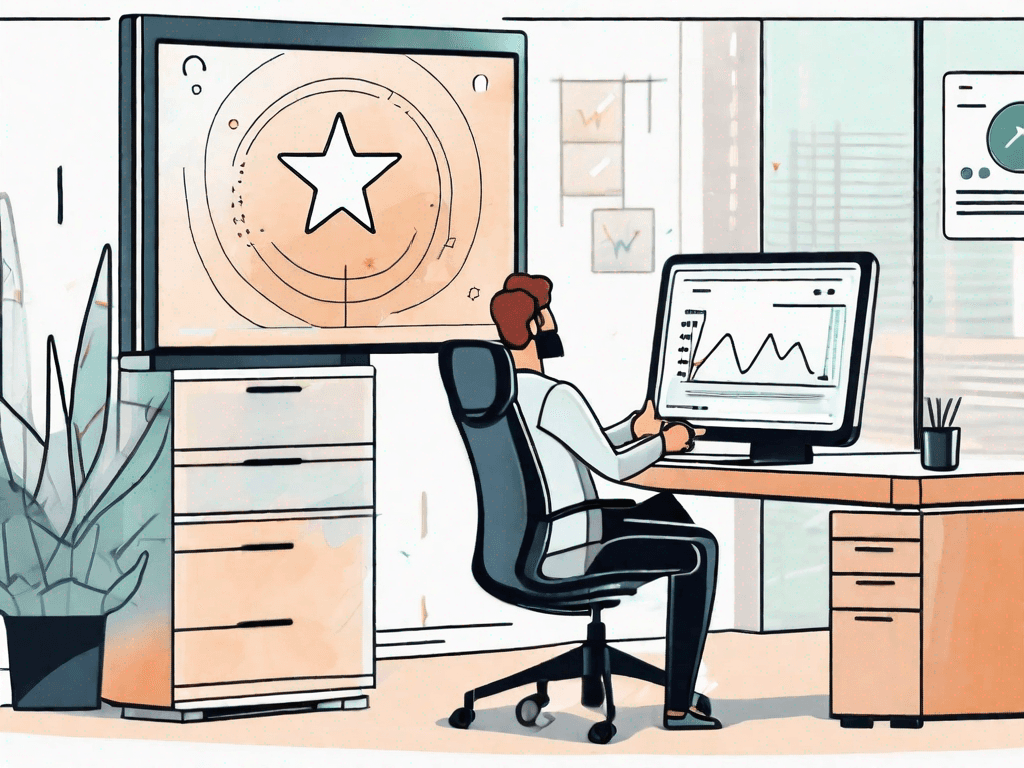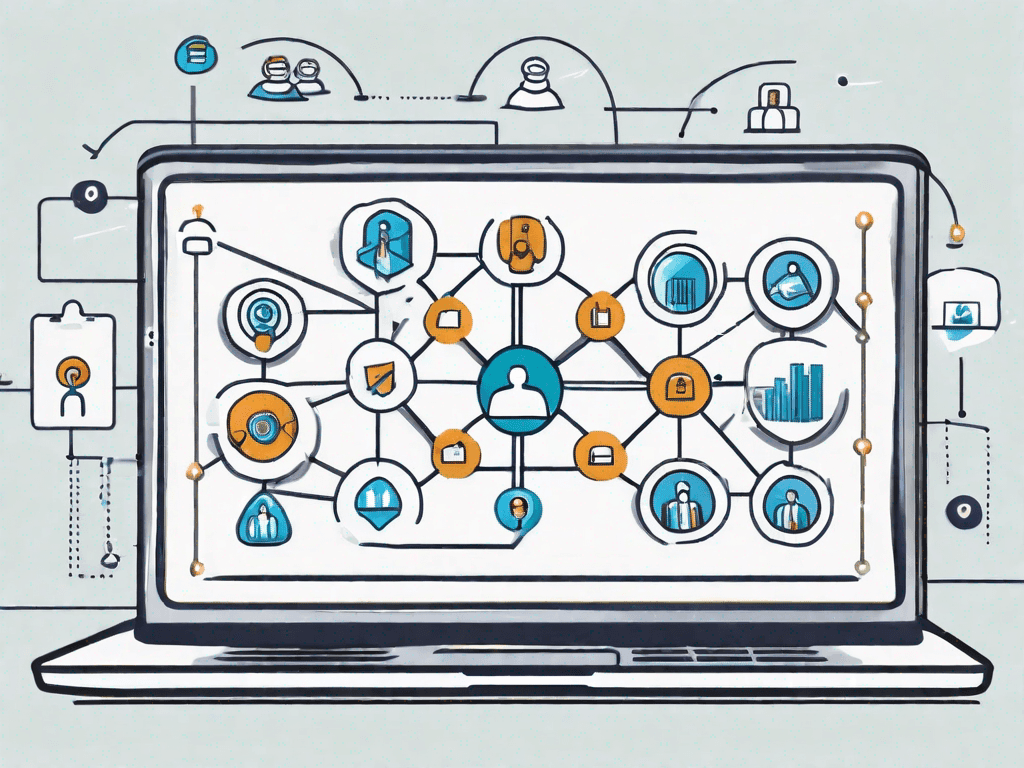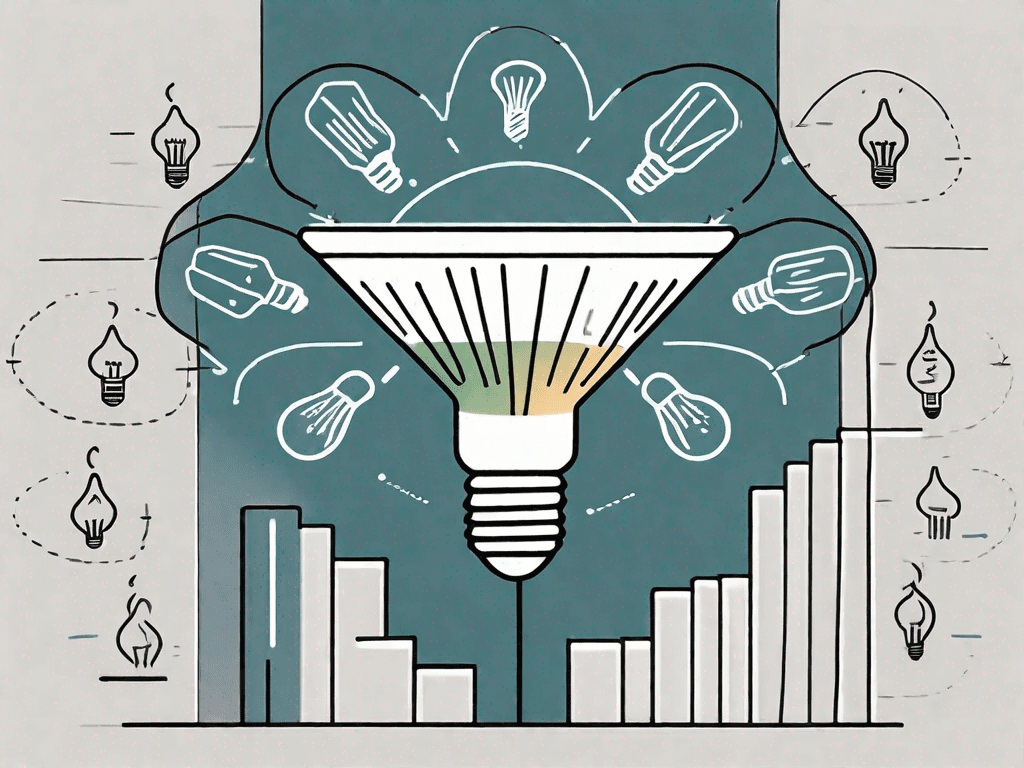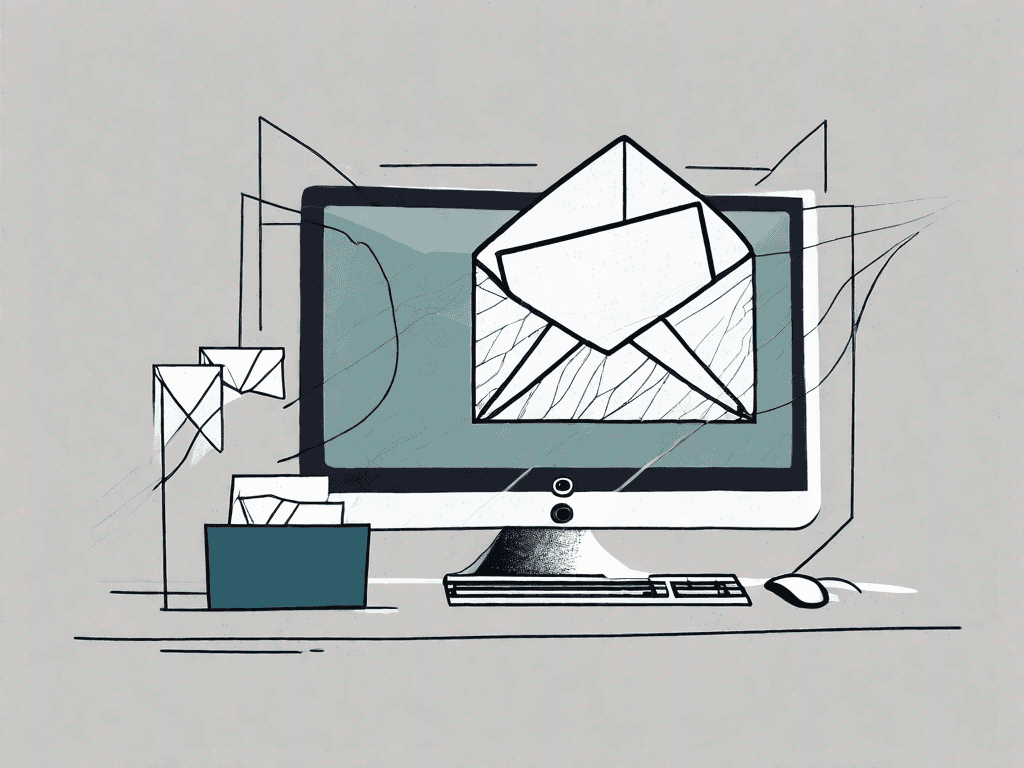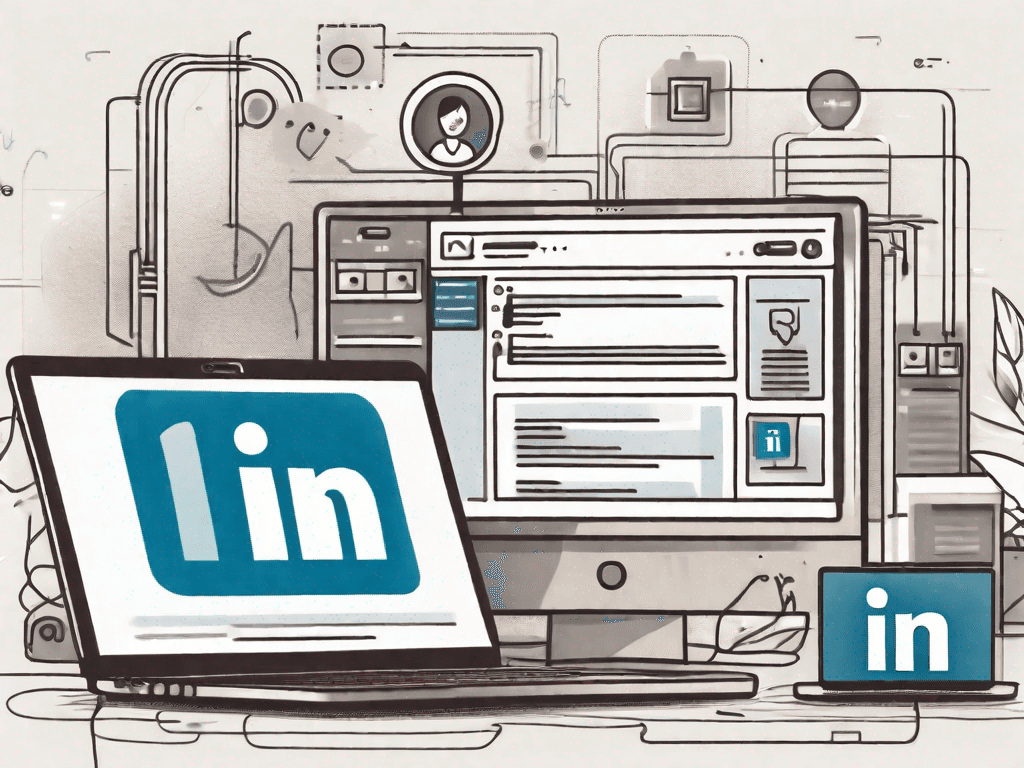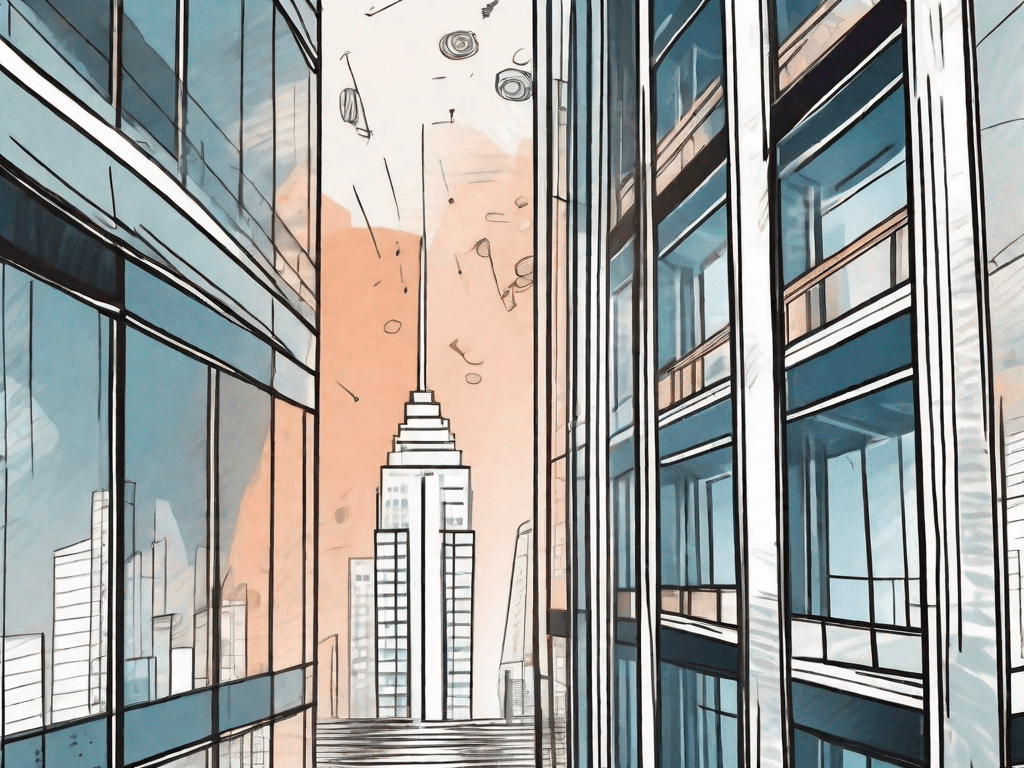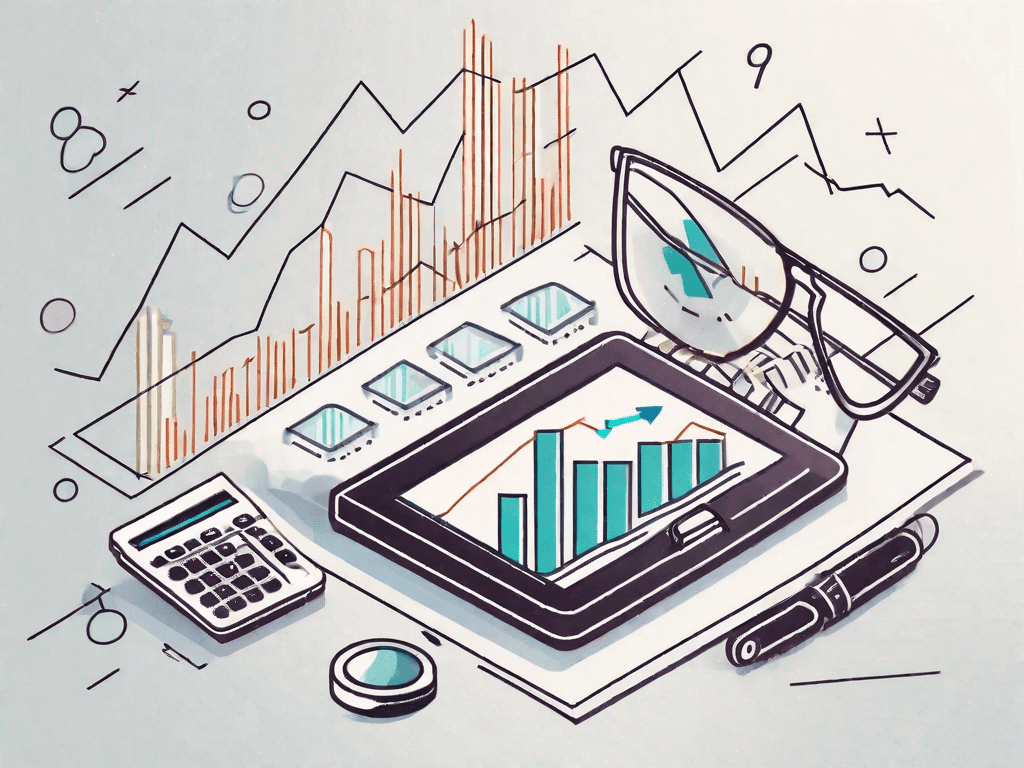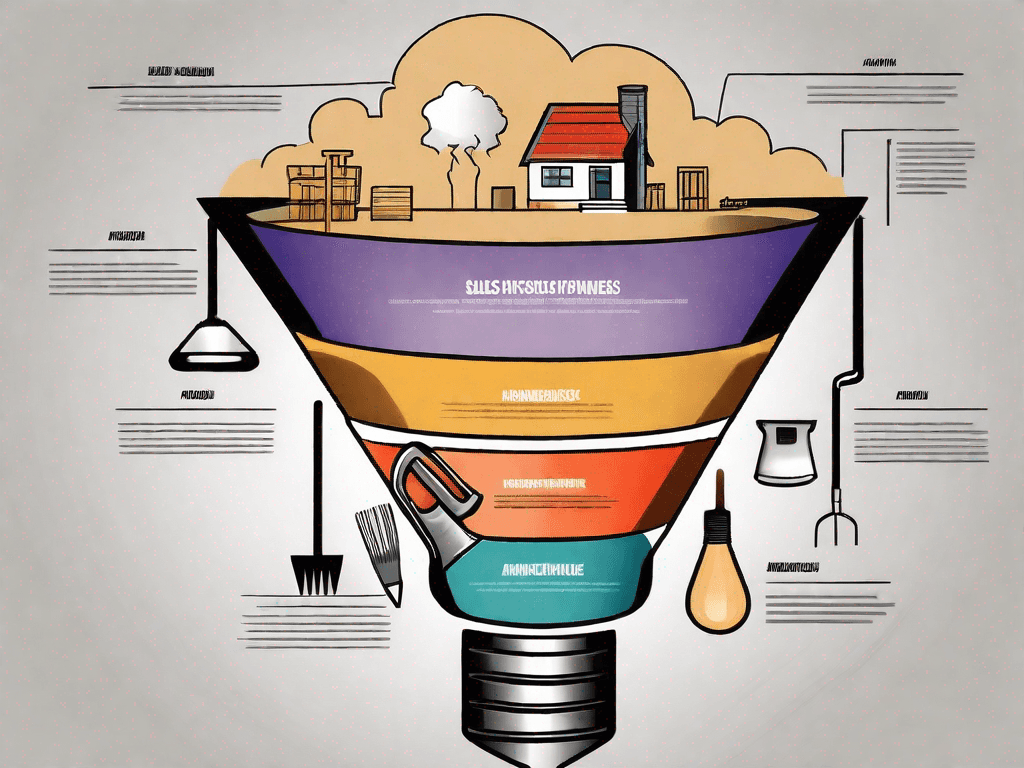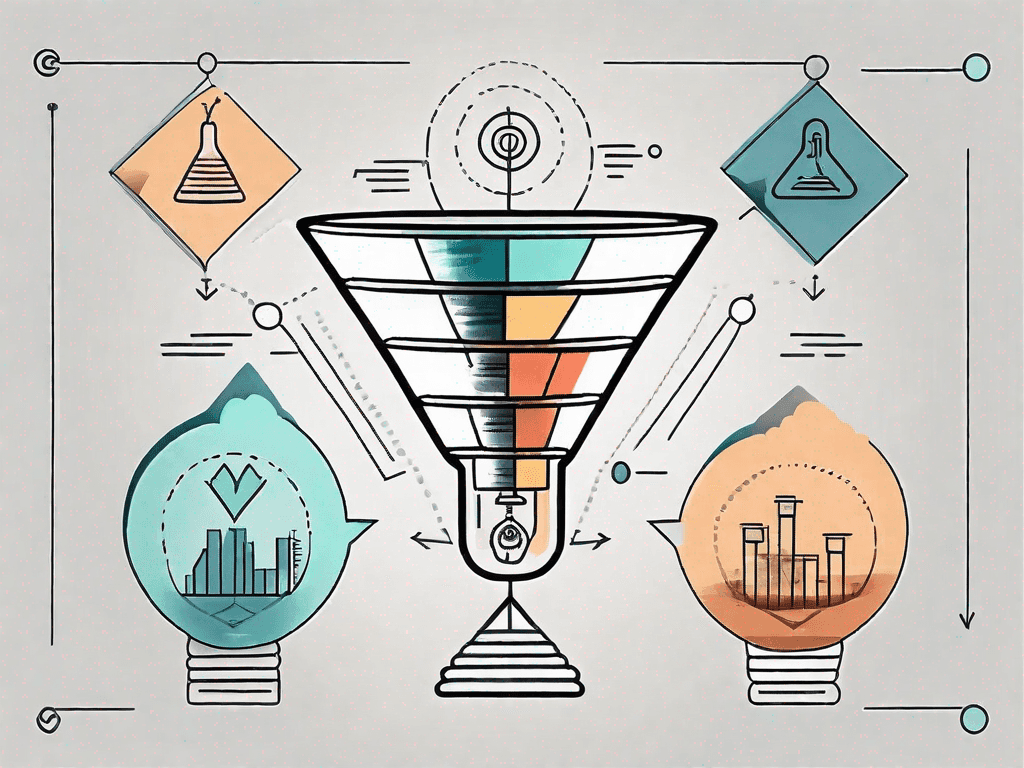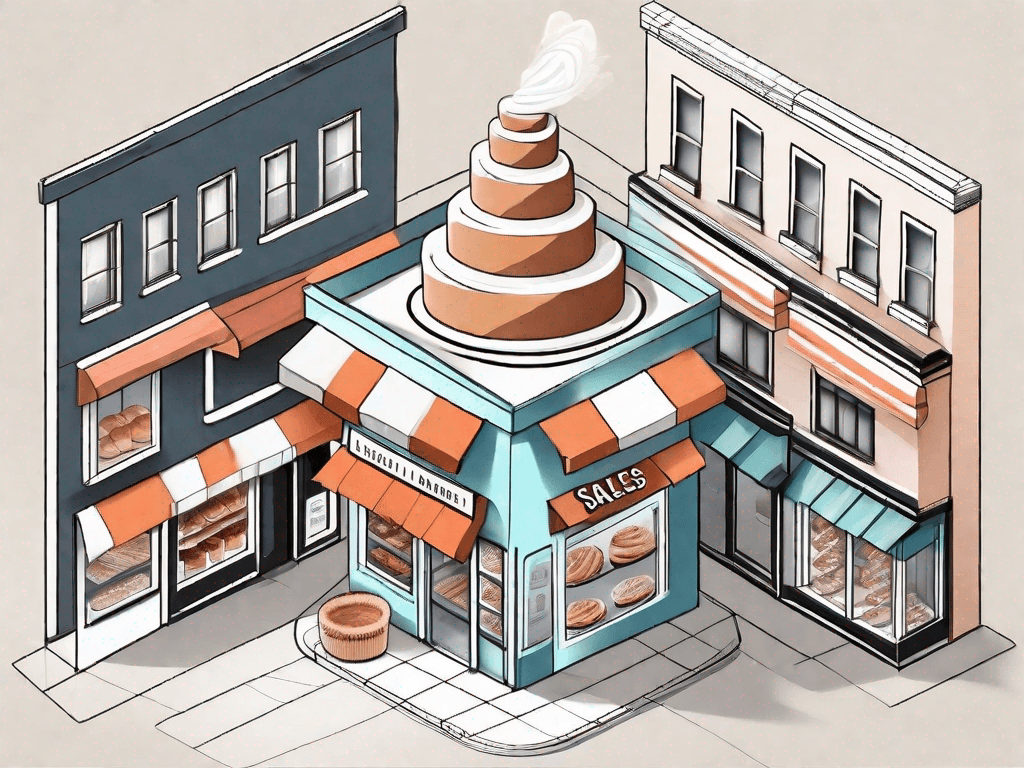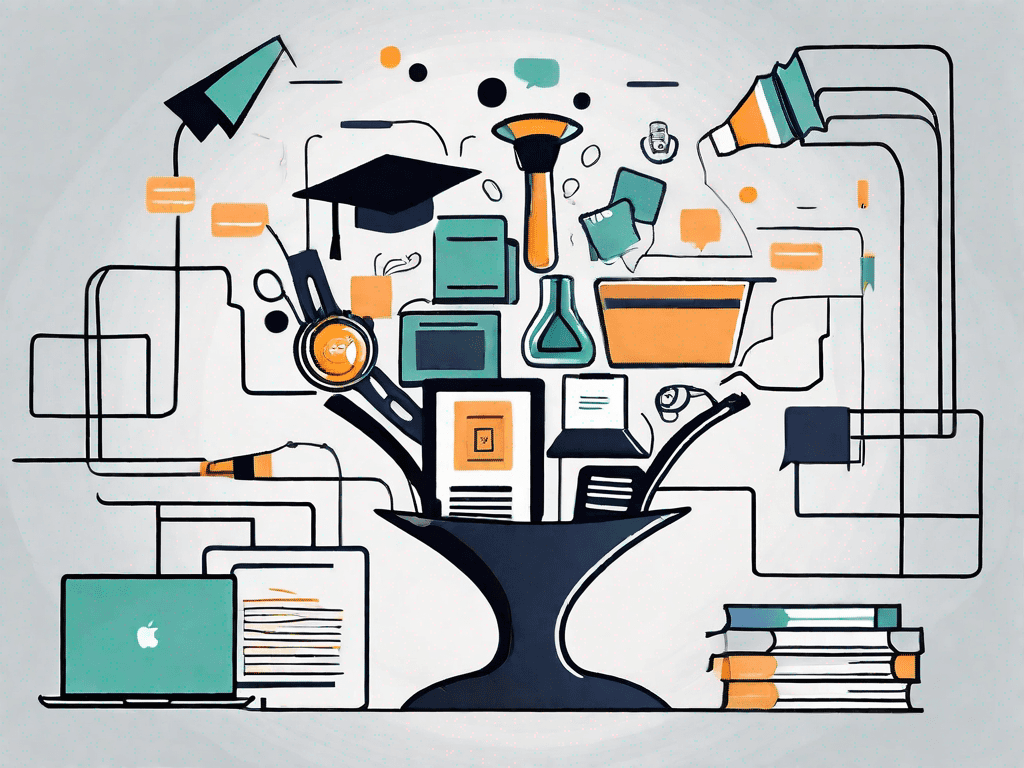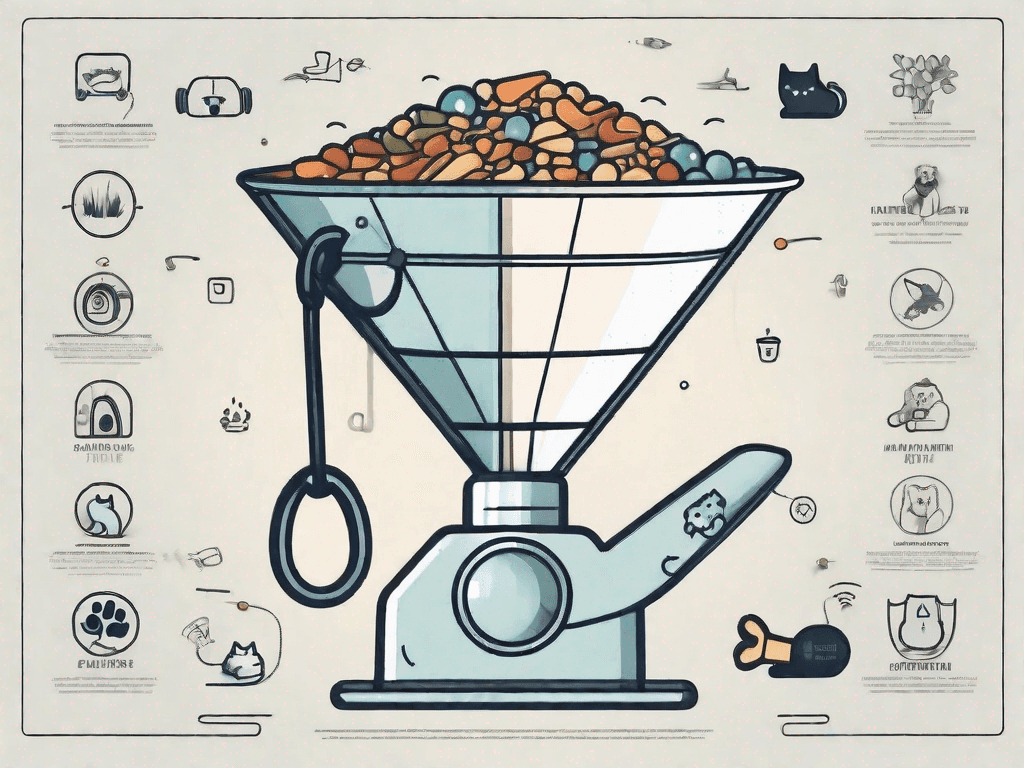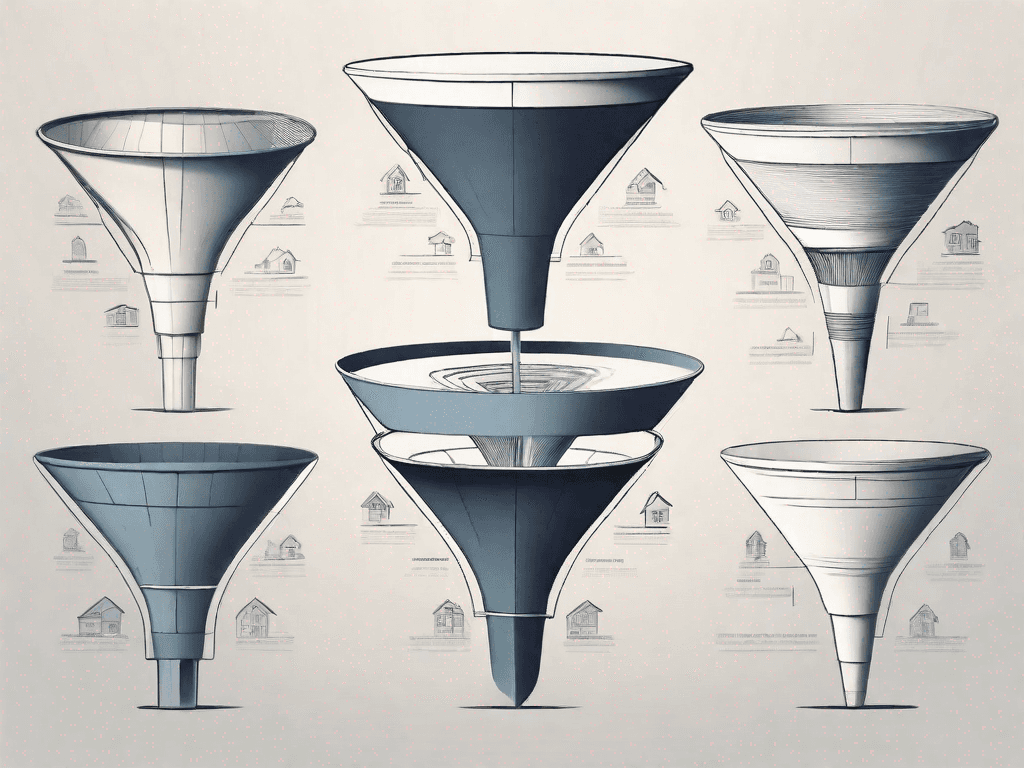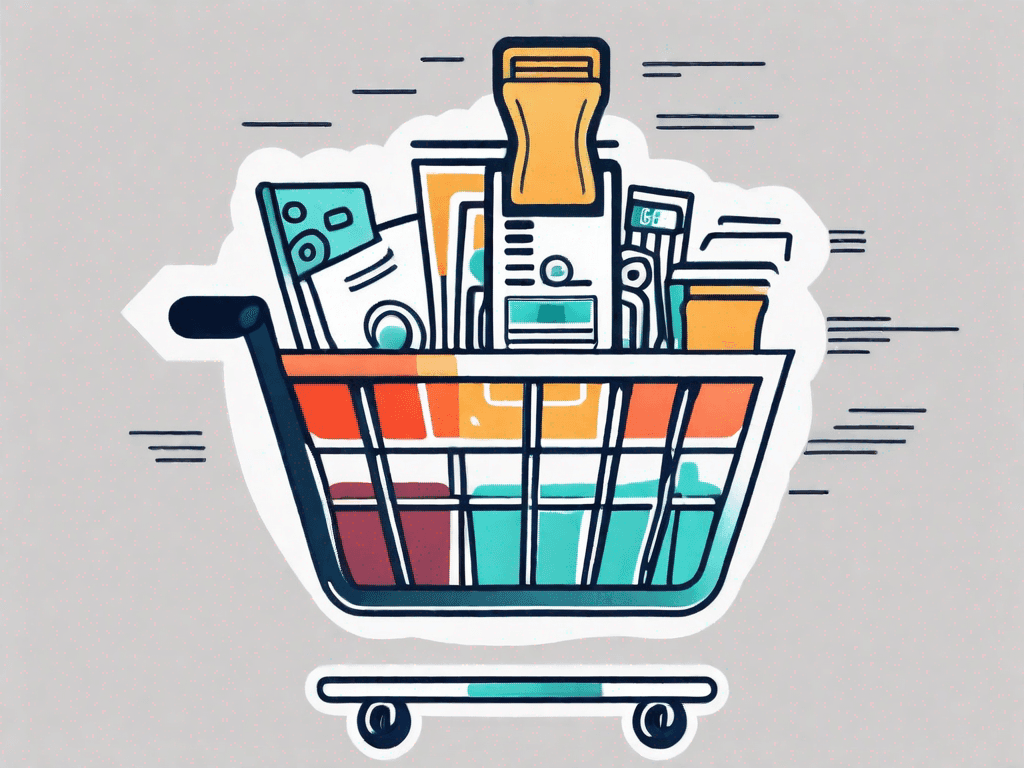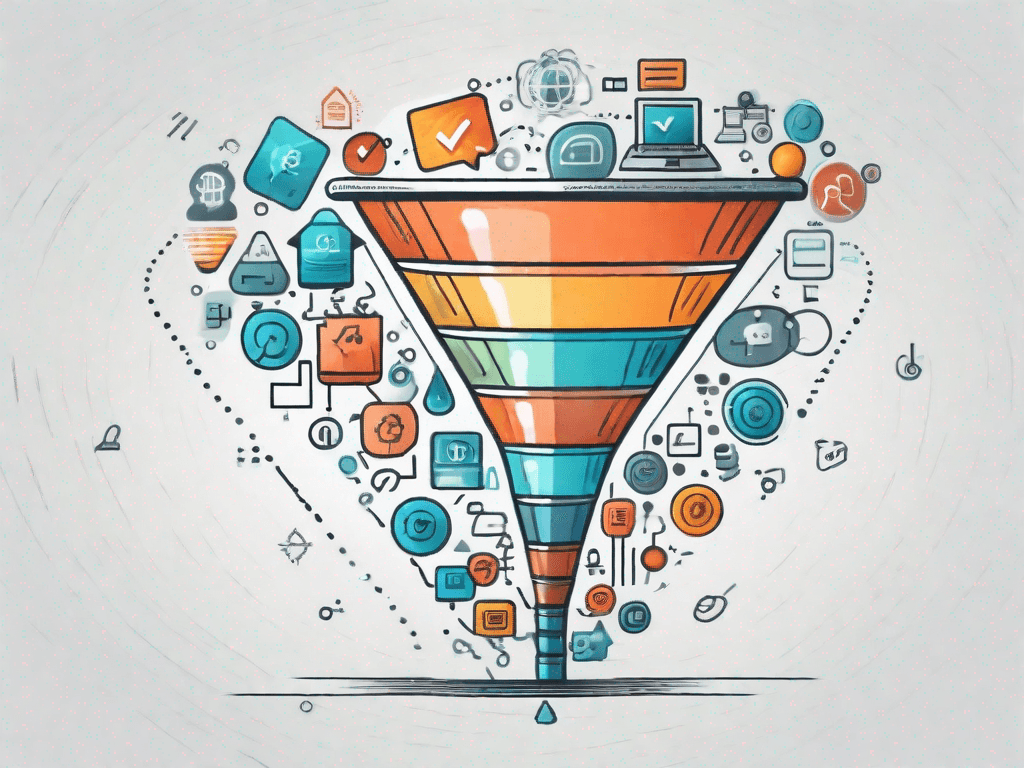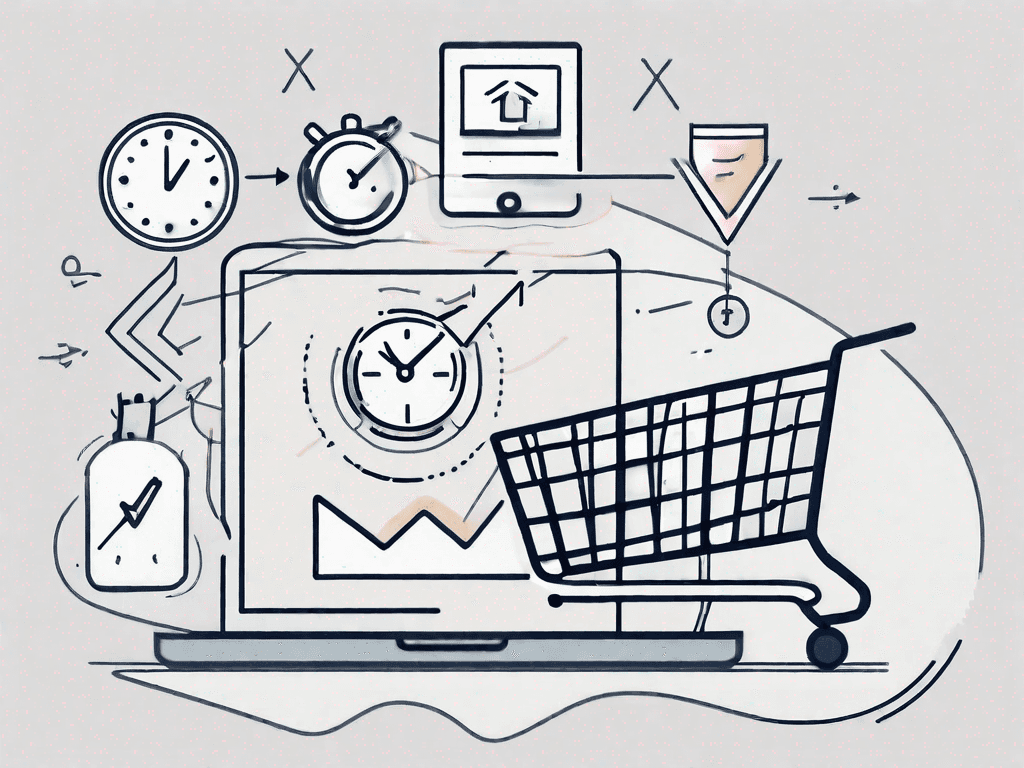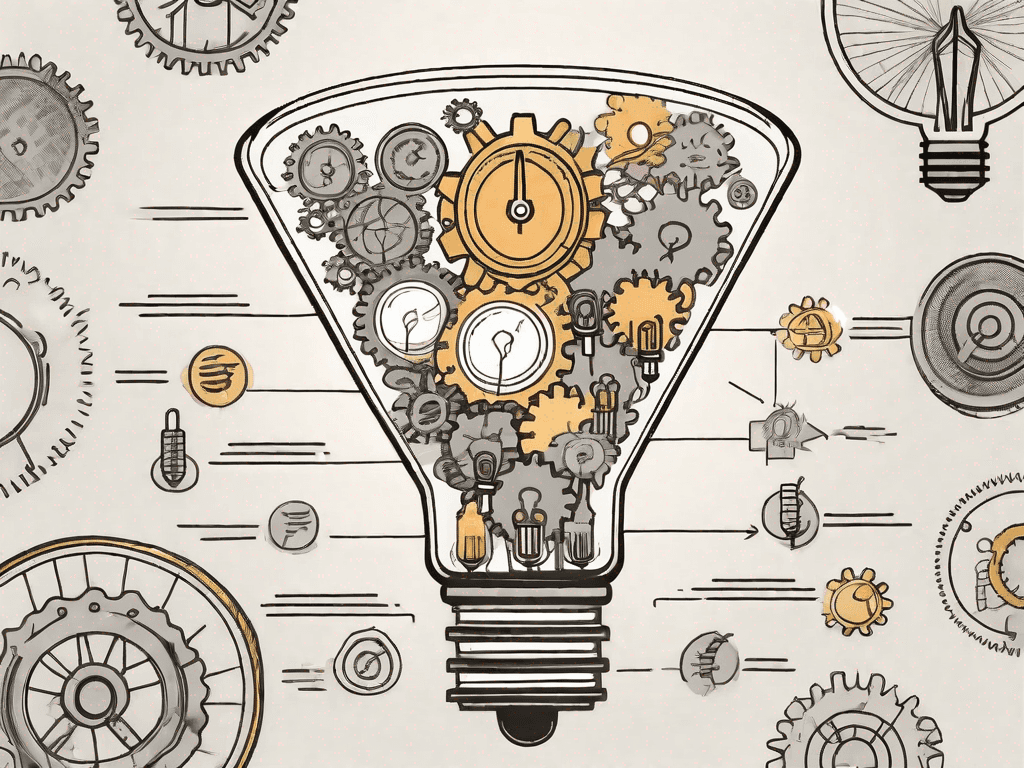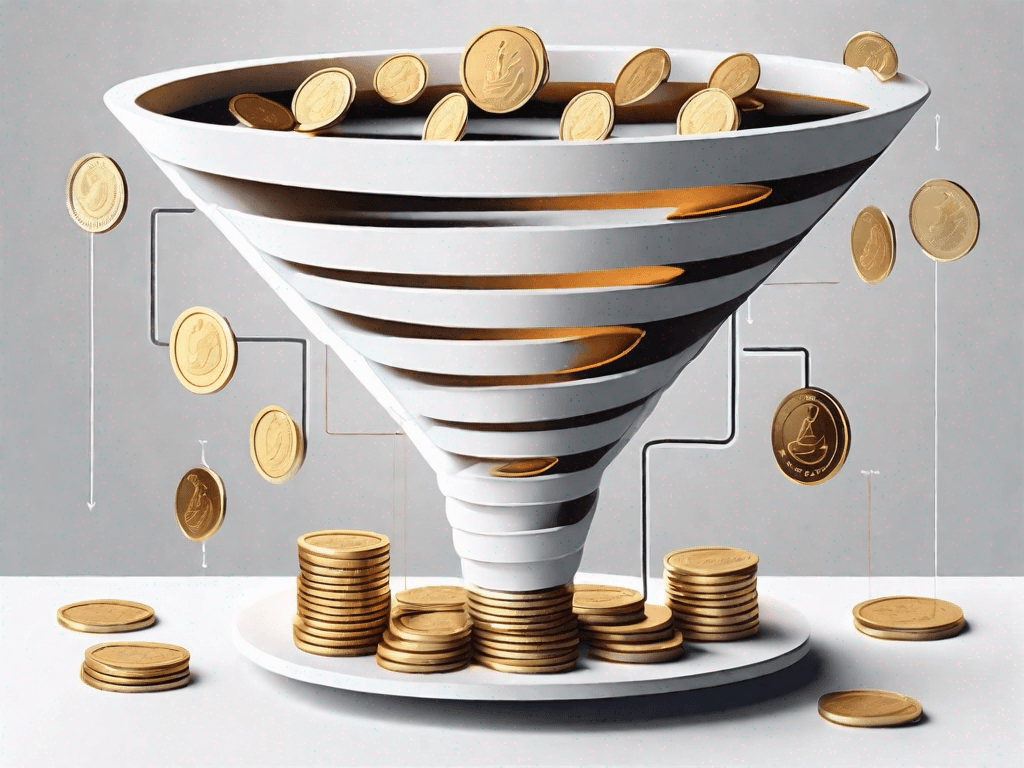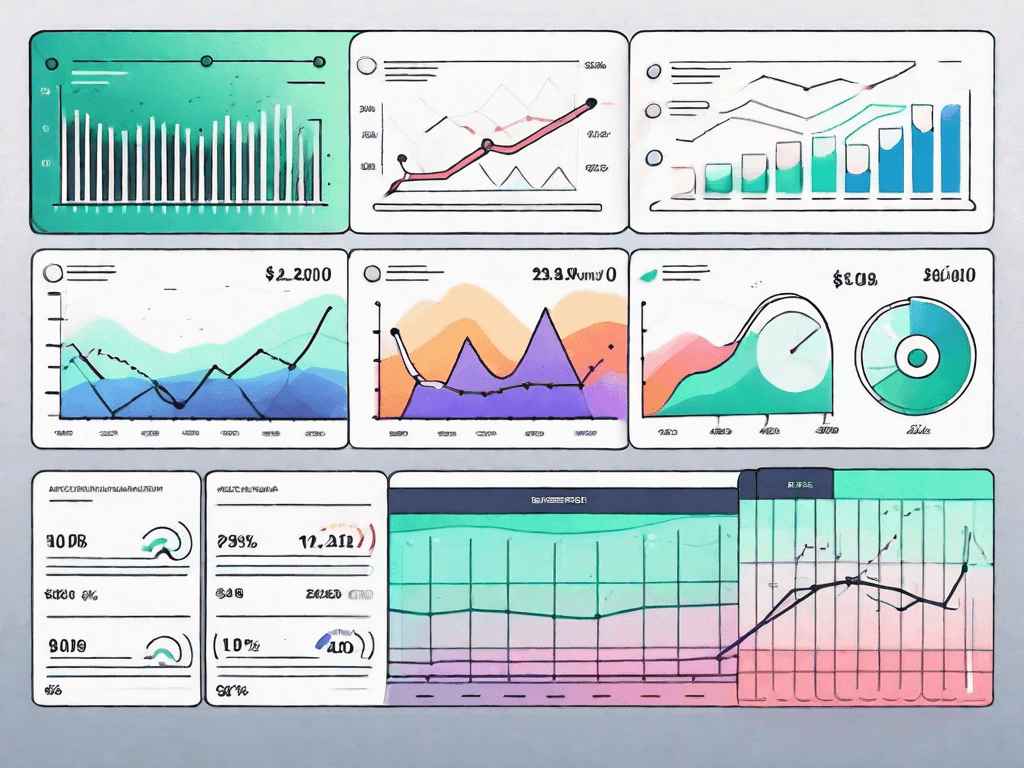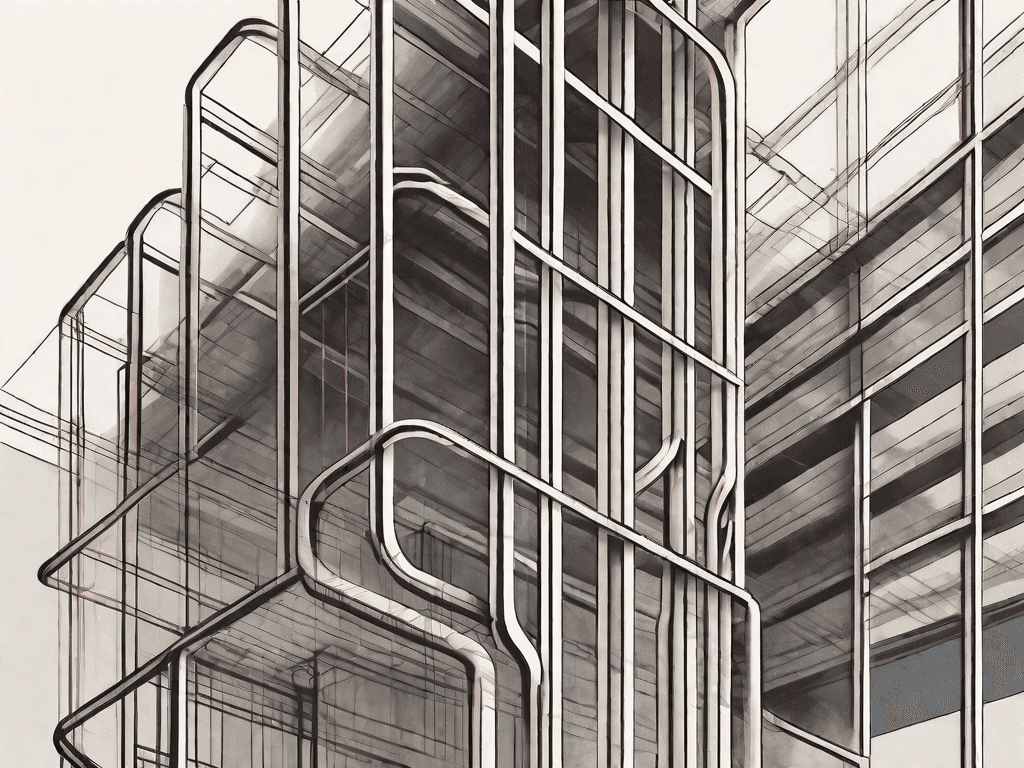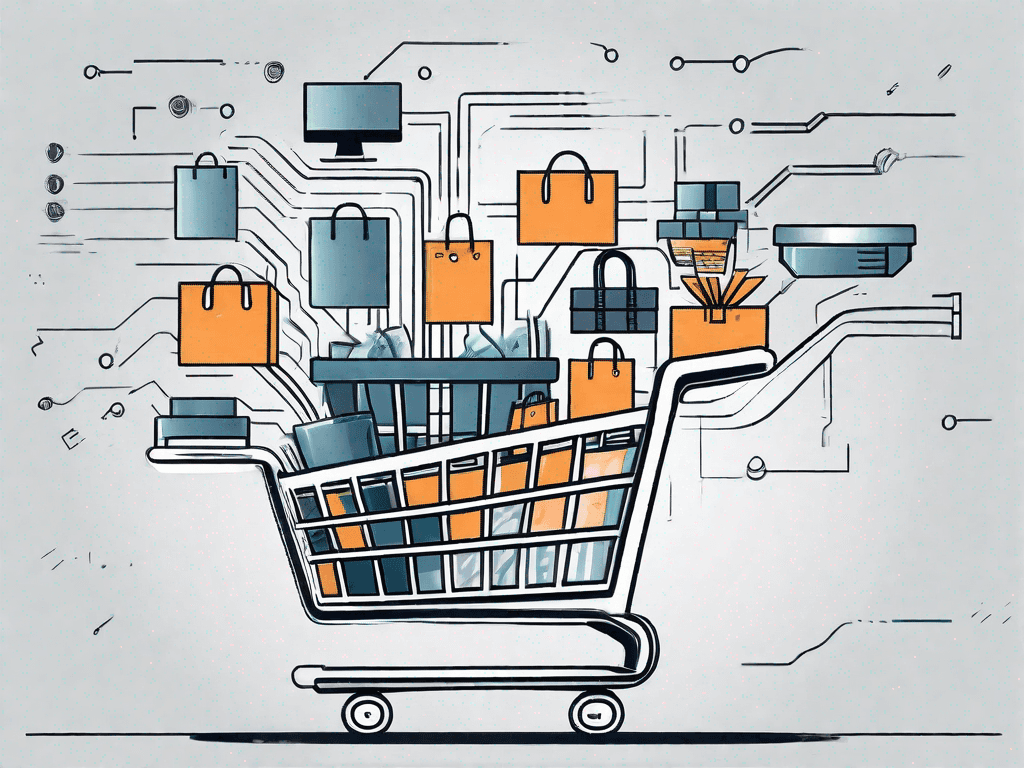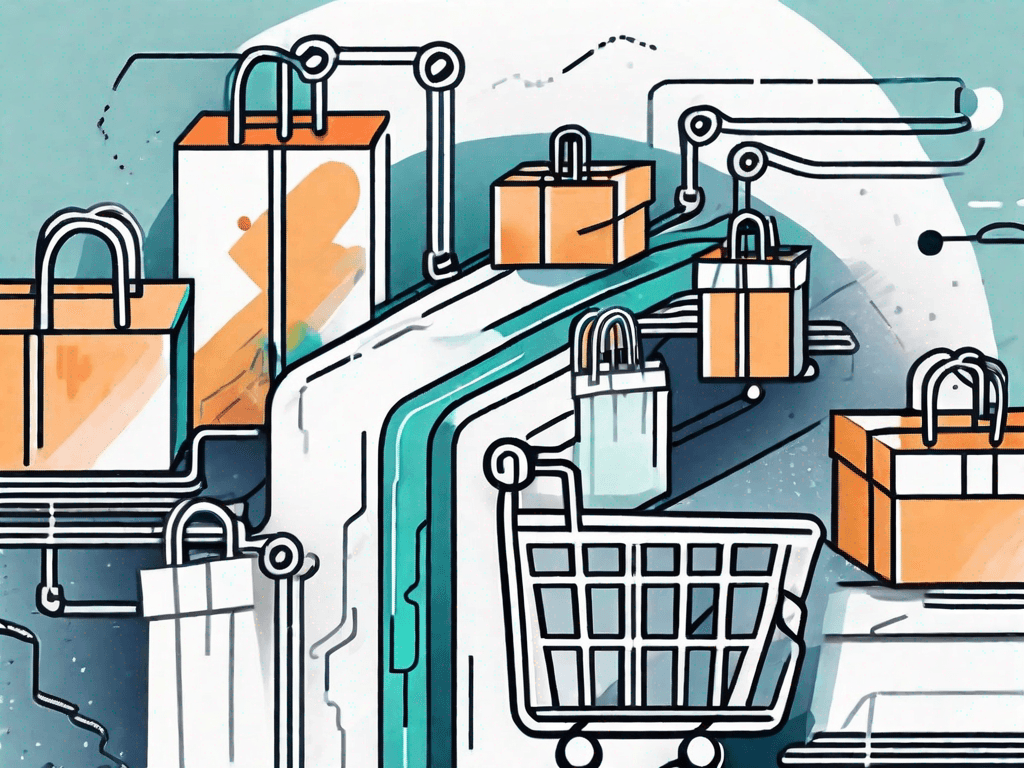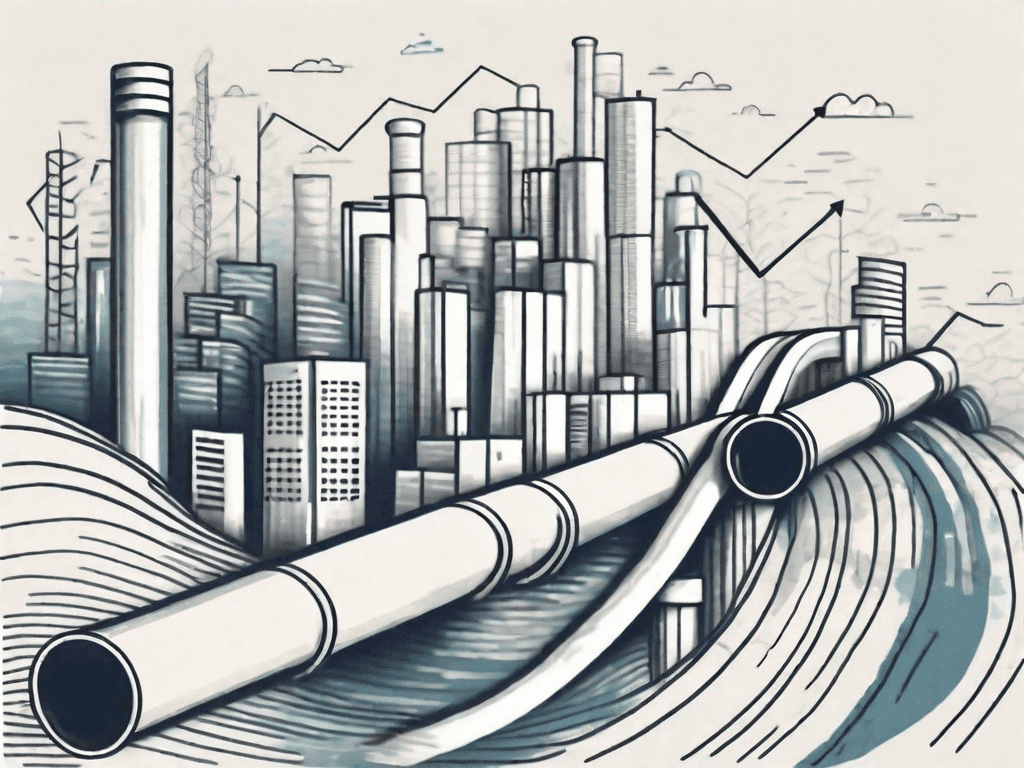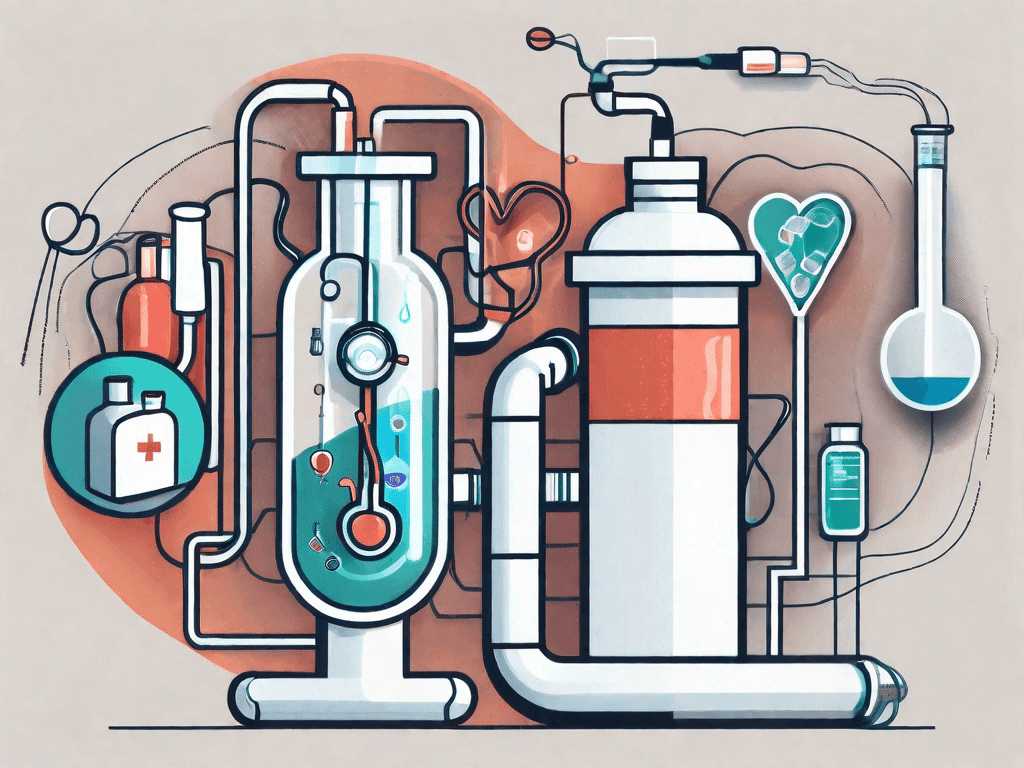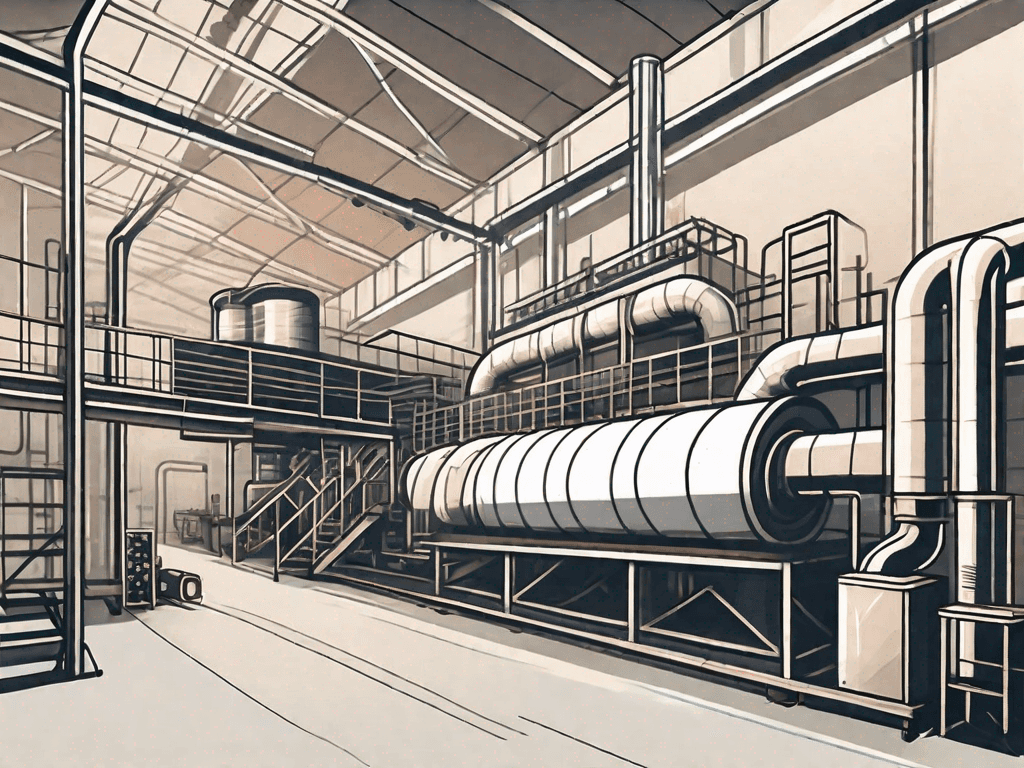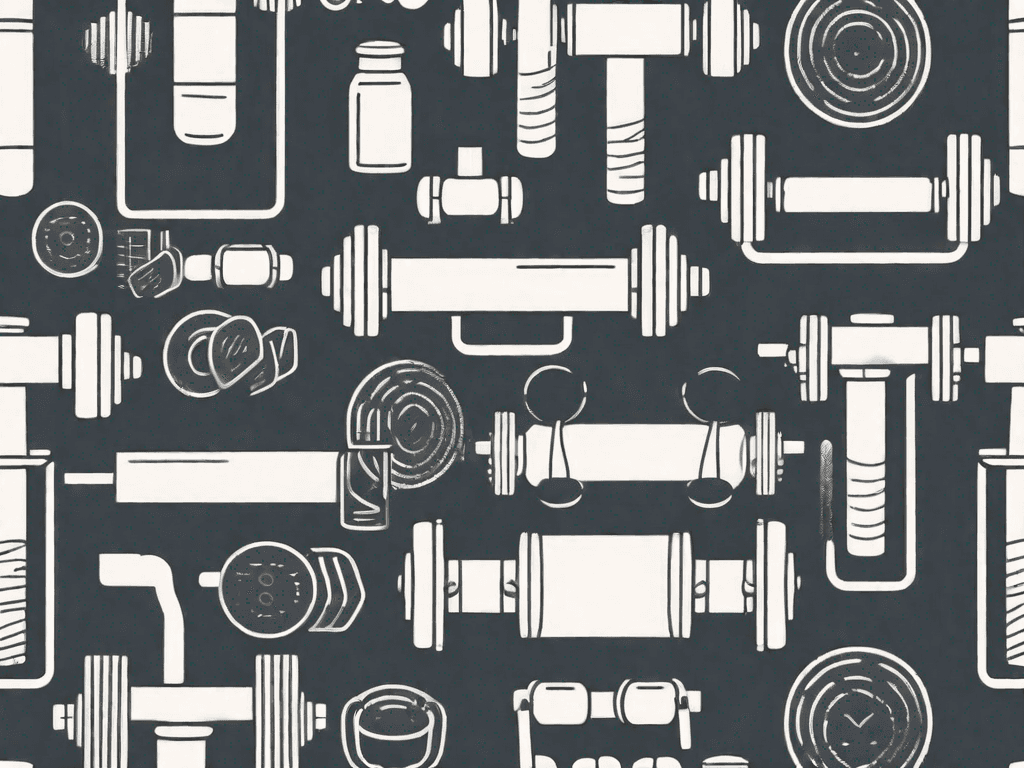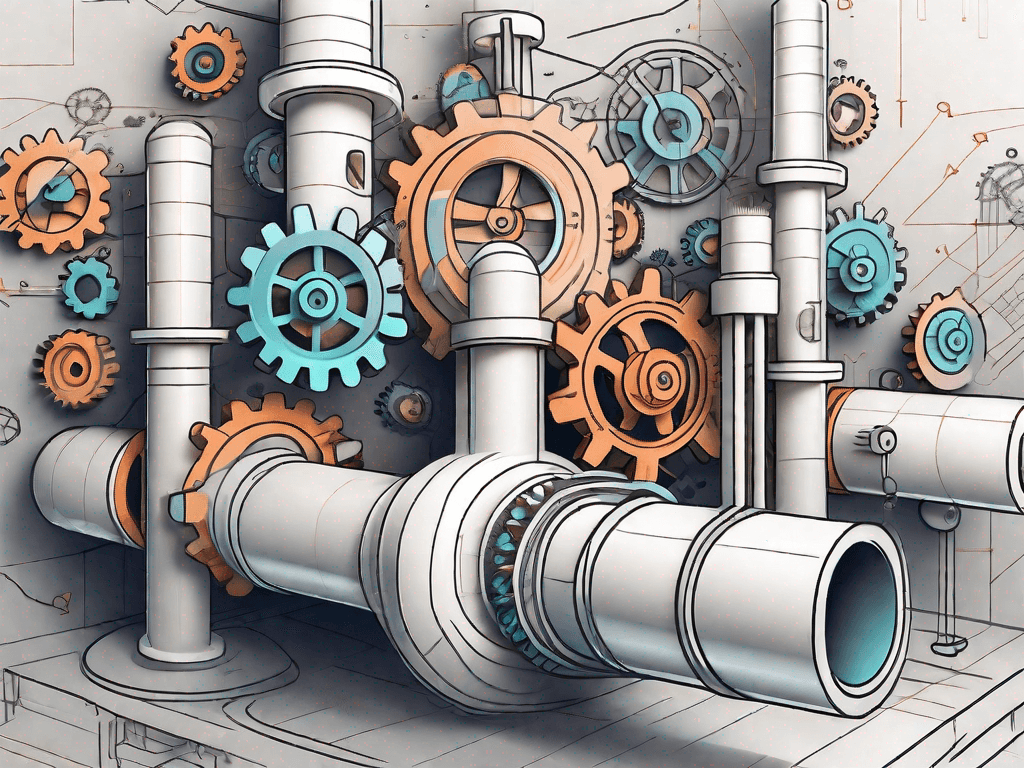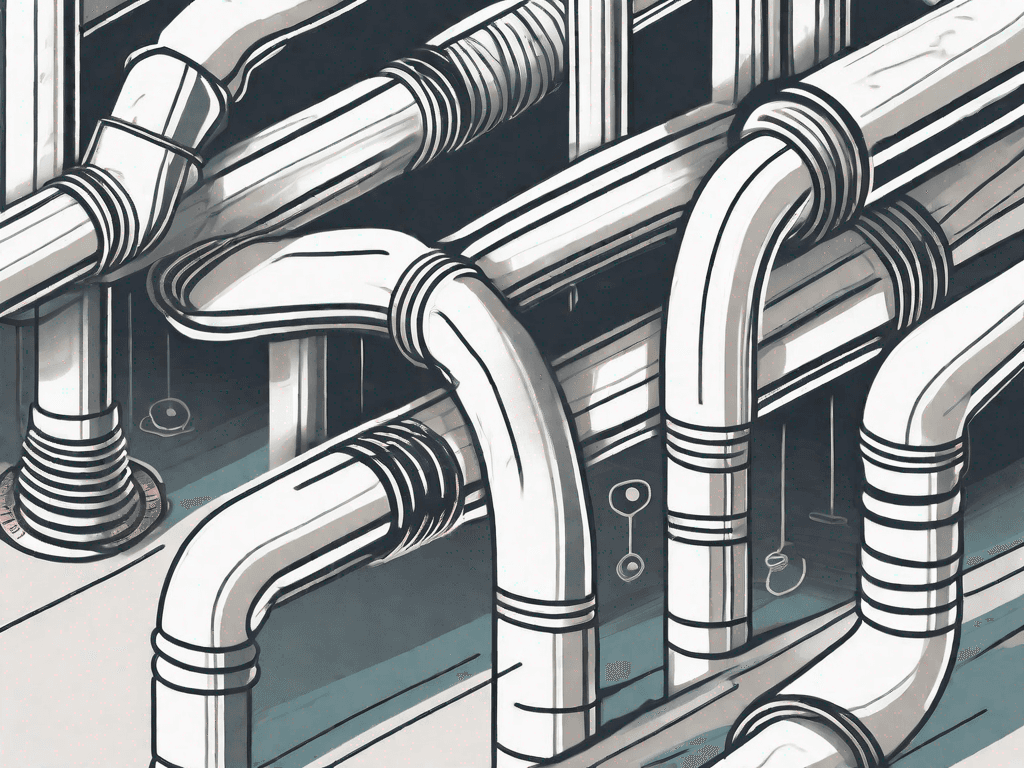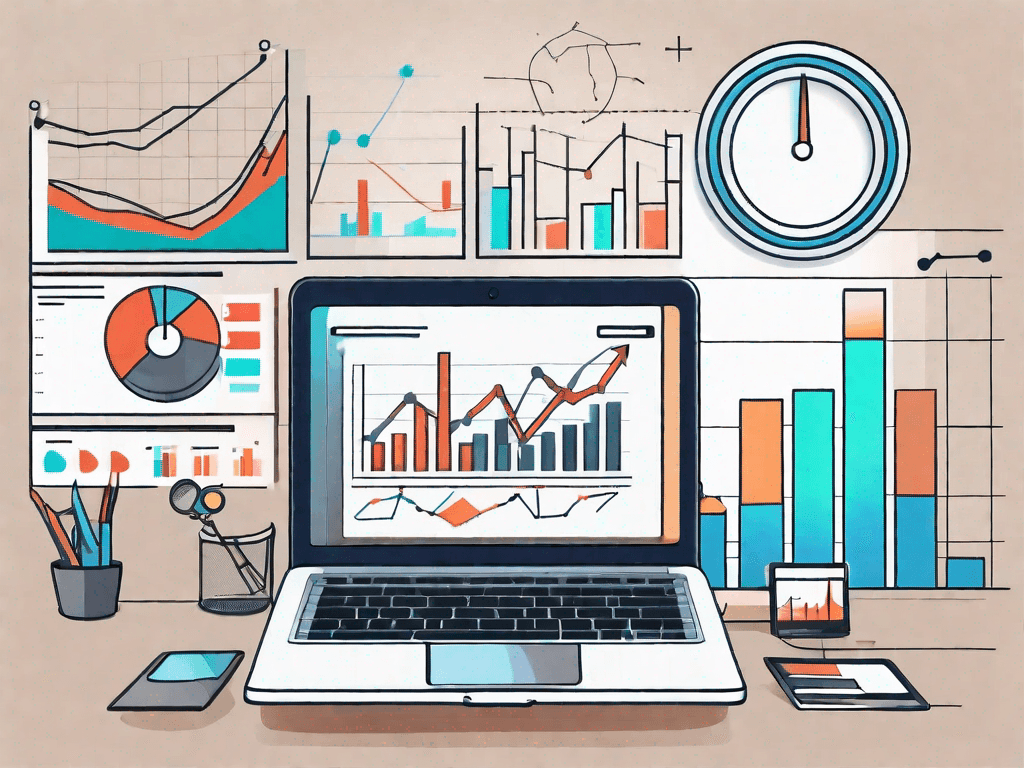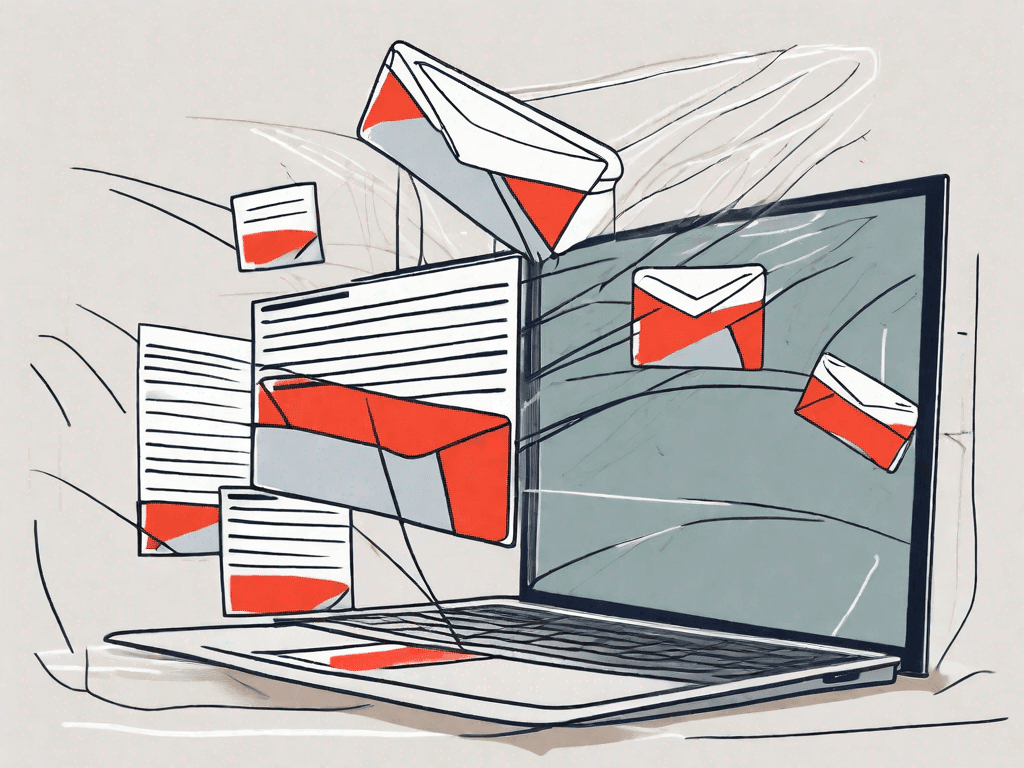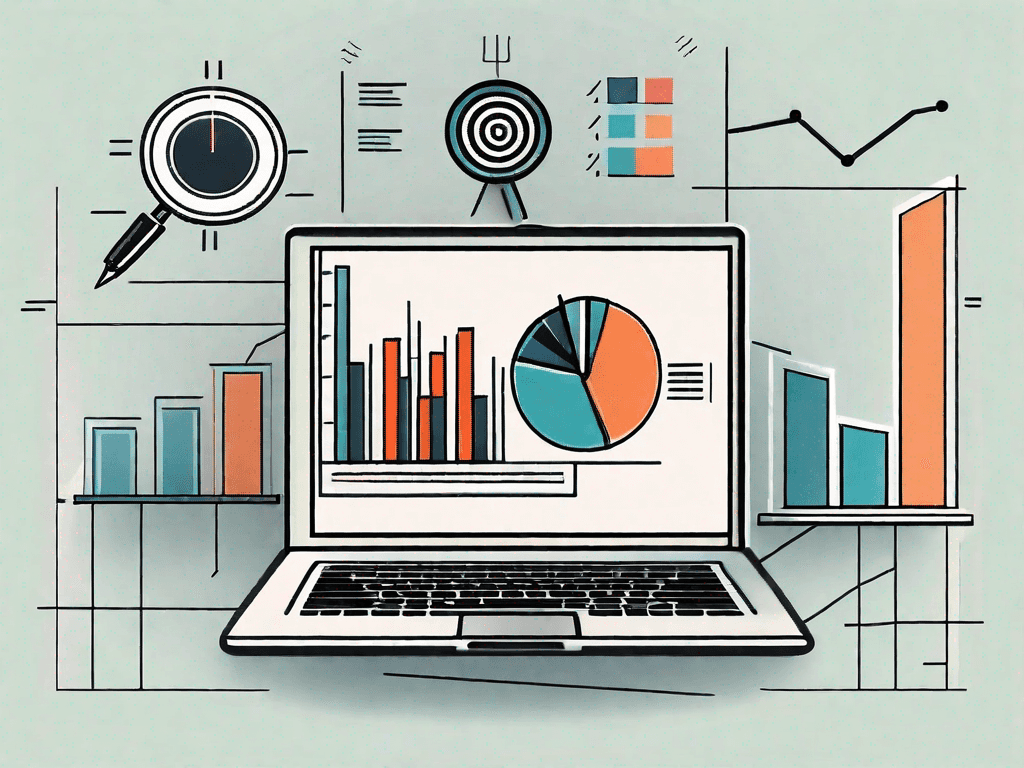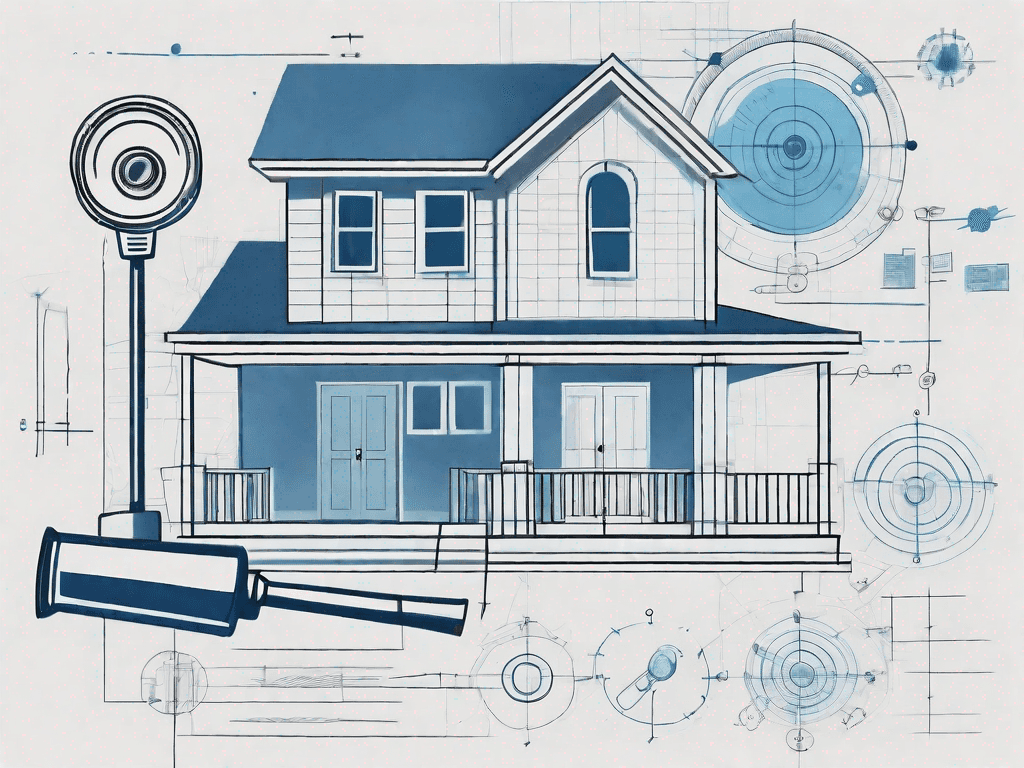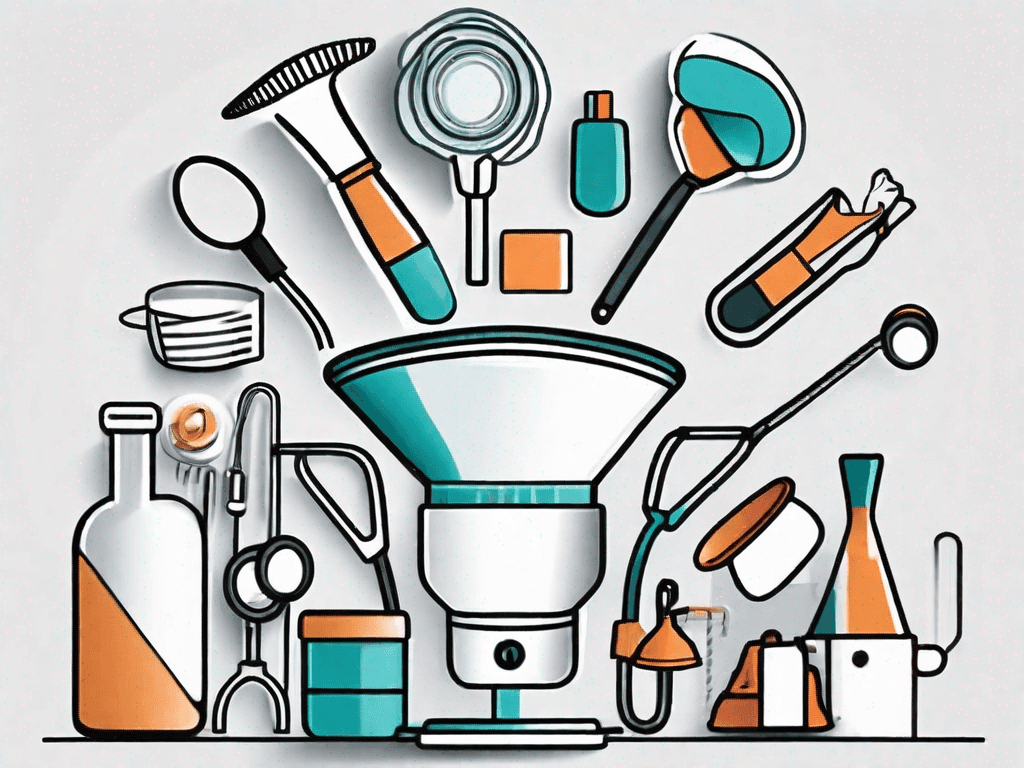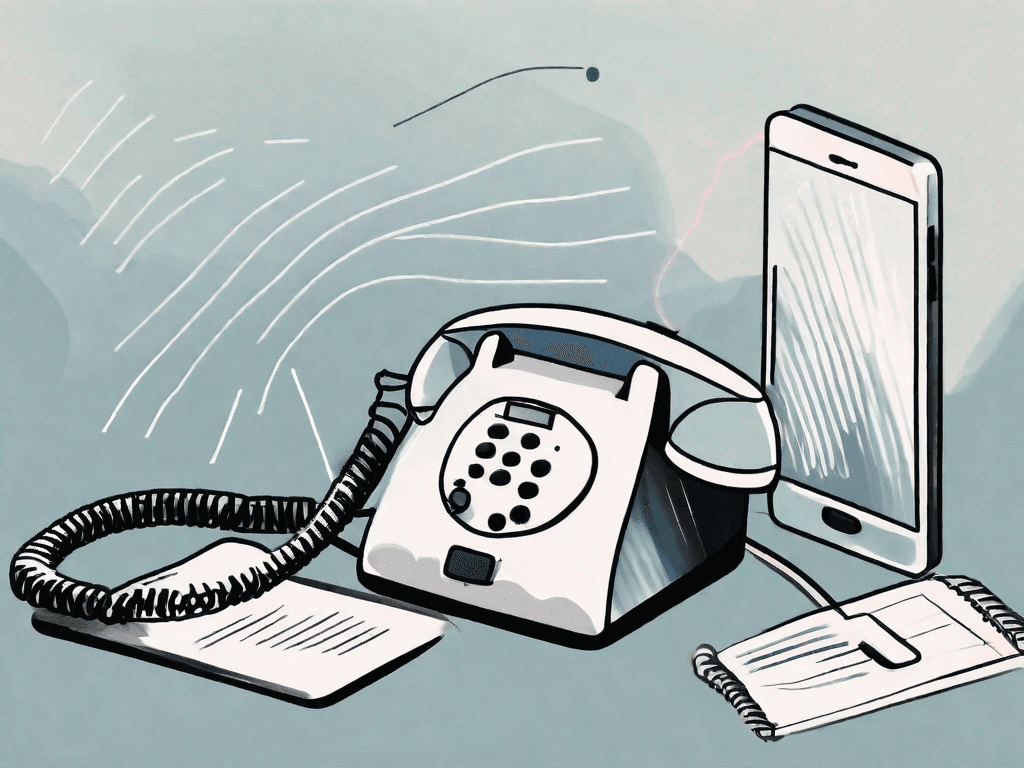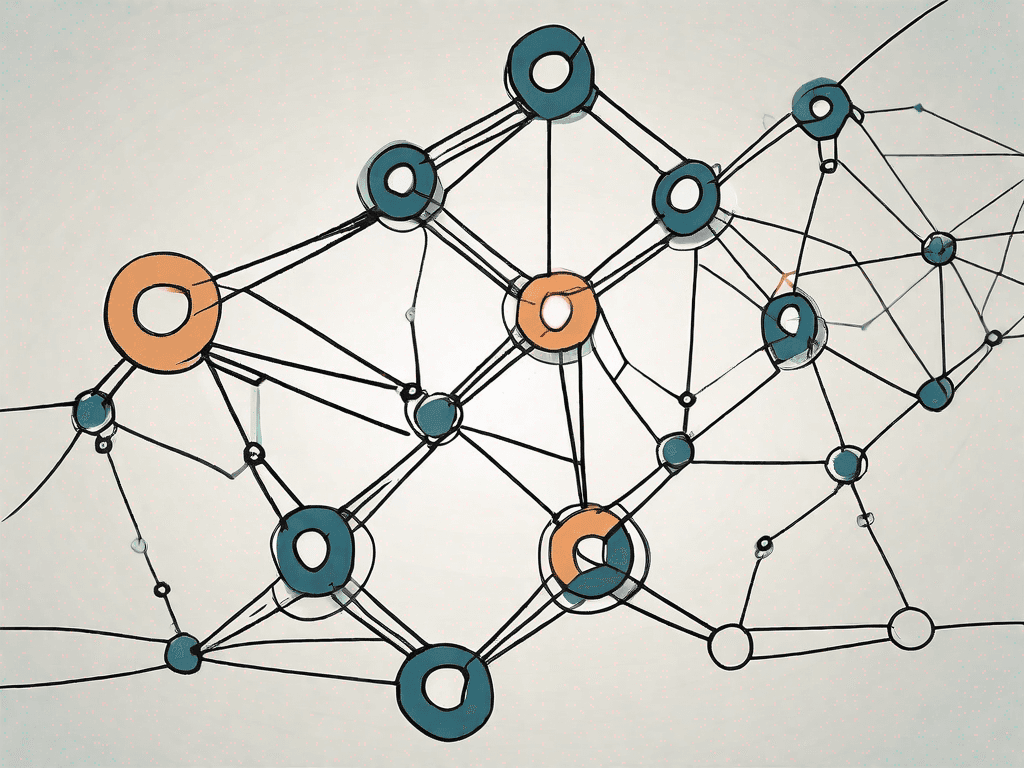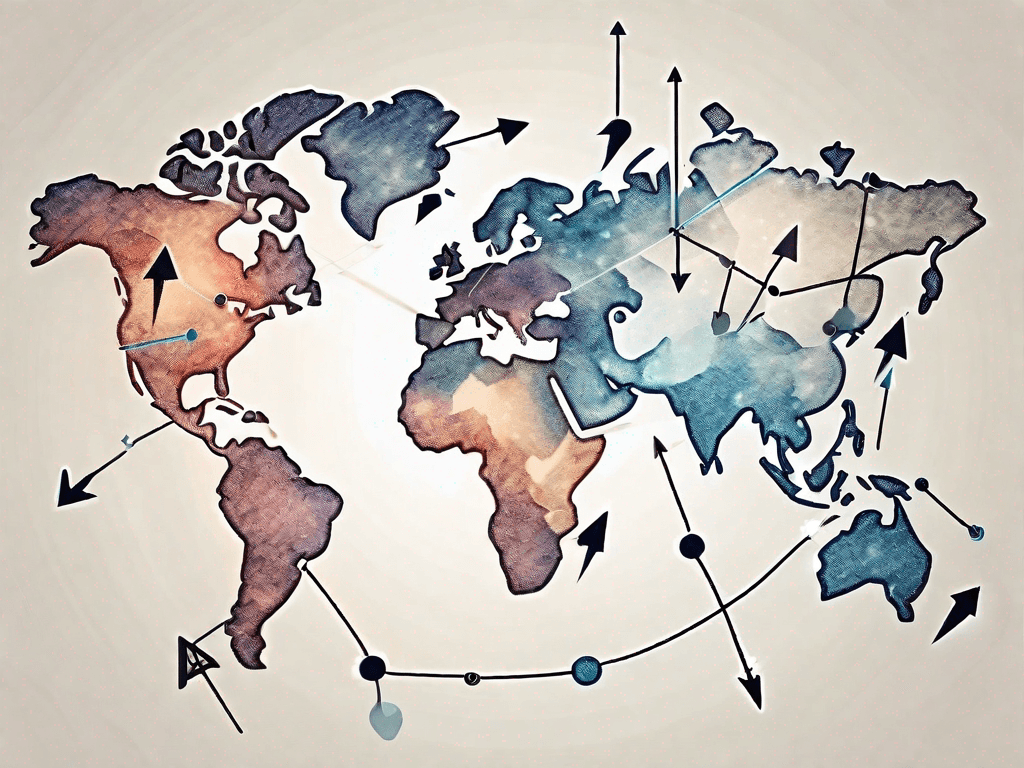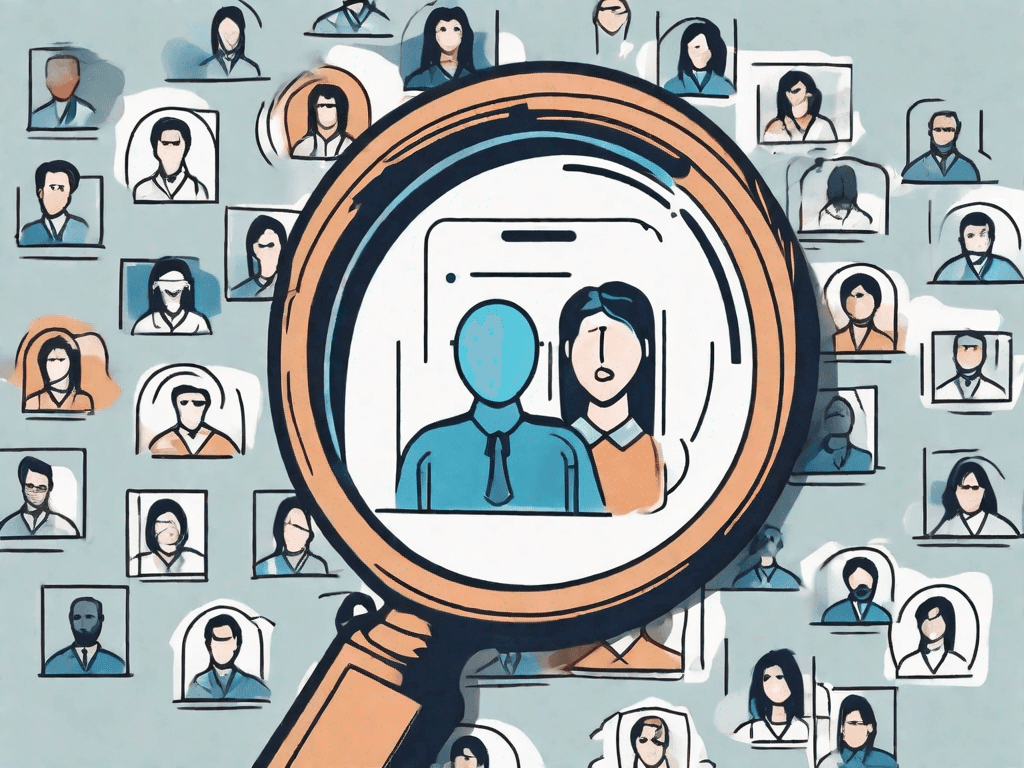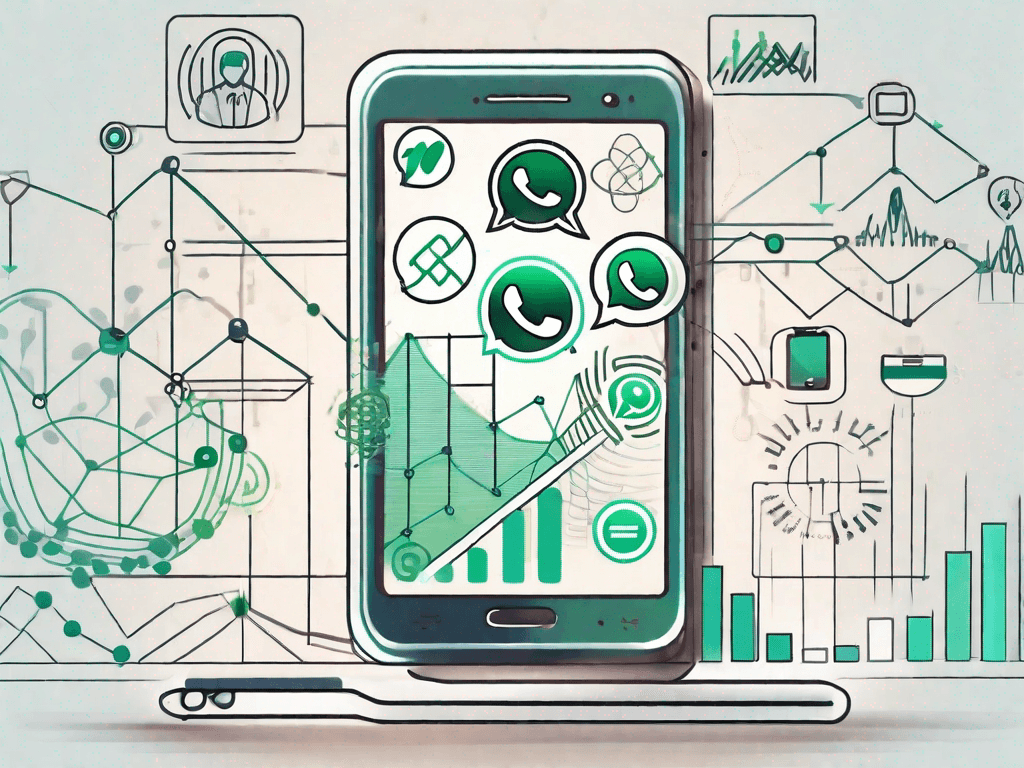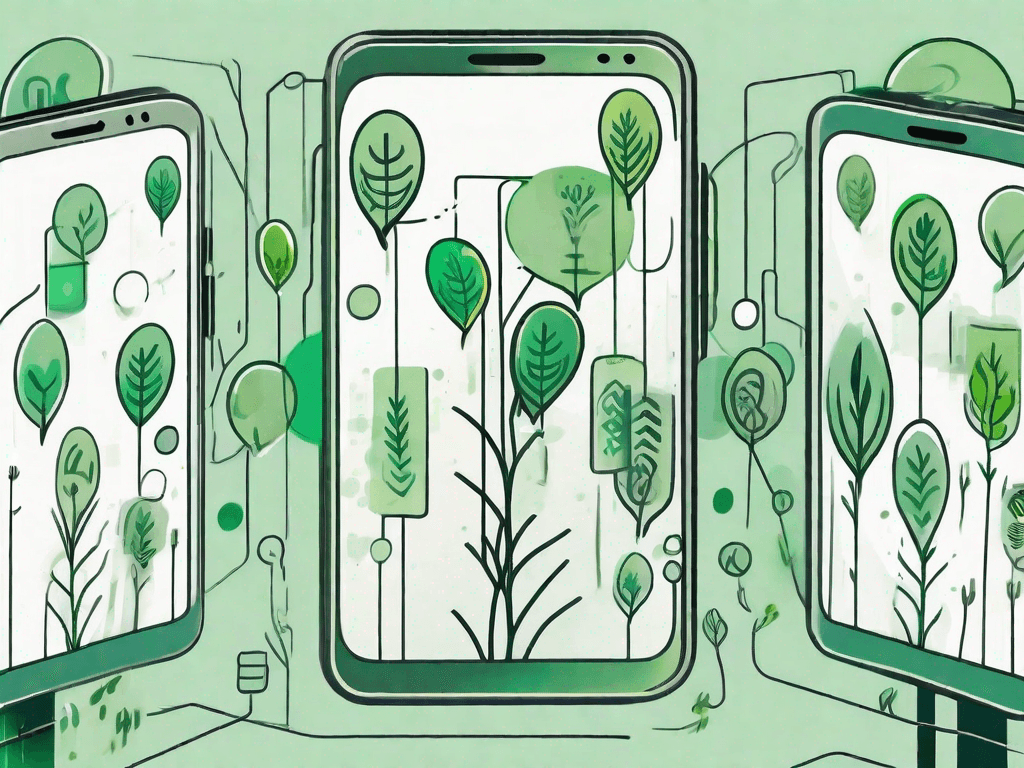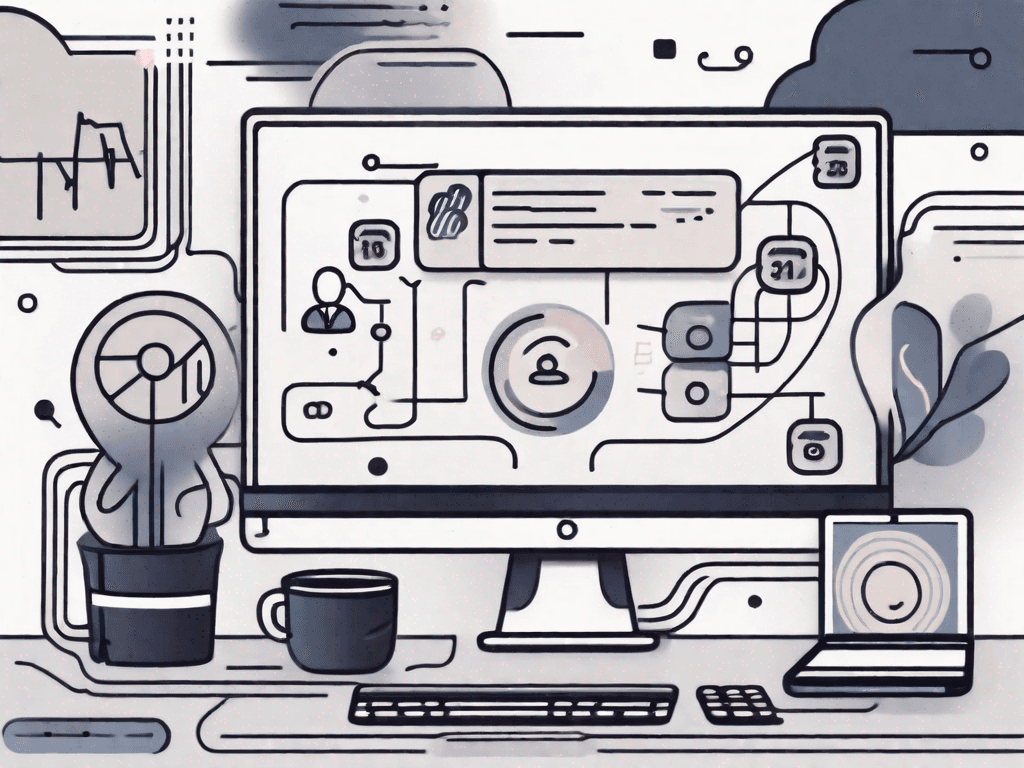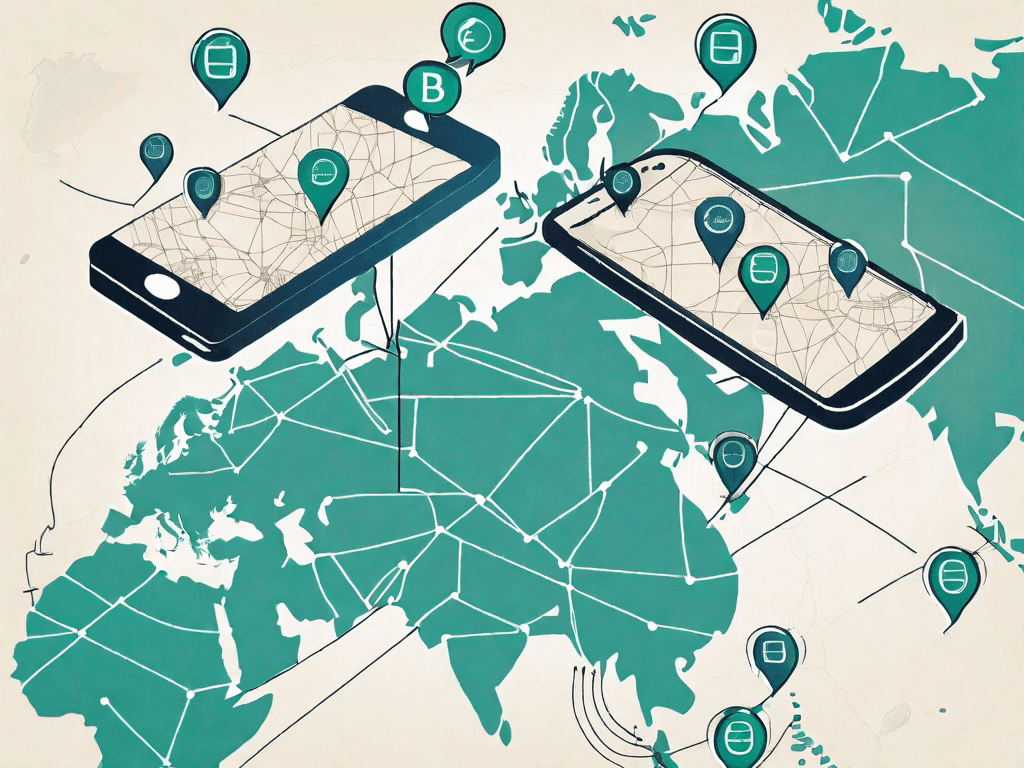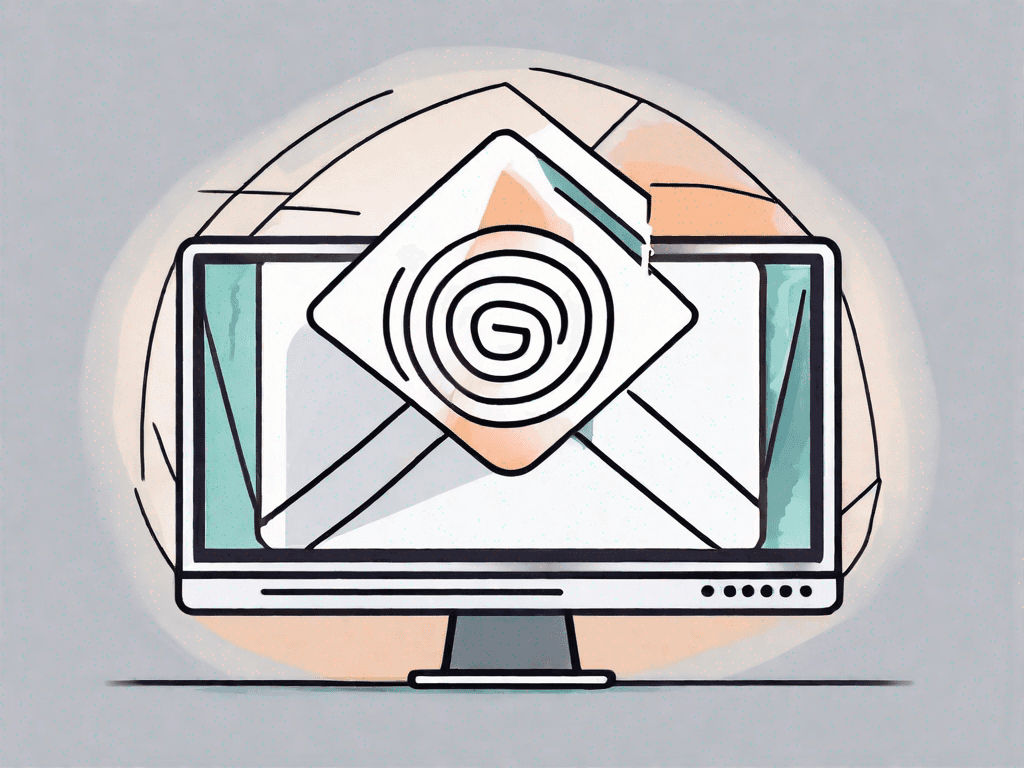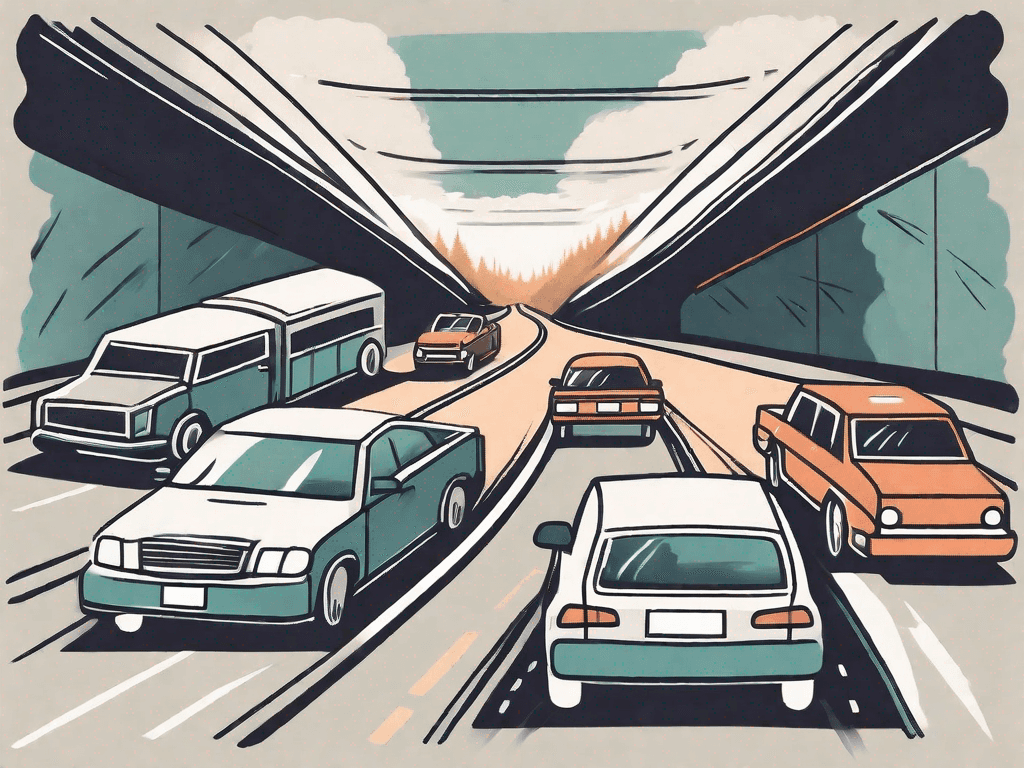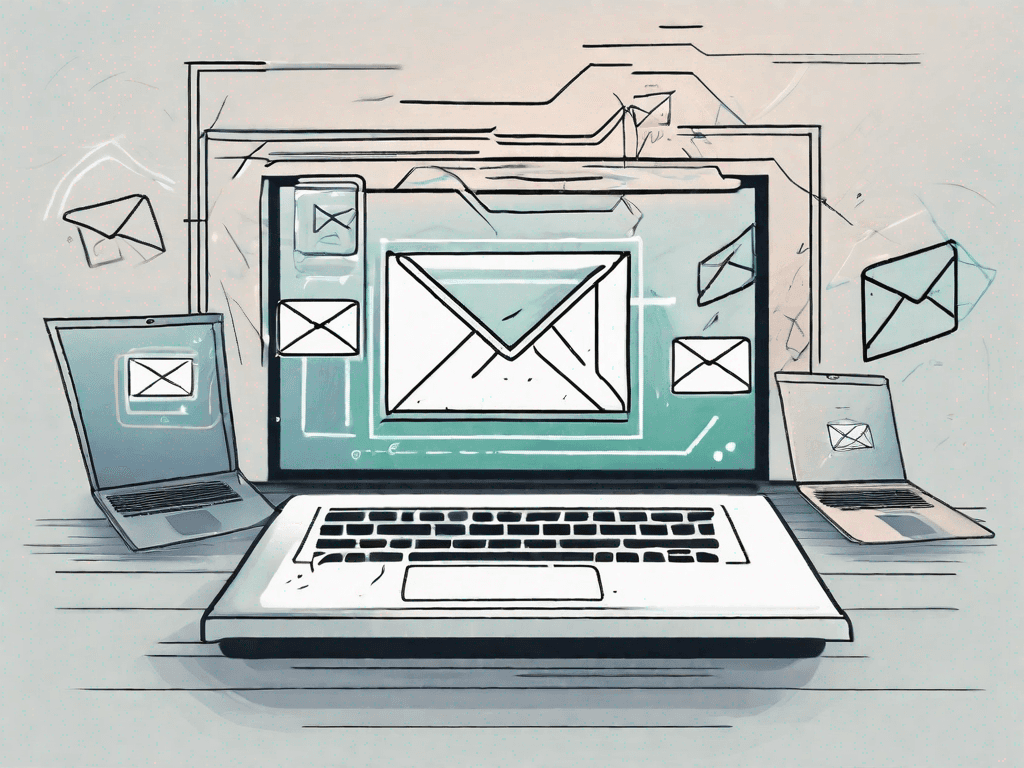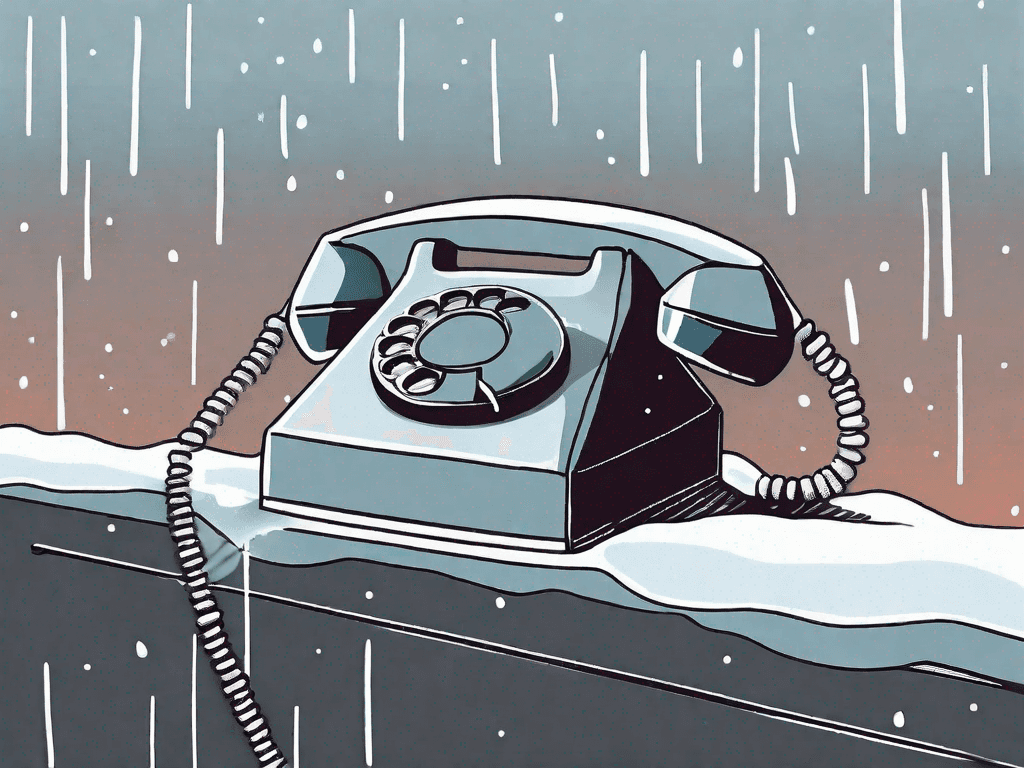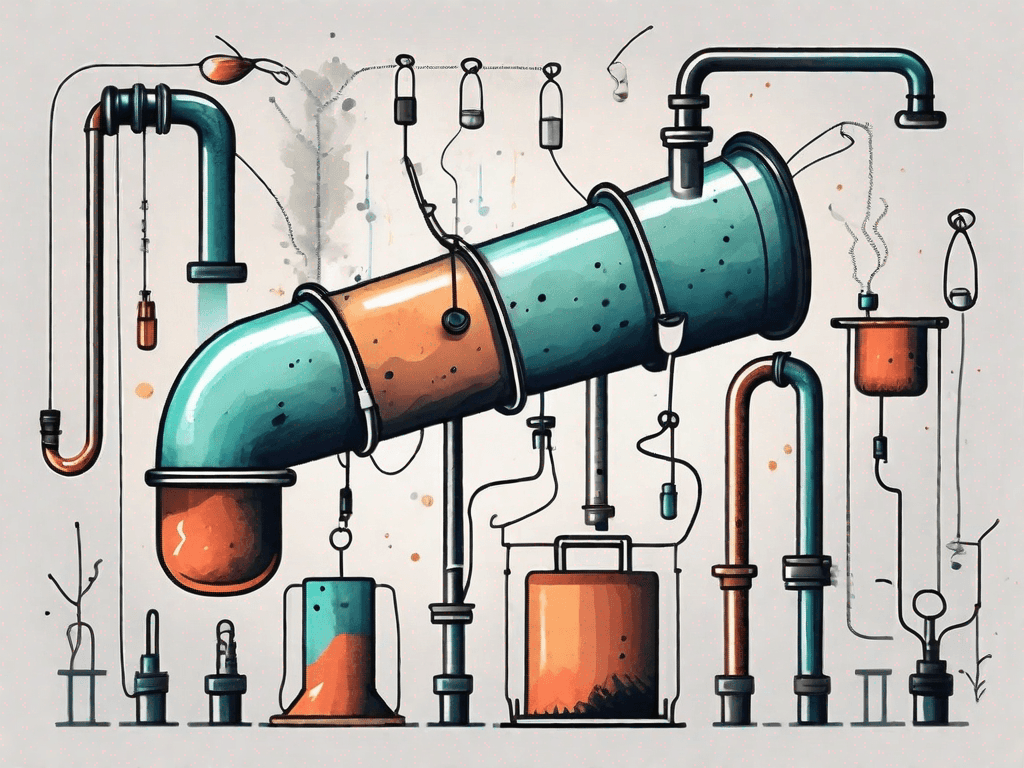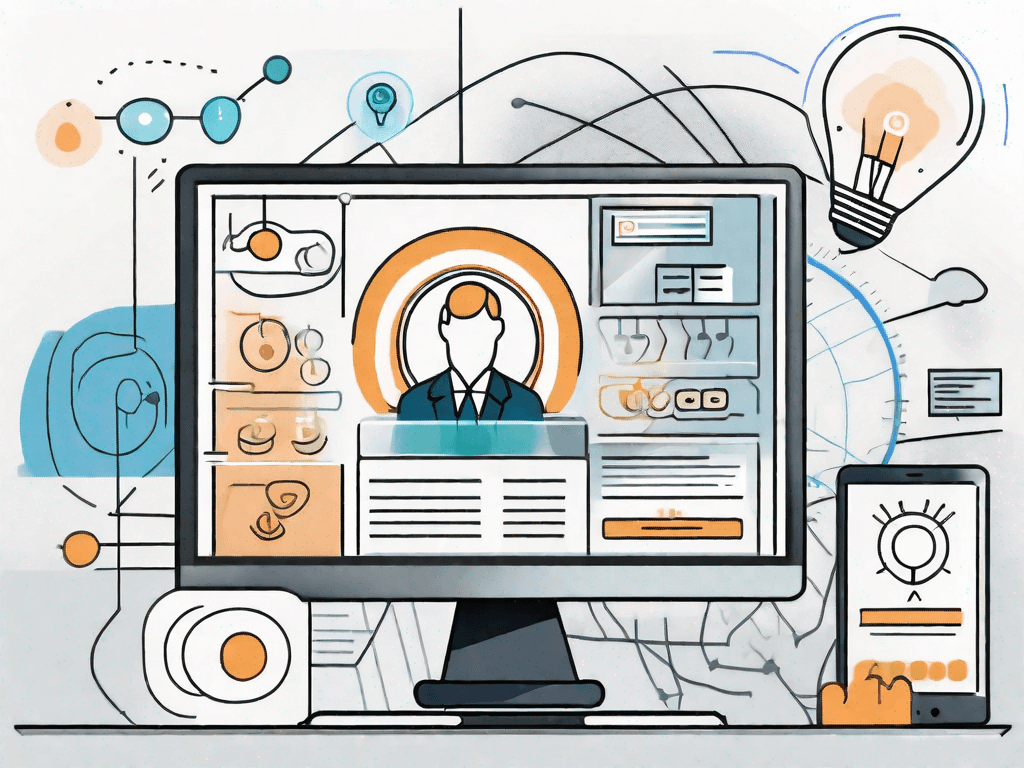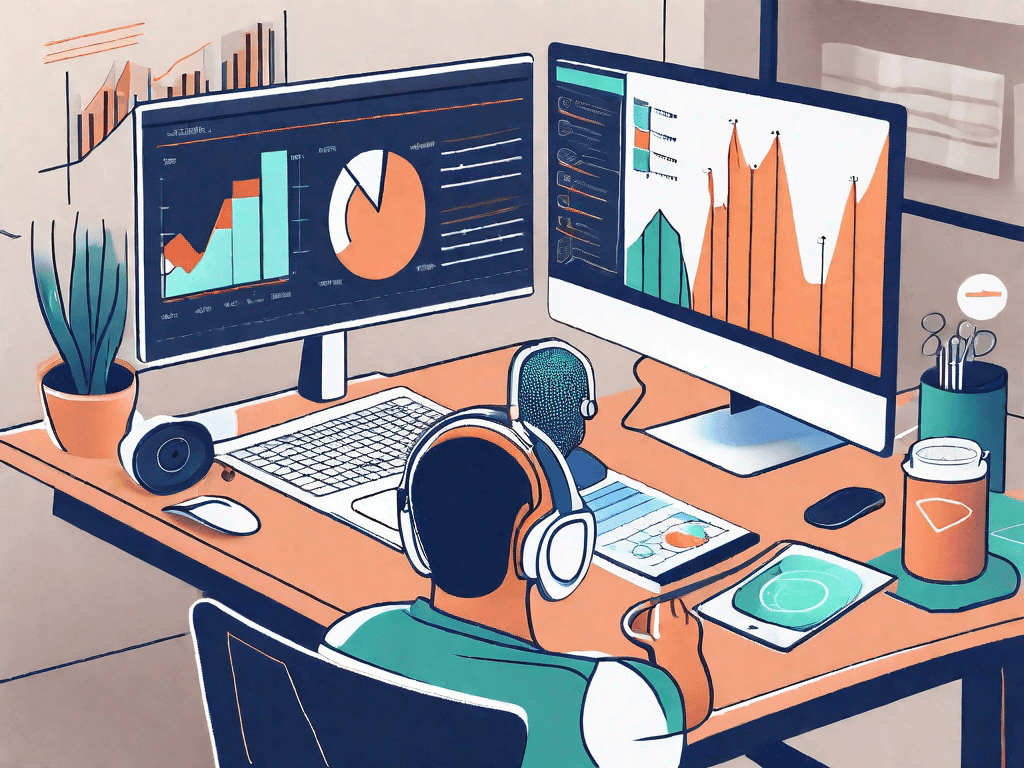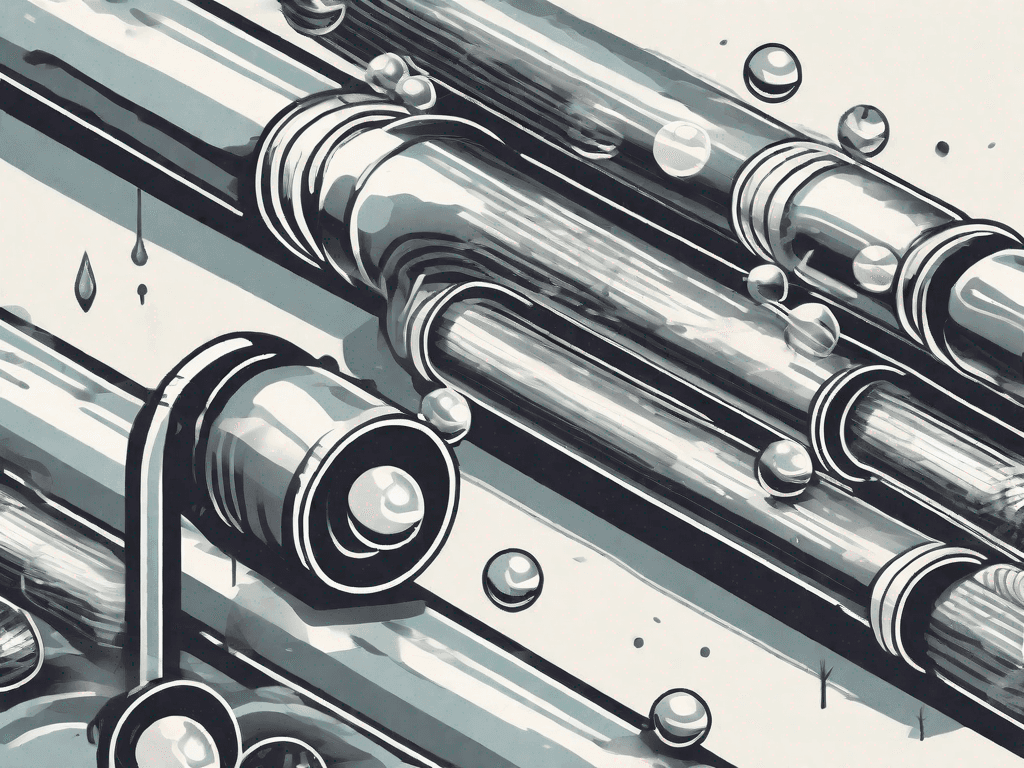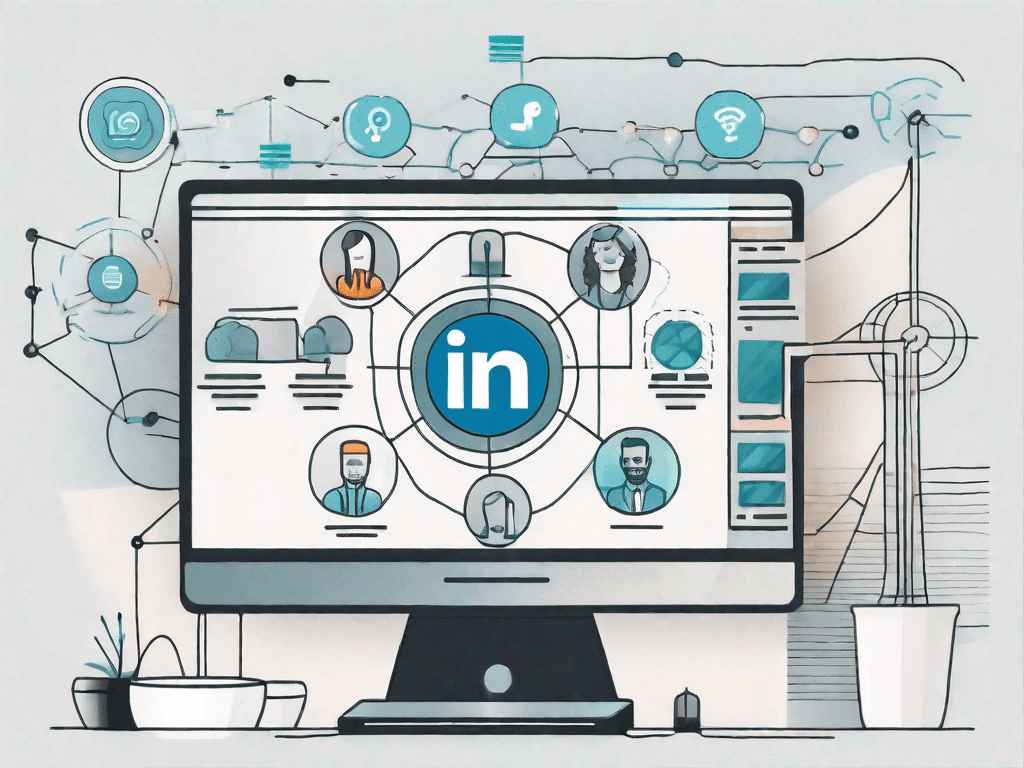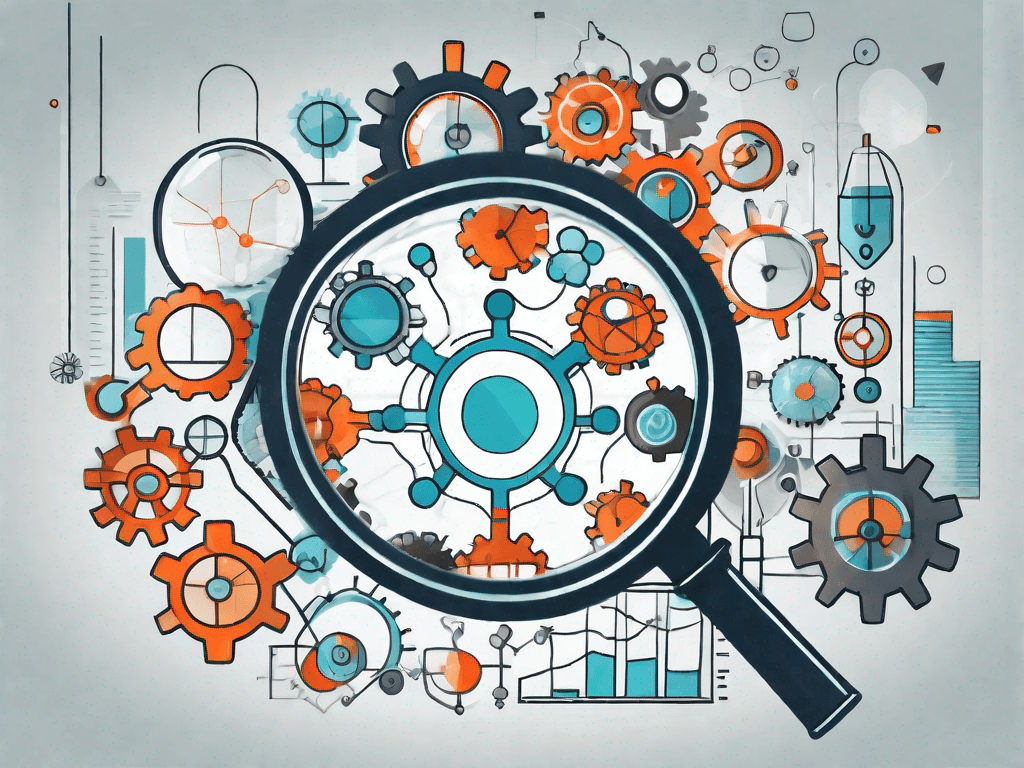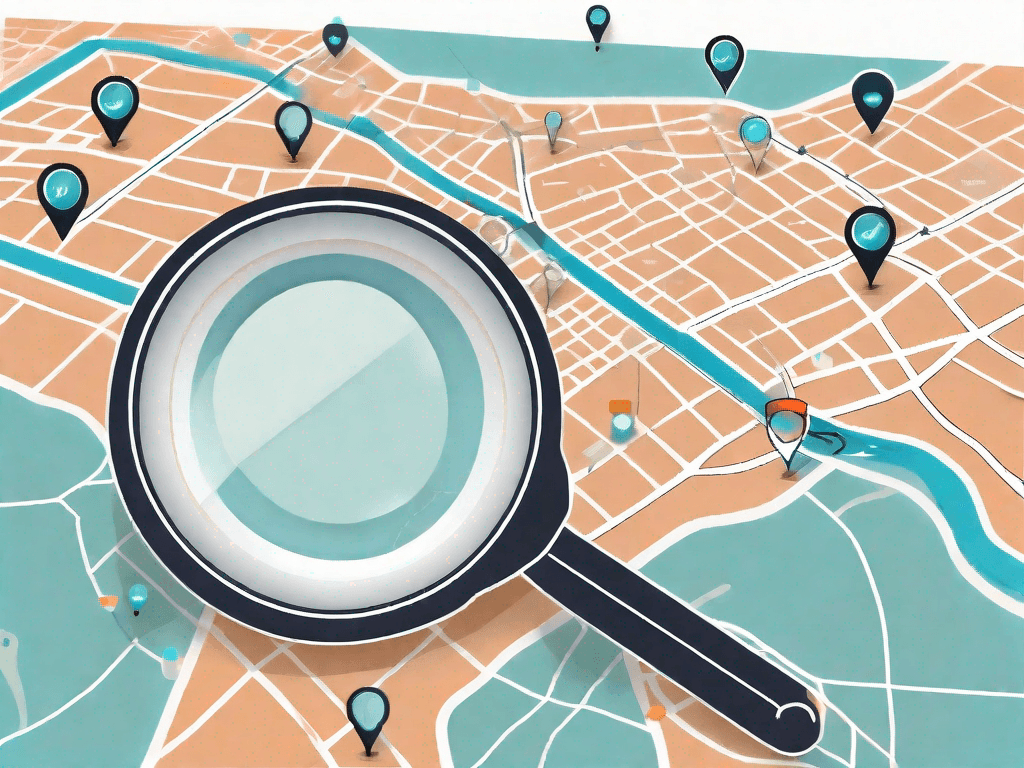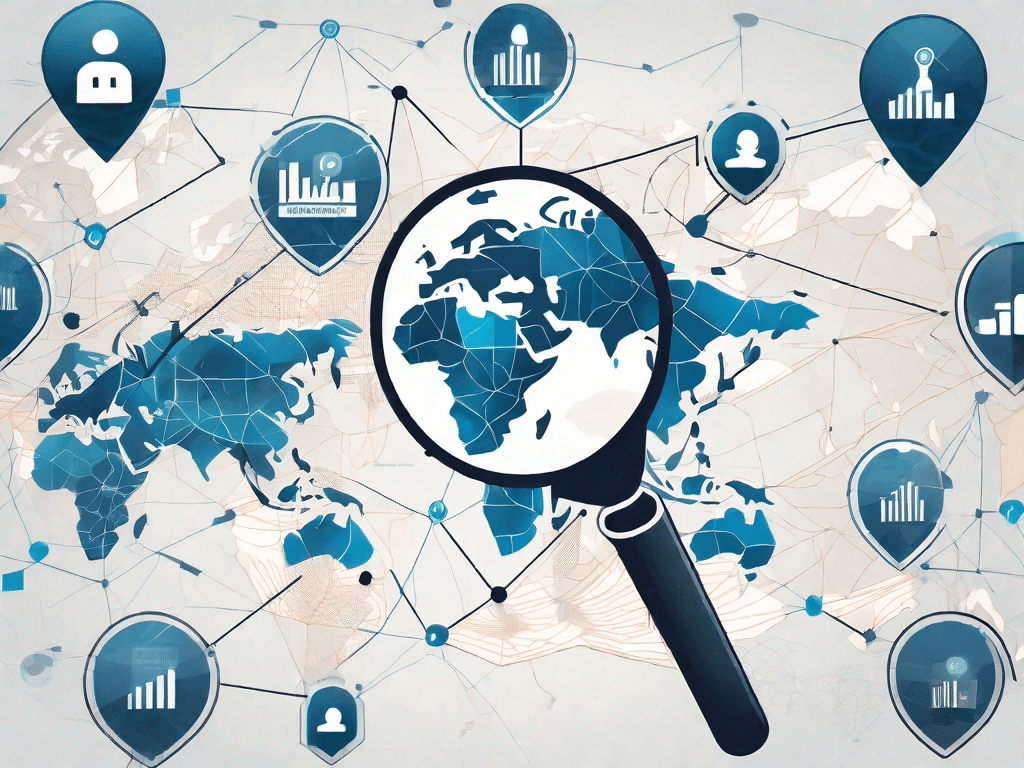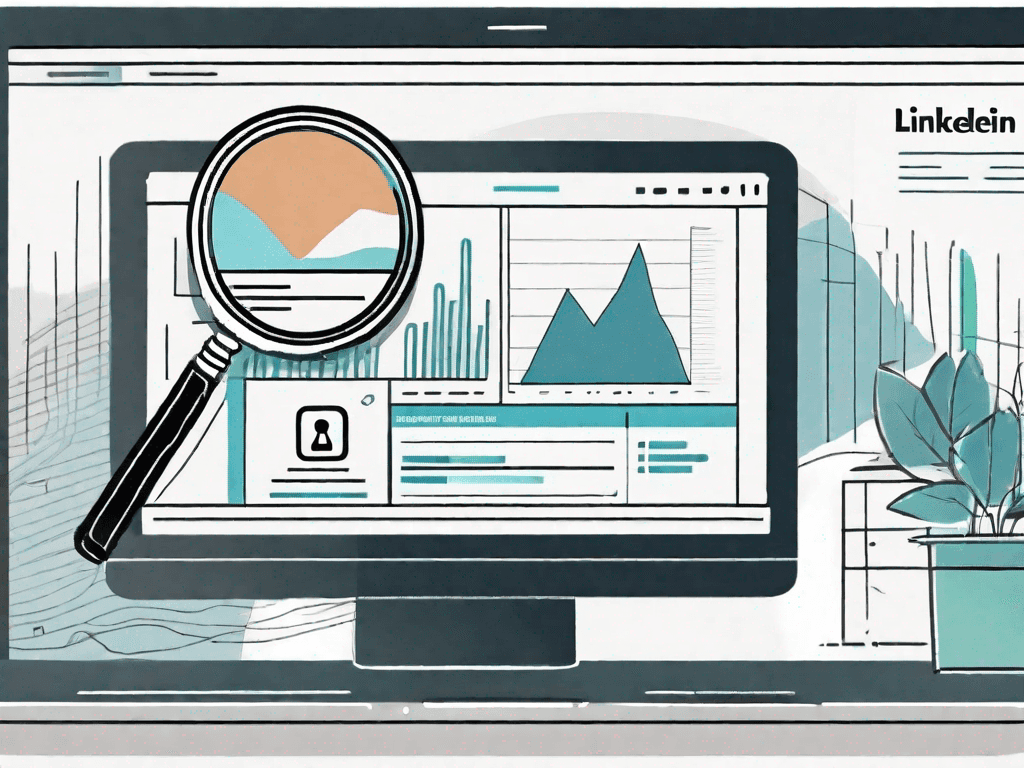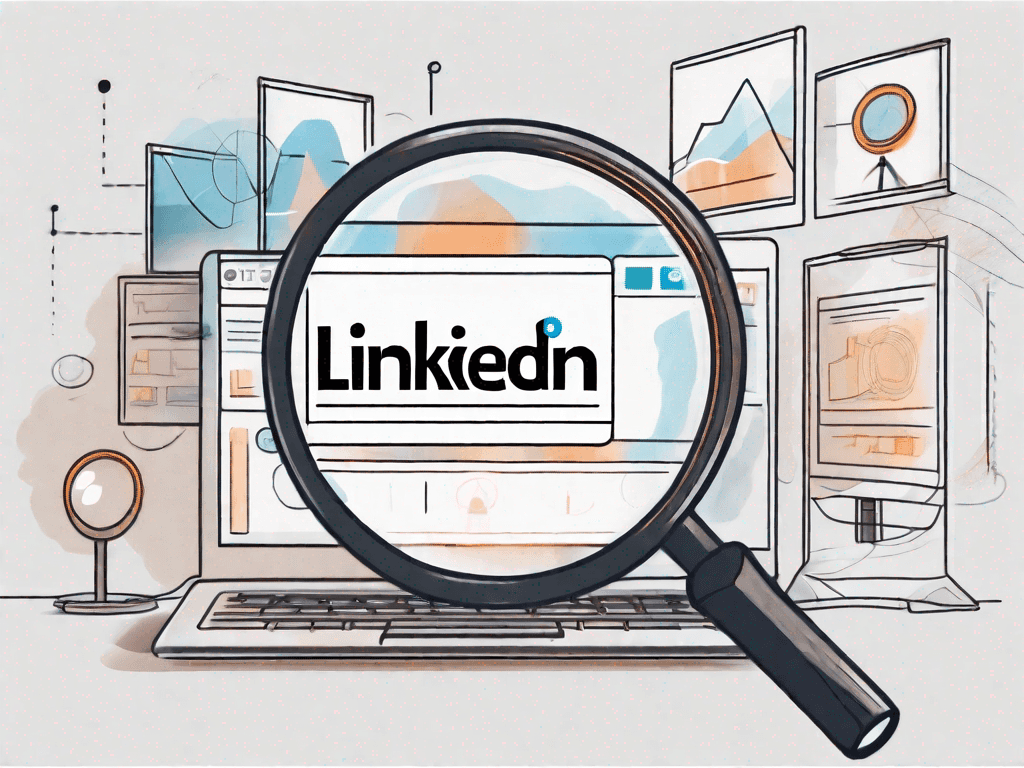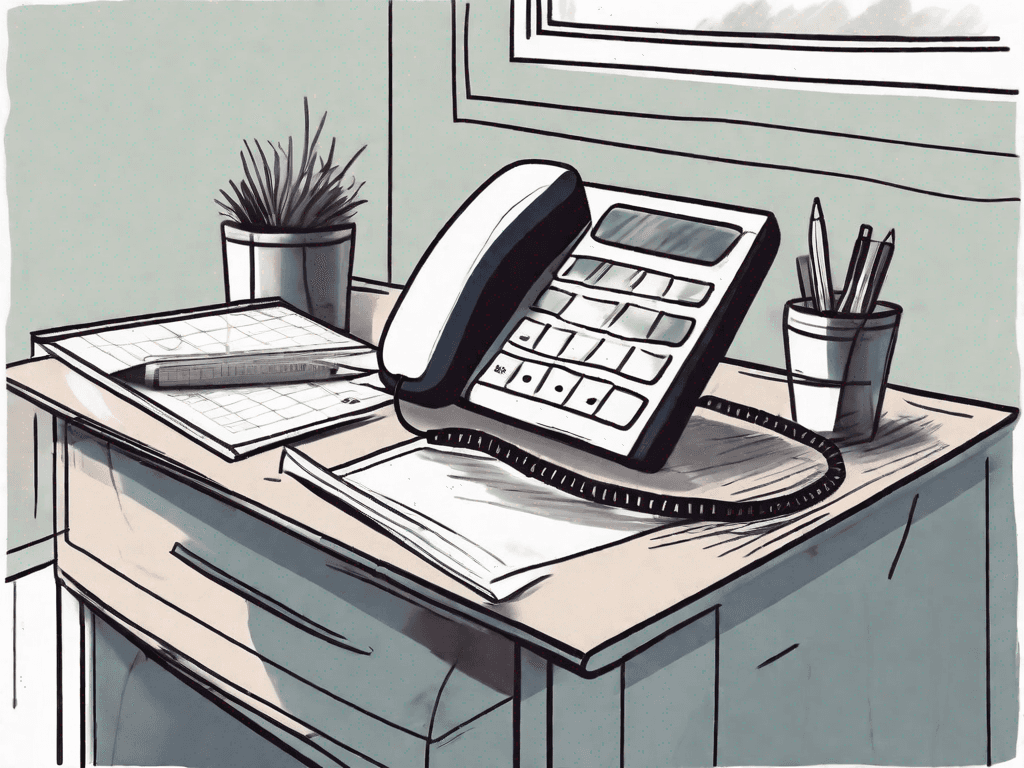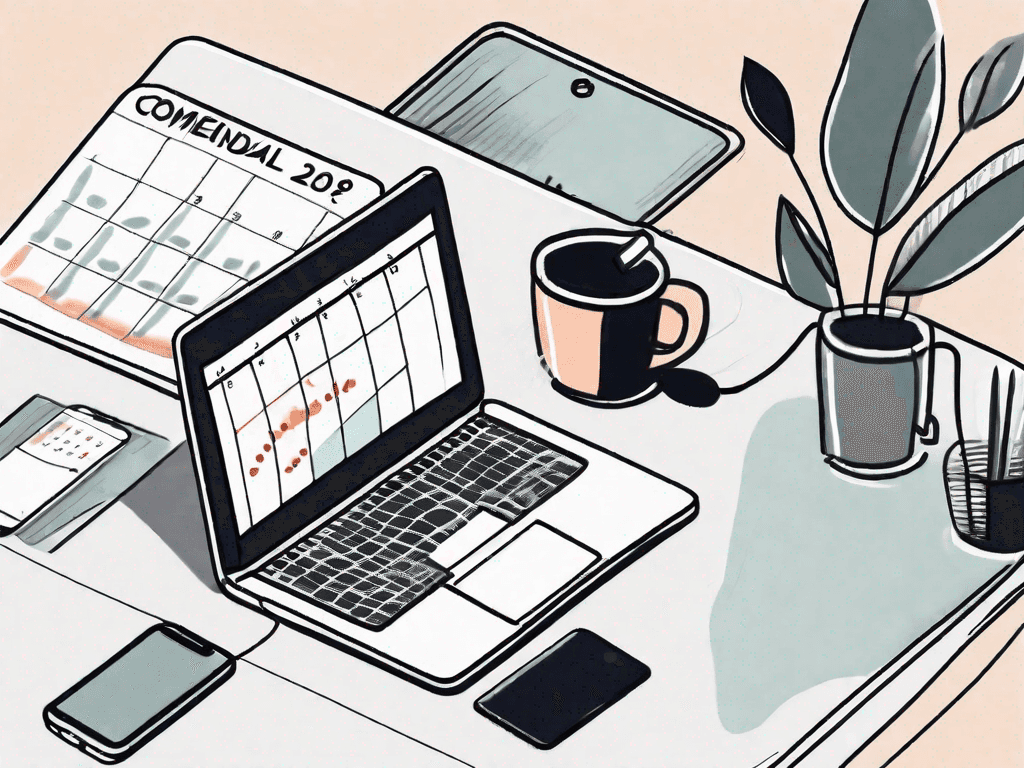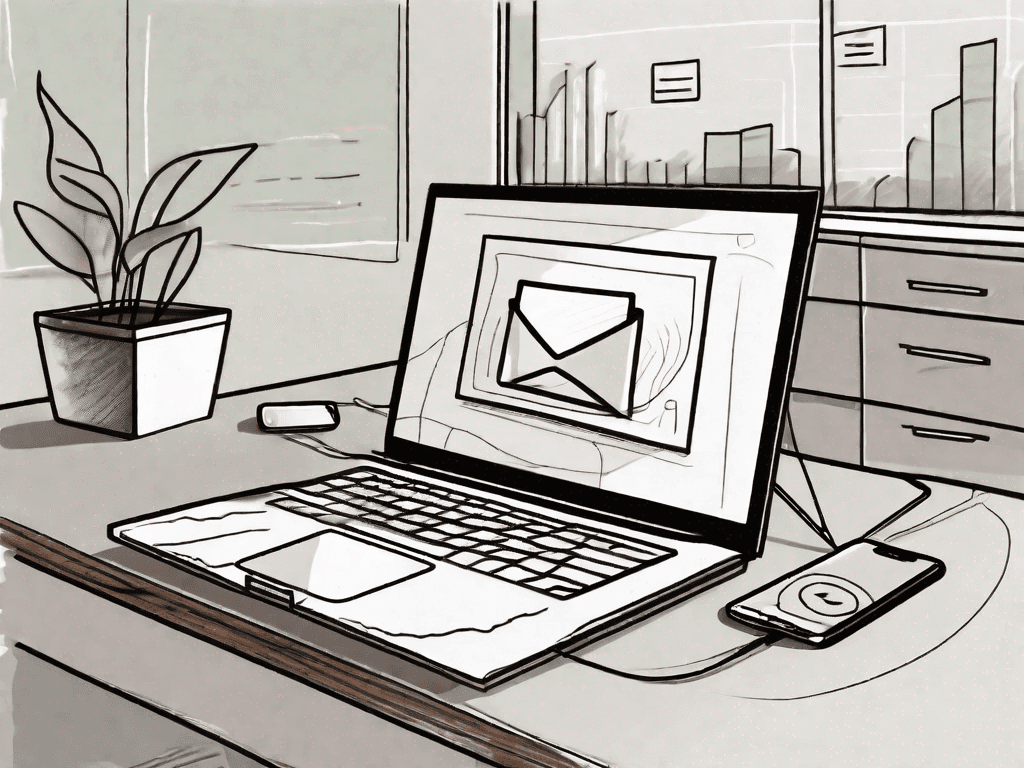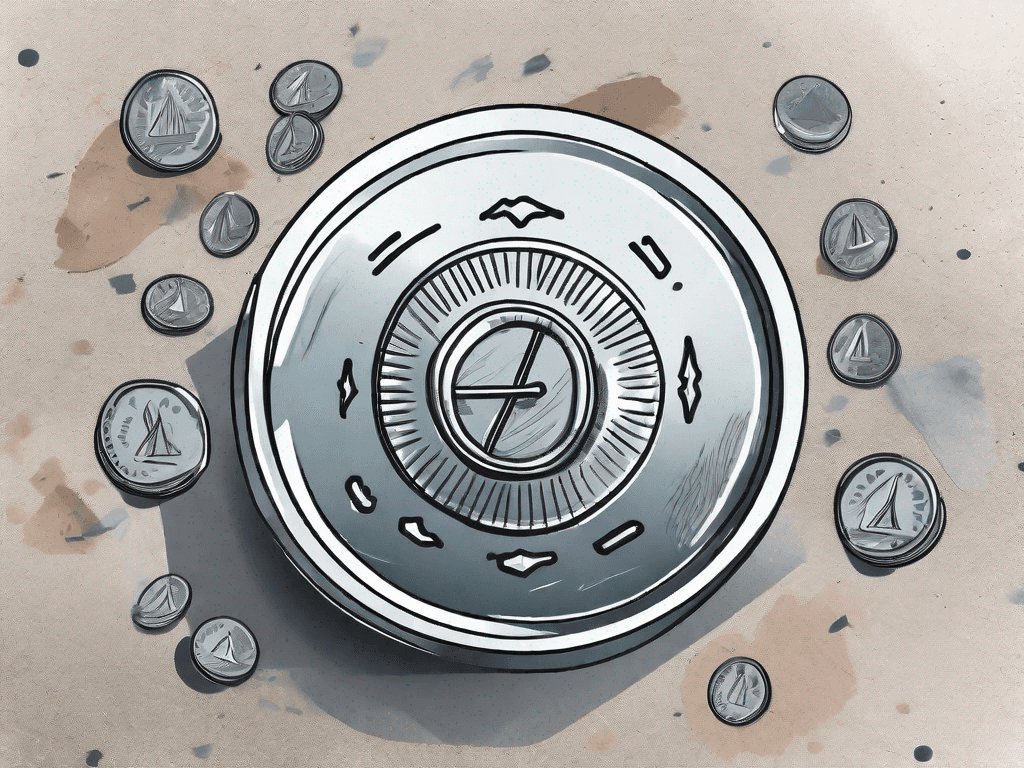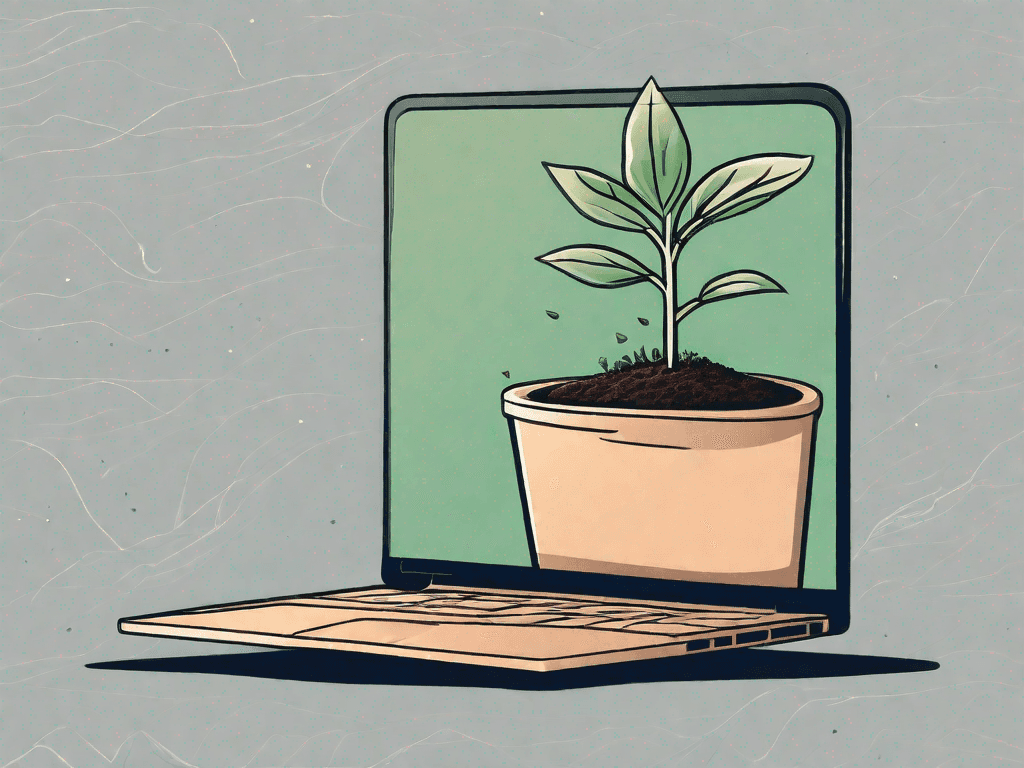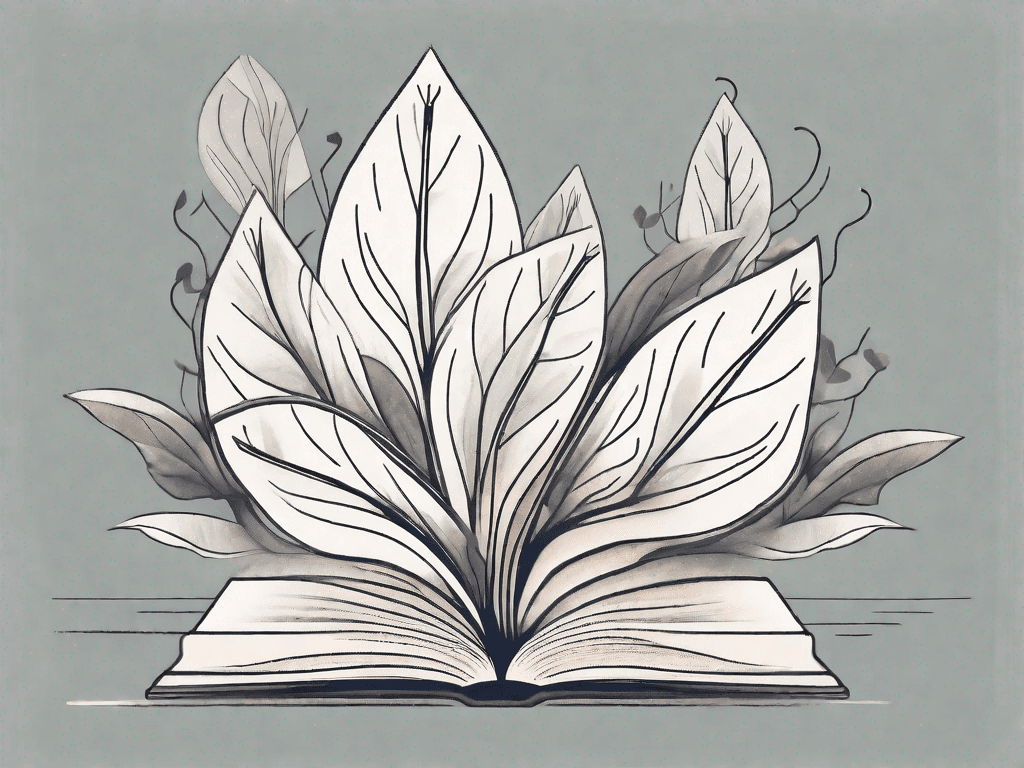
In today's competitive job market, it is crucial to leave a lasting impression on potential employers. One effective way to do so is by sending a follow-up message after a job interview. This article will guide you through the process of sending a follow-up LinkedIn message and provide you with templates to help you get started.
Understanding the Importance of a Follow Up Message

After surviving a gauntlet of questions and tests, many candidates make the mistake of assuming their work is done. On the contrary, by sending a well-crafted message, you can express your continued interest in the role and demonstrate your professionalism — both, qualities that many employers admire.
But what exactly should you include in a follow-up message? It's not just about saying thank you for the opportunity. A successful follow-up message should also reiterate your qualifications and highlight any key points that were discussed during the interview. This is your chance to remind the hiring manager why you are the perfect fit for the job.
Furthermore, a follow-up message allows you to address any concerns or questions that may have arisen during the interview. Perhaps there was a particular skill or experience that the interviewer seemed interested in. Use this opportunity to provide additional information or examples that showcase your expertise in that area.

The Role of LinkedIn in Job Interviews
LinkedIn has become an indispensable tool when job hunting. Not only does it allow professionals to connect with potential employers, but it also serves as a platform for maintaining and building relationships. Utilizing LinkedIn to send a follow-up message shows that you are tech-savvy, resourceful, and maybe tenacious — which is just as valuable.
When sending a follow-up message through LinkedIn, it's important to personalize it to the specific individual you interviewed with. Take the time to review their profile and find common interests or connections that you can mention in your message. This will help you stand out and show that you have done your research.
Additionally, LinkedIn offers the advantage of being able to attach any relevant documents or links to your message. If there was a specific project or portfolio piece that you discussed during the interview, you can include it as an attachment or provide a link for easy access. This will allow the hiring manager to further evaluate your skills and qualifications.
Why Follow Up Messages Matter

Follow-up messages matter for a bunch of reasons. First off — employers get busy or just forget sometimes. It happens. A LOT. Whether it’s crunch time at the office or they’re drowning in applications for a popular job posting, it’s easy for your name to get lost in the pile. A well-timed, thoughtfully written follow-up can help you stand out, while also reminding them of your enthusiasm, qualifications, and, well... that you exist.
Keep in mind: throughout the interview process, everything you do is being looked at — including your follow-ups. So why not use that to your advantage?
Let’s say you want to address a question or concern that came up in the interview. As long as you're not bringing up sensitive topics too bluntly (looking at you, salary talk 💸), following up like this shows that you’re proactive and willing to go the extra mile — a trait every employer loves.
Bottom line: the job hunt is competitive, and every little edge counts. A strong follow-up shows you’re serious about the role and ready to put in the effort to secure it. So don’t underestimate its power — it might just be what lands you your dream job.

Crafting Your LinkedIn Follow Up Message
When crafting your follow-up message, it is important to consider the timing and content. Here are some key factors to keep in mind:
Timing is crucial when it comes to follow-up messages: Sending your message within 24-48 hours of the interview is ideal. It shows that you are prompt and eager. Waiting too long may give the impression that you are not genuinely interested in the position.
Strike the right balance between professionalism and warmth: Express your gratitude for the opportunity to interview and reiterate your enthusiasm for the role. If you're unsure how to best articulate your thoughts, then AI paraphraser can offer help by automatically refining LinkedIn's message word choice and tone for better engagement.
Templates for Your LinkedIn Follow Up Message
Here are some templates to help you get started on your follow-up message:
Template for a General Follow Up
Dear [Interviewer's Name], I wanted to express my gratitude for the opportunity to interview for the [Job Title] position at [Company Name]. I was impressed by [specific aspect of the company or interview]. Our discussion about [specific topic discussed during the interview] has further strengthened my interest in the role. I look forward to hearing from you regarding the next steps in the hiring process. Thank you once again for your time and consideration. Sincerely, [Your Name] | ||
|---|---|---|
Template for a Second Interview Follow Up
Dear [Interviewer's Name], I want to thank you for inviting me back for a second interview for the [Job Title] position at [Company Name]. I was impressed by the [specific aspect of the company or interview] and appreciate the opportunity to further discuss my qualifications. Our conversation about [specific topic discussed during the interview] has solidified my belief that I would be a valuable asset to your team. I am eagerly looking forward to the next steps in the hiring process and the possibility of joining your organization. Thank you again for your time and consideration. Best regards, [Your Name] | ||
|---|---|---|
Template for a Post-Rejection Follow Up
Dear [Interviewer's Name], I wanted to reach out to express my appreciation for the opportunity to interview for the [Job Title] position at [Company Name]. Although I was disappointed to learn that I was not selected for the role, I remain impressed by the [specific aspect of the company or interview]. I wanted to thank you for your time and consideration throughout the hiring process. I greatly value the insights I gained from our conversation and the opportunity to learn more about your organization. I hope to have the chance to connect with you in the future should any suitable opportunities arise. Thank you once again. Warm regards, [Your Name] | ||
|---|---|---|

Common Mistakes to Avoid in Your Follow Up Message
While follow-up messages can greatly enhance your chances of success, it is important to avoid certain pitfalls. Here are two common mistakes to steer clear of:
Being overly persistent can backfire: Sending multiple follow-up messages within a short period may be perceived as pushy or desperate. Instead, focus on crafting a strong initial message and wait for a response before following up again.
Avoid sending generic messages: Personalize your message by referencing specific details from the interview or the company. This shows that you took the time to reflect on the conversation and are genuinely interested in the opportunity.
To conclude, sending a follow-up LinkedIn message after a job interview can significantly enhance your chances of securing the position. By understanding the importance of such a message, crafting it appropriately, and avoiding common mistakes, you can effectively showcase your professionalism and commitment to potential employers. Utilize the provided templates and incorporate personalization to create a compelling message that leaves a lasting impression. Good luck!
